SKIS POUR MONITEUR DE SKI | PATROUILLE DE SKI
MEILLEURS SKIS POUR MONITEUR DE SKI
Êtes-vous moniteur de ski ou patrouilleur à la recherche de la paire de skis parfaite ? Choisir les bons peut faire une grande différence dans votre confort, votre contrôle et votre plaisir pendant que vous travaillez ou enseignez à la station de ski. Ce guide vous aidera à choisir les skis adaptés pour avoir un impact positif sur les expériences des autres en montagne !
8 produits
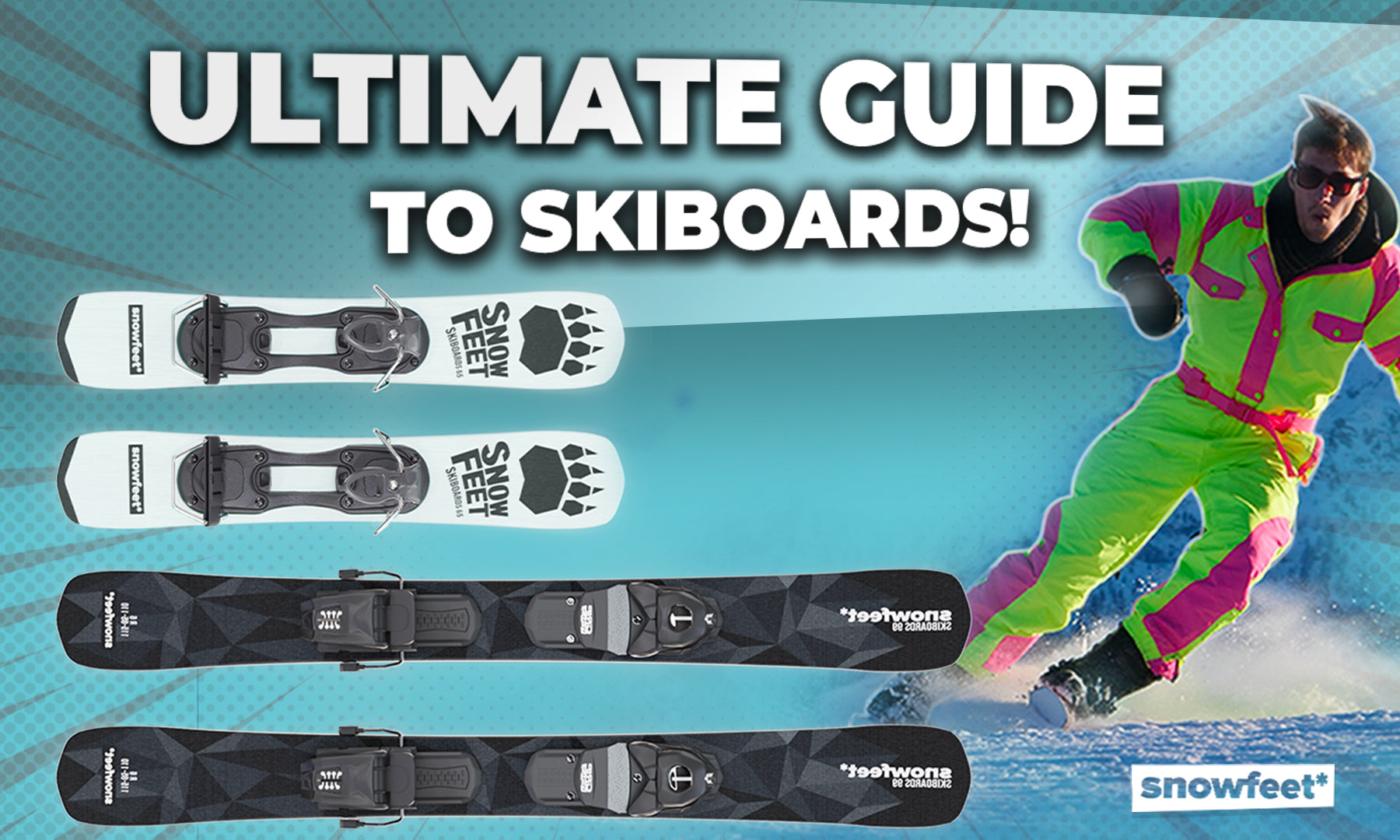
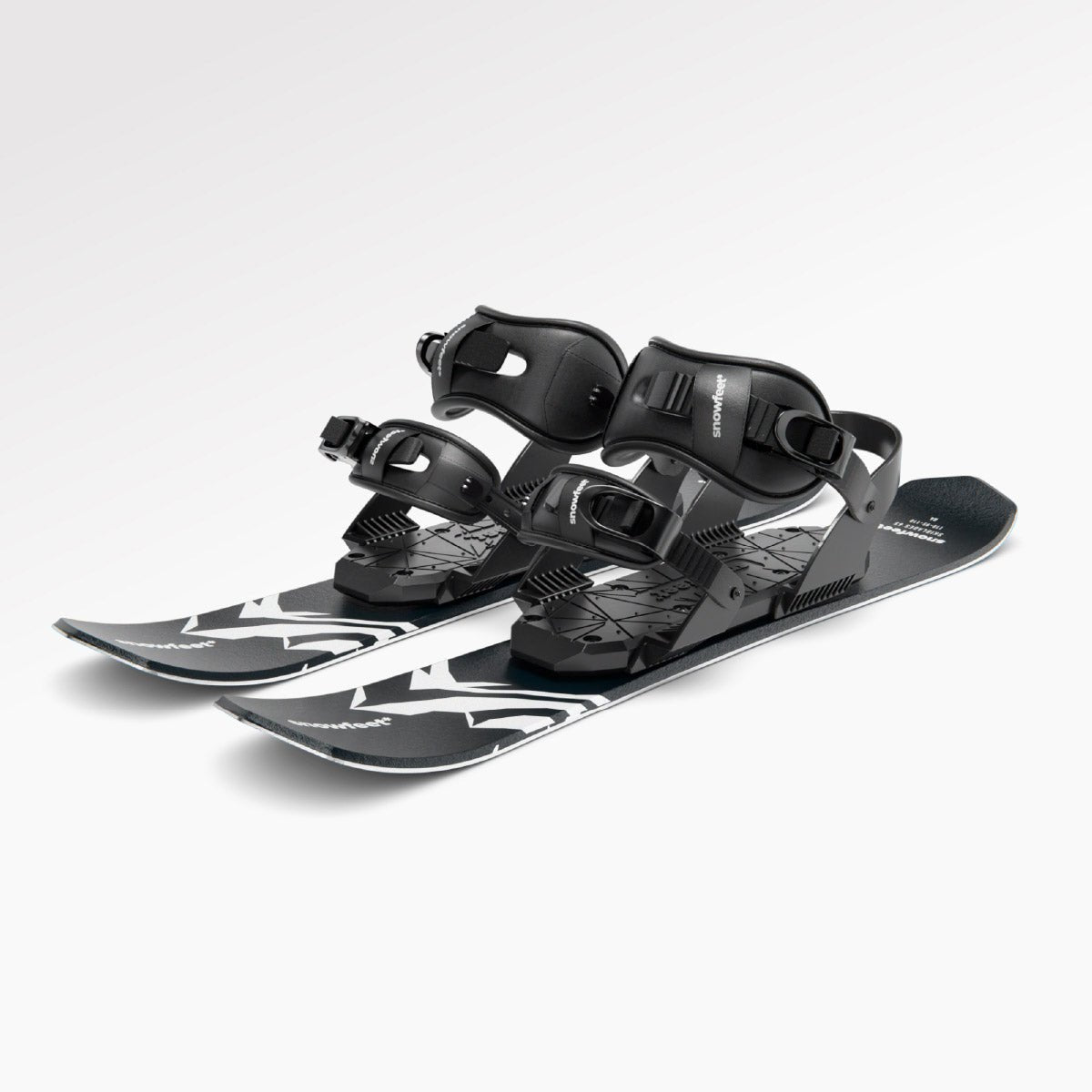
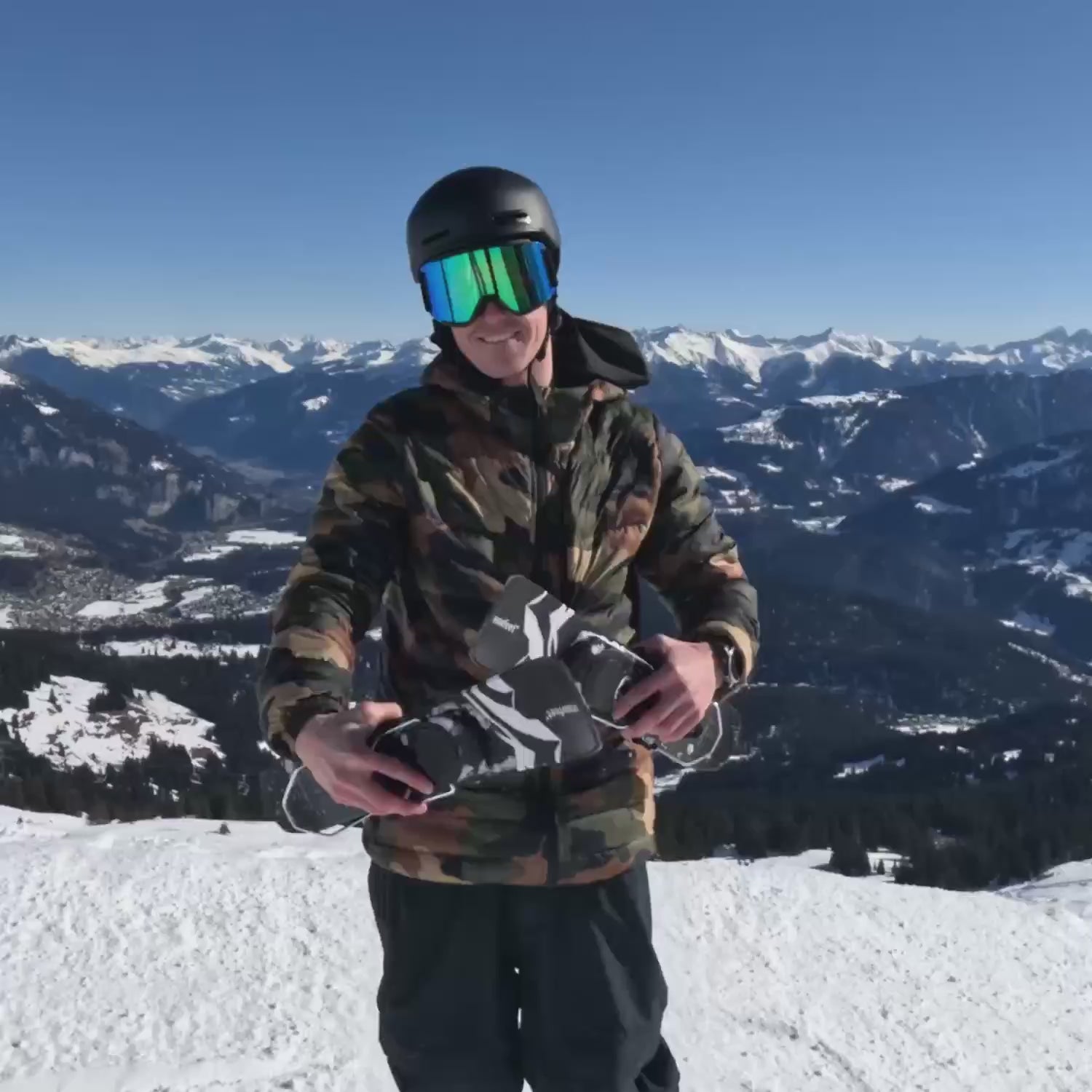
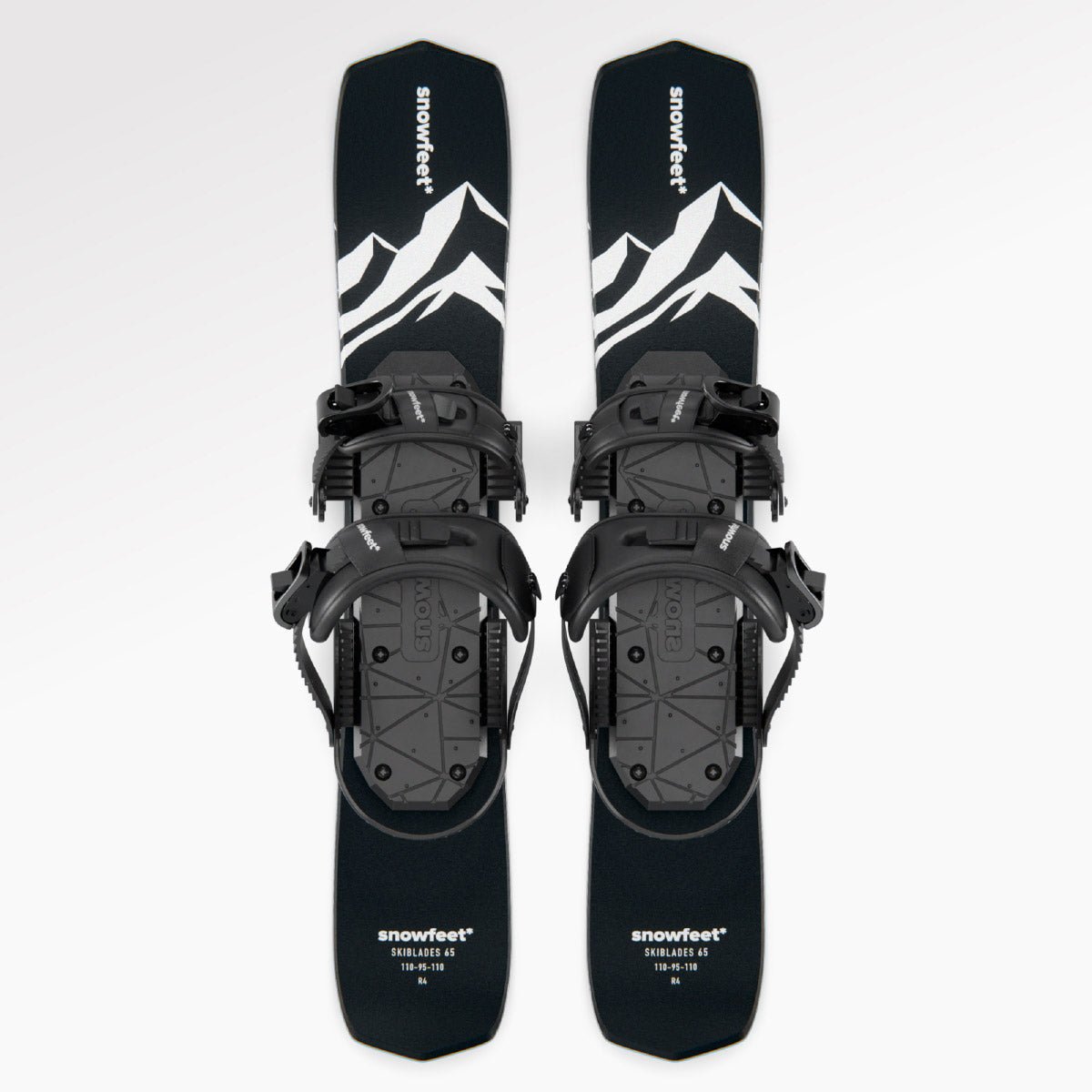
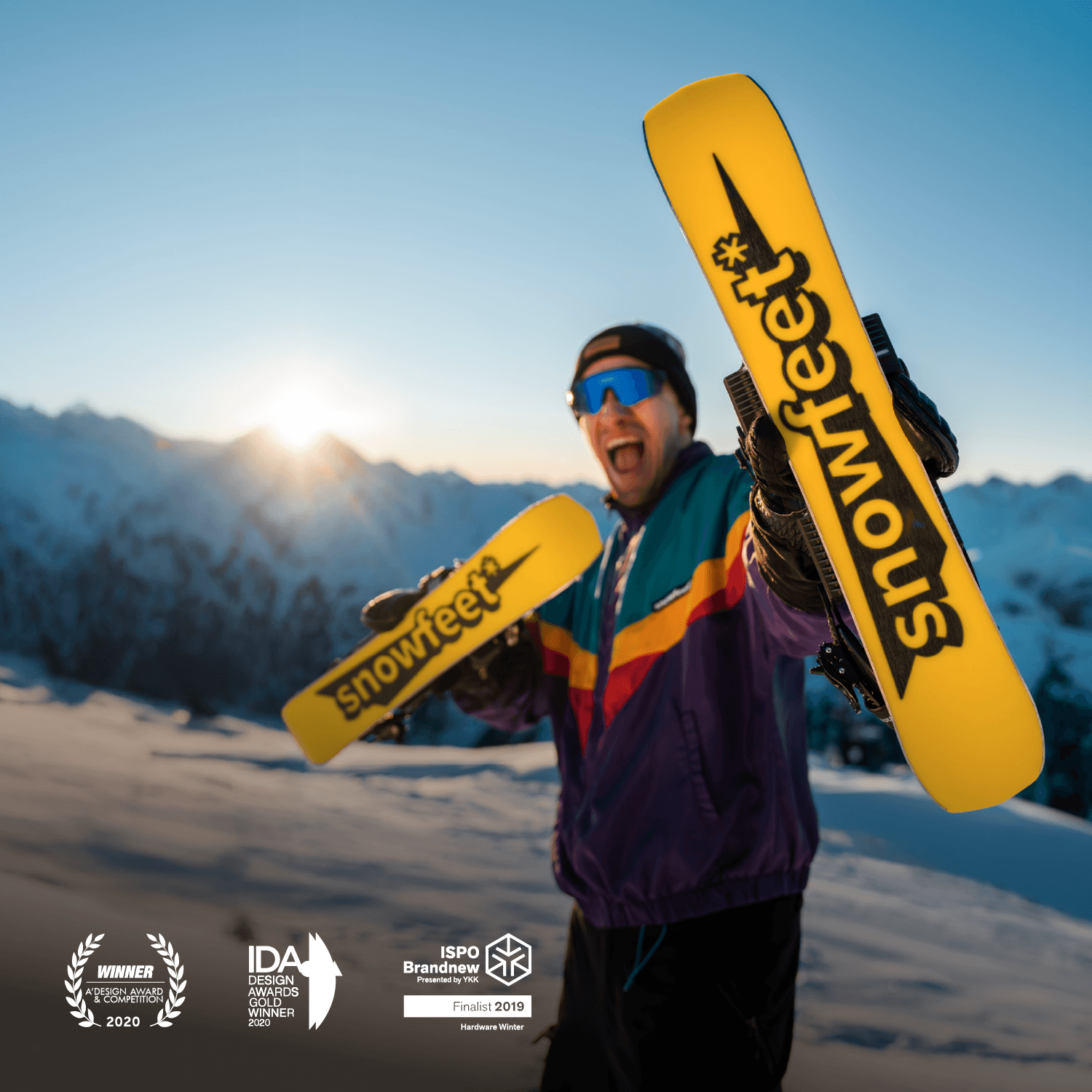
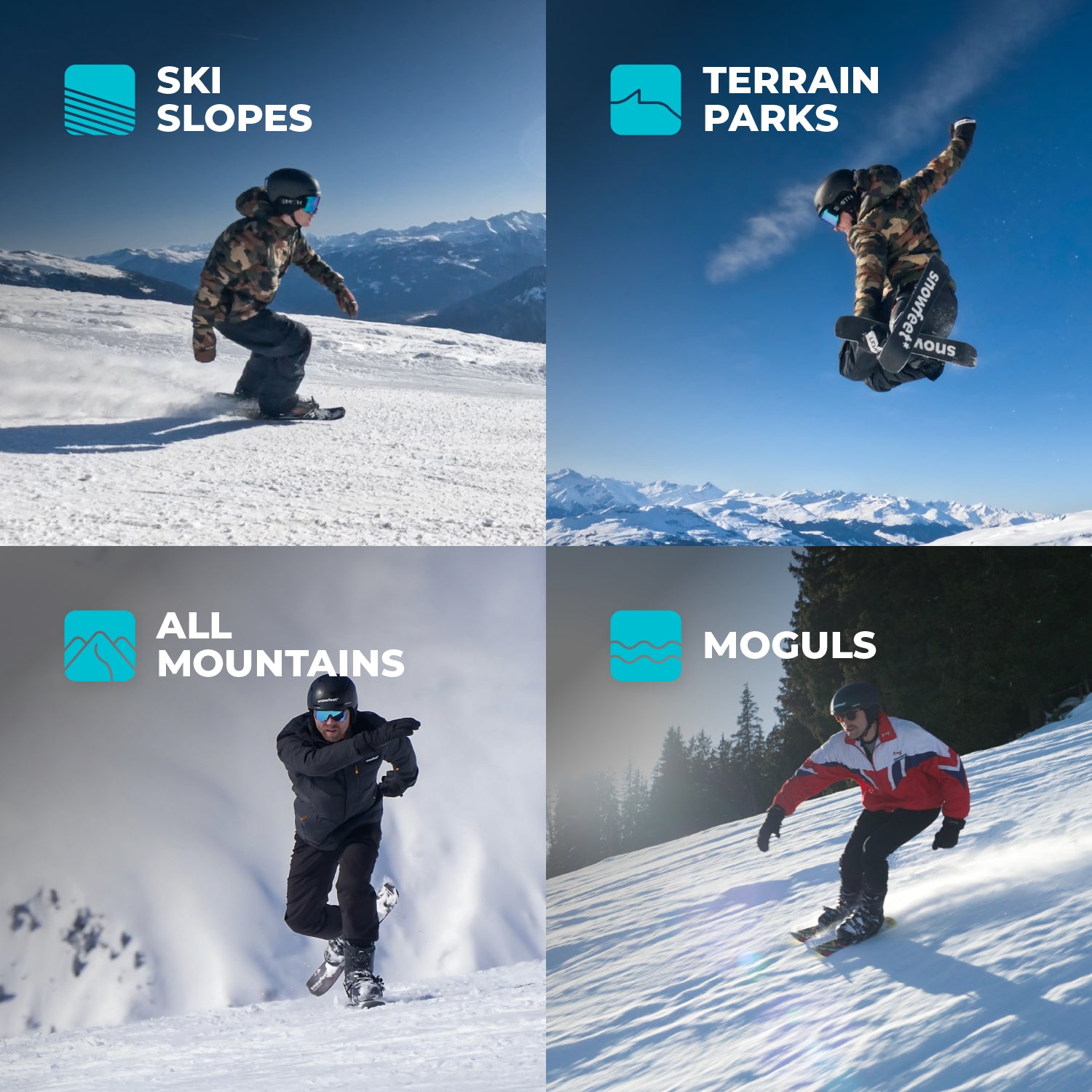
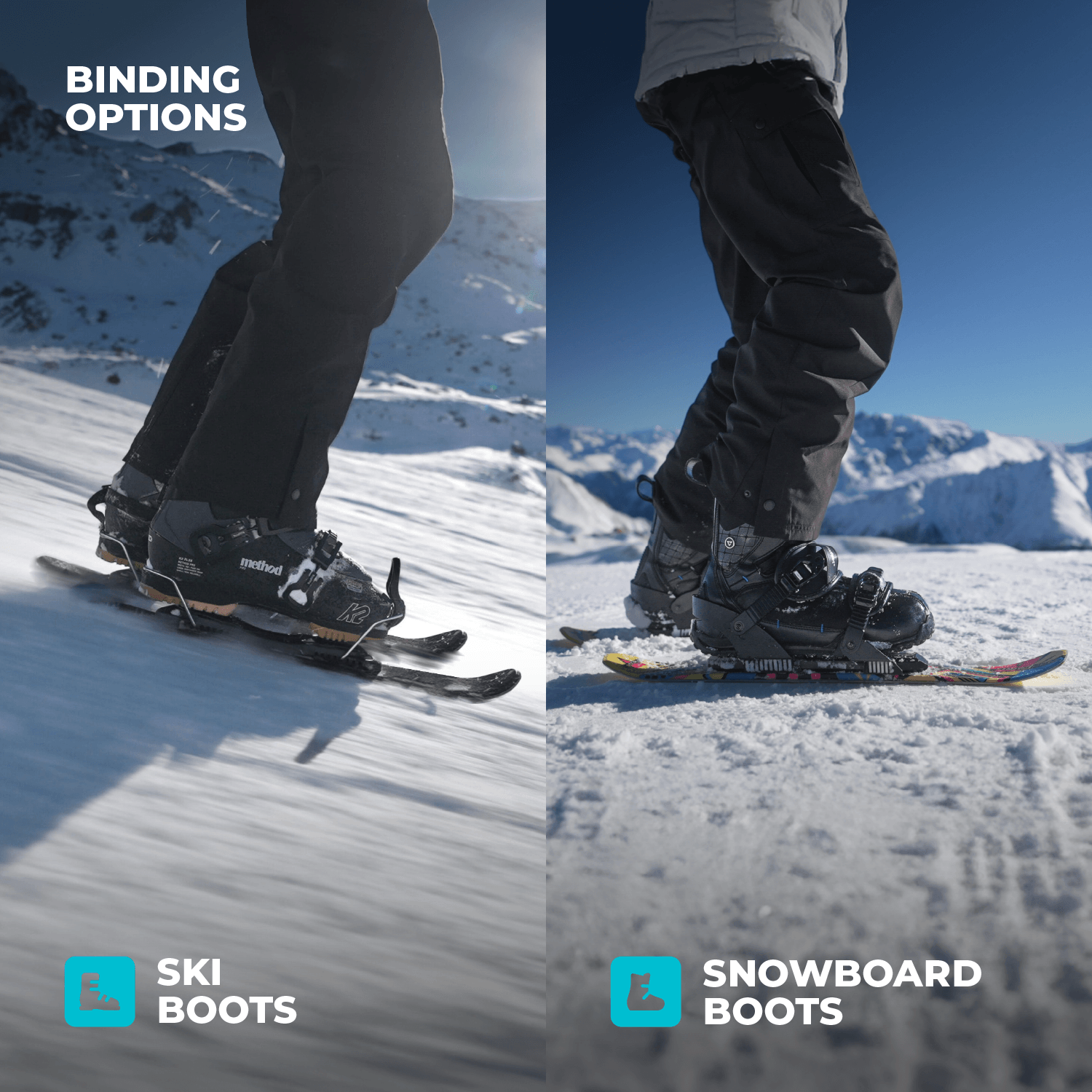
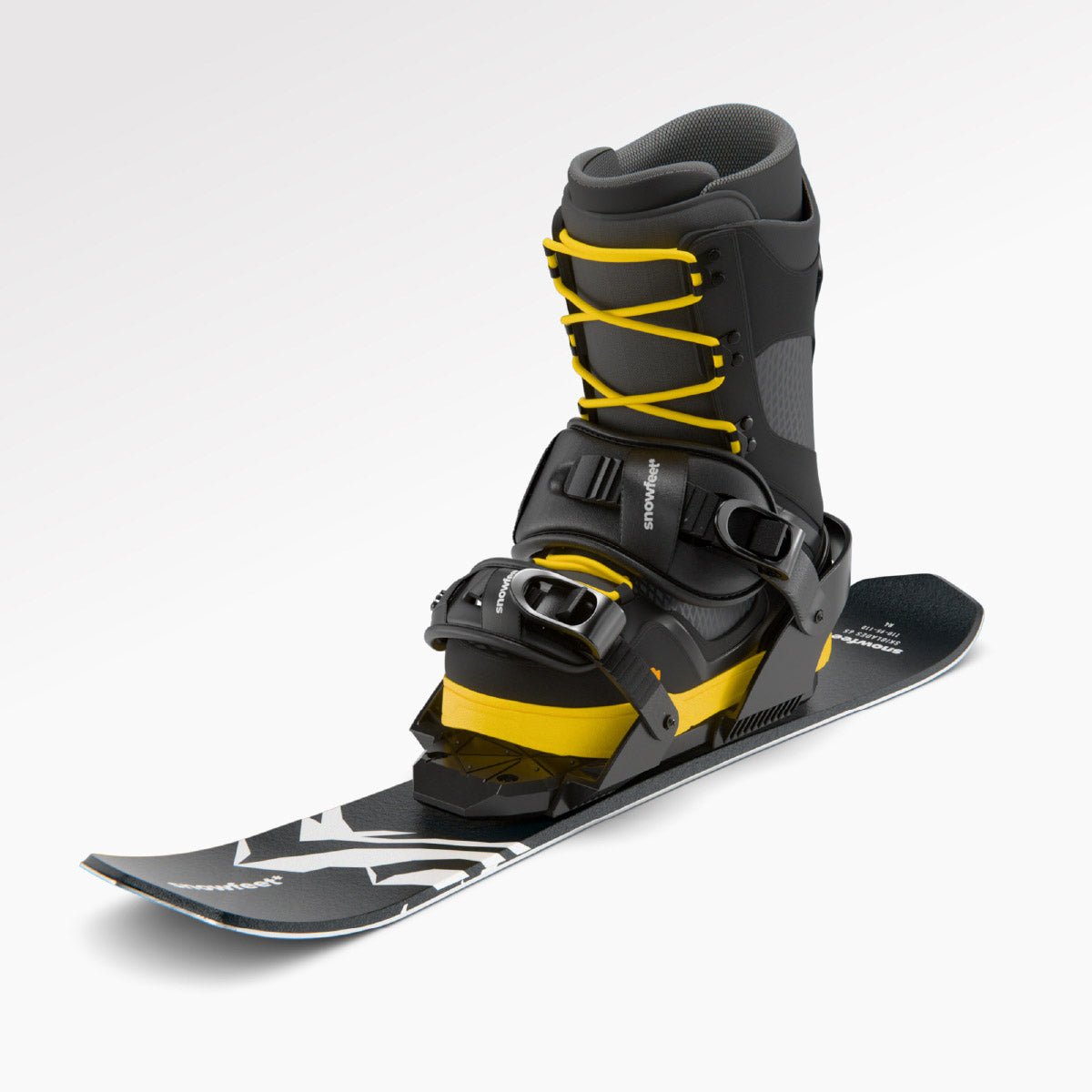
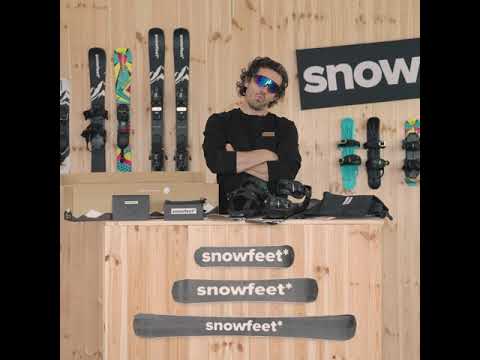
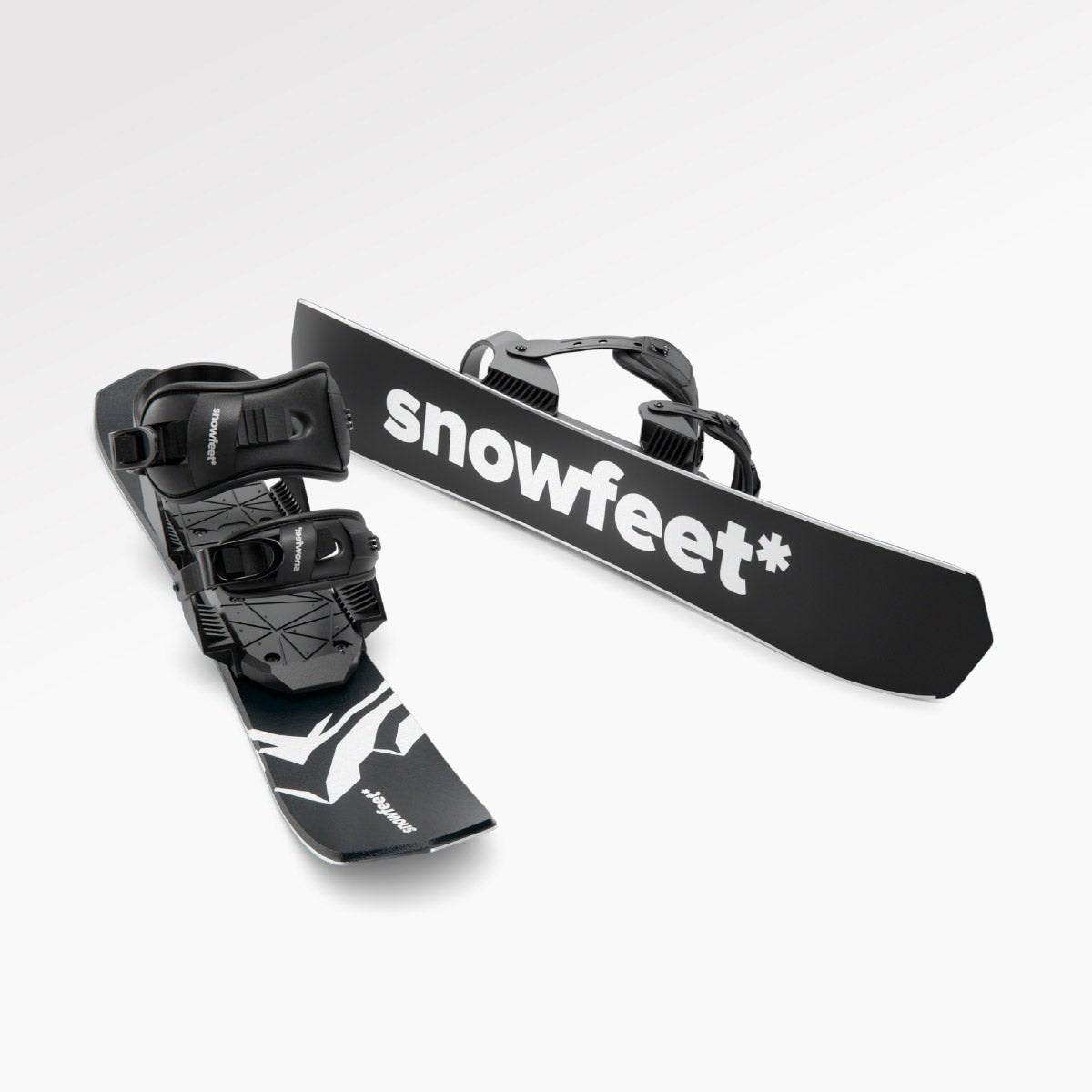
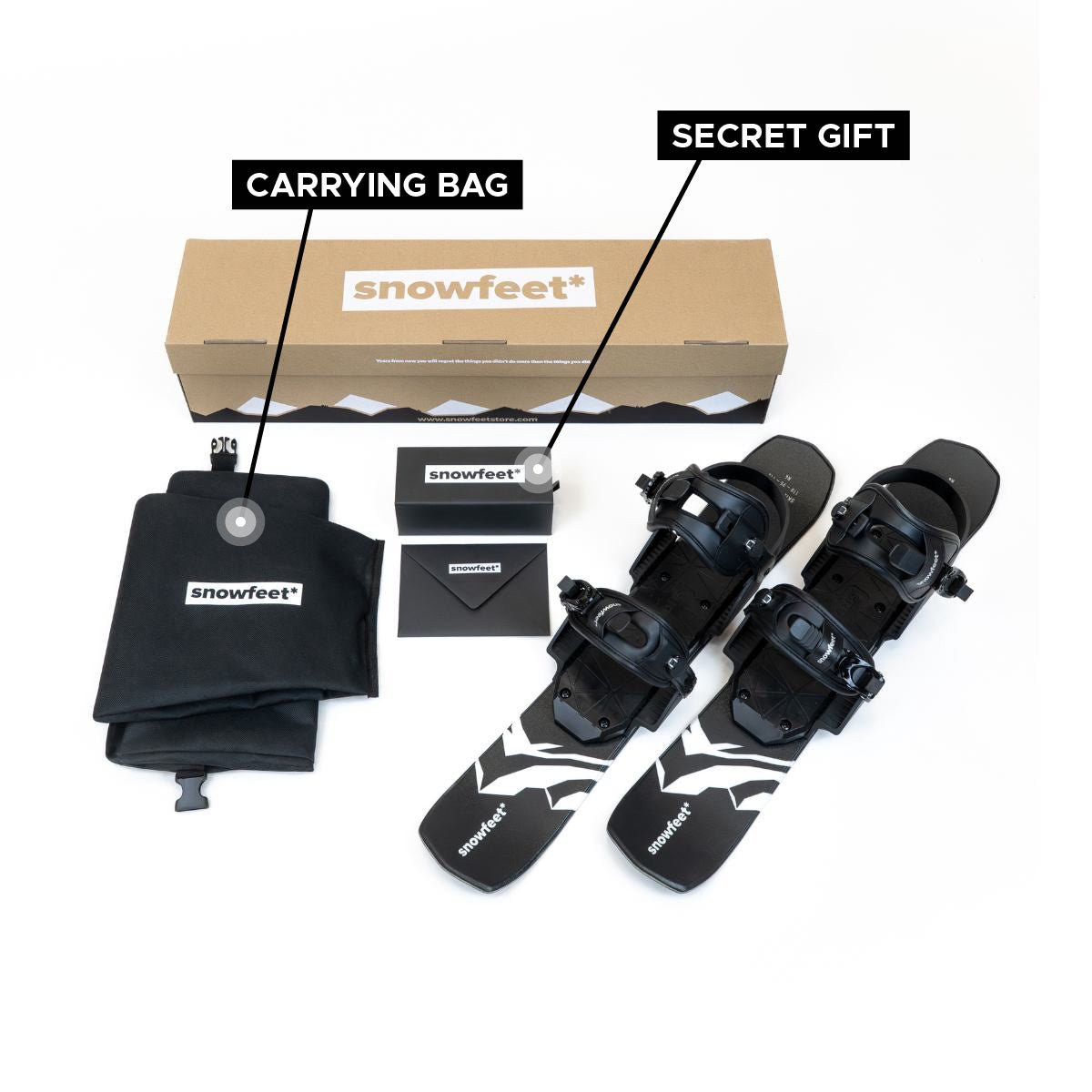
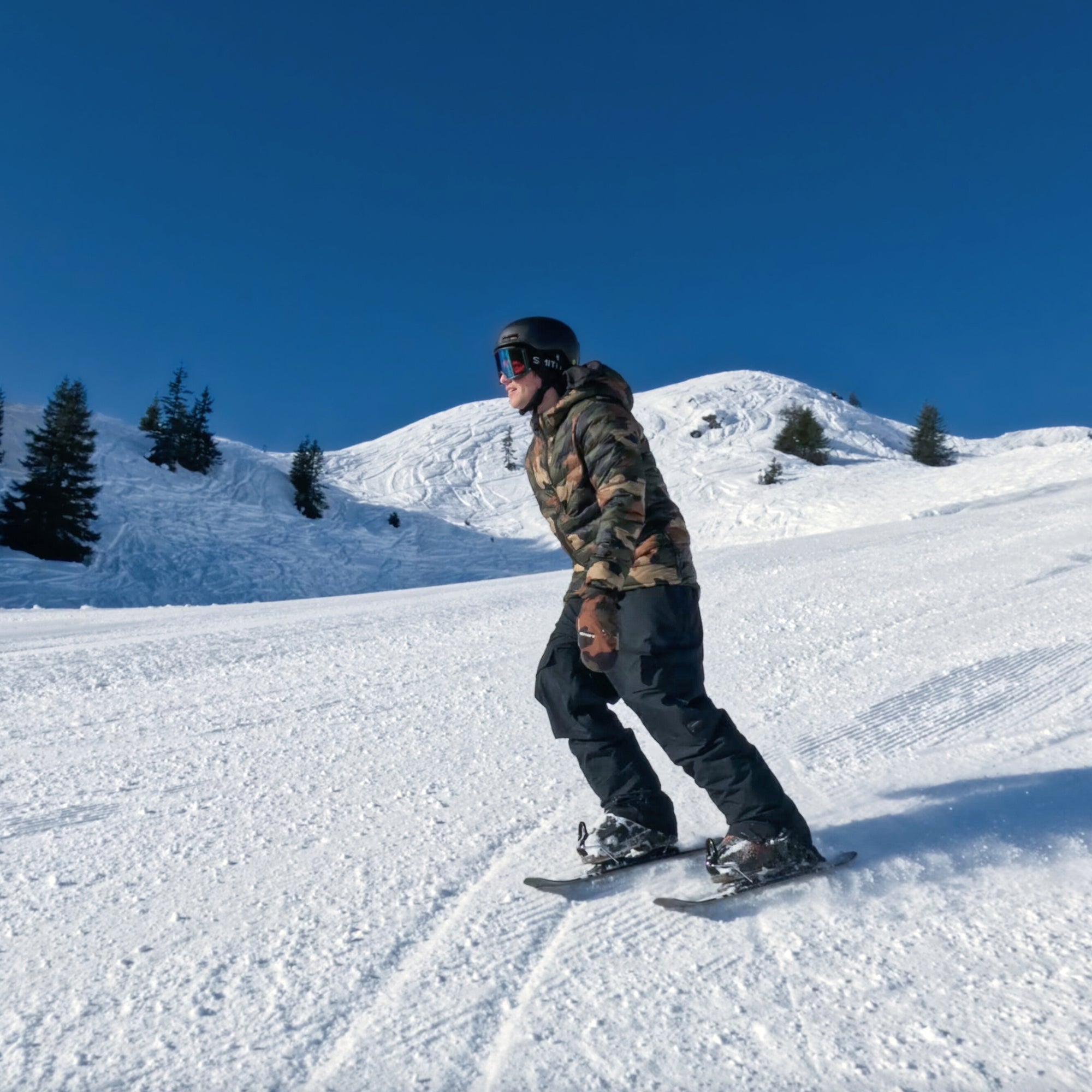
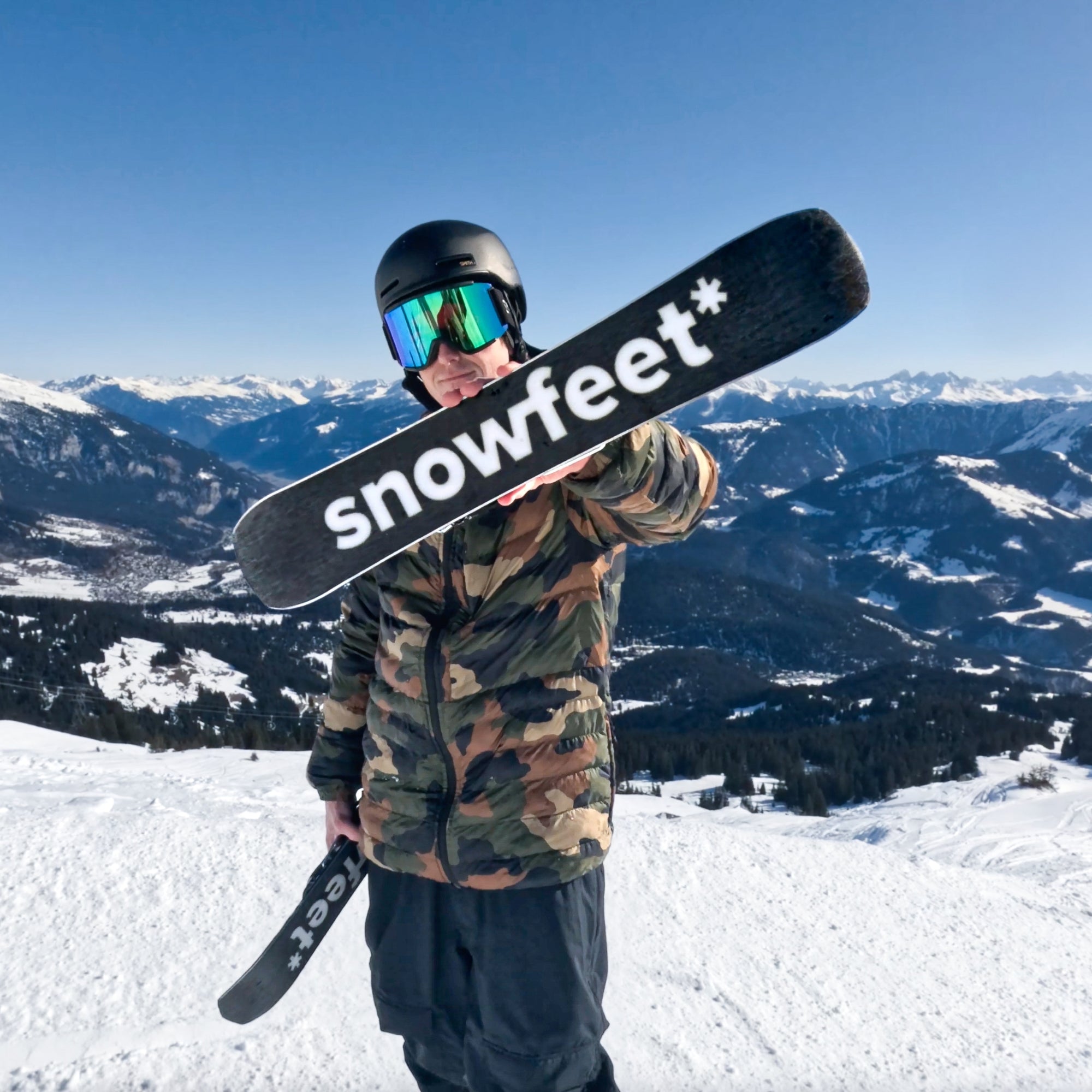
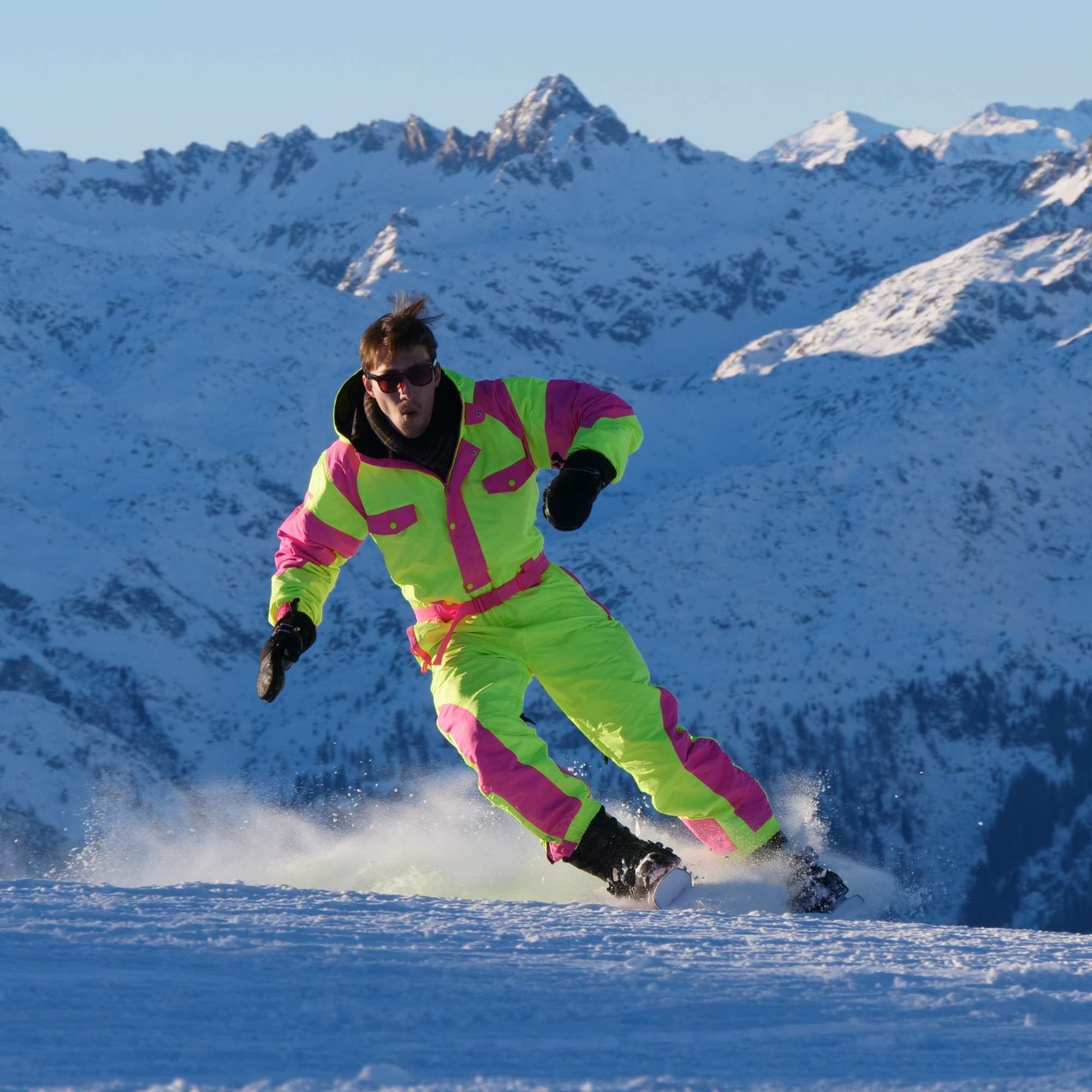
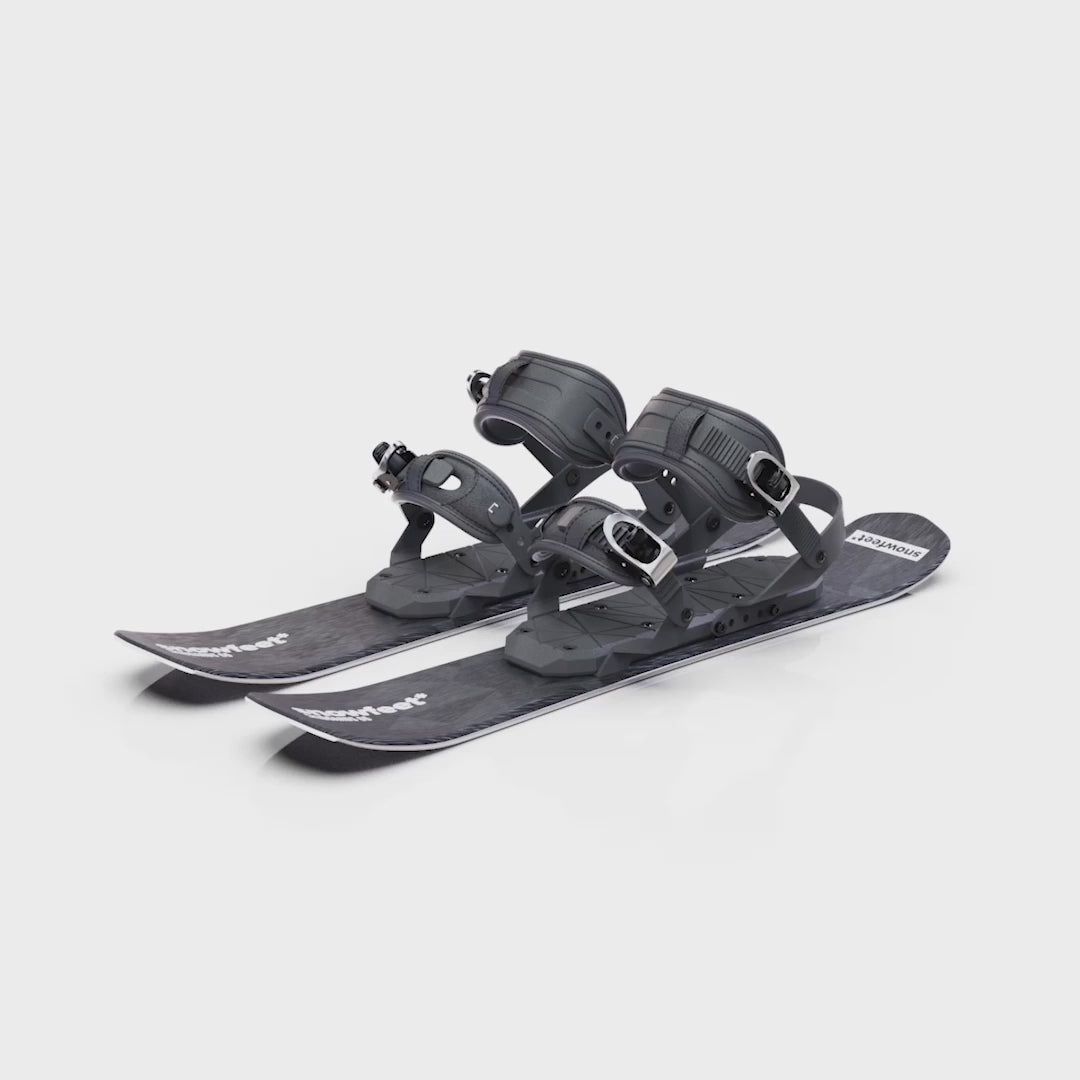
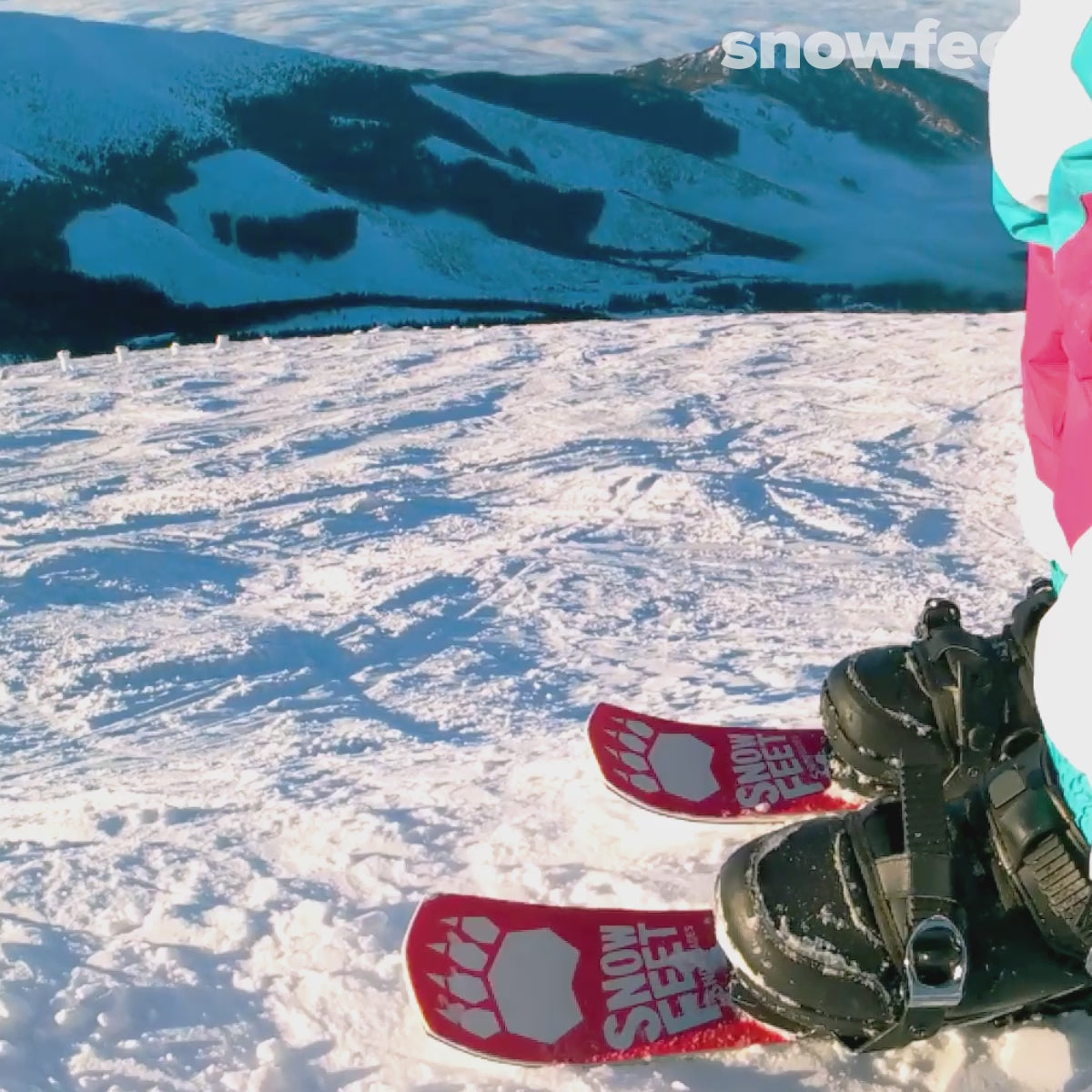
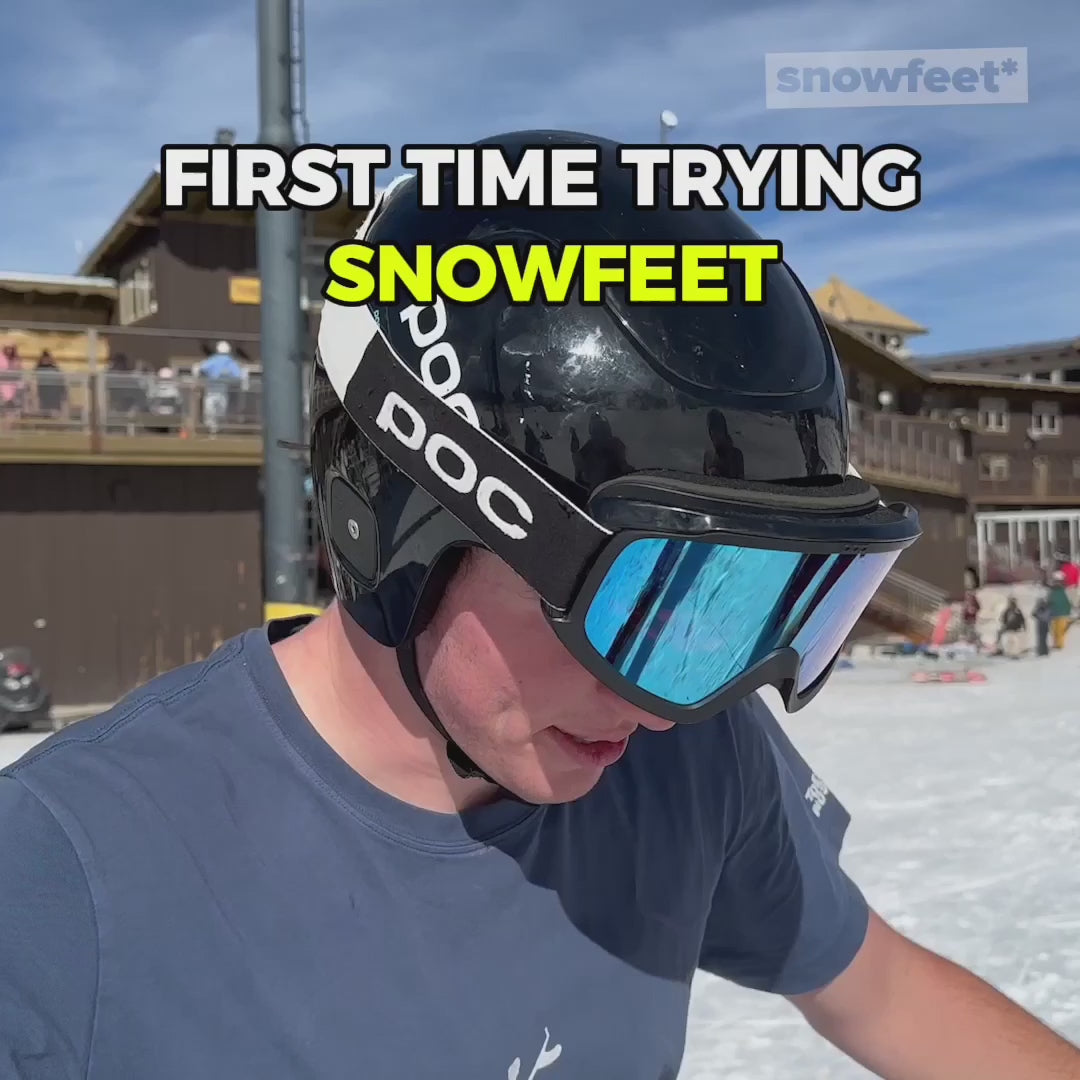
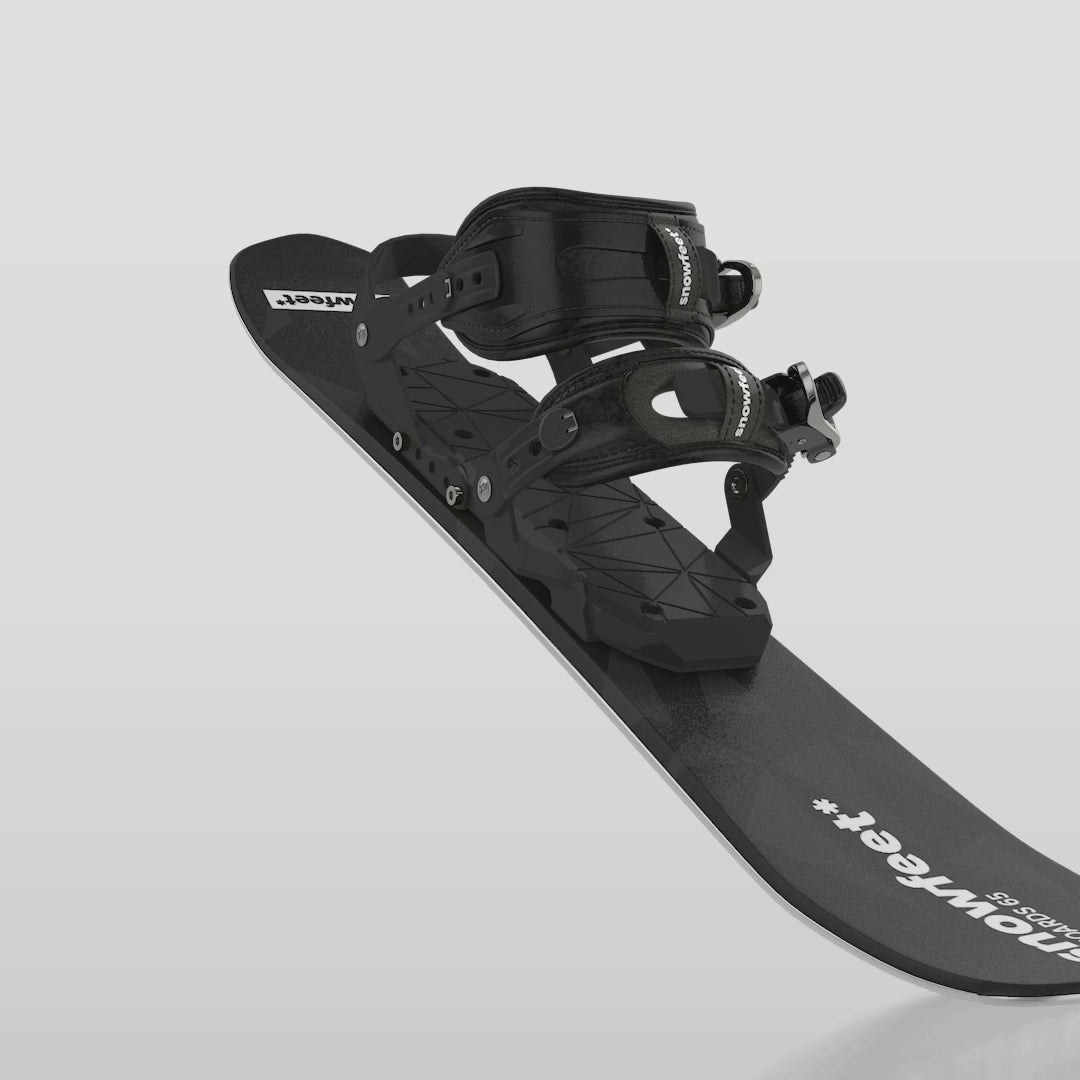
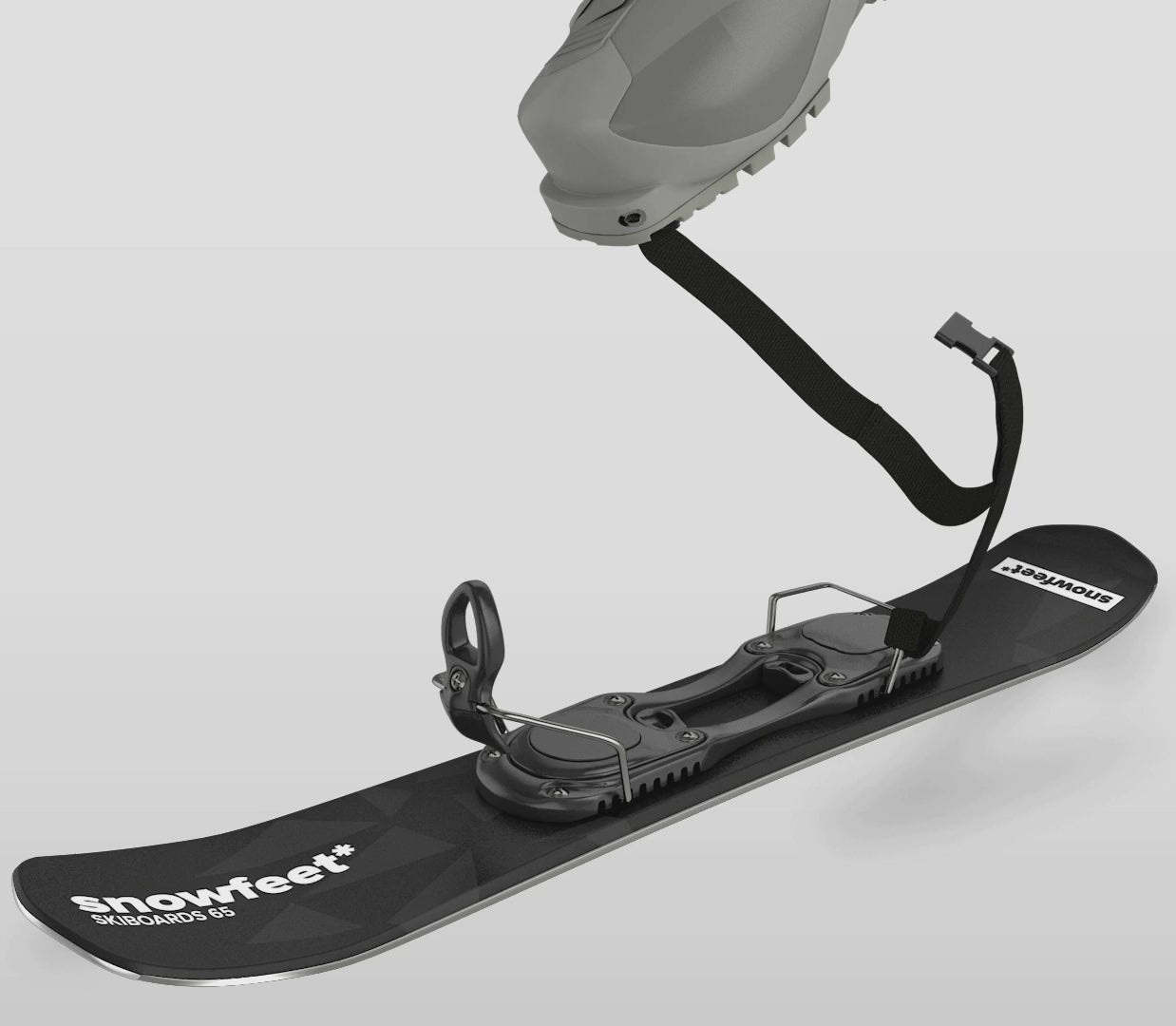
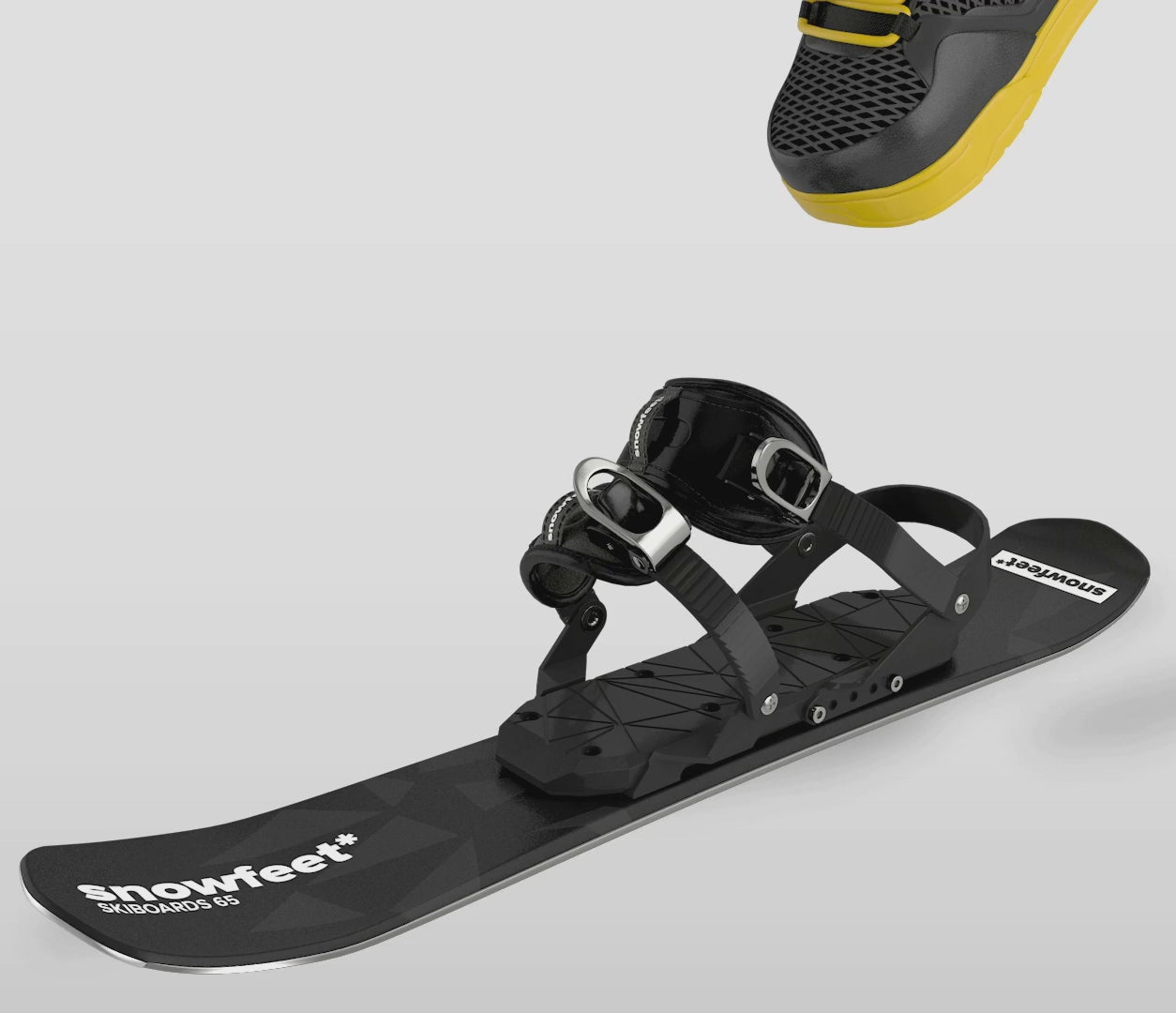
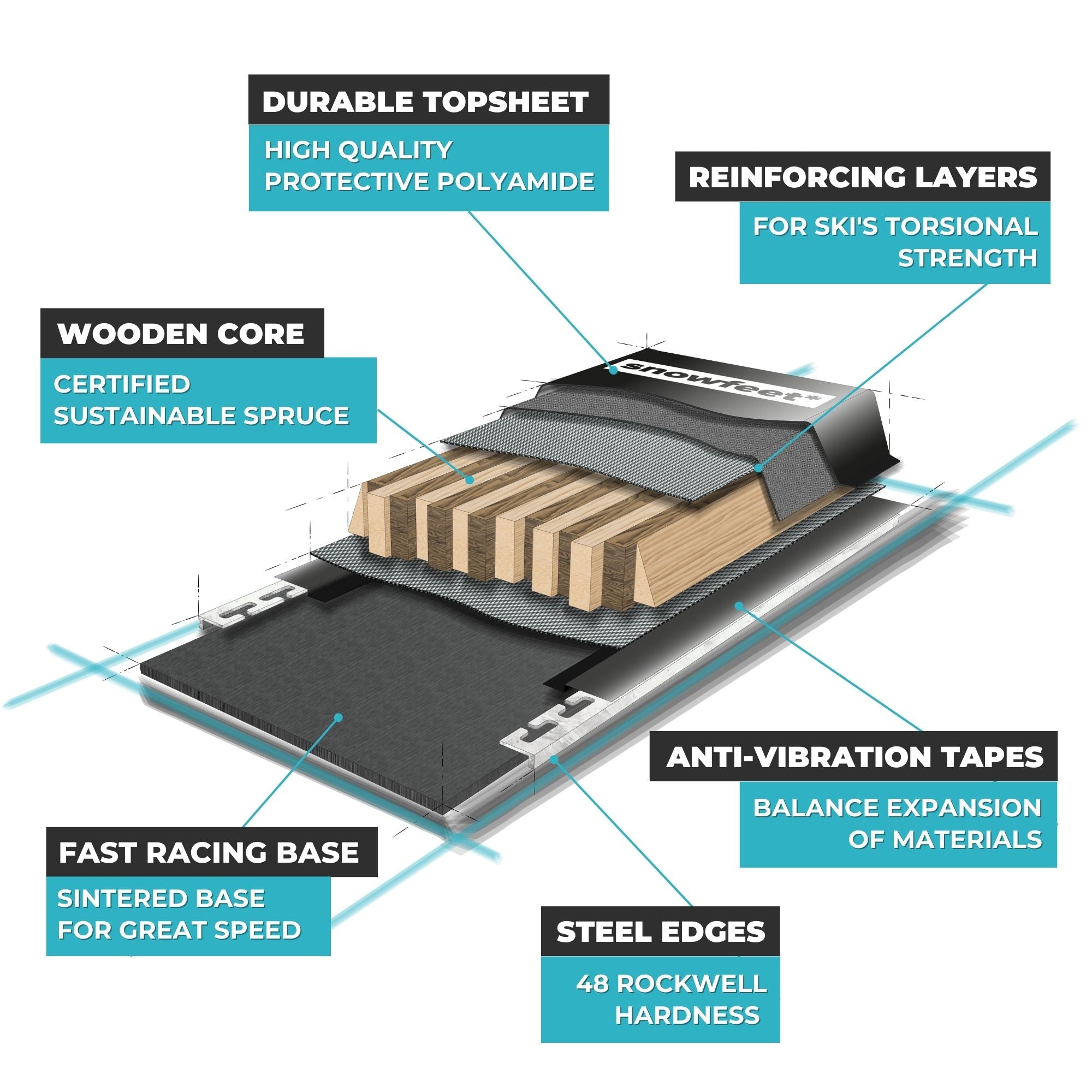
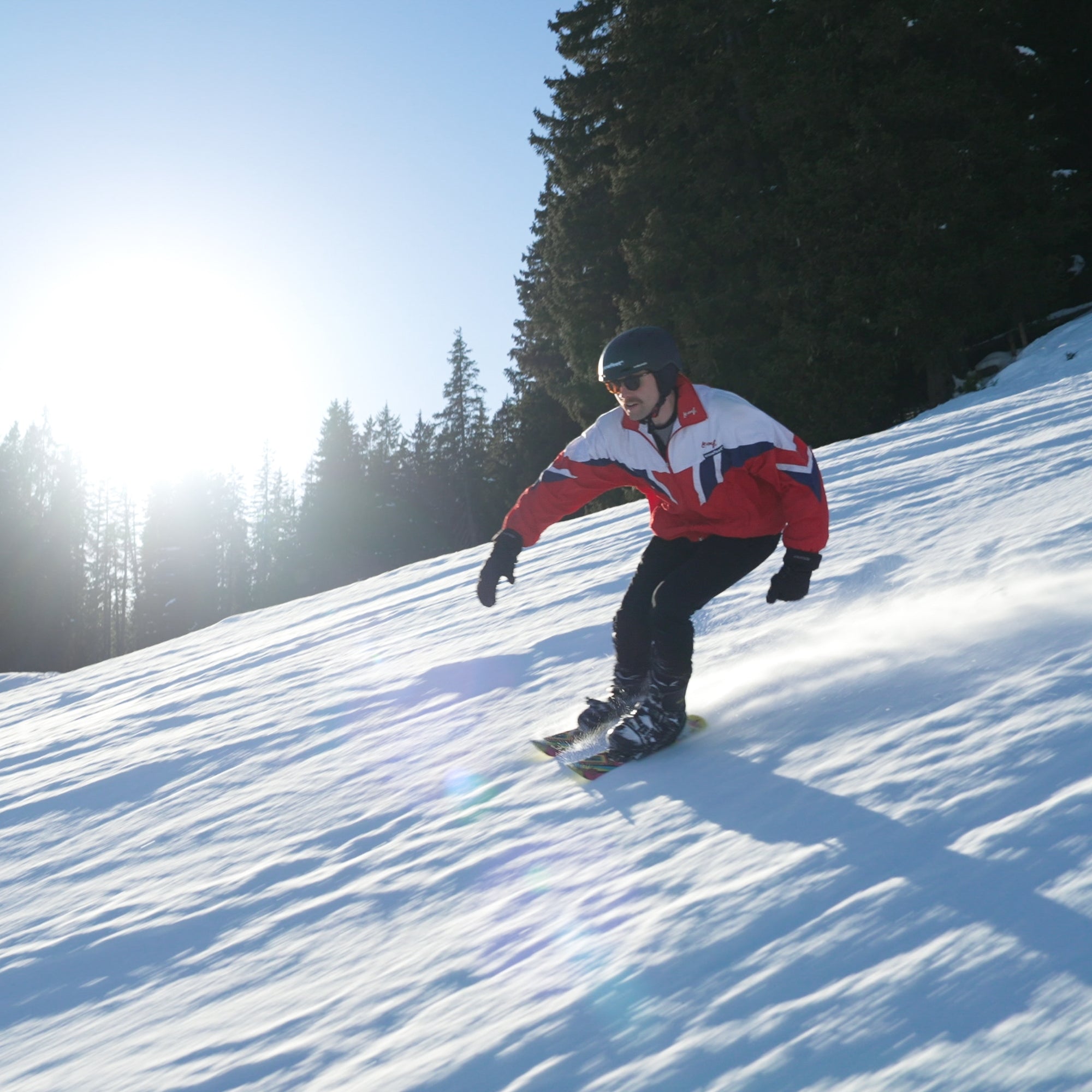
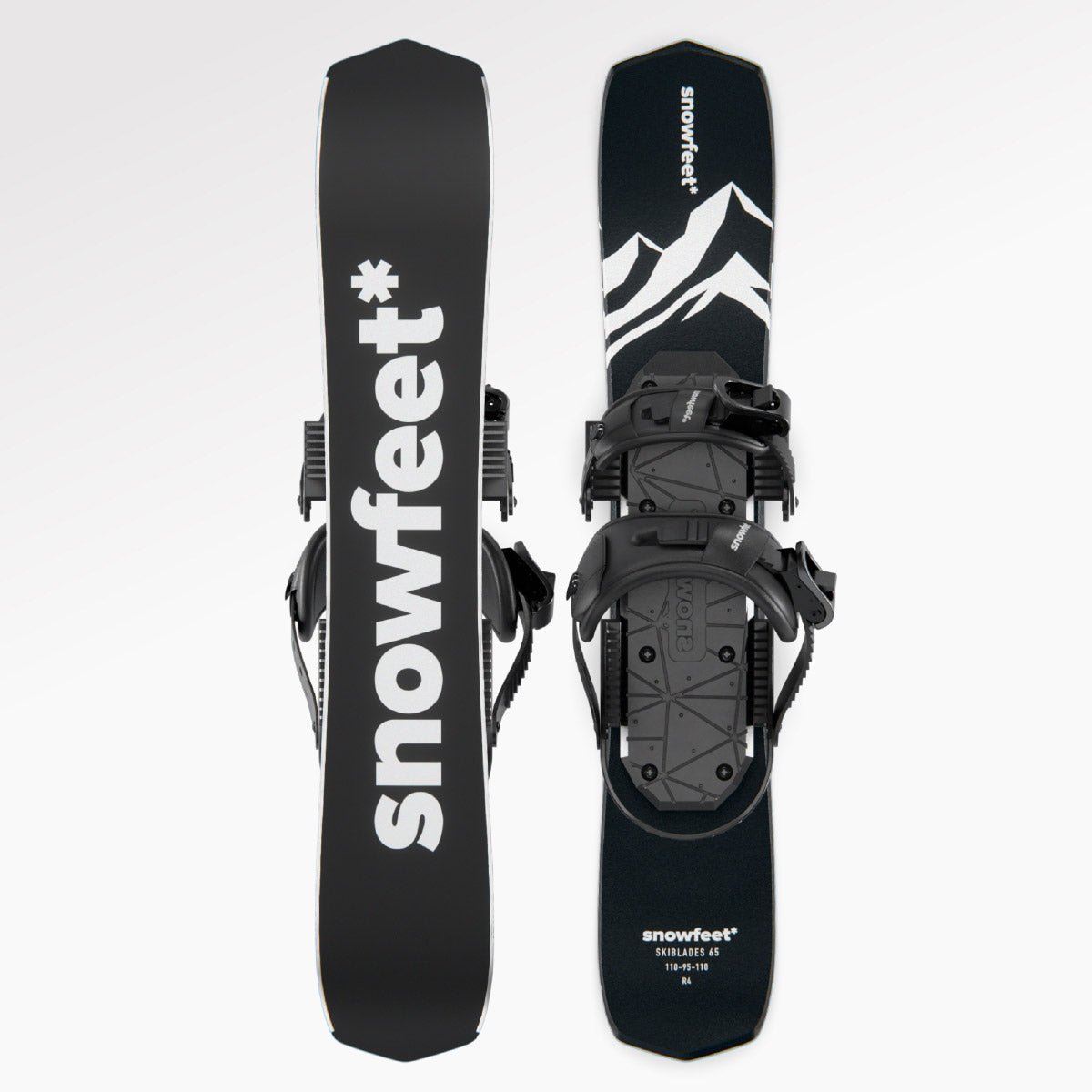
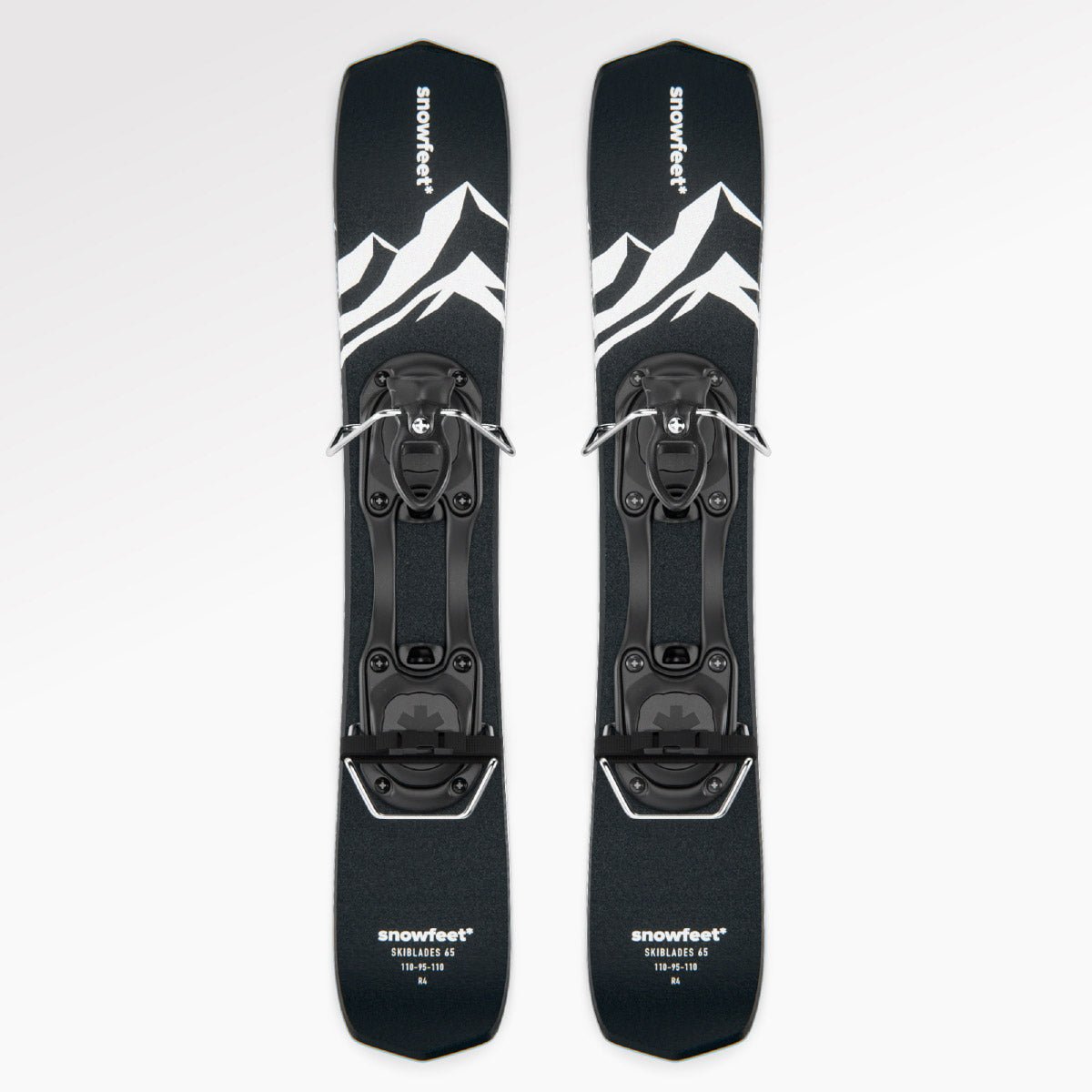
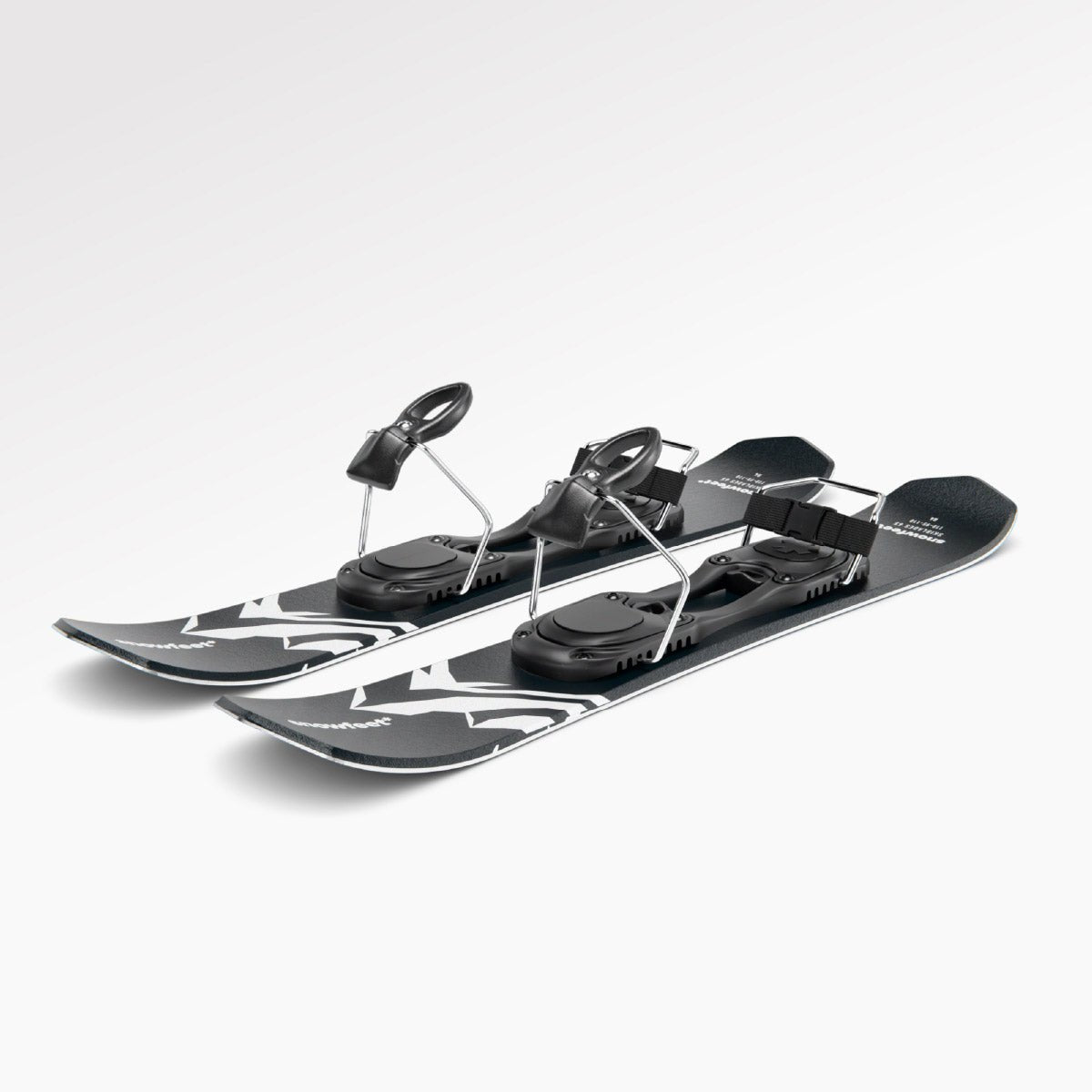
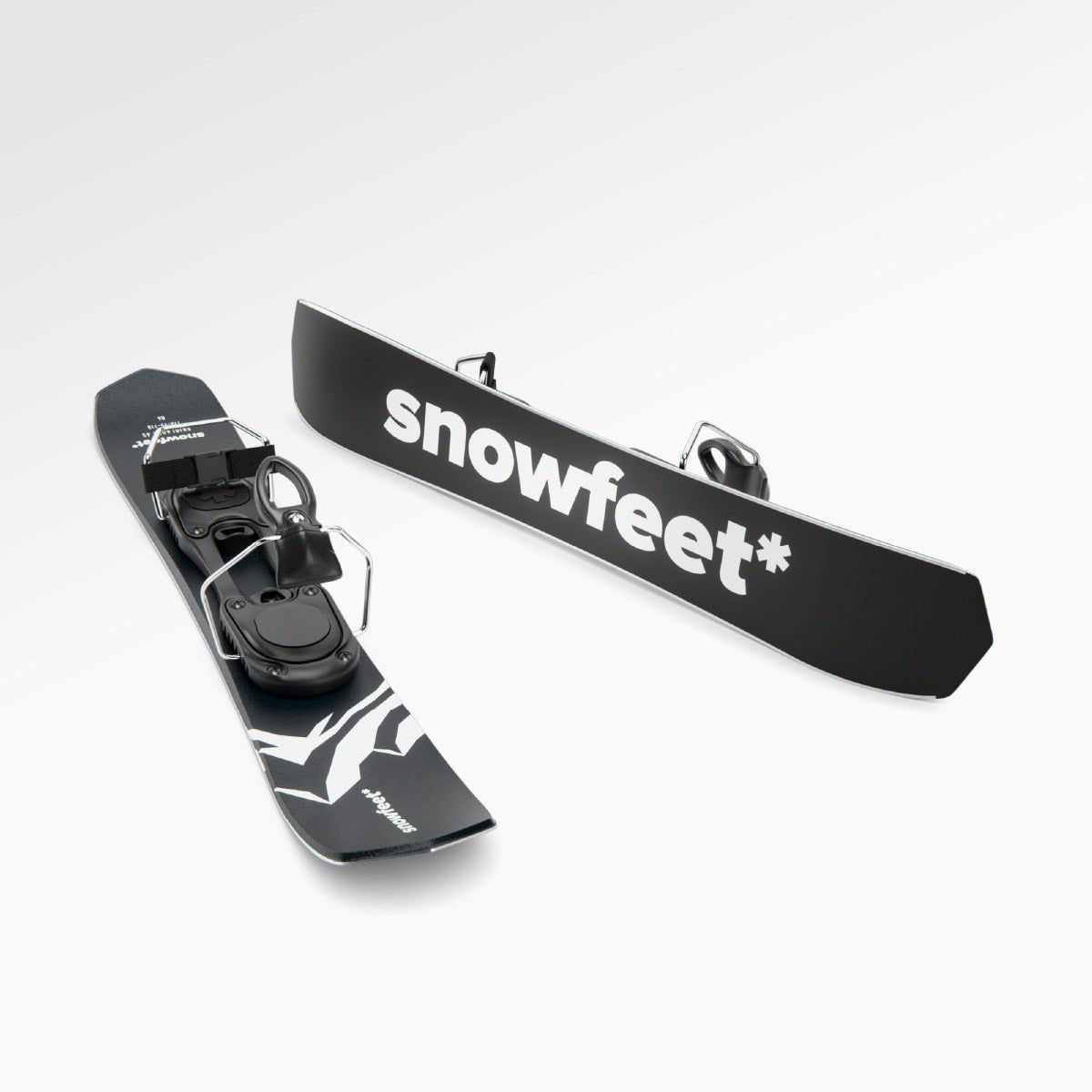
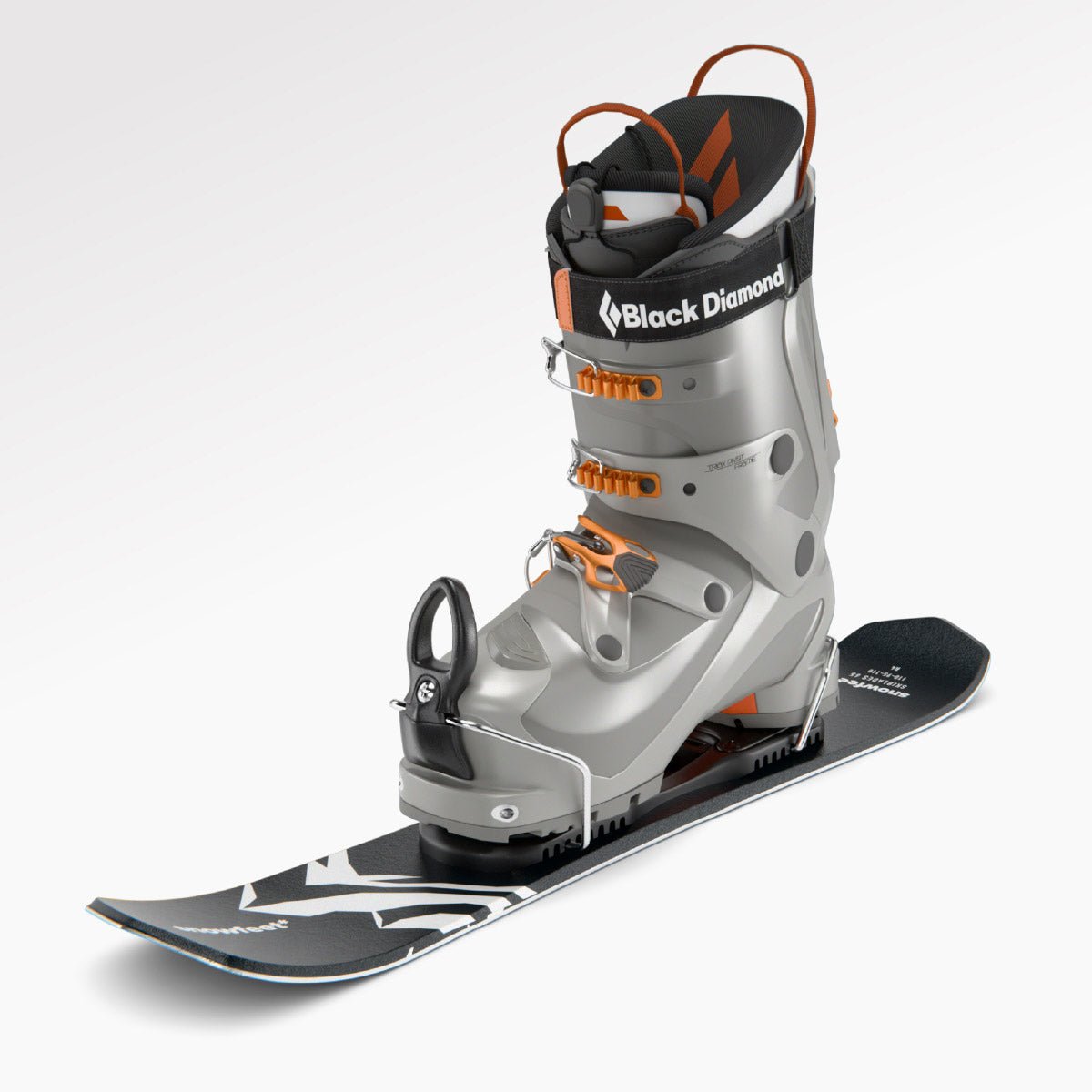
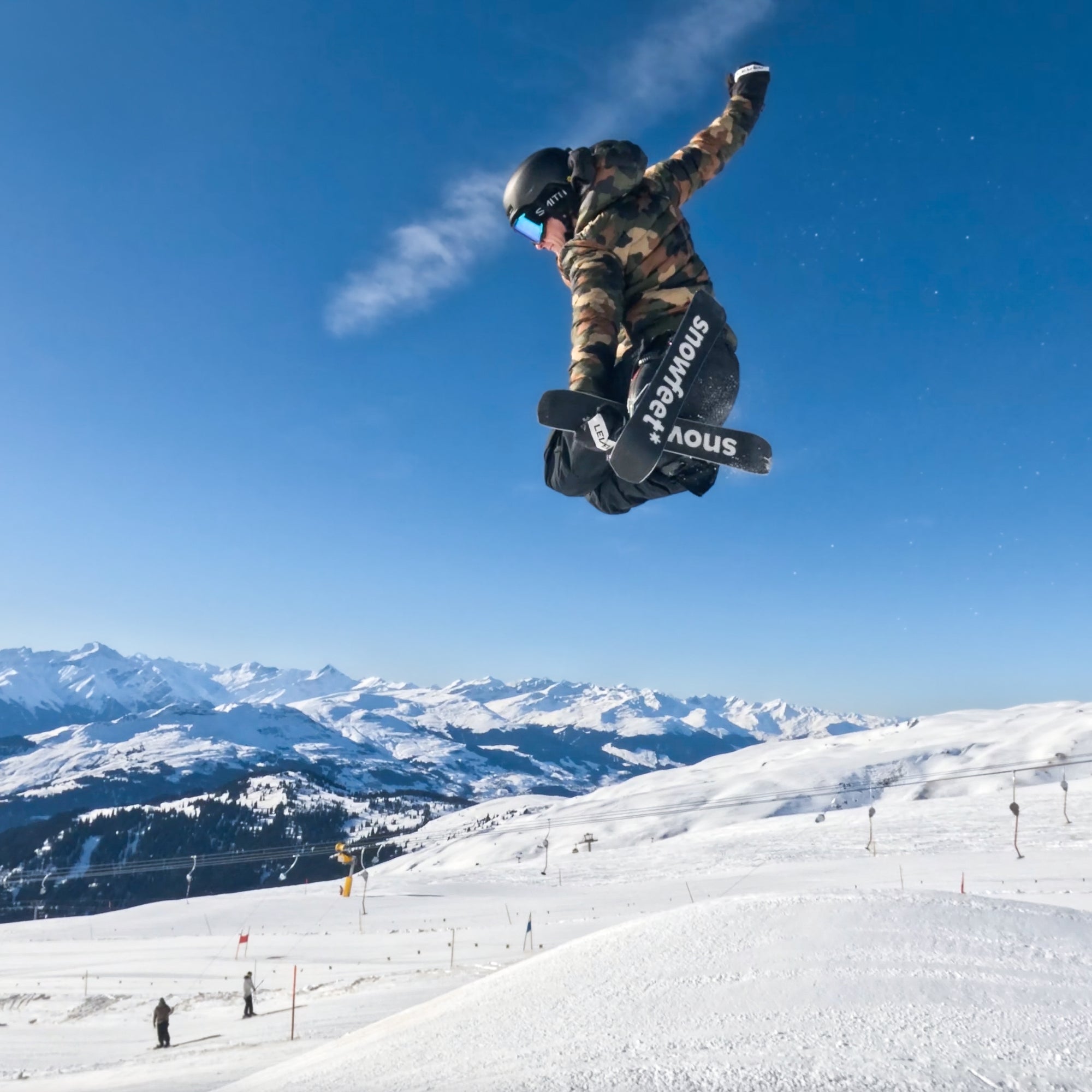
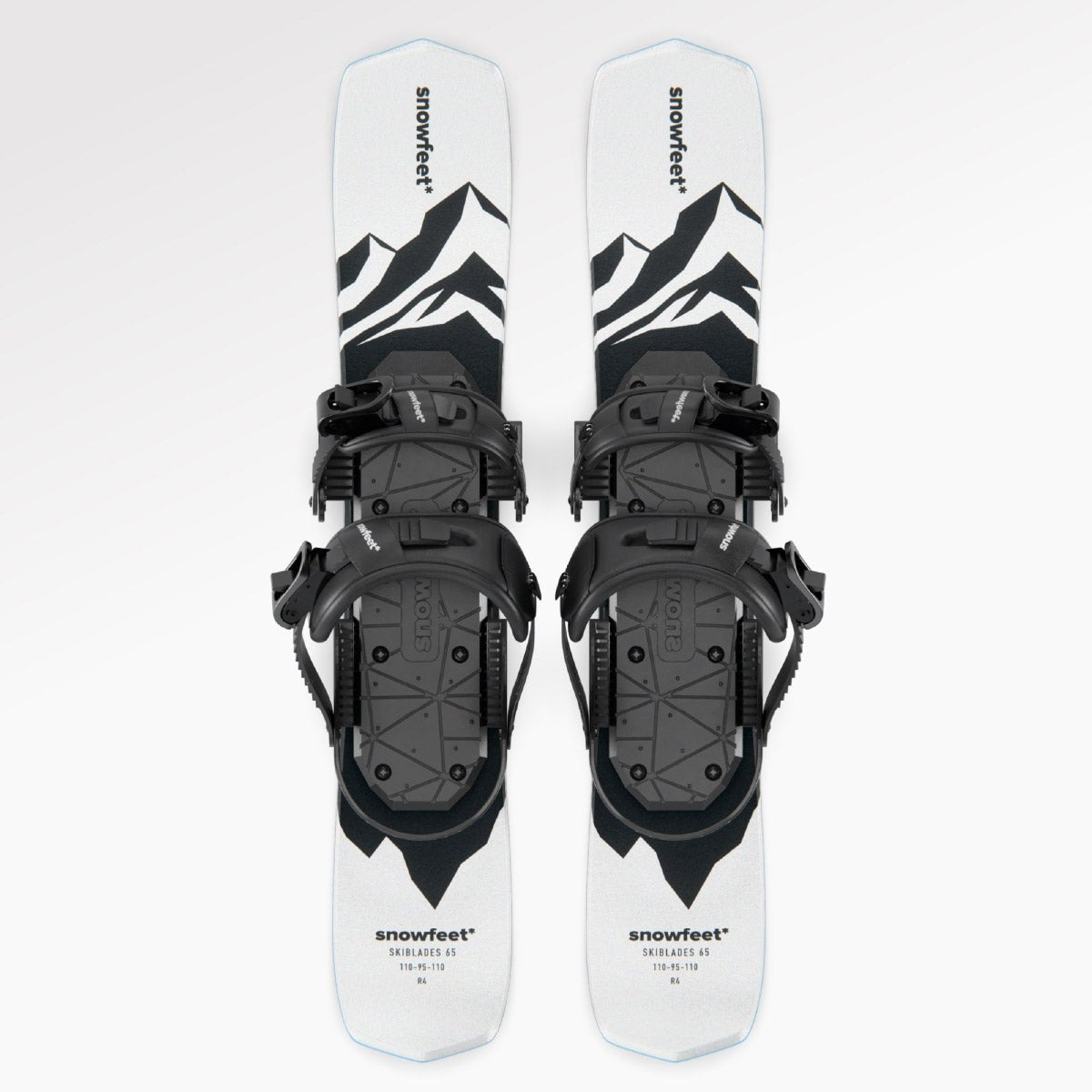
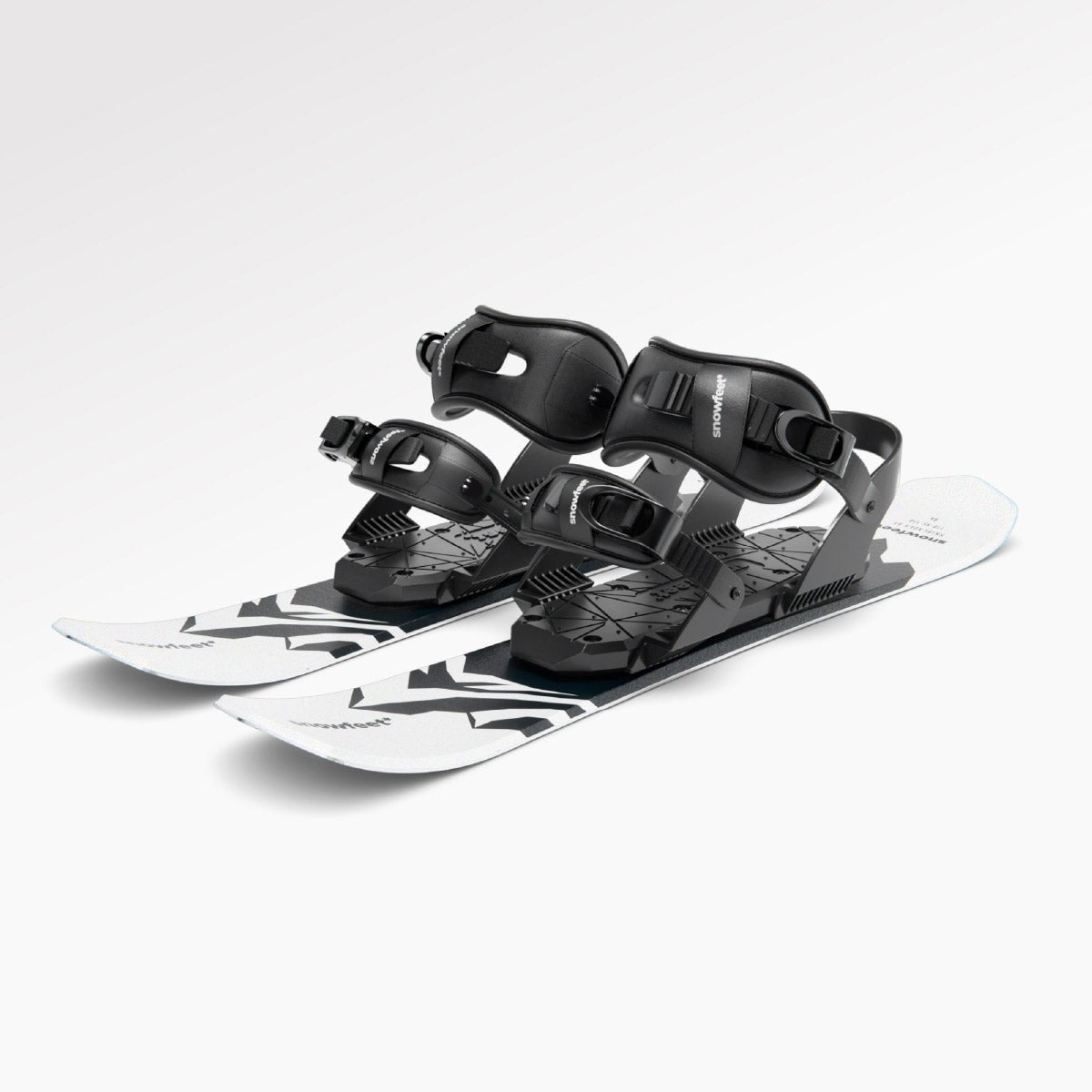
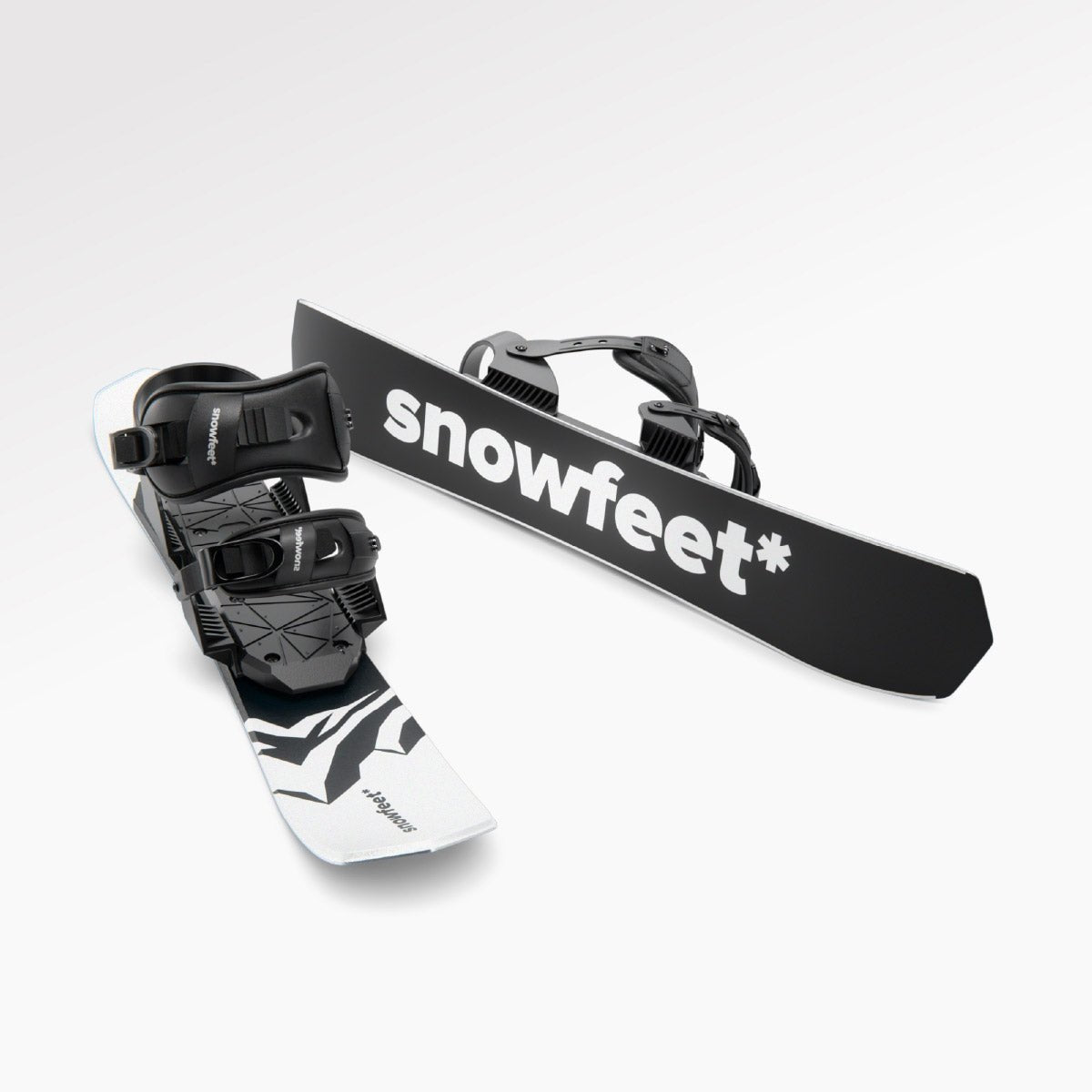
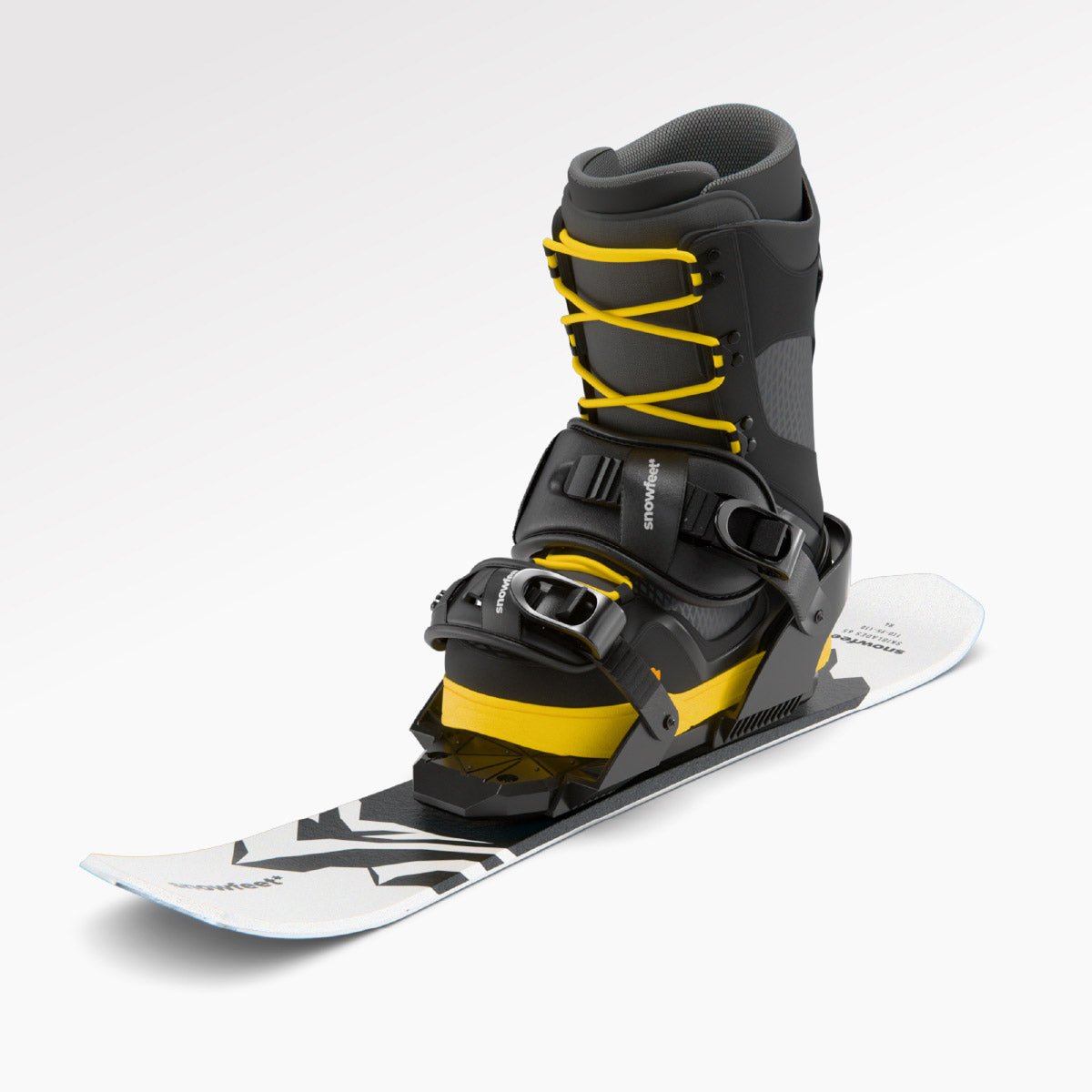
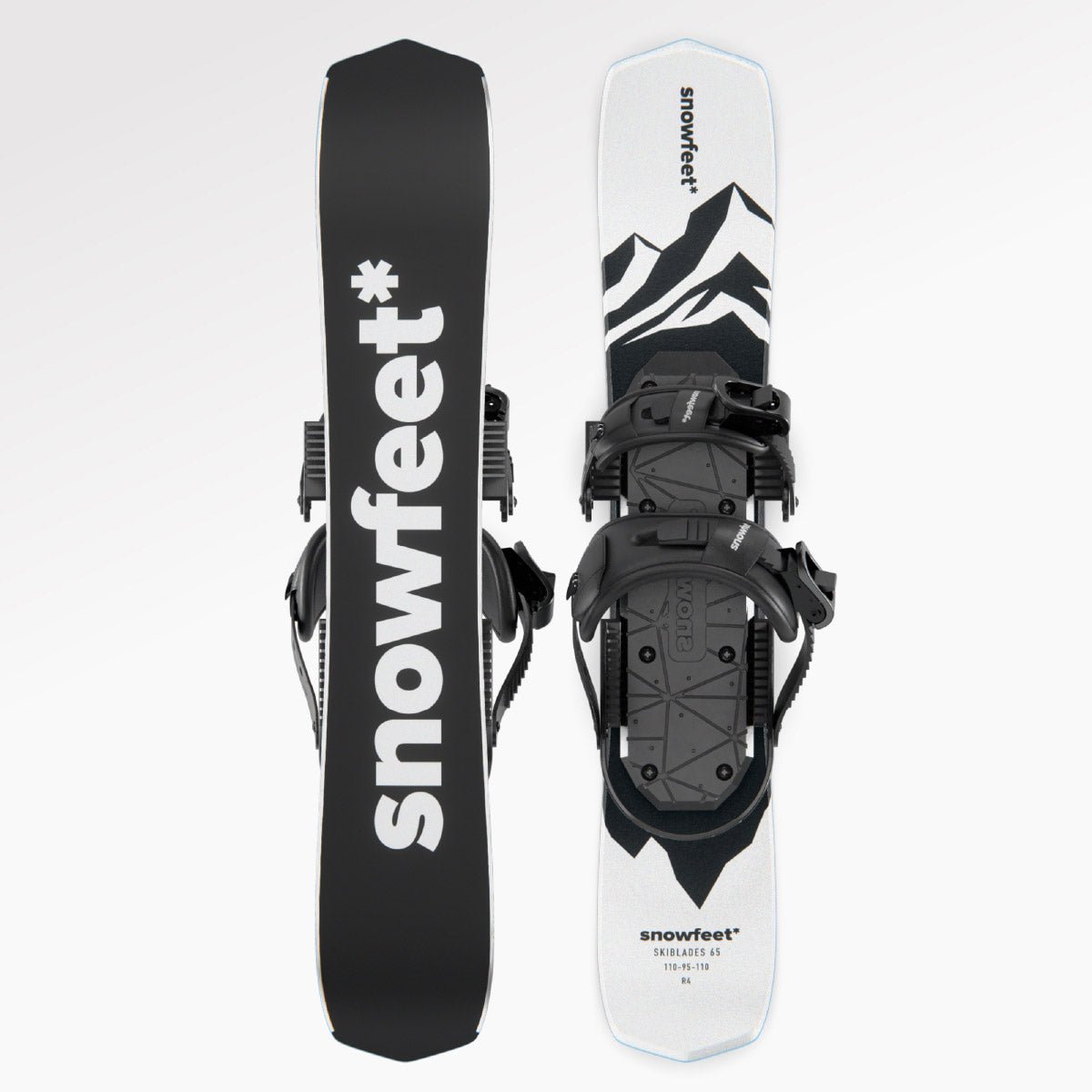
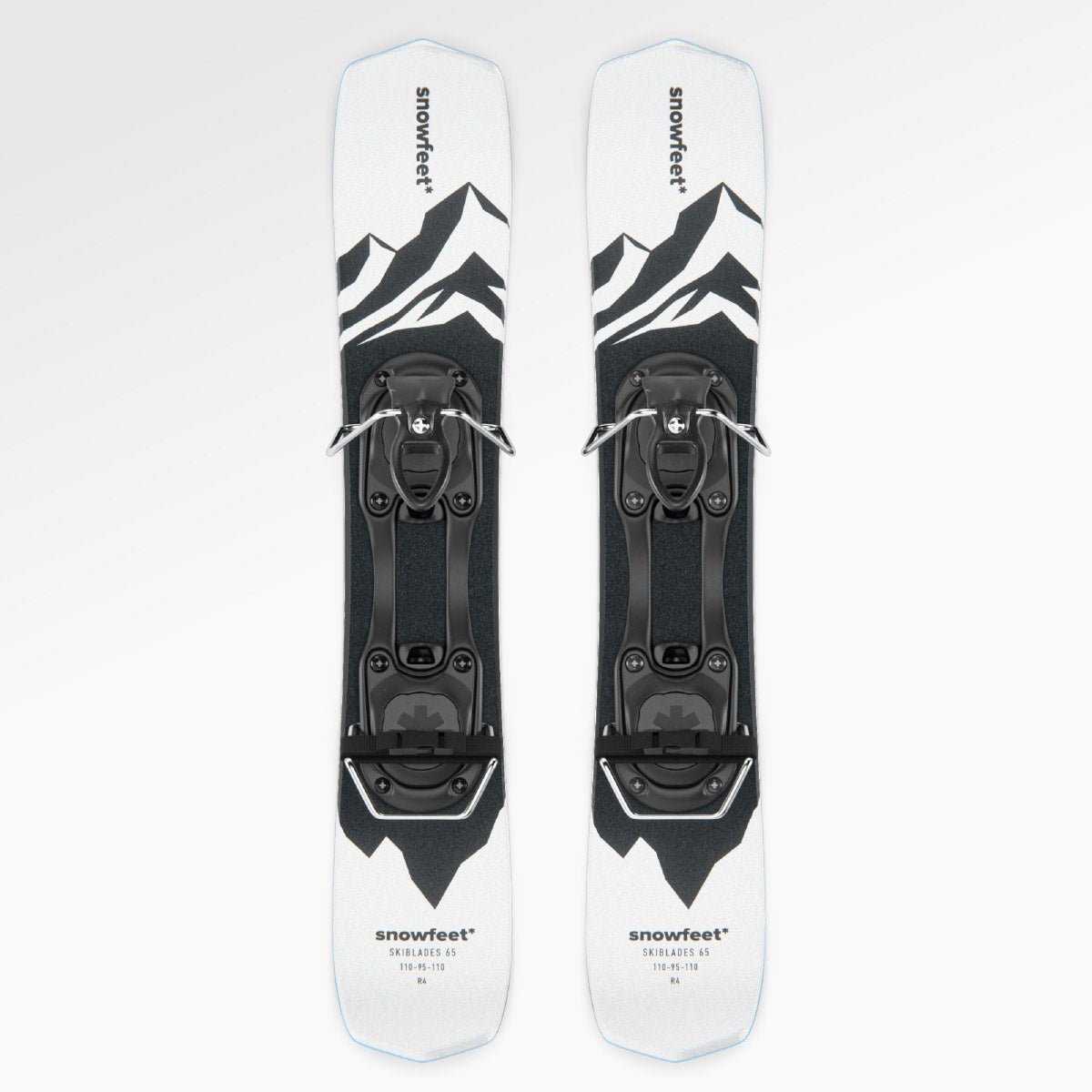
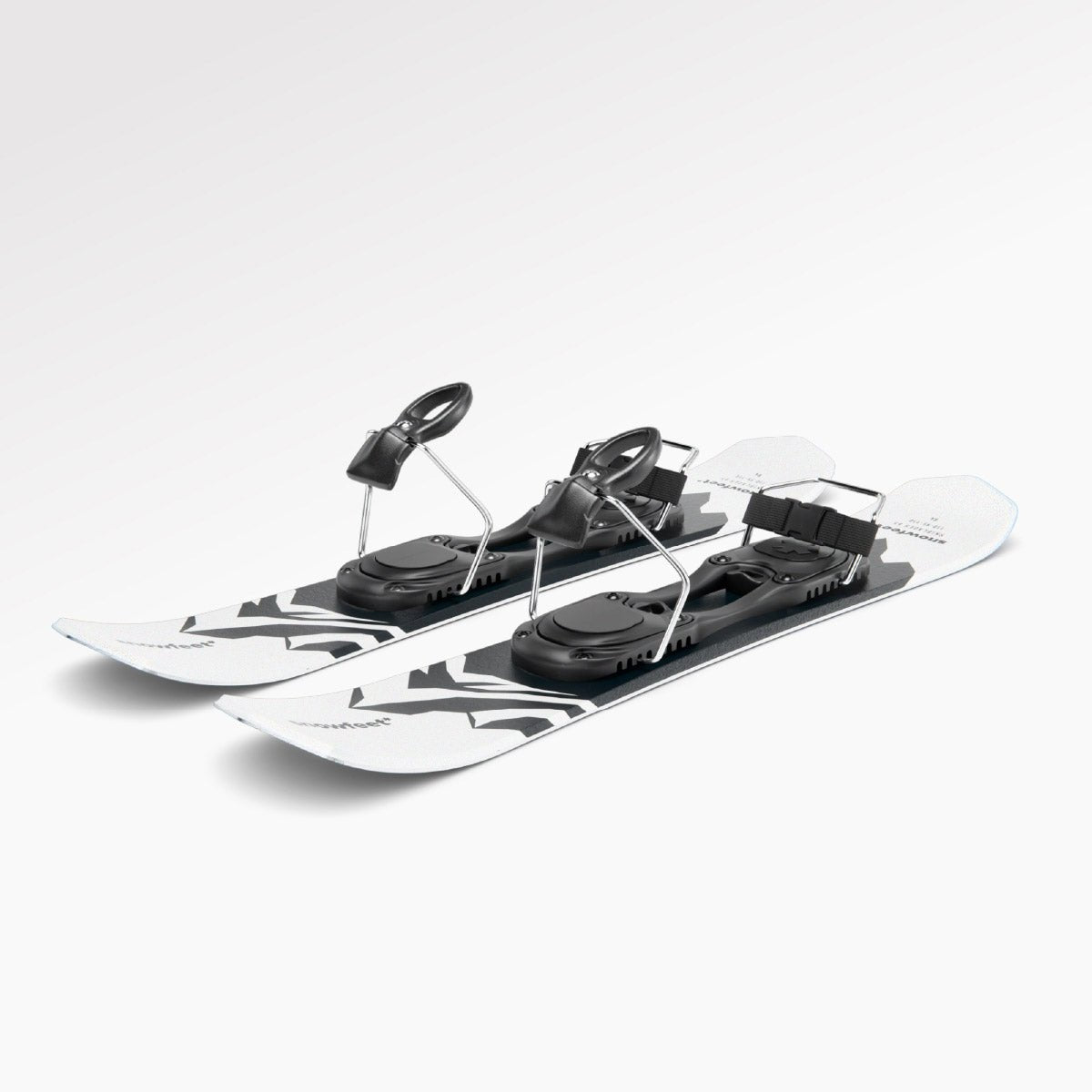
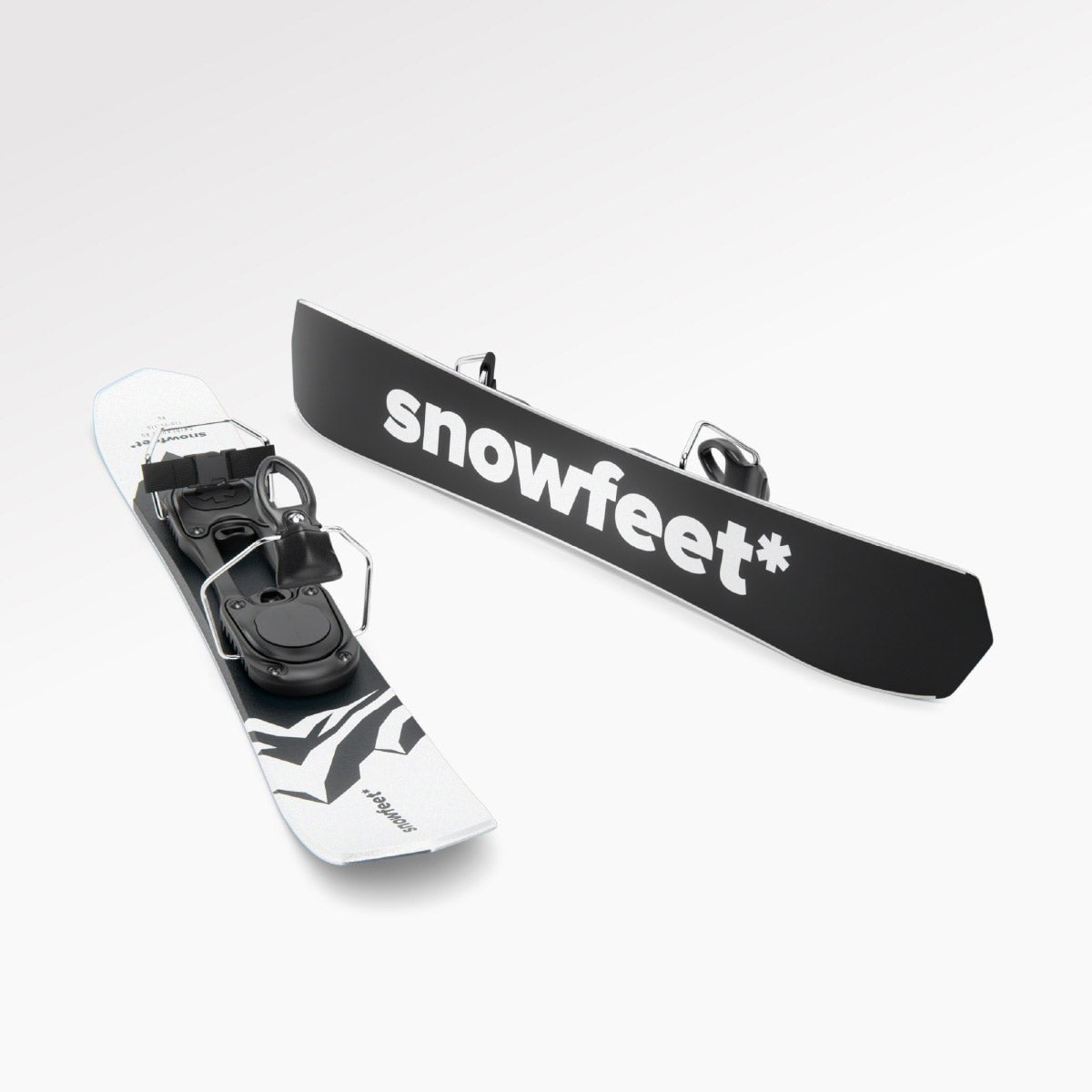
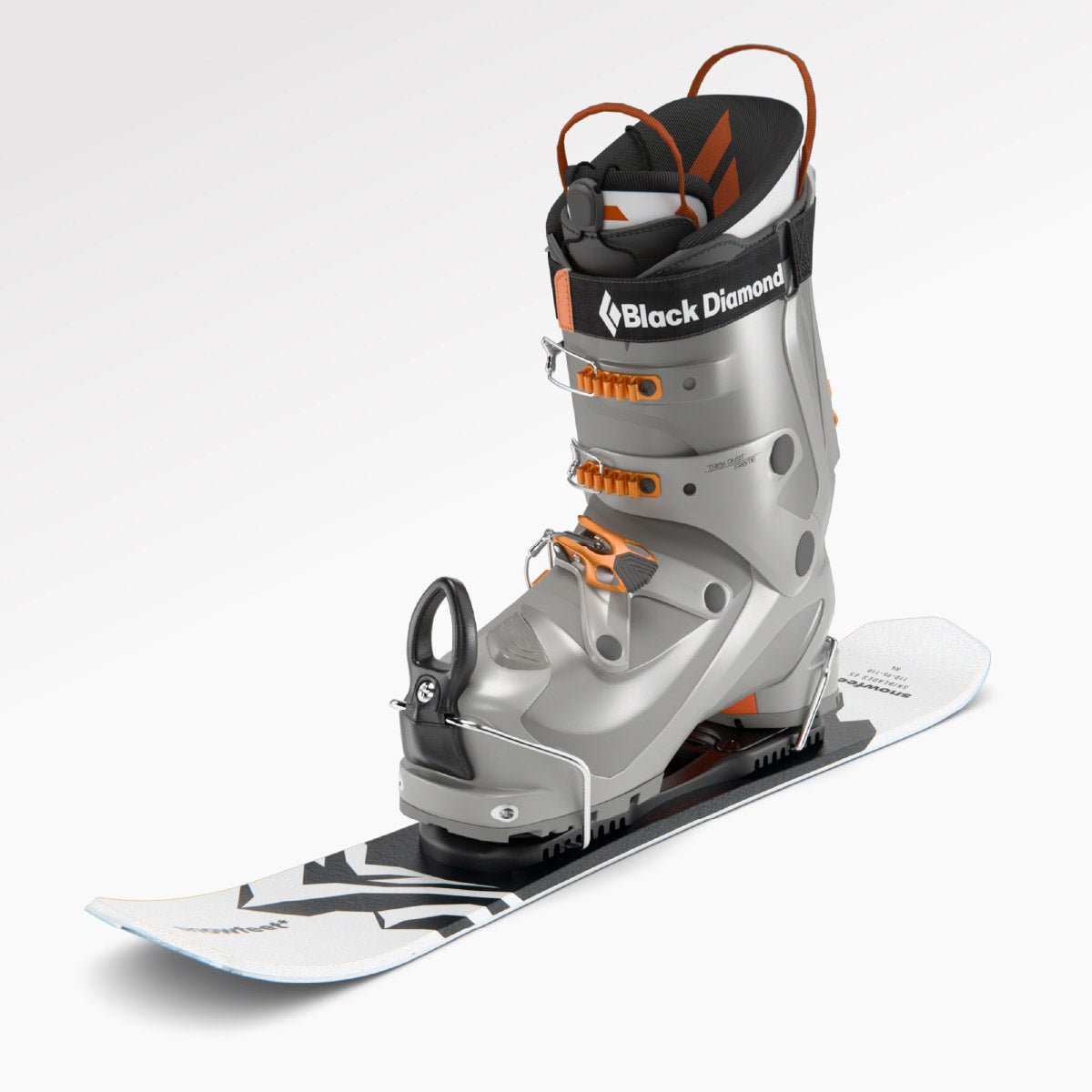
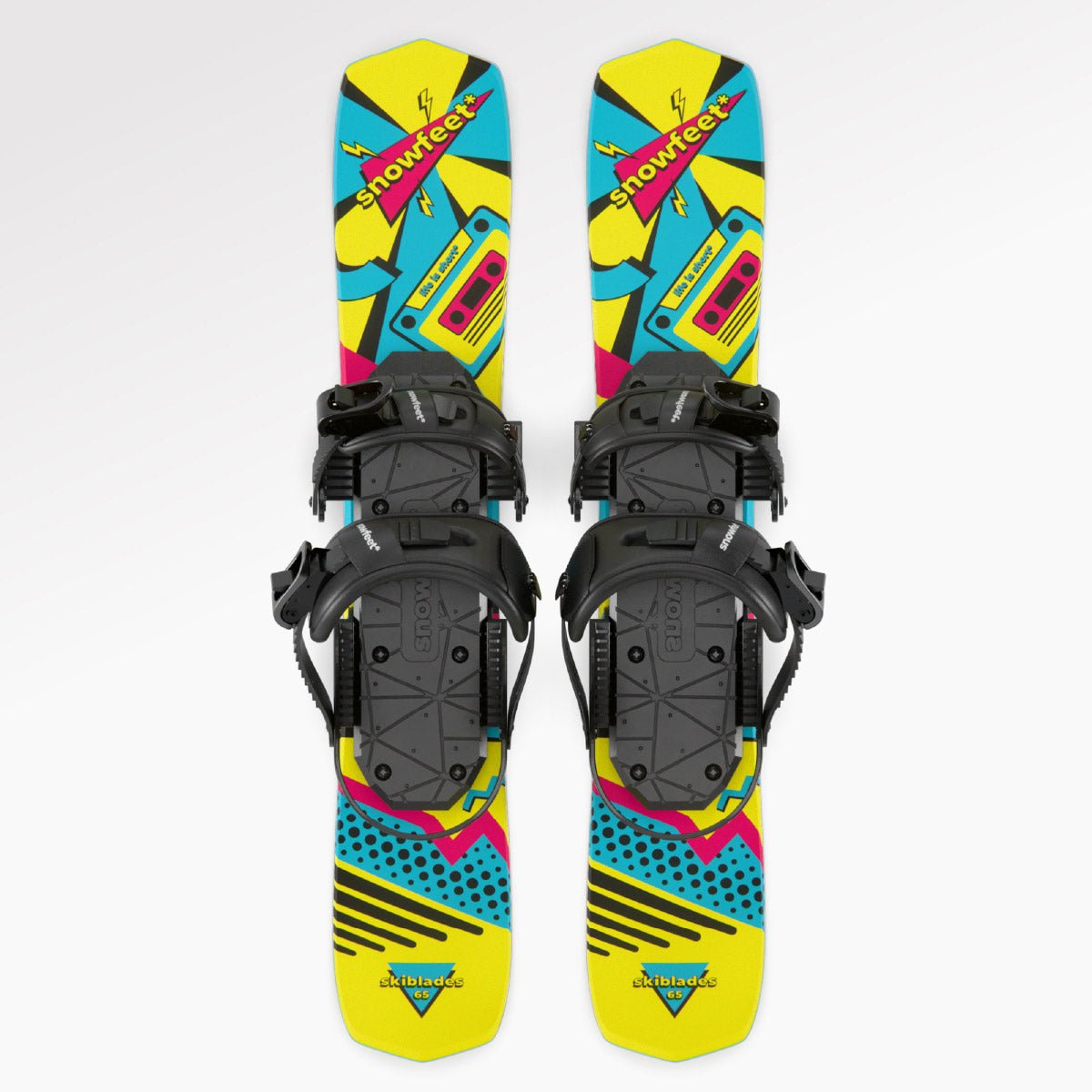
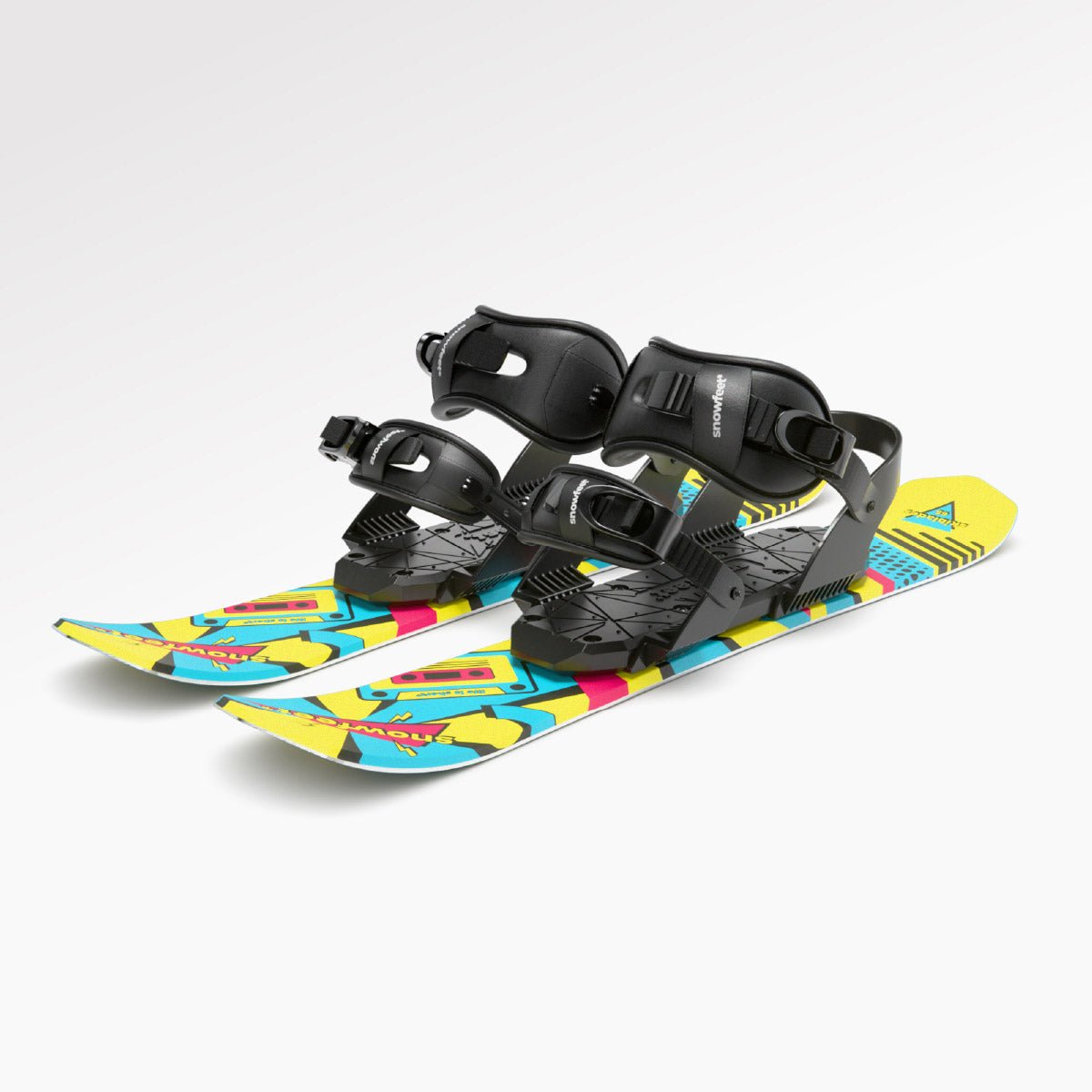
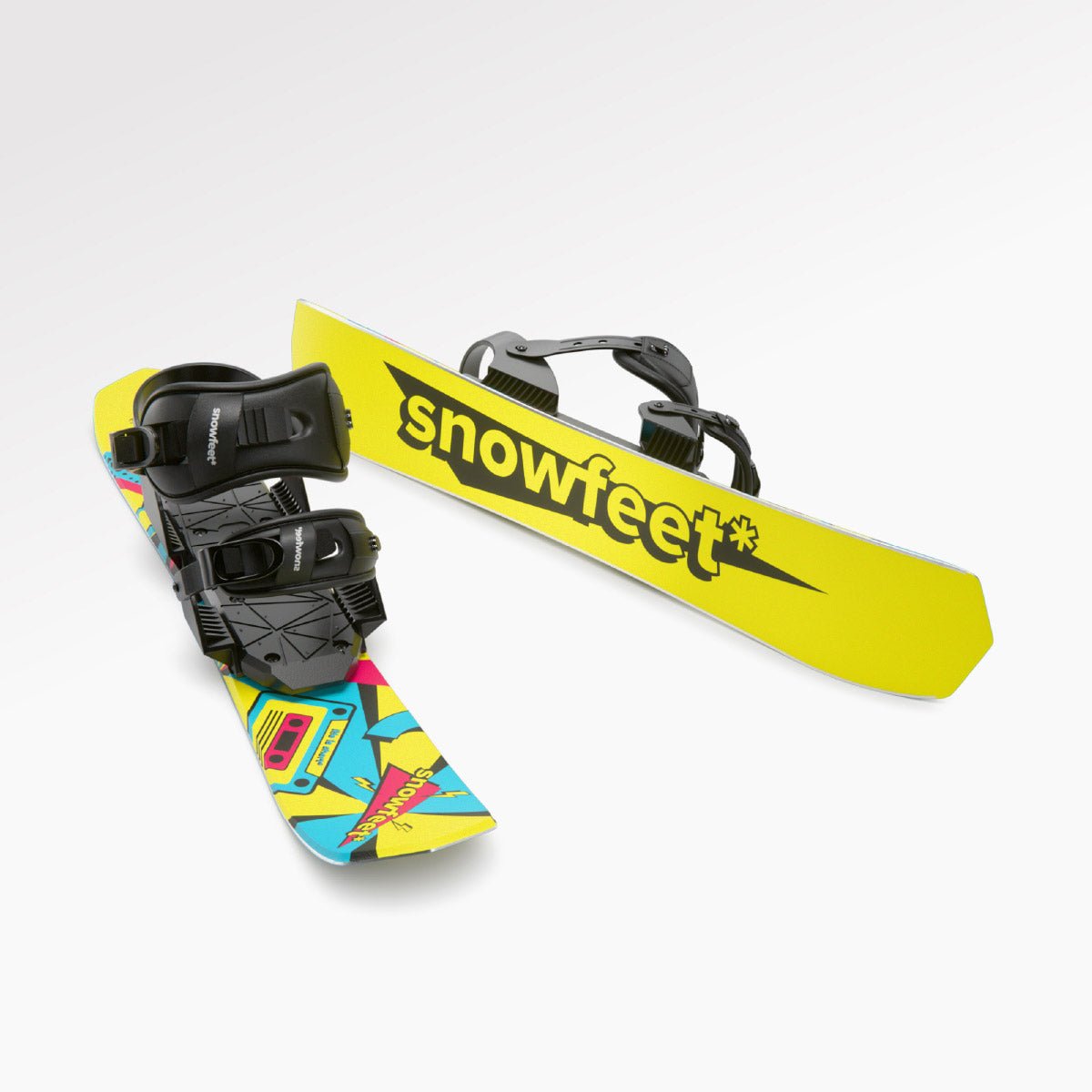
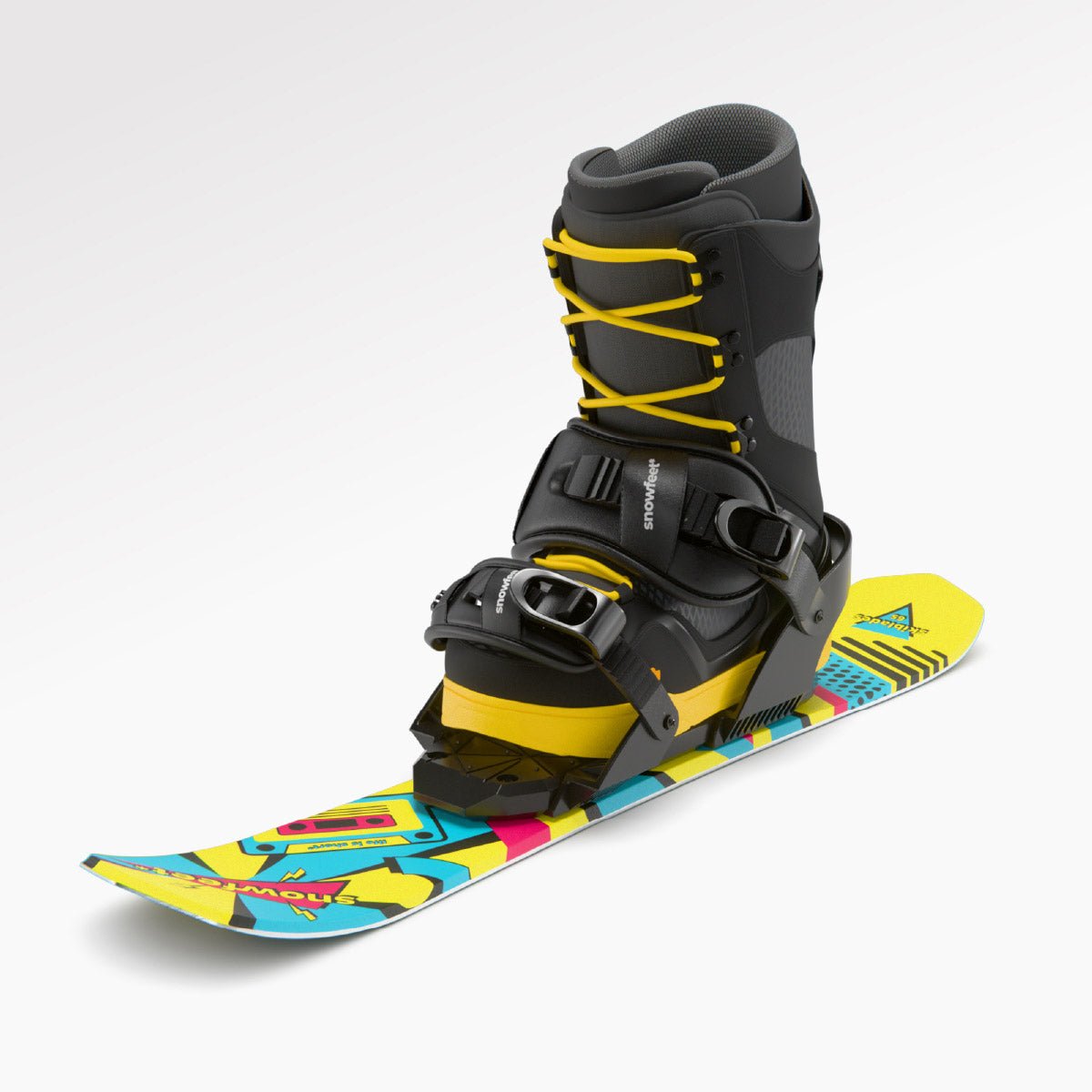
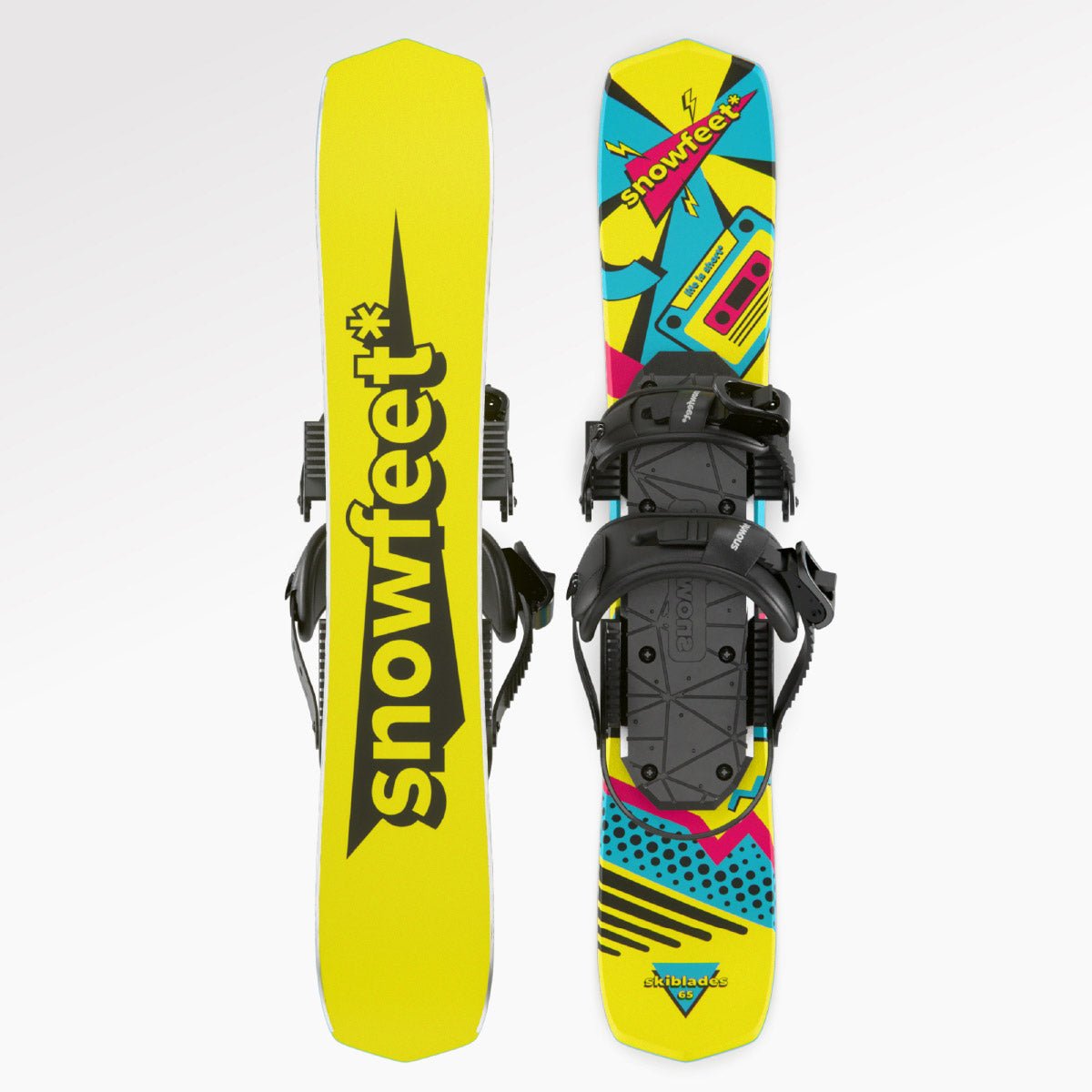
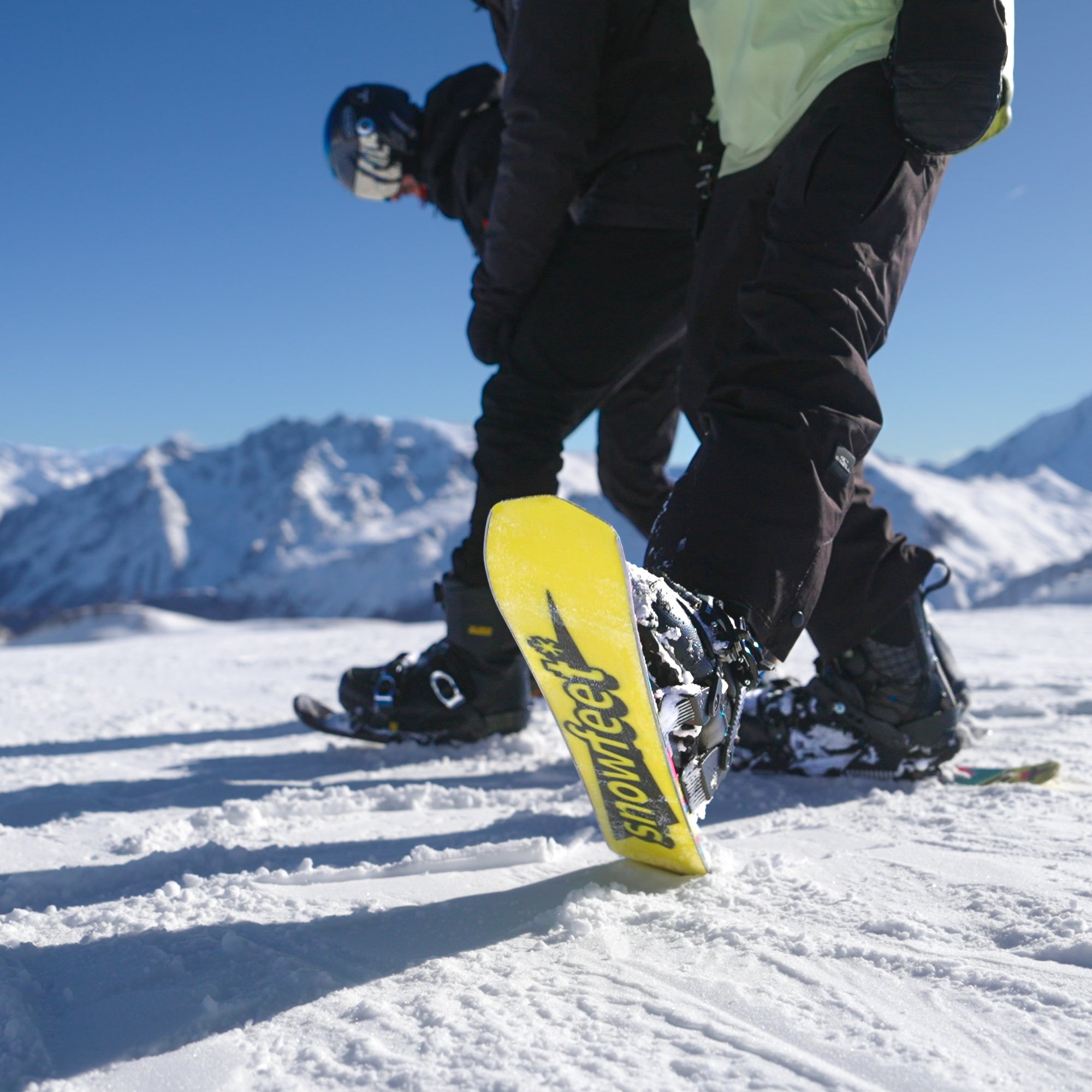
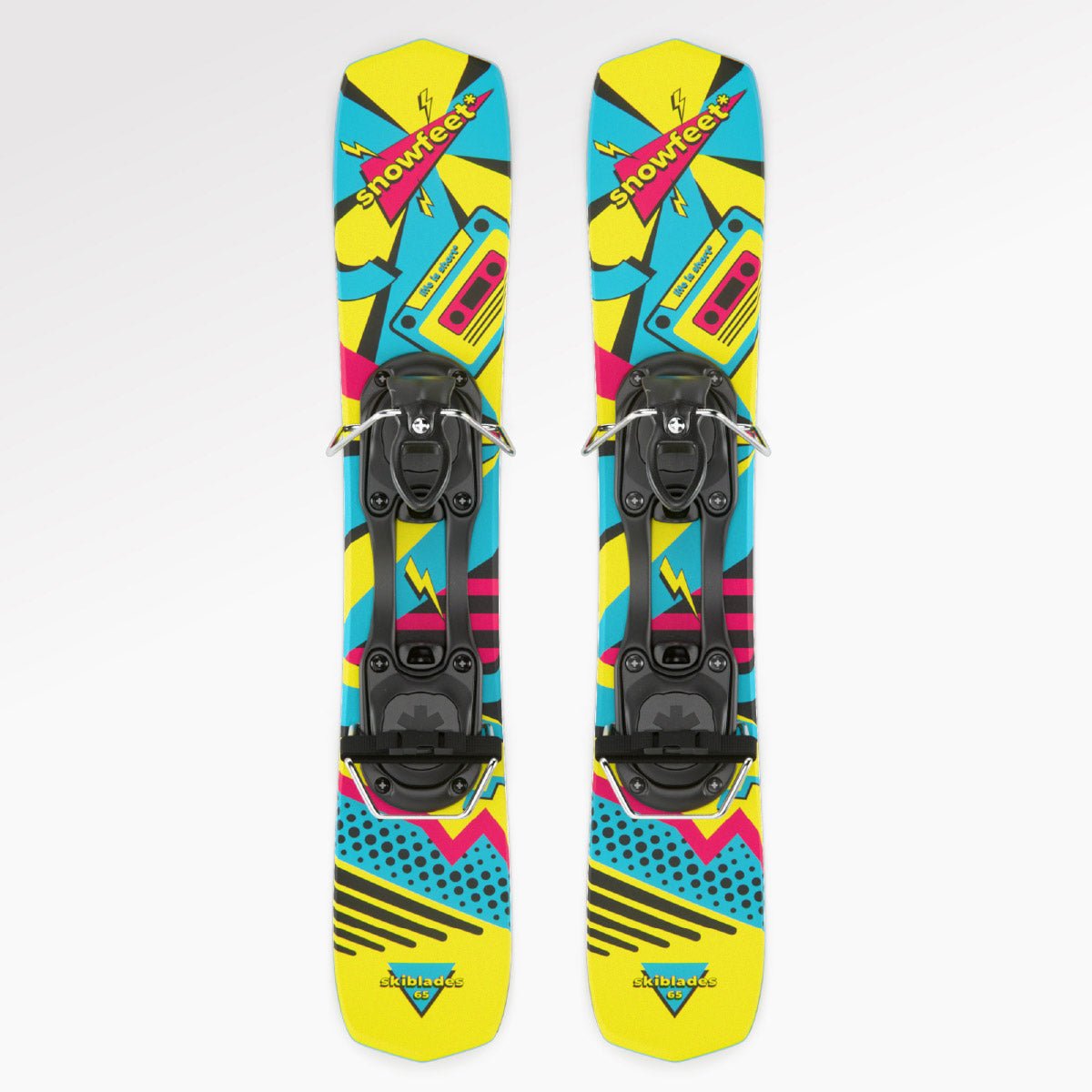
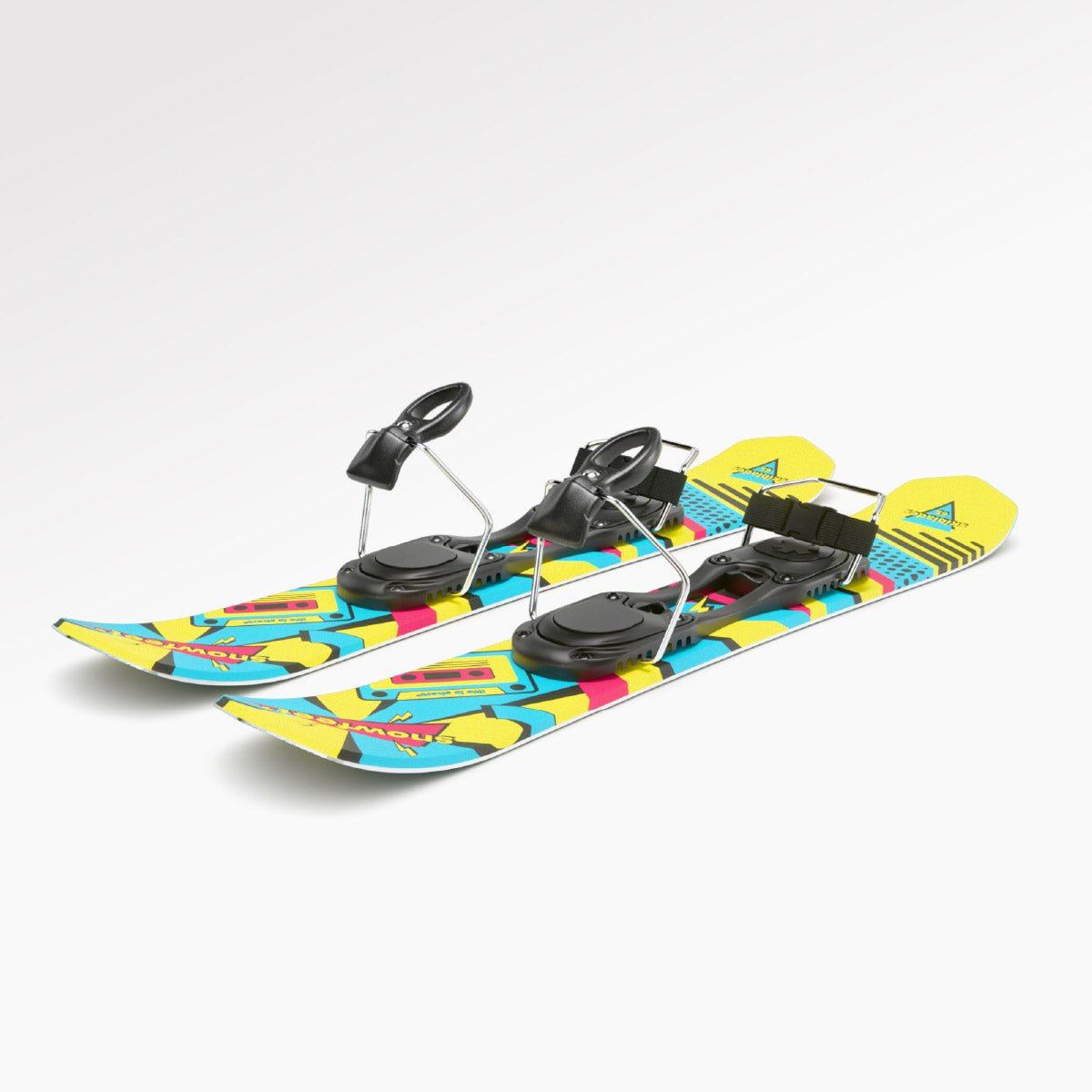
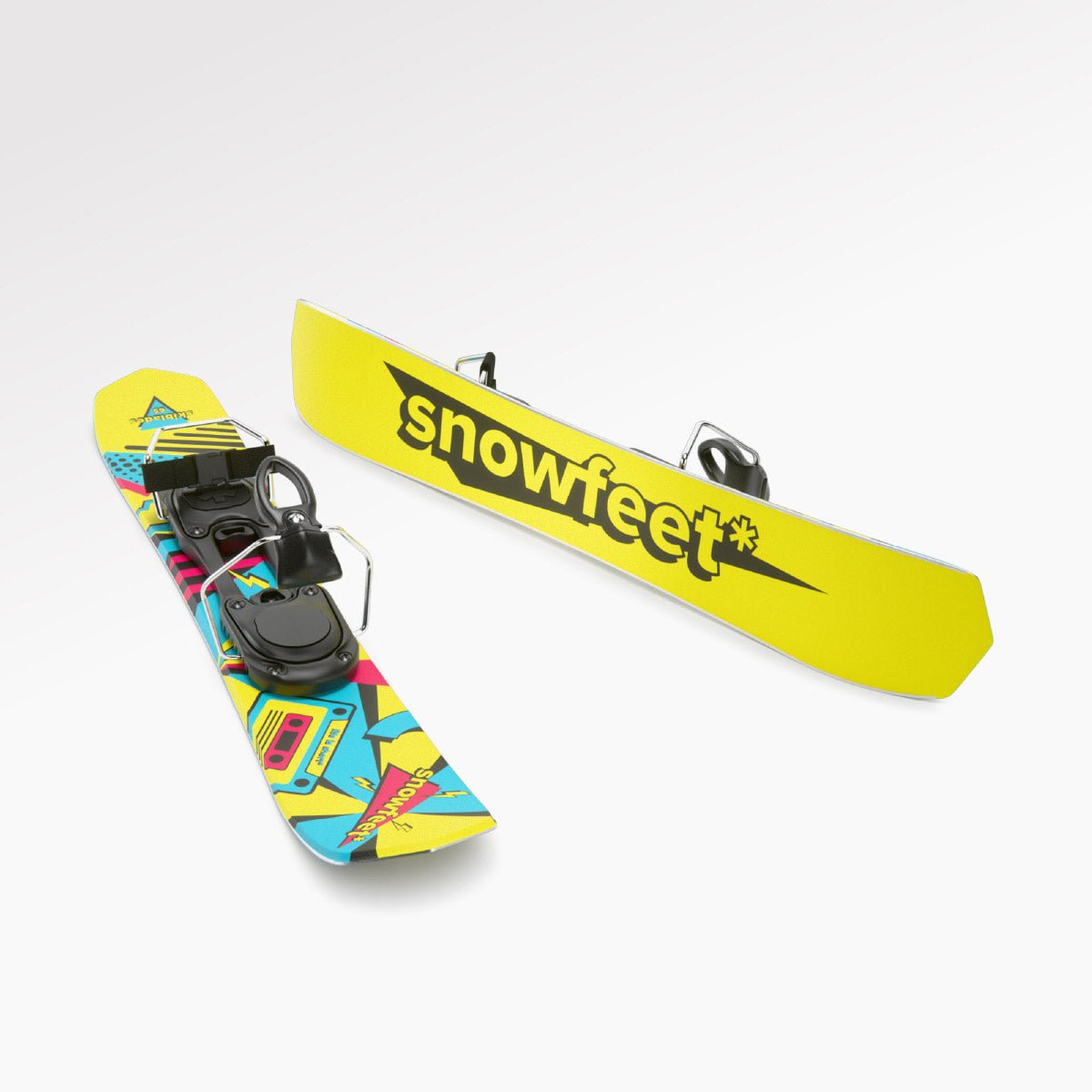
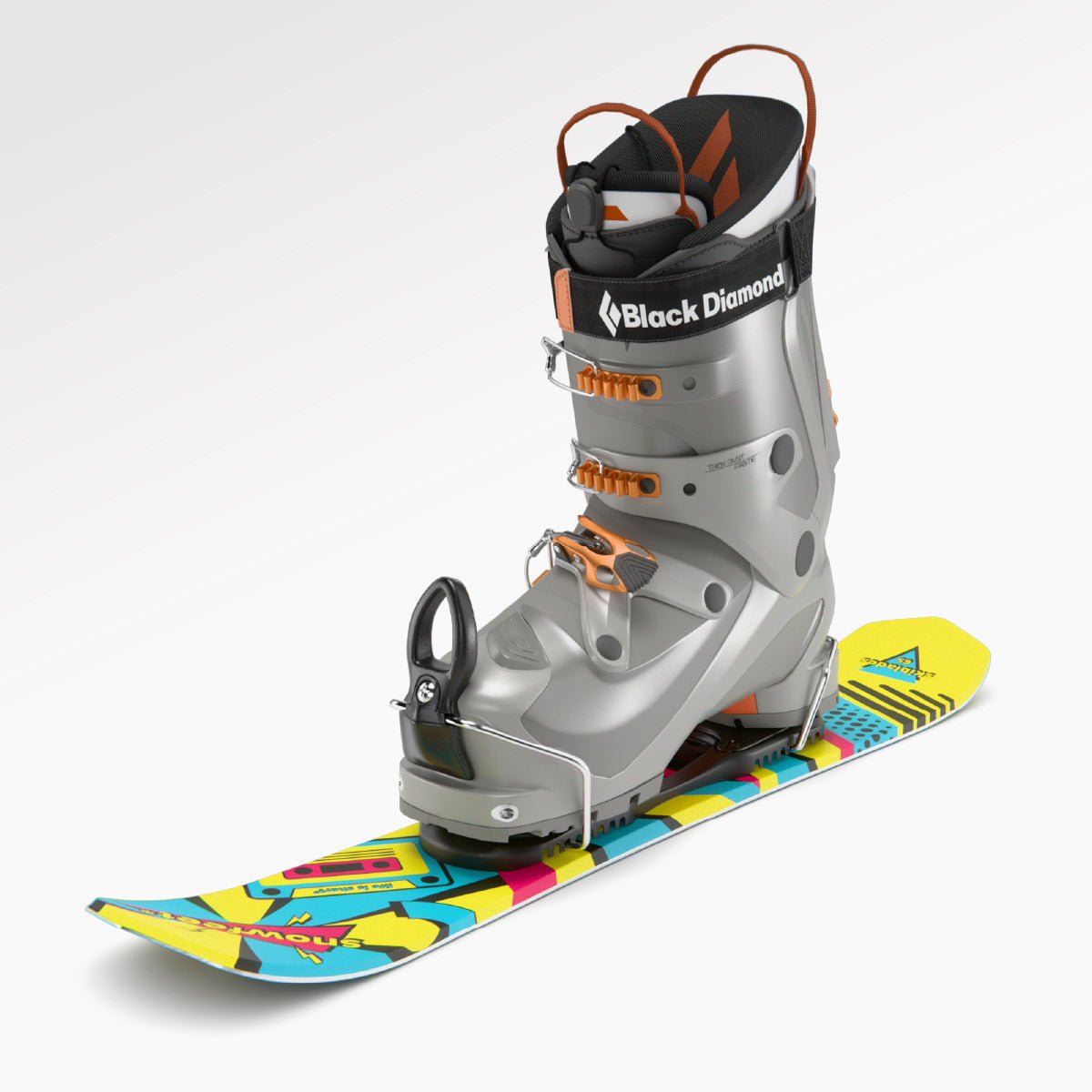
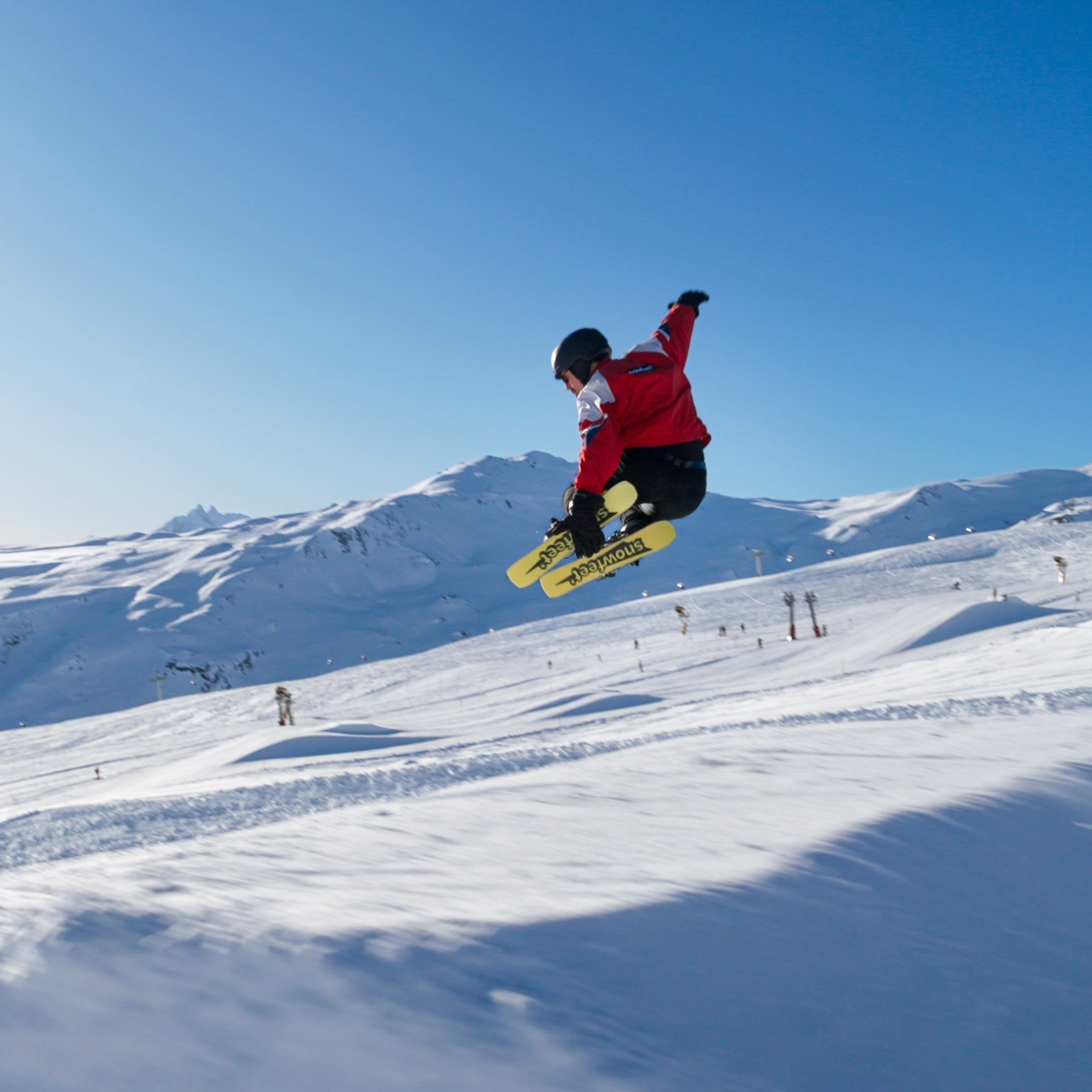
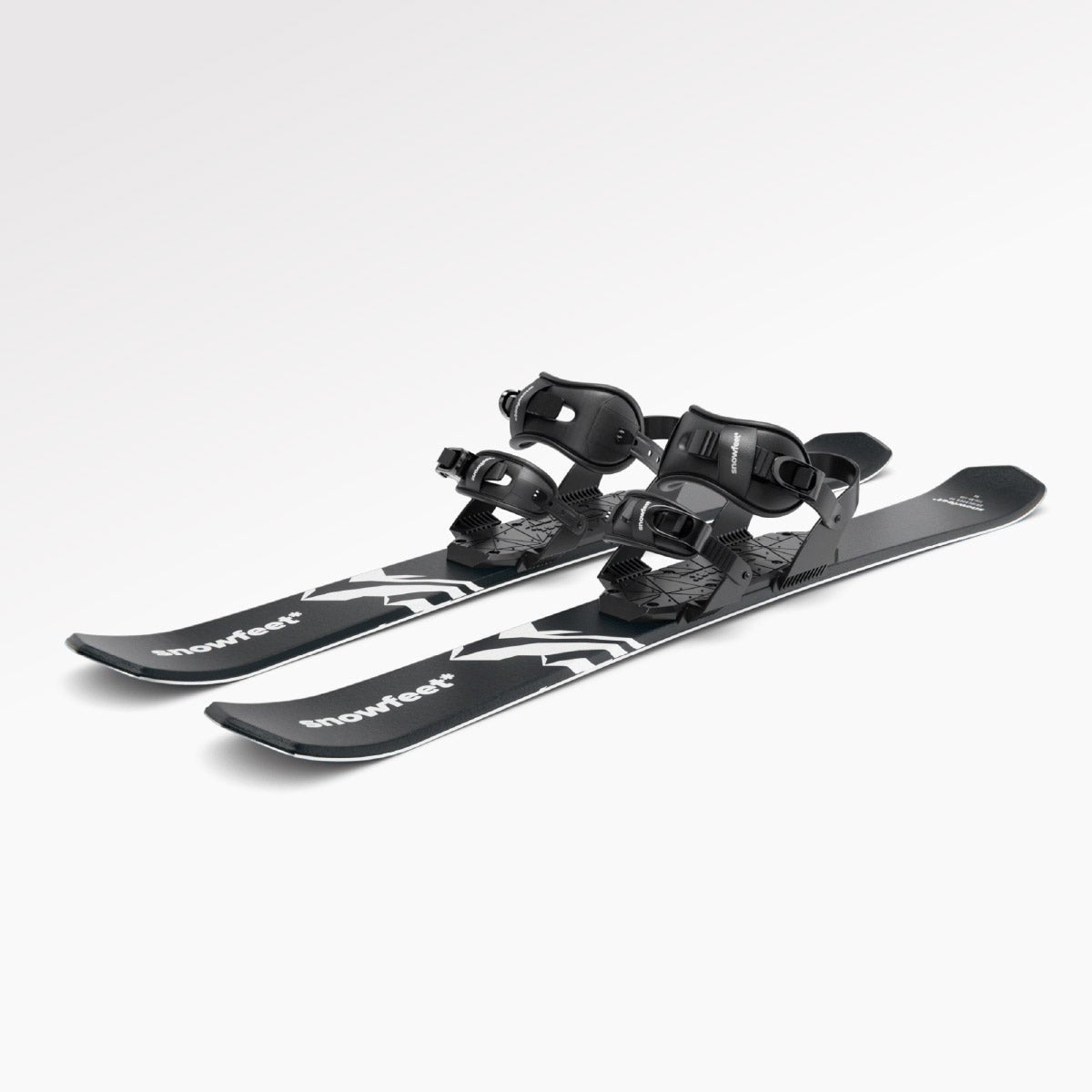
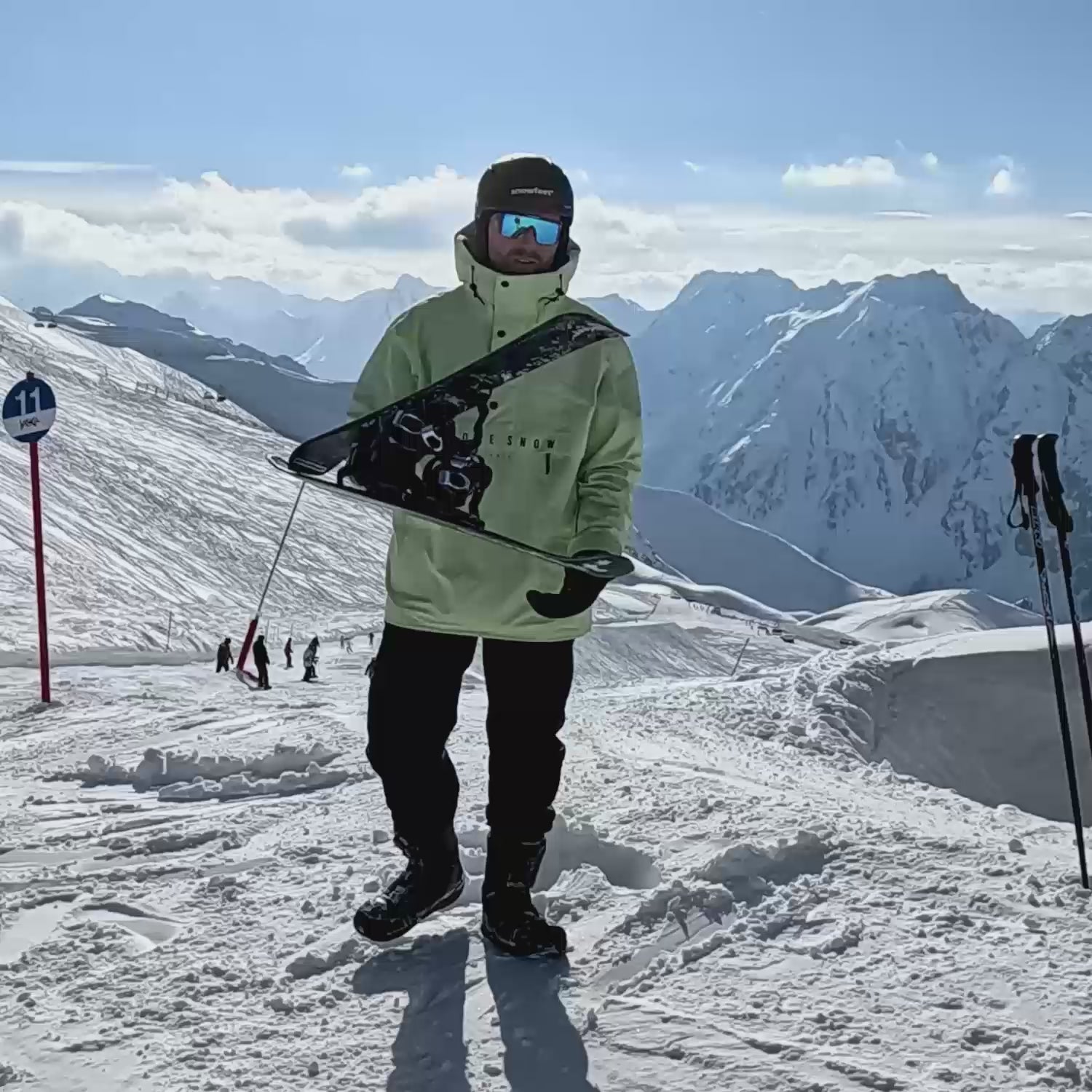
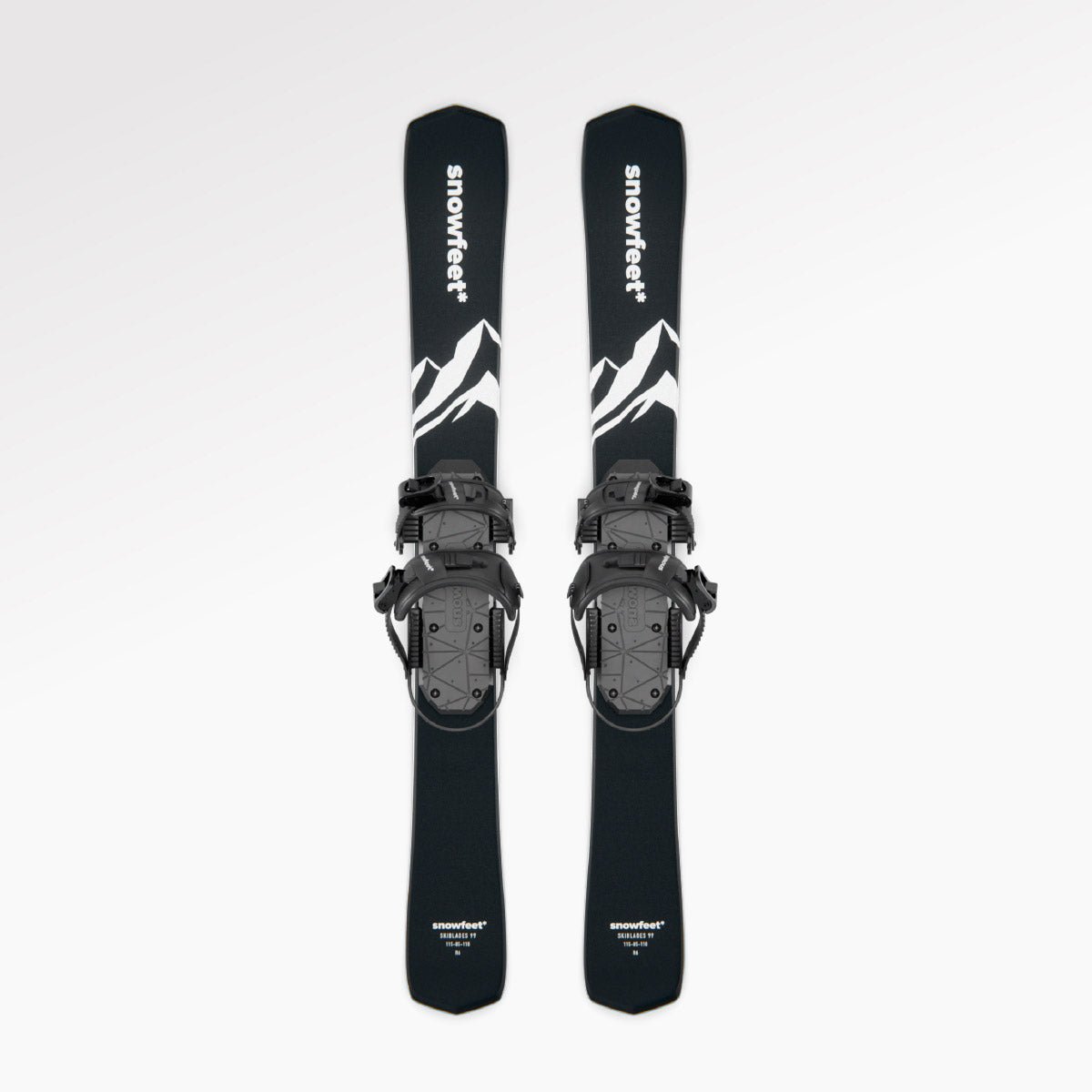
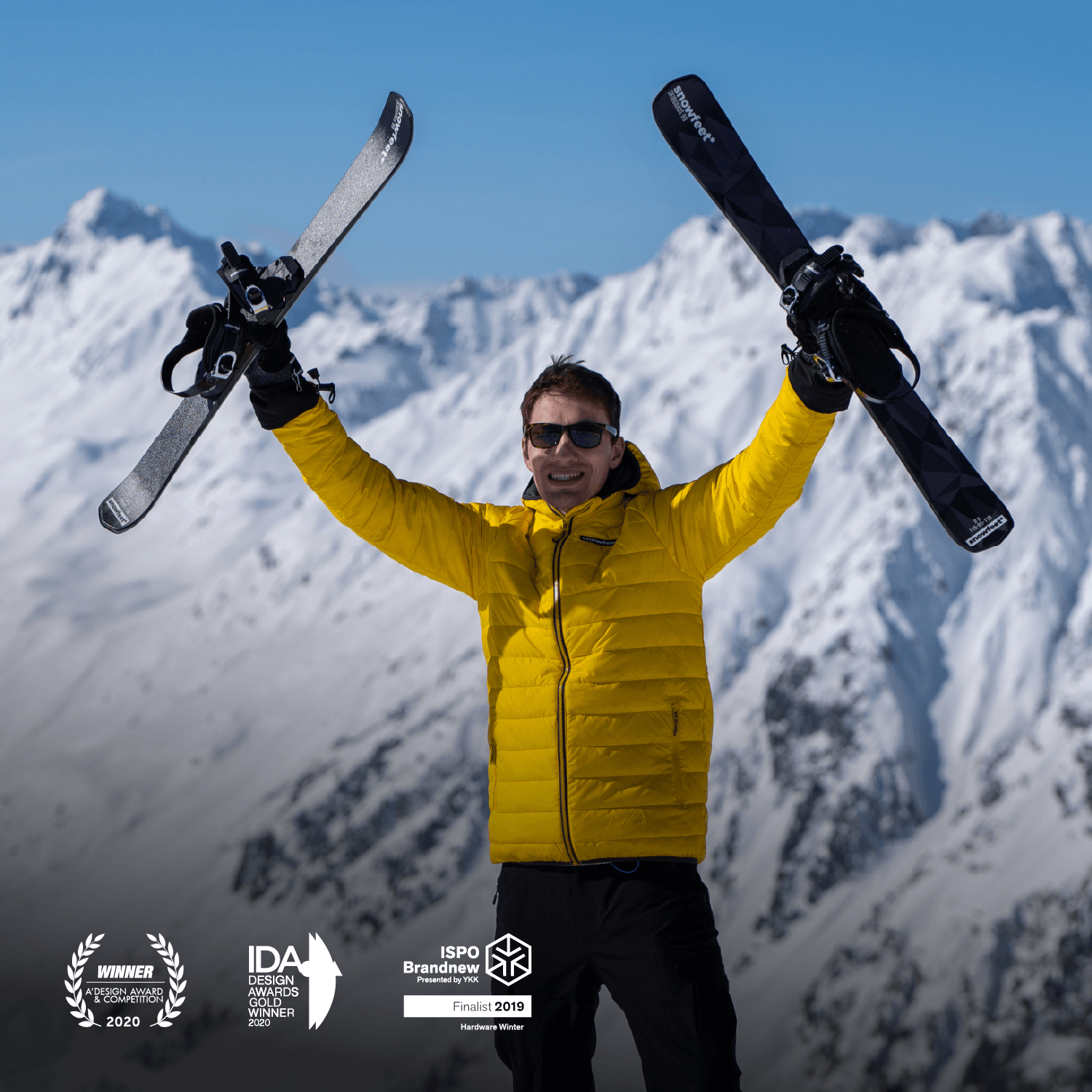
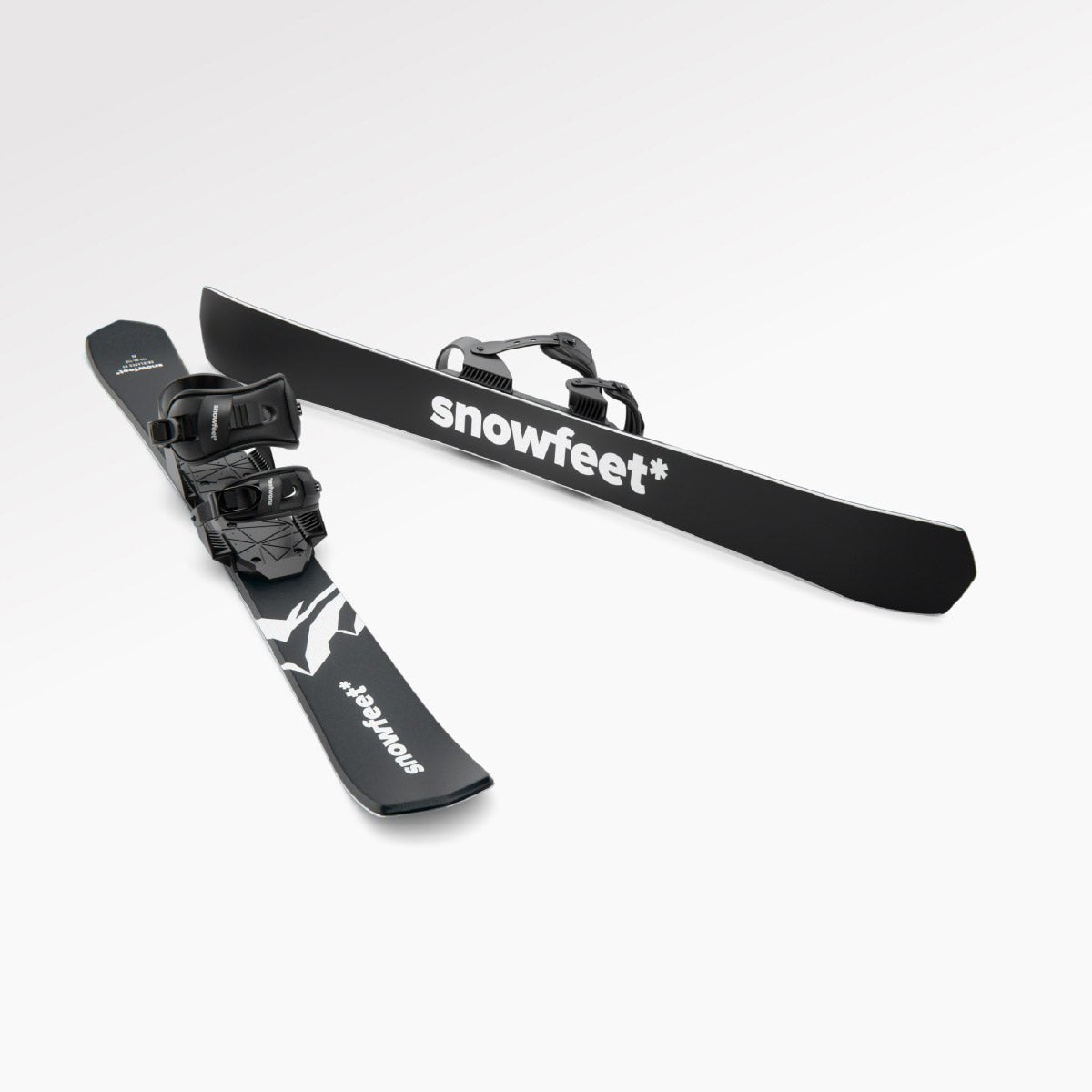
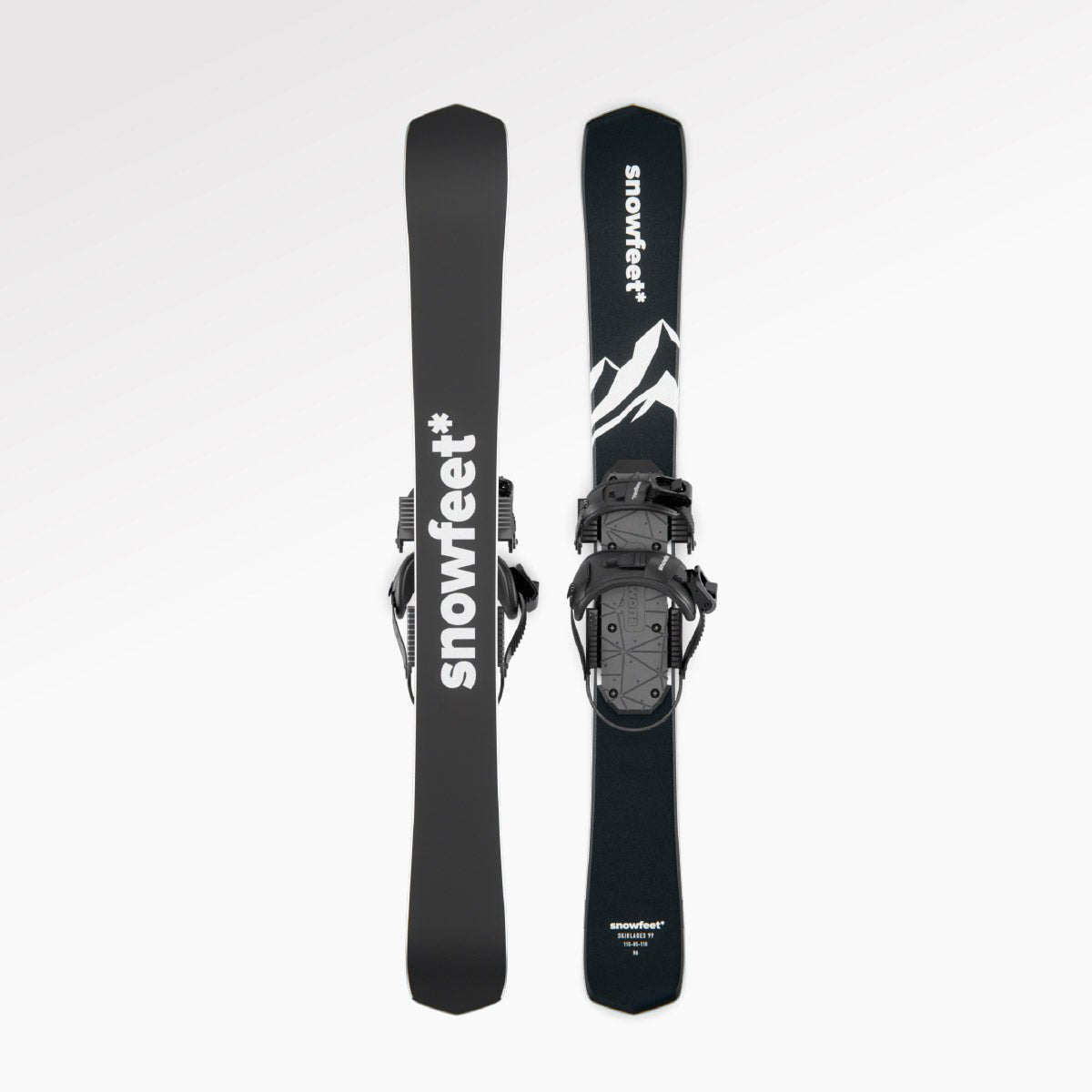
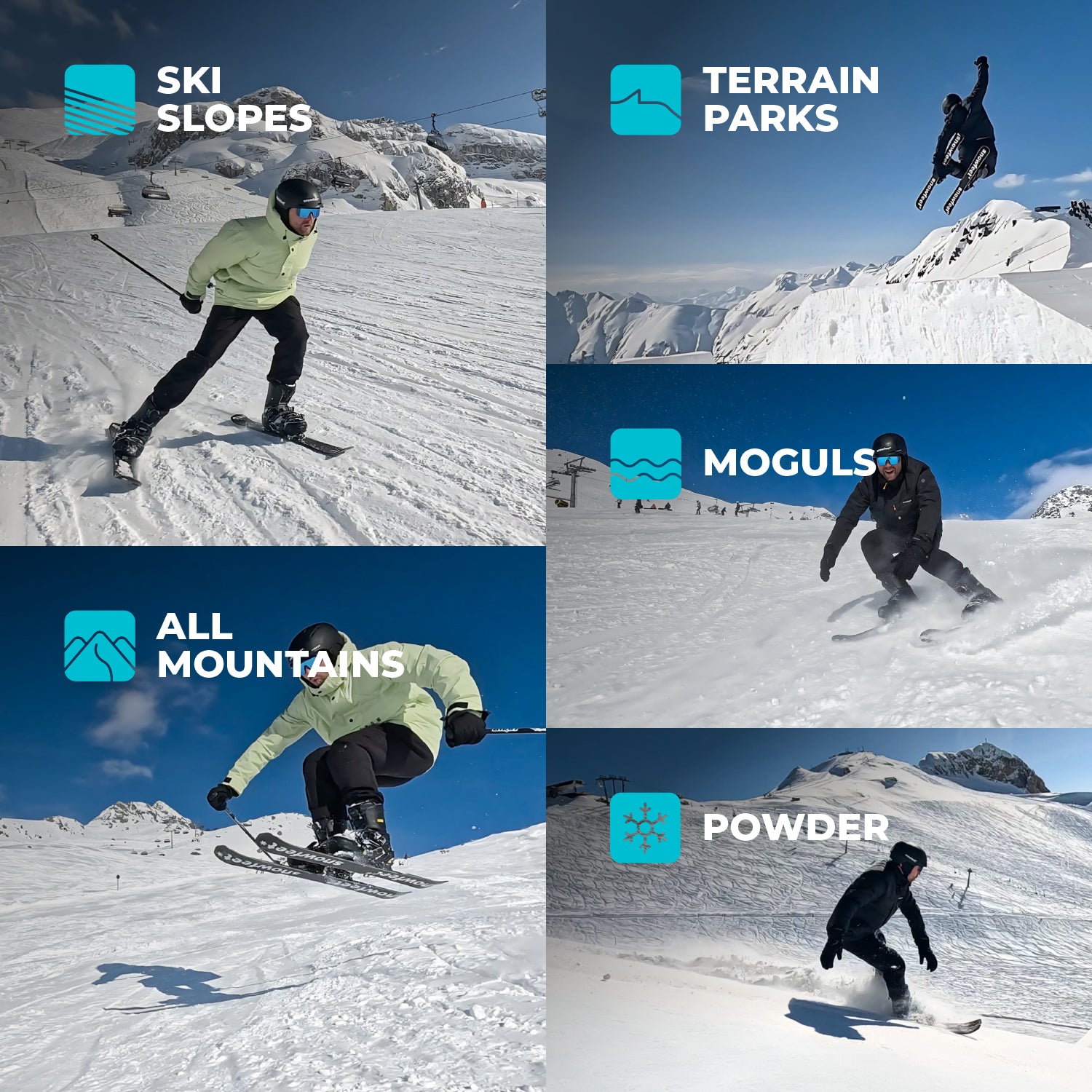
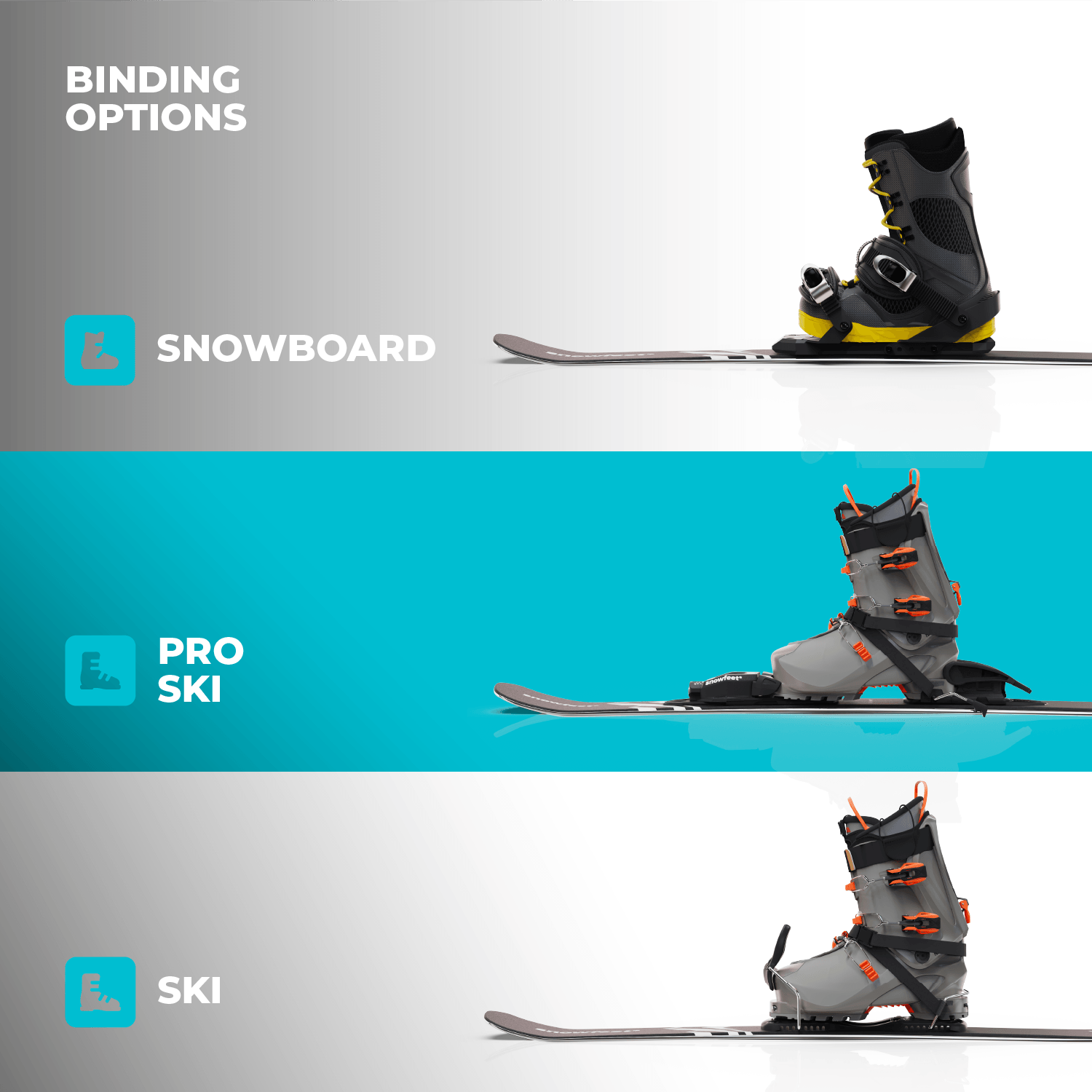
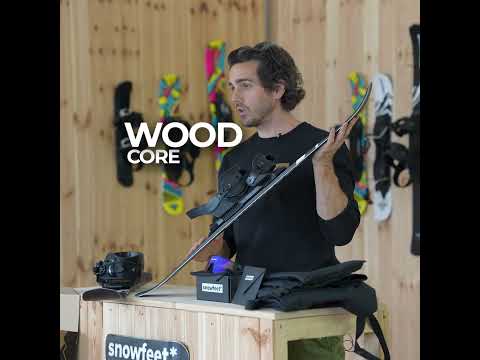
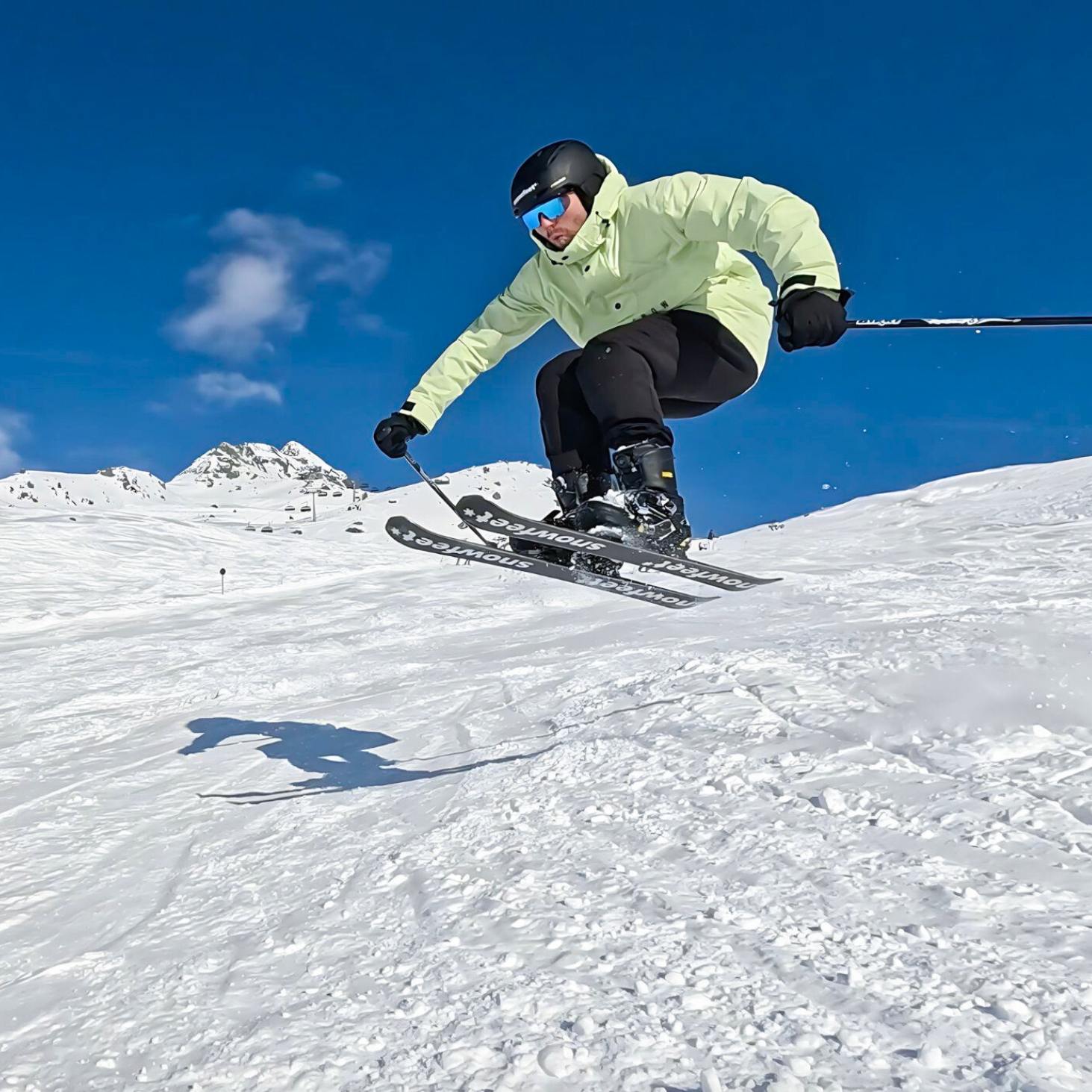
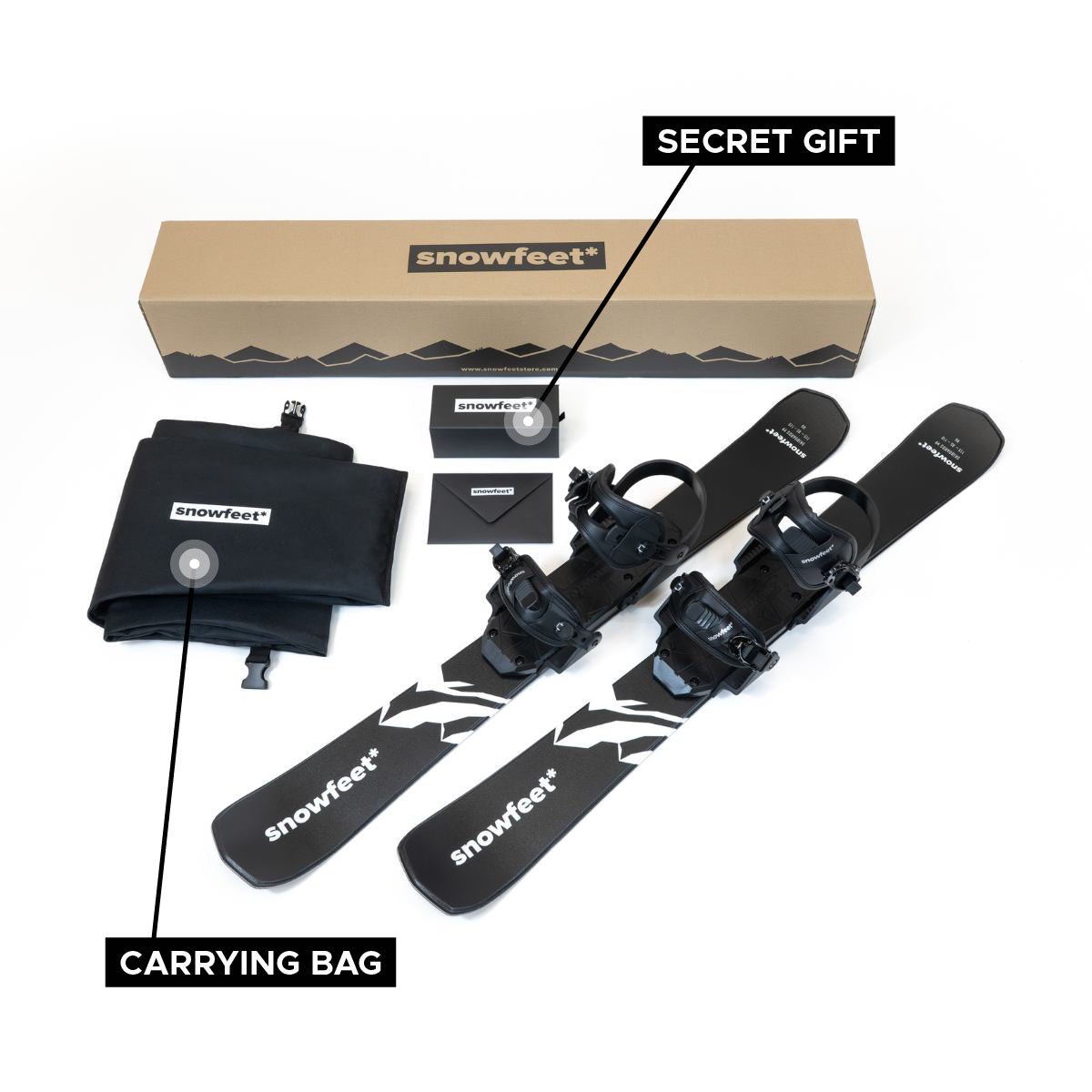
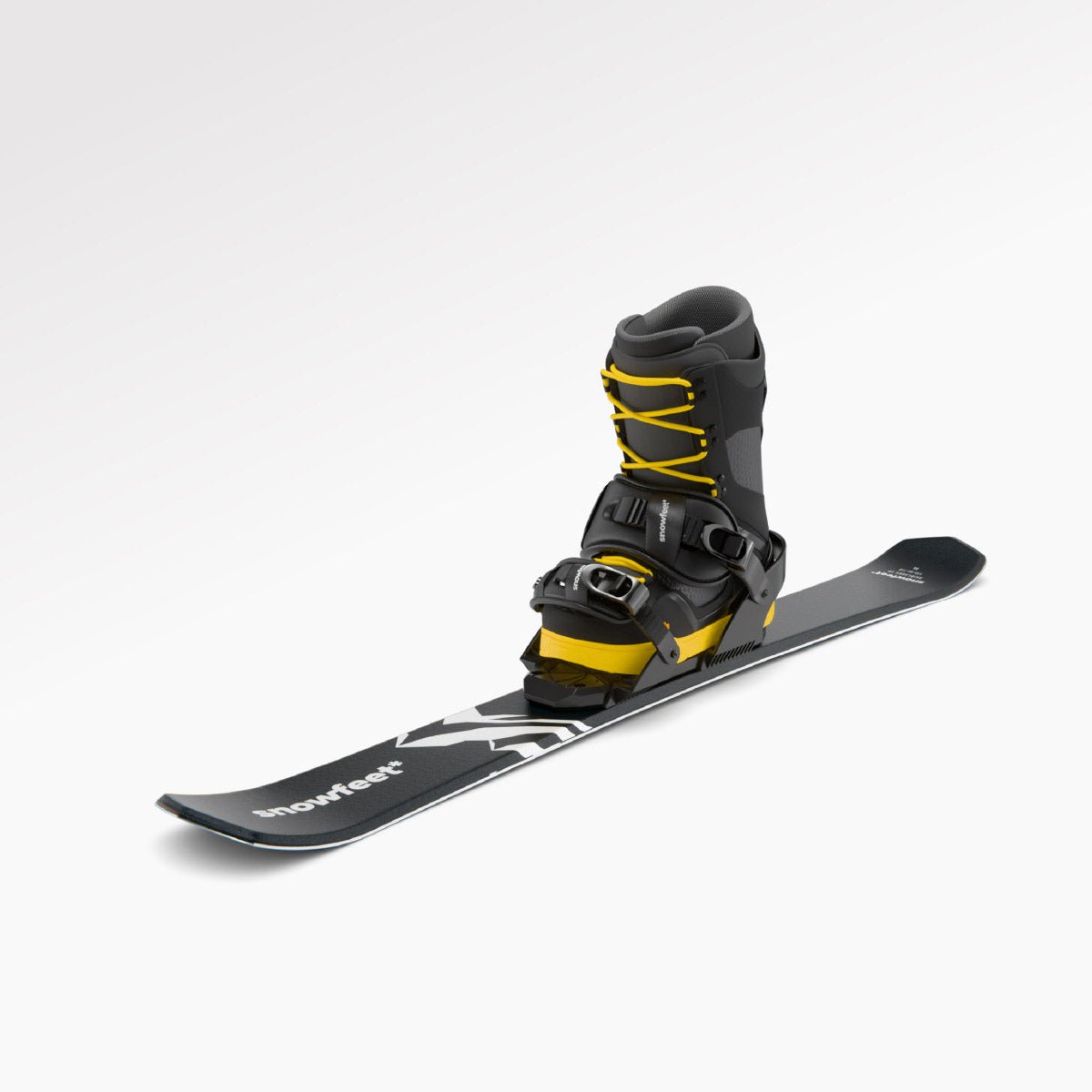
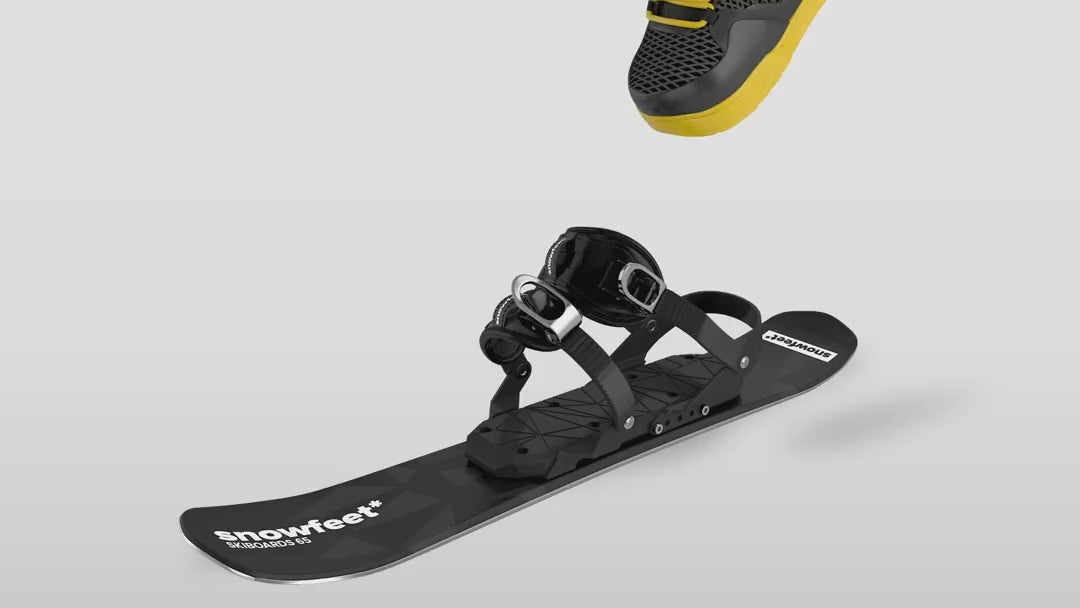
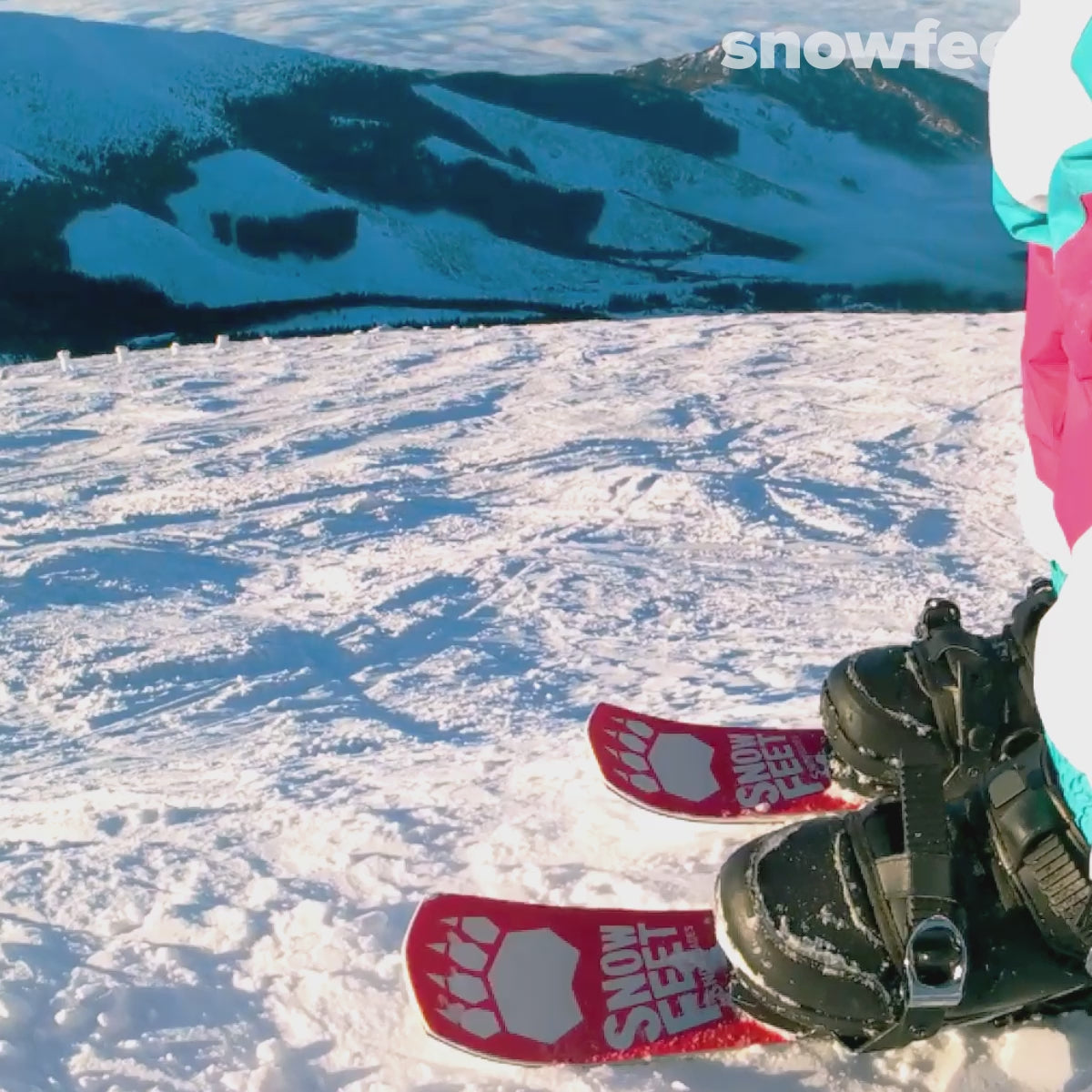
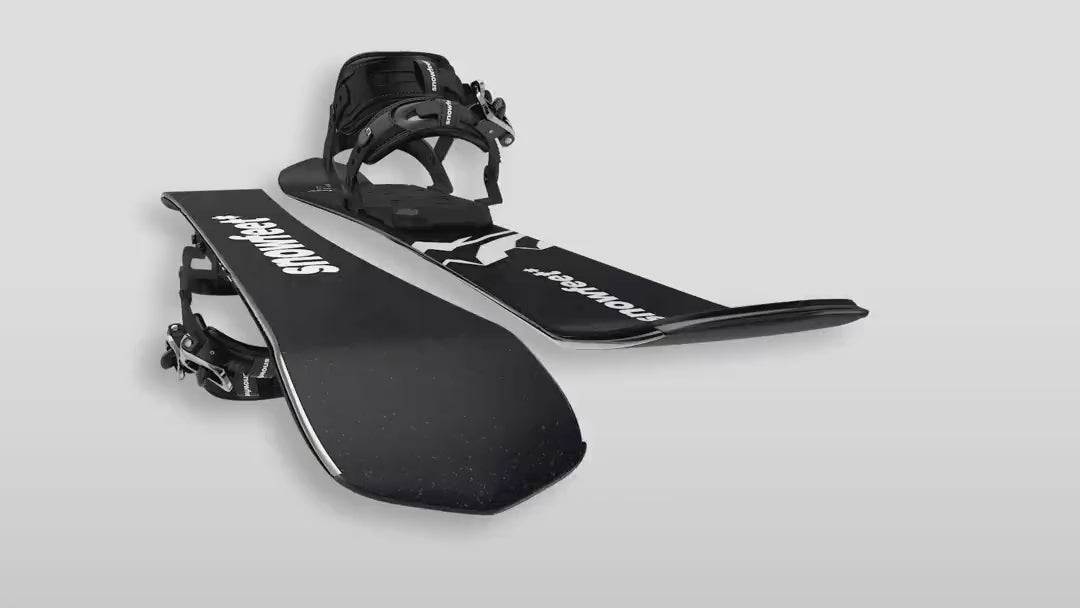
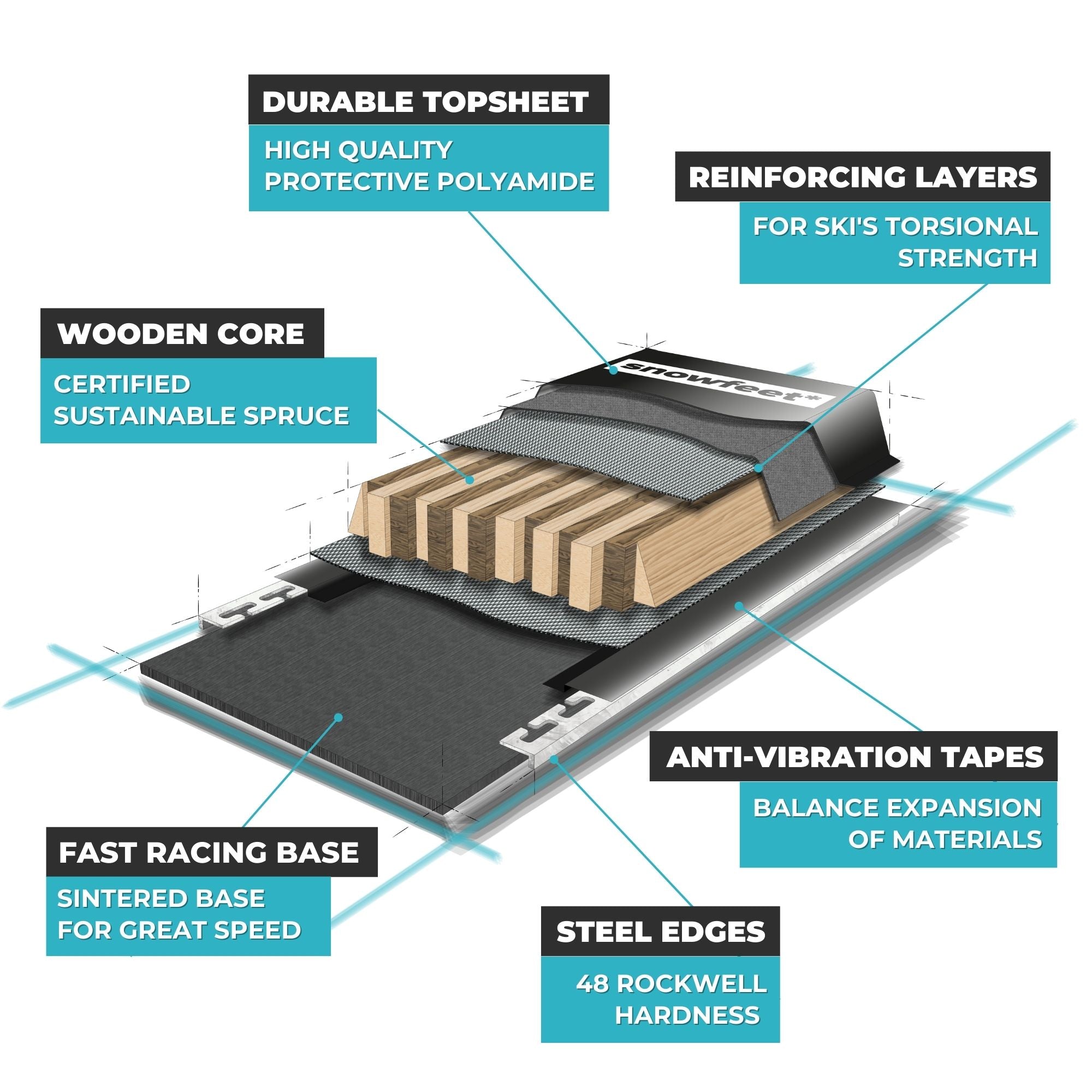
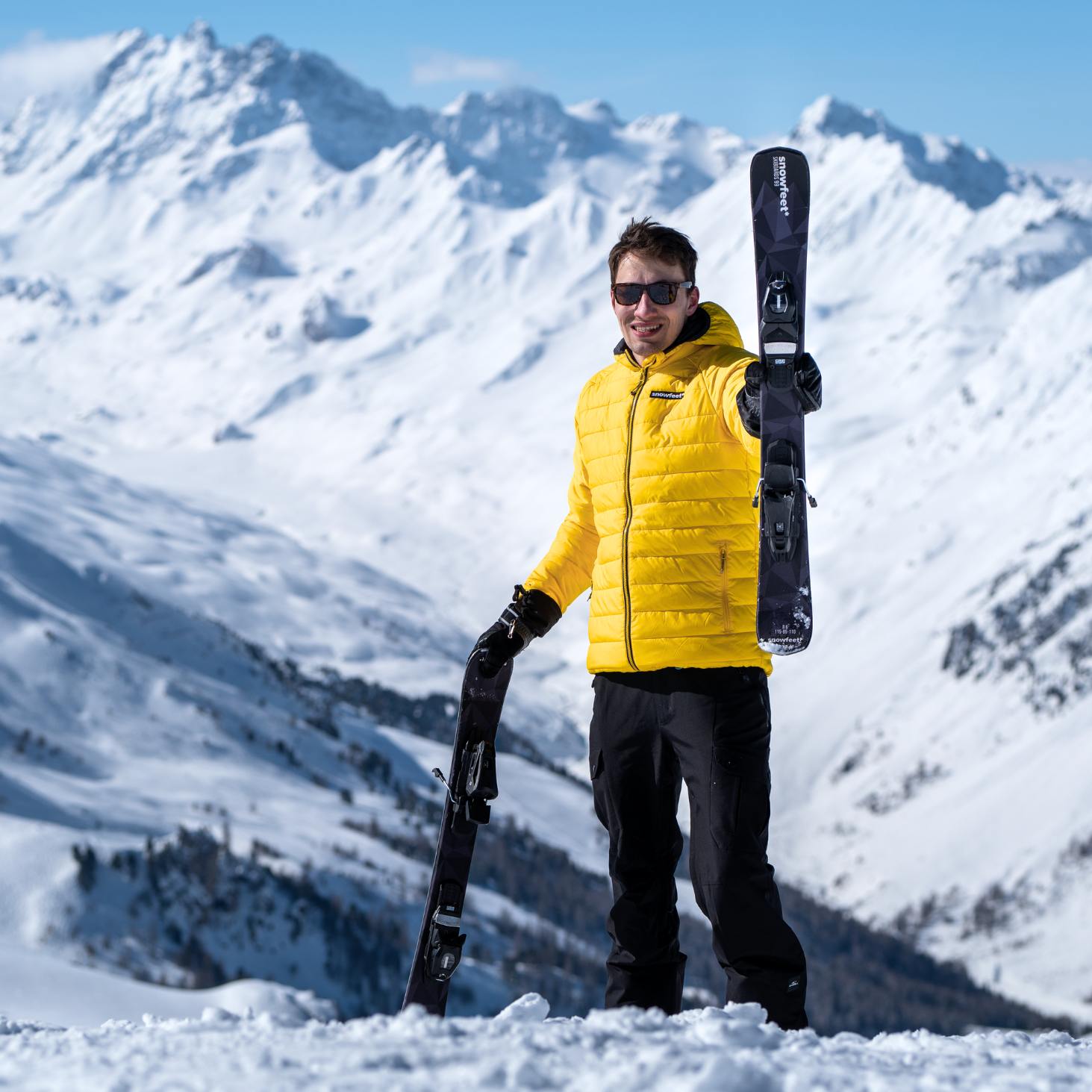
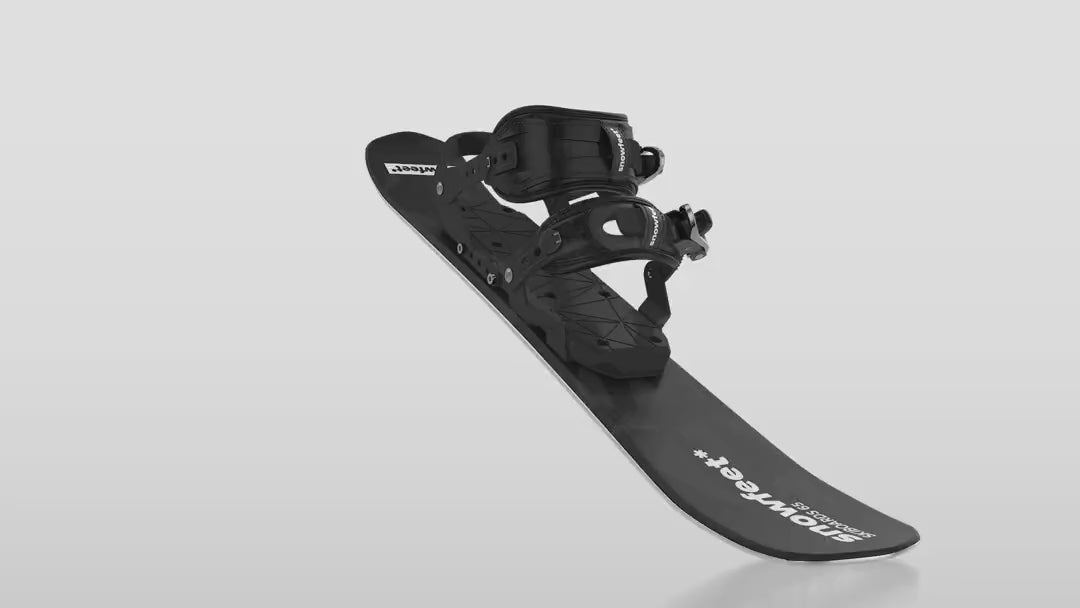
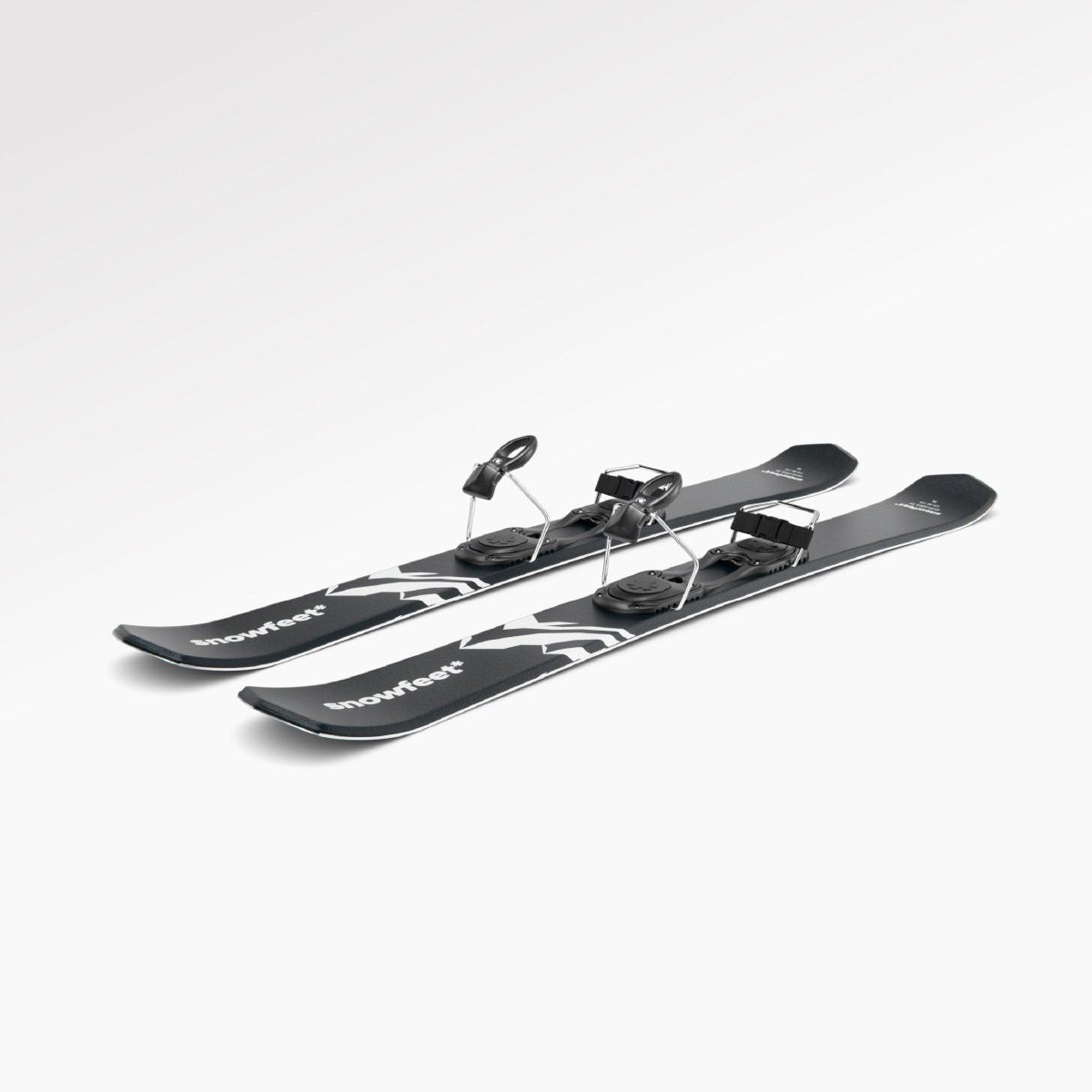
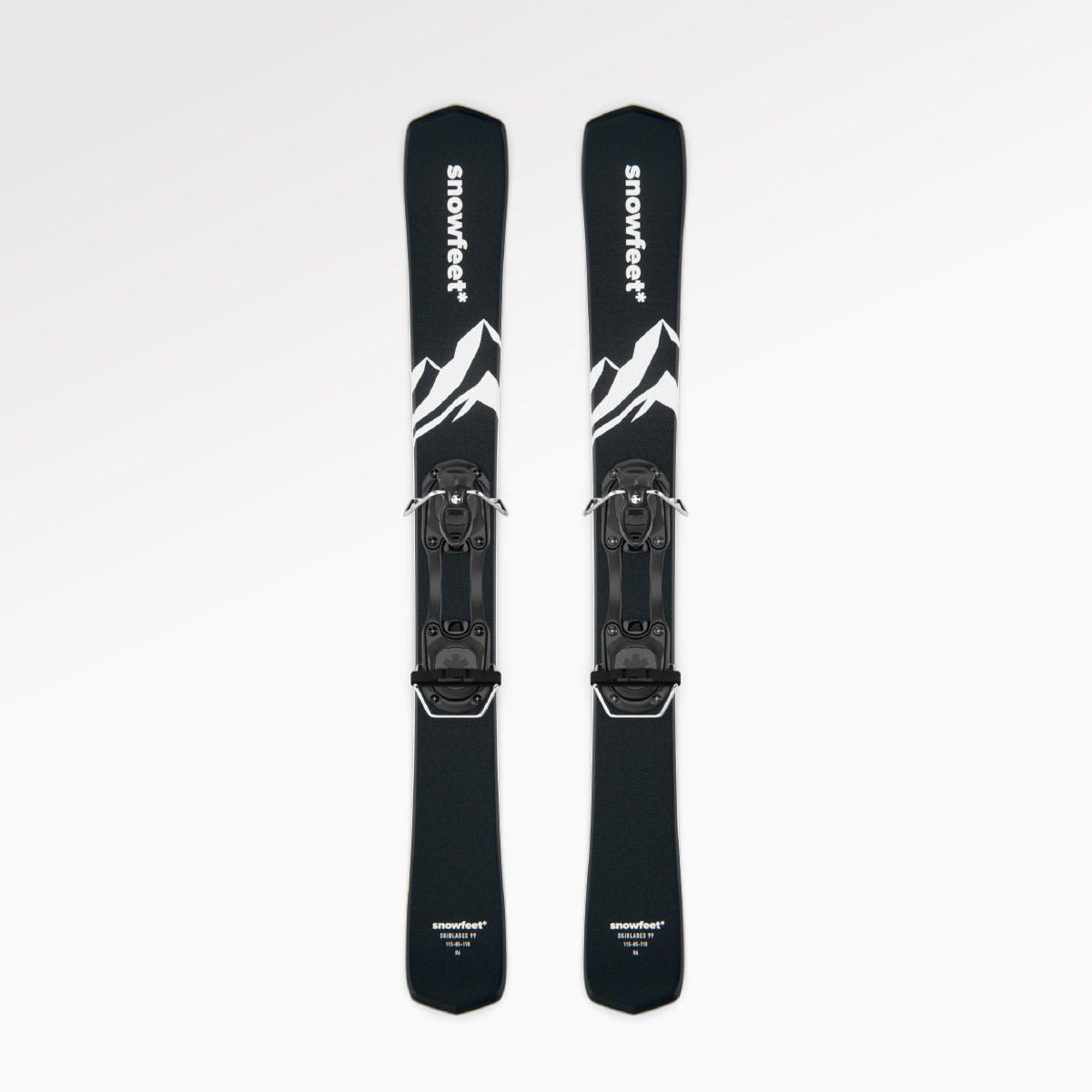
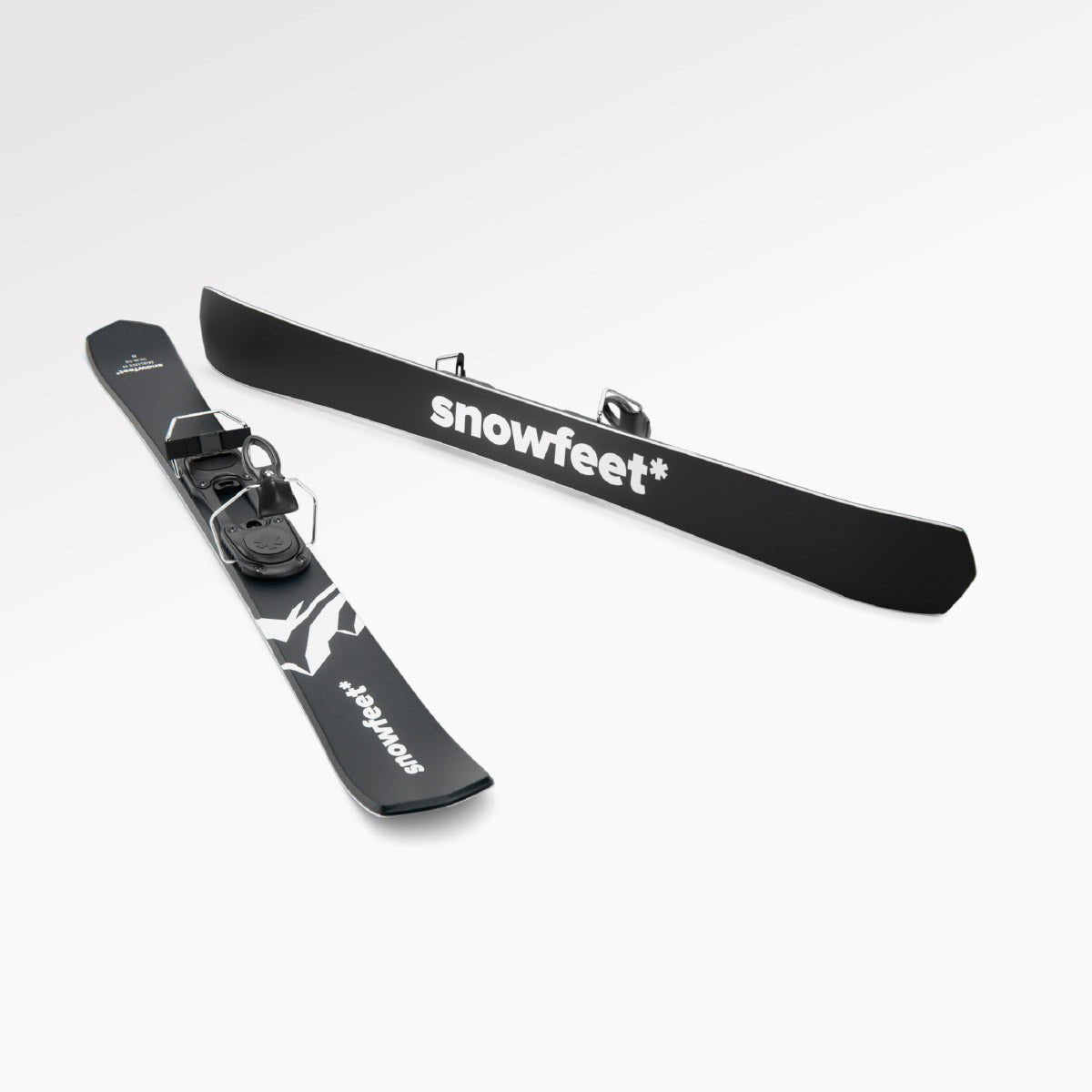
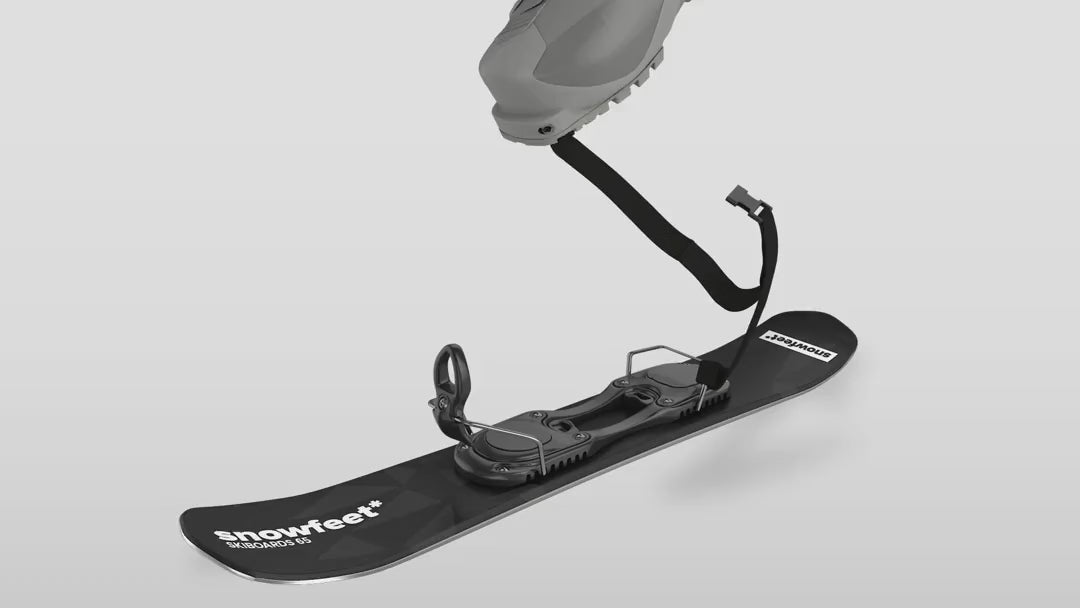
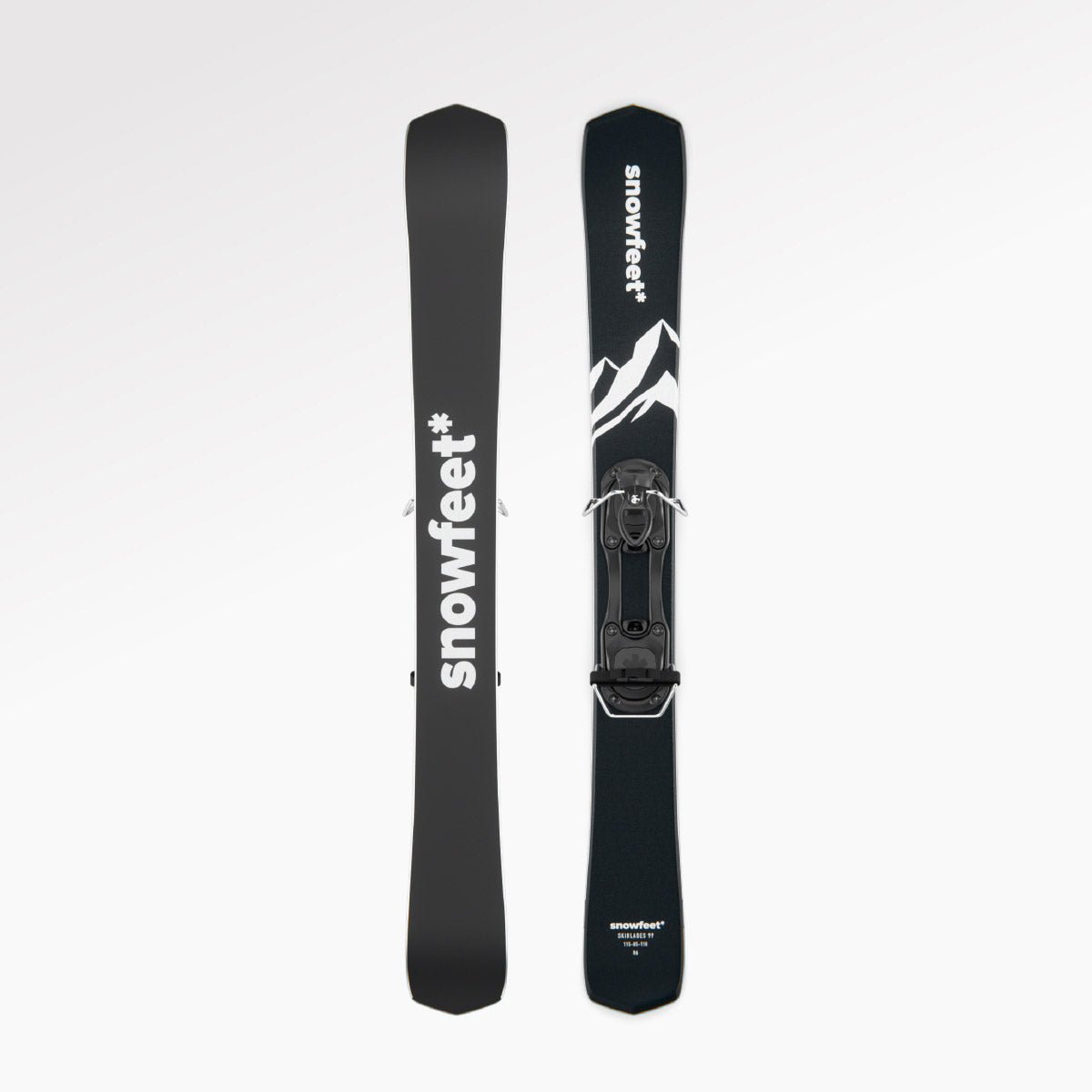
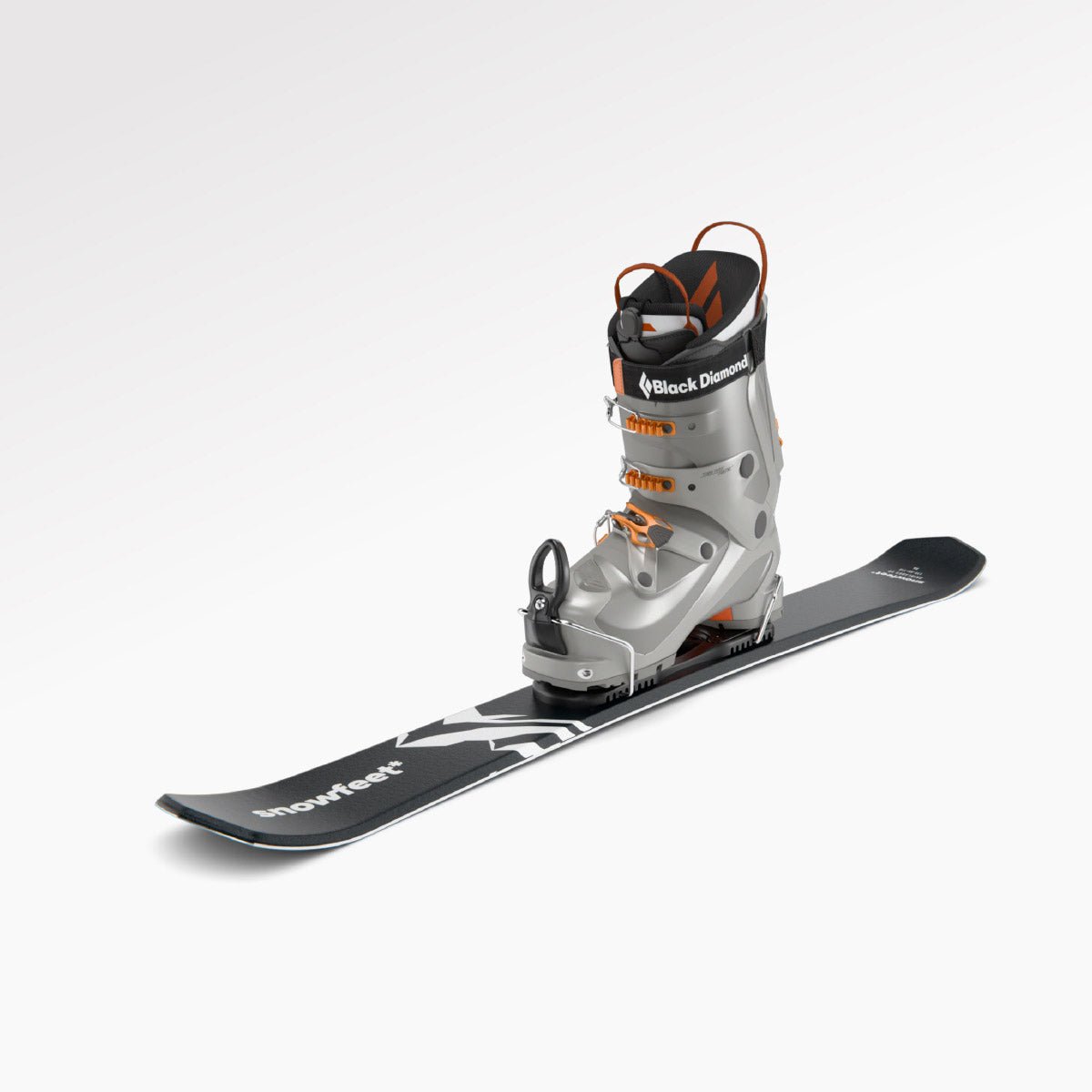
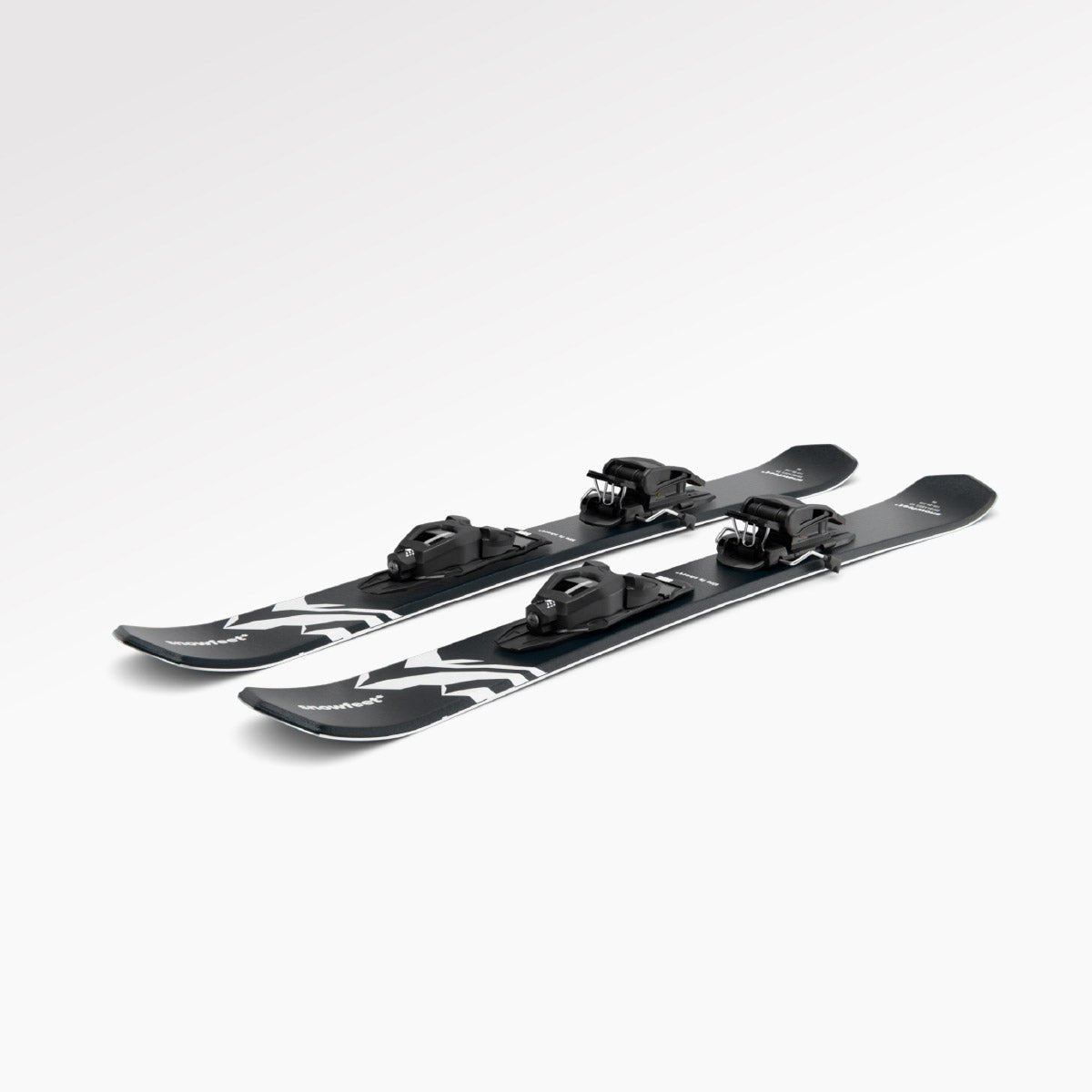
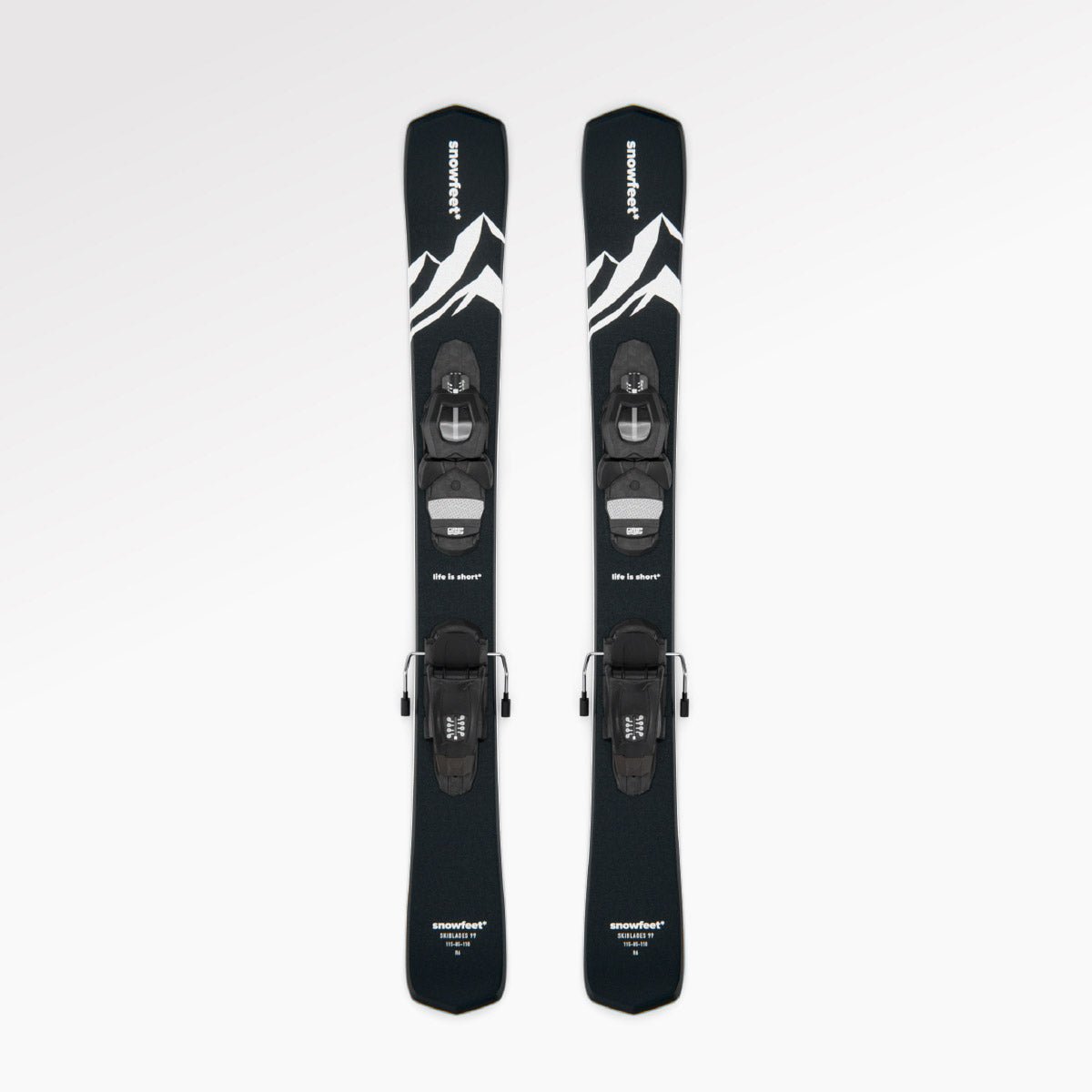
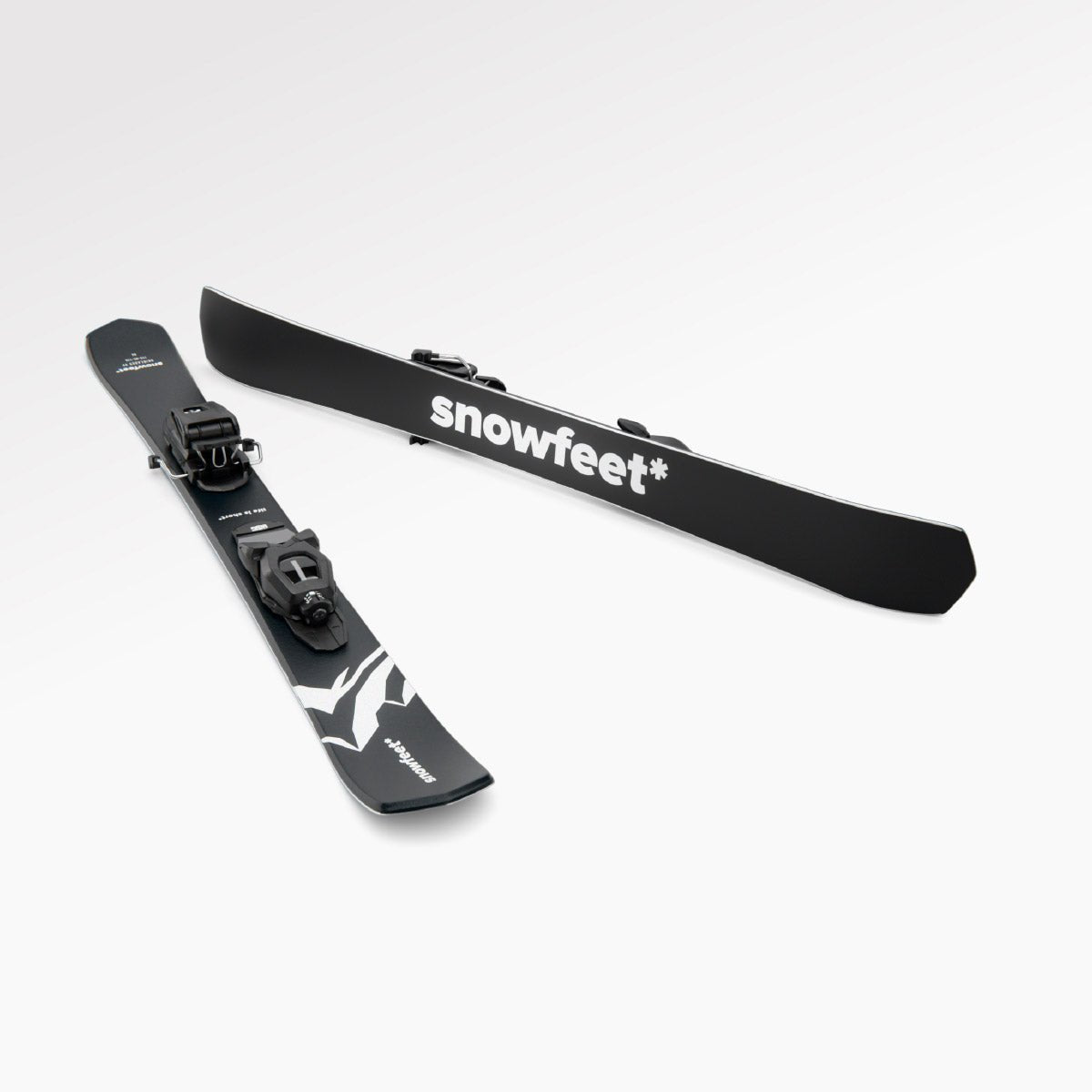
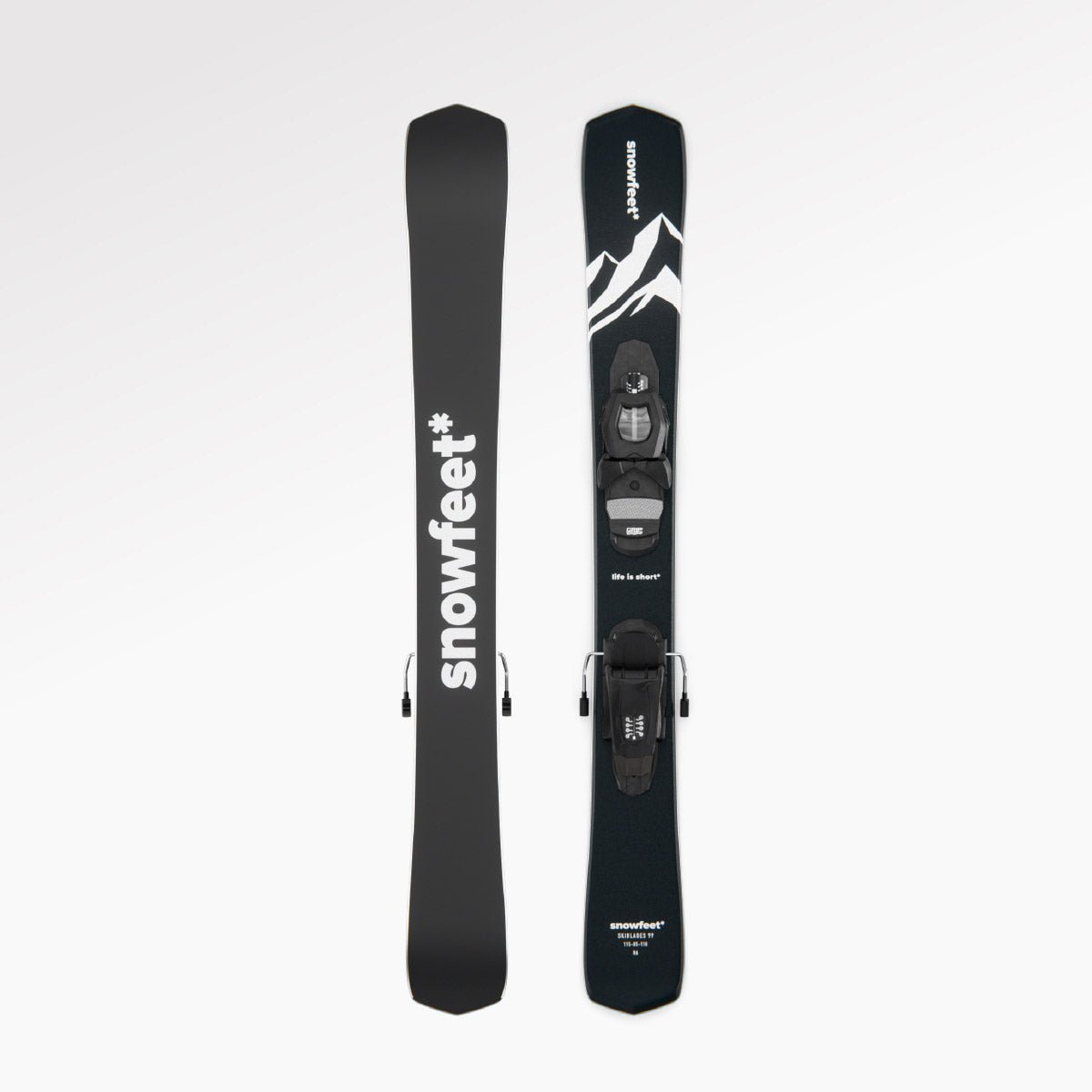
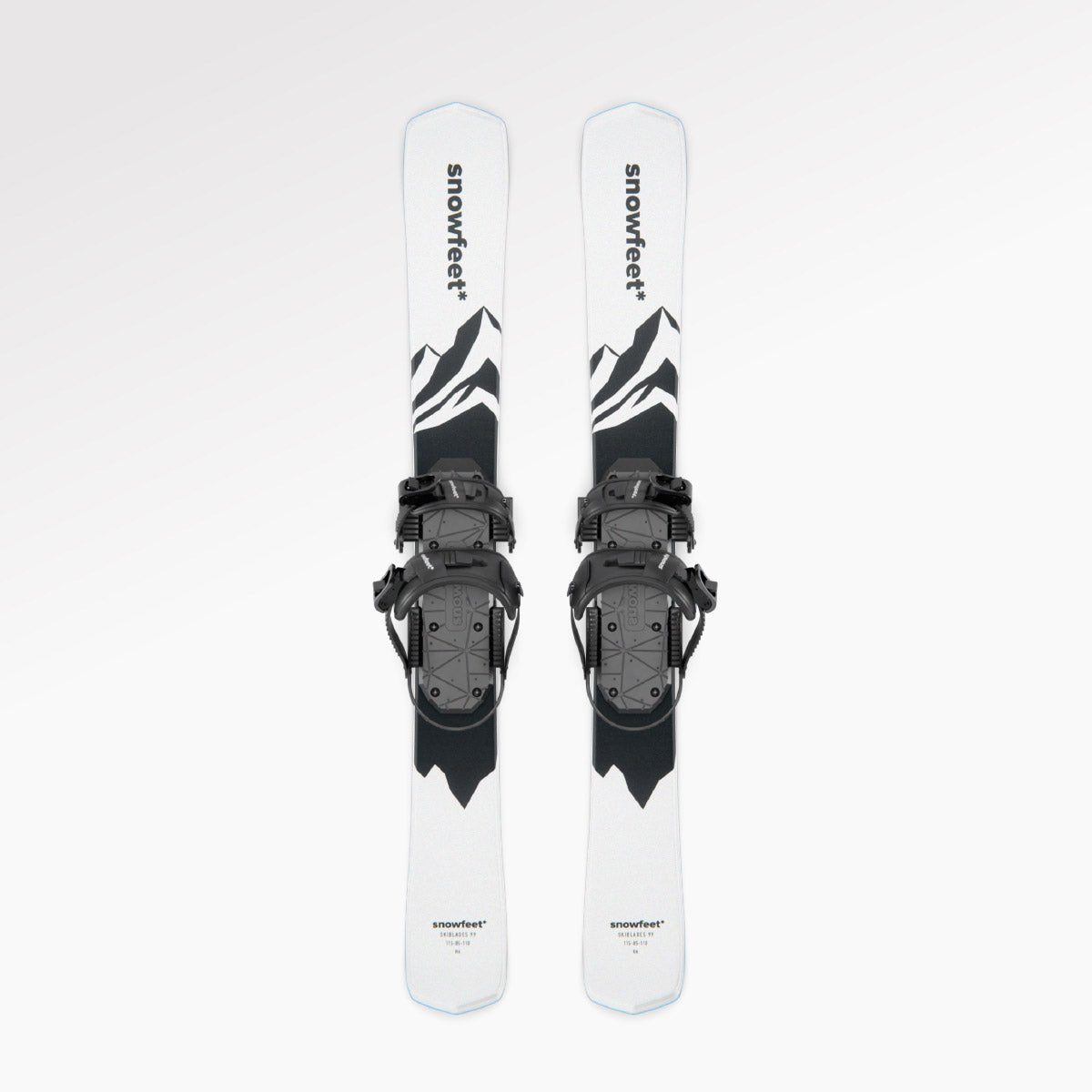
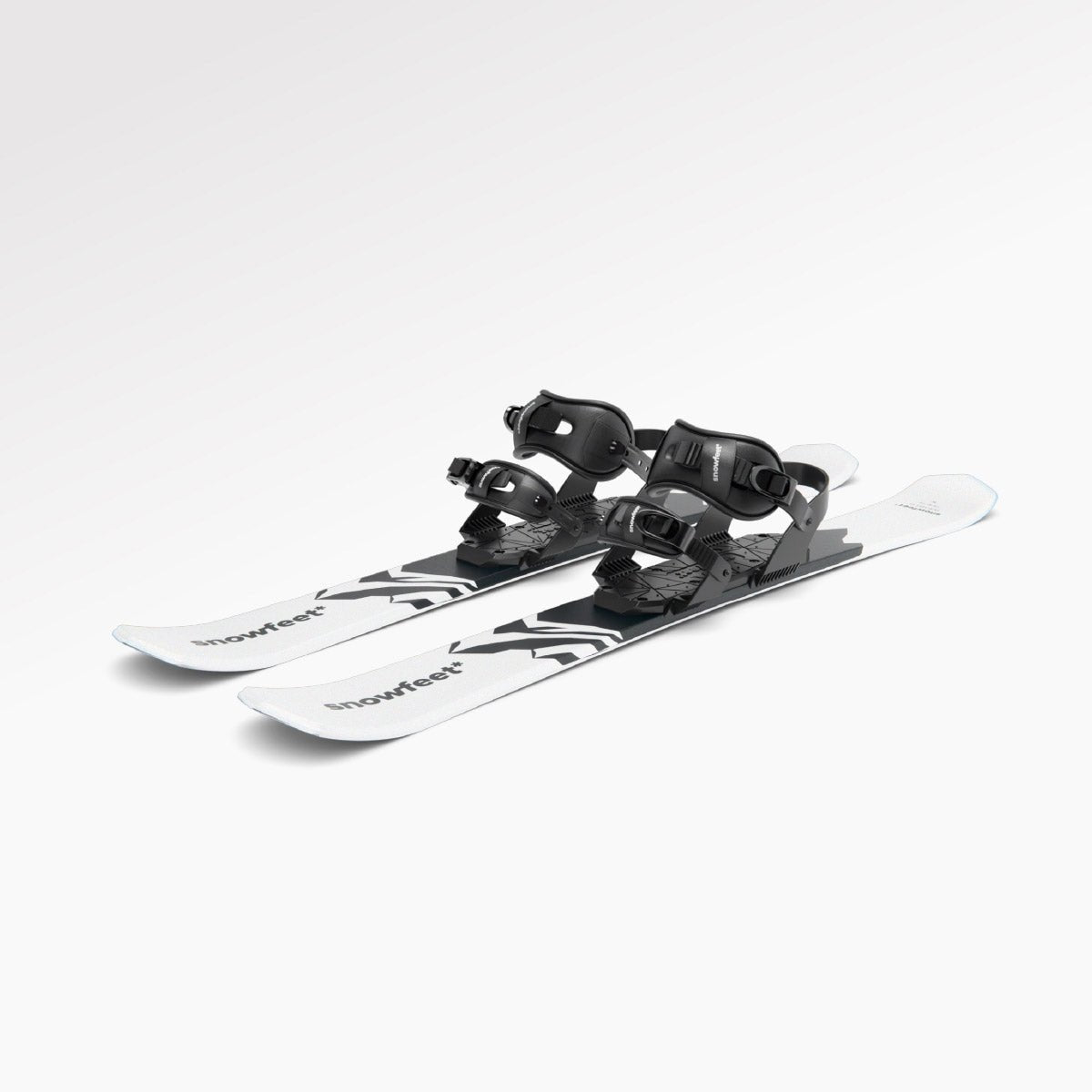
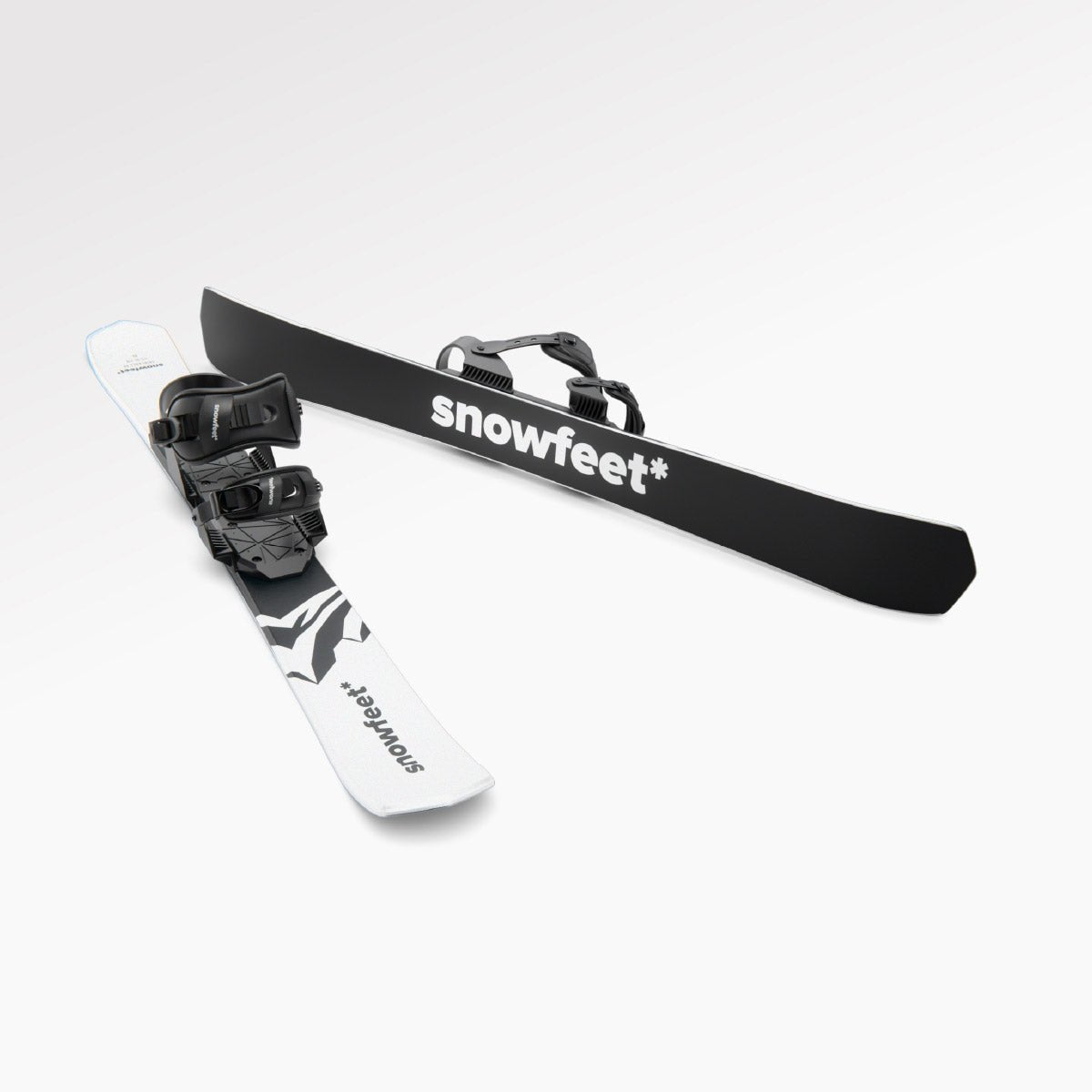
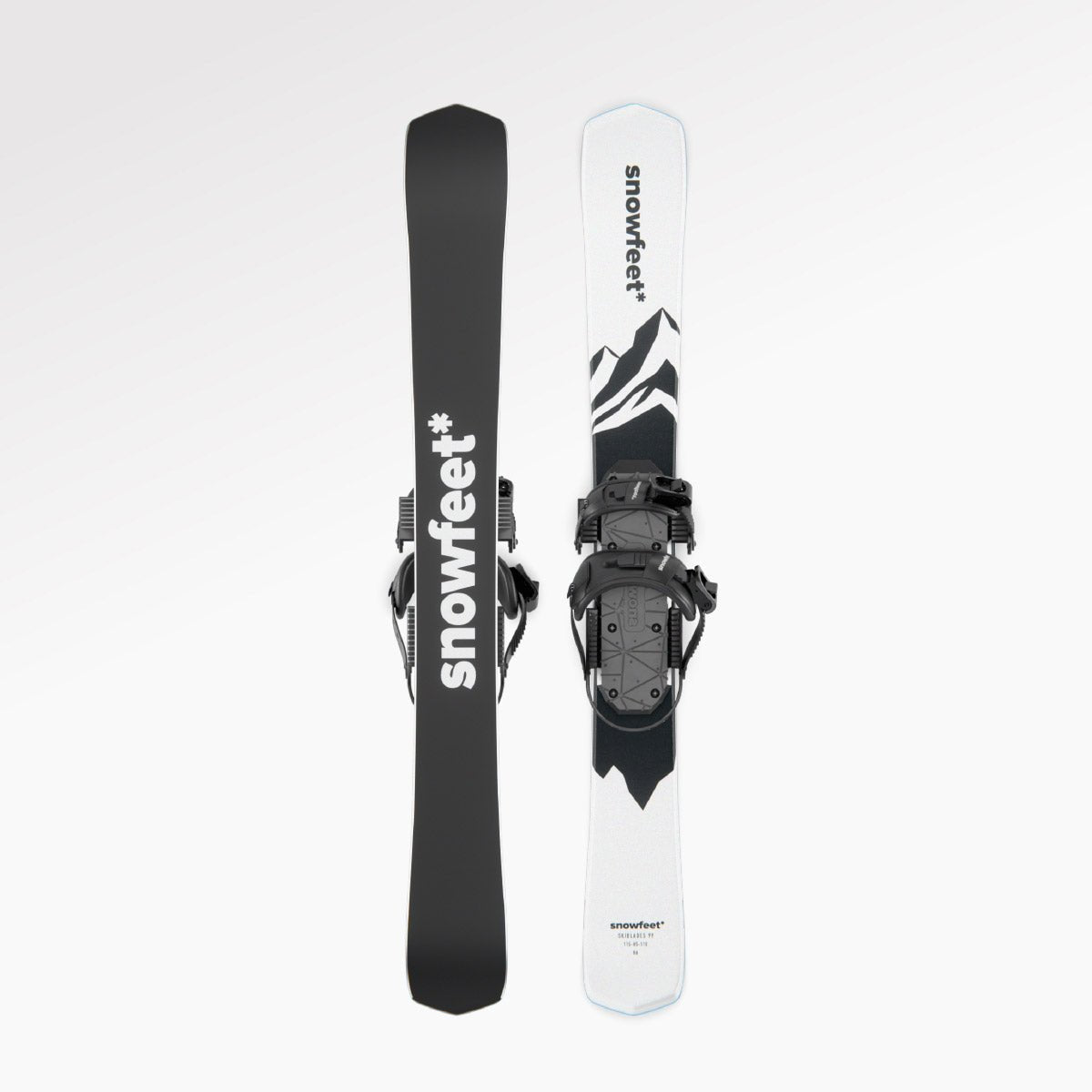
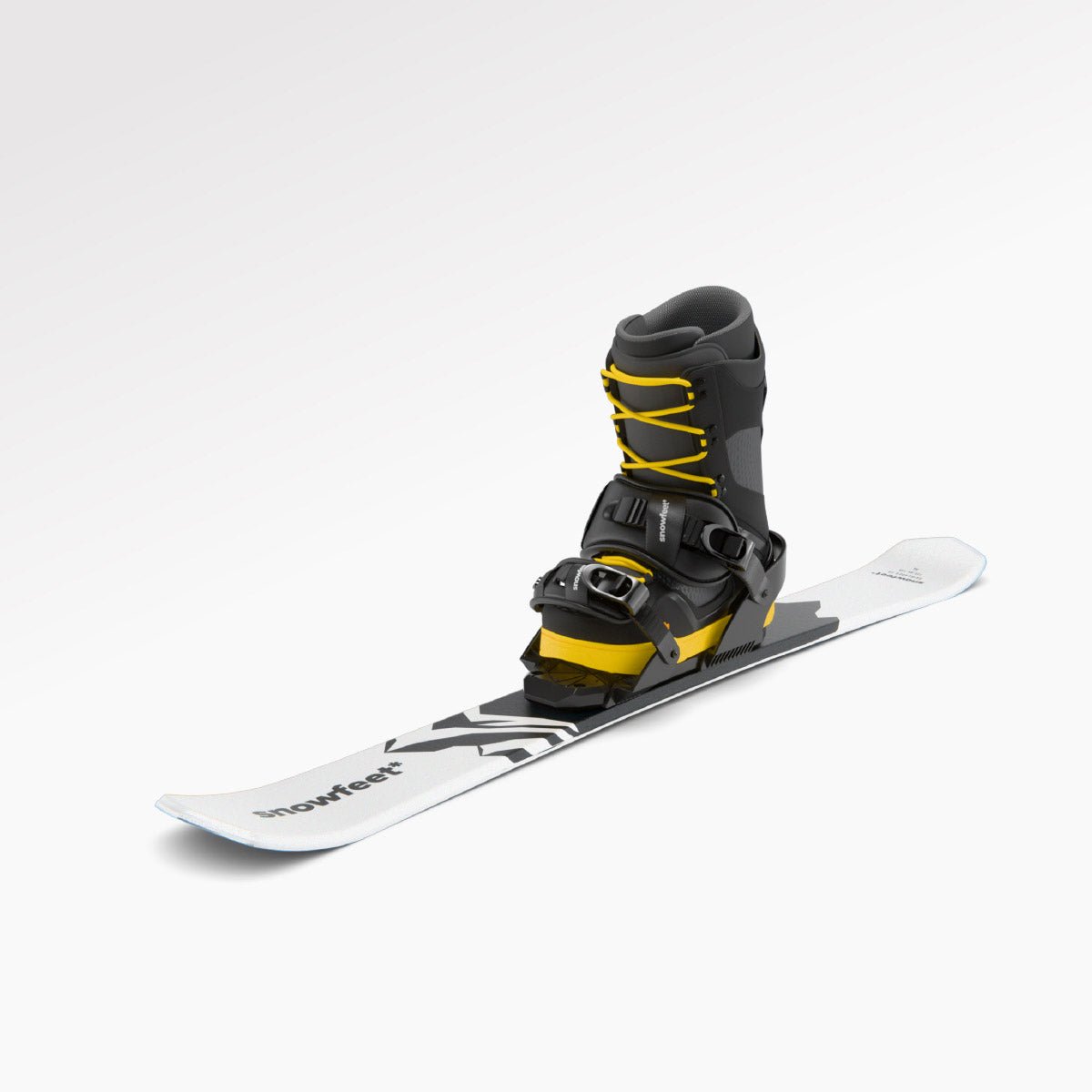
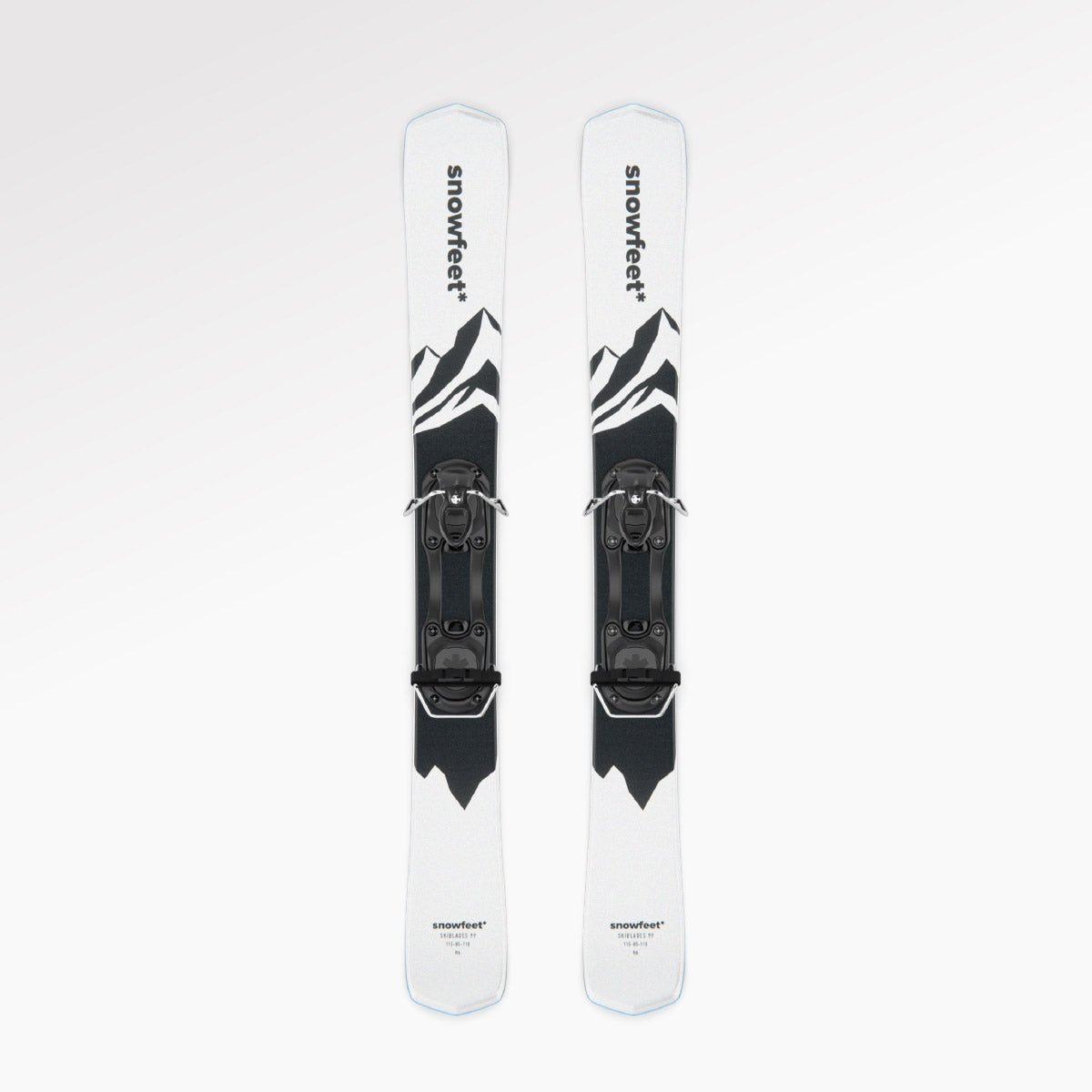
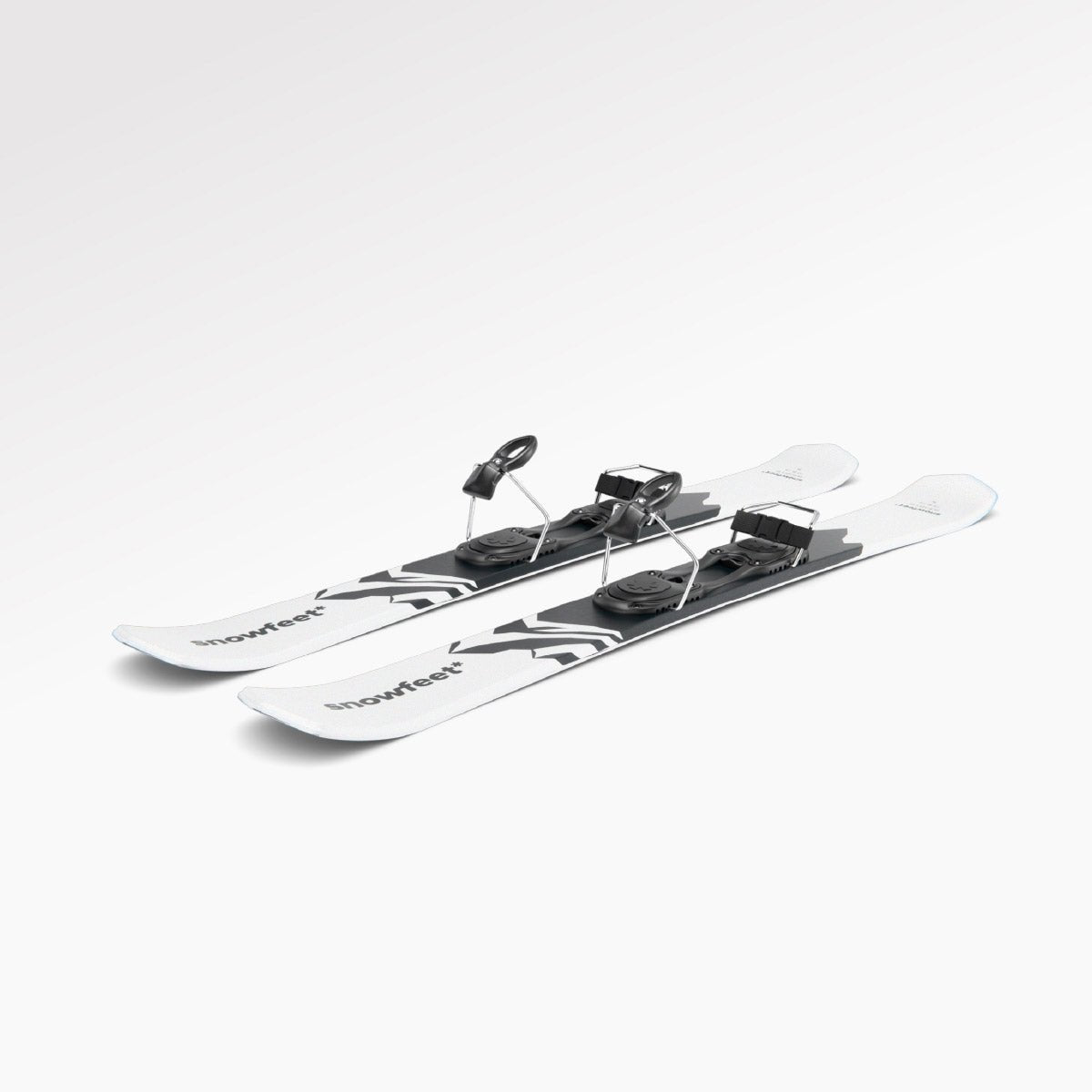
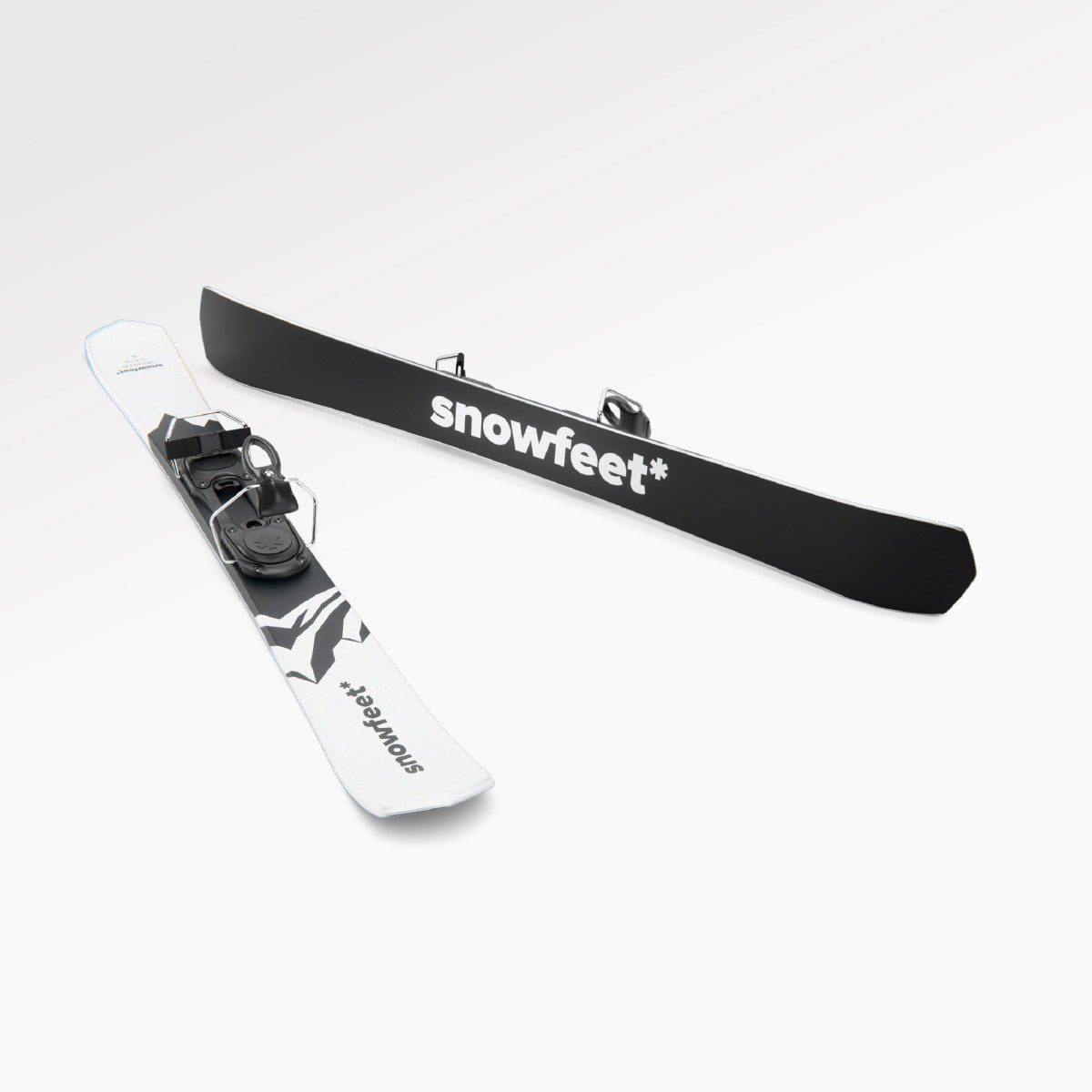
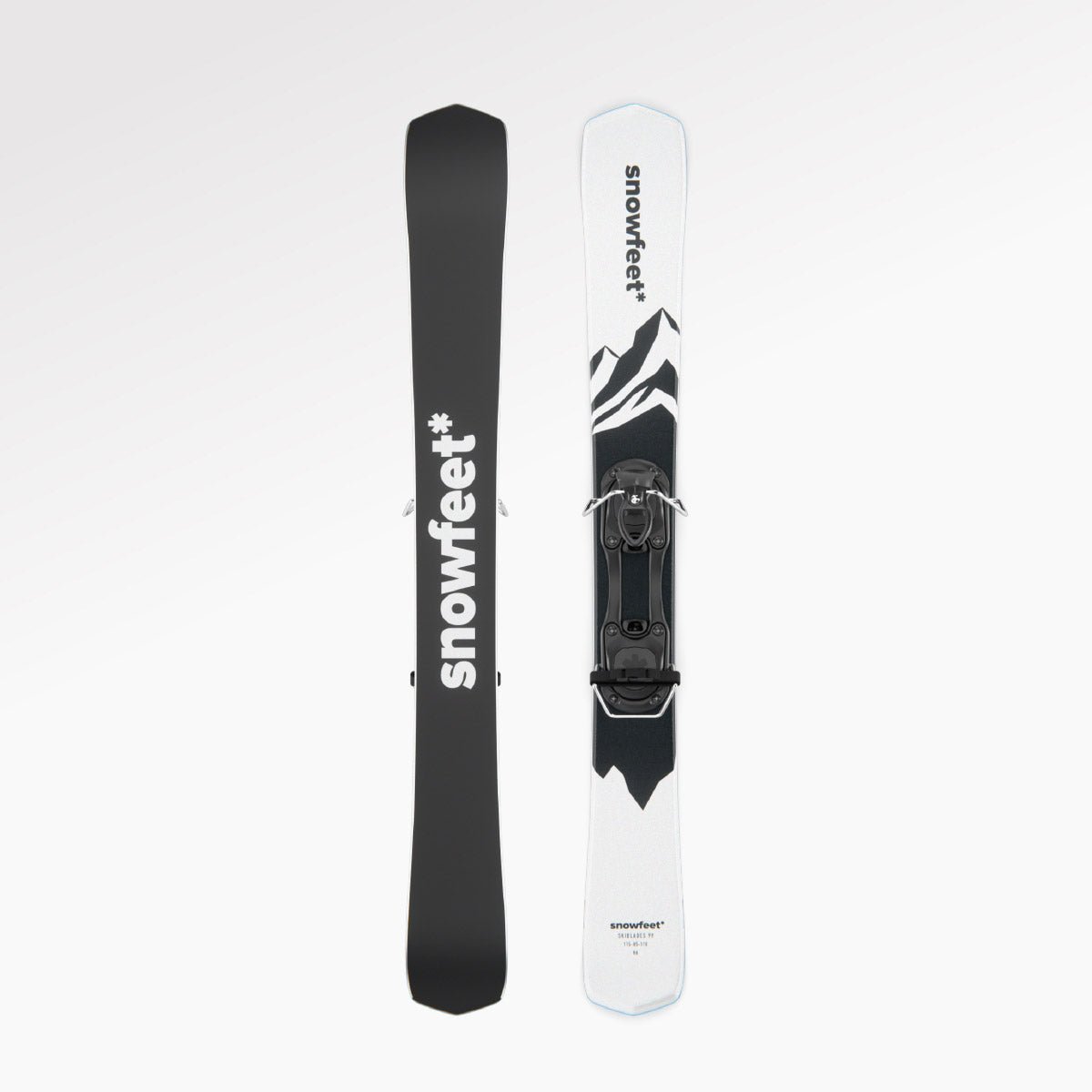
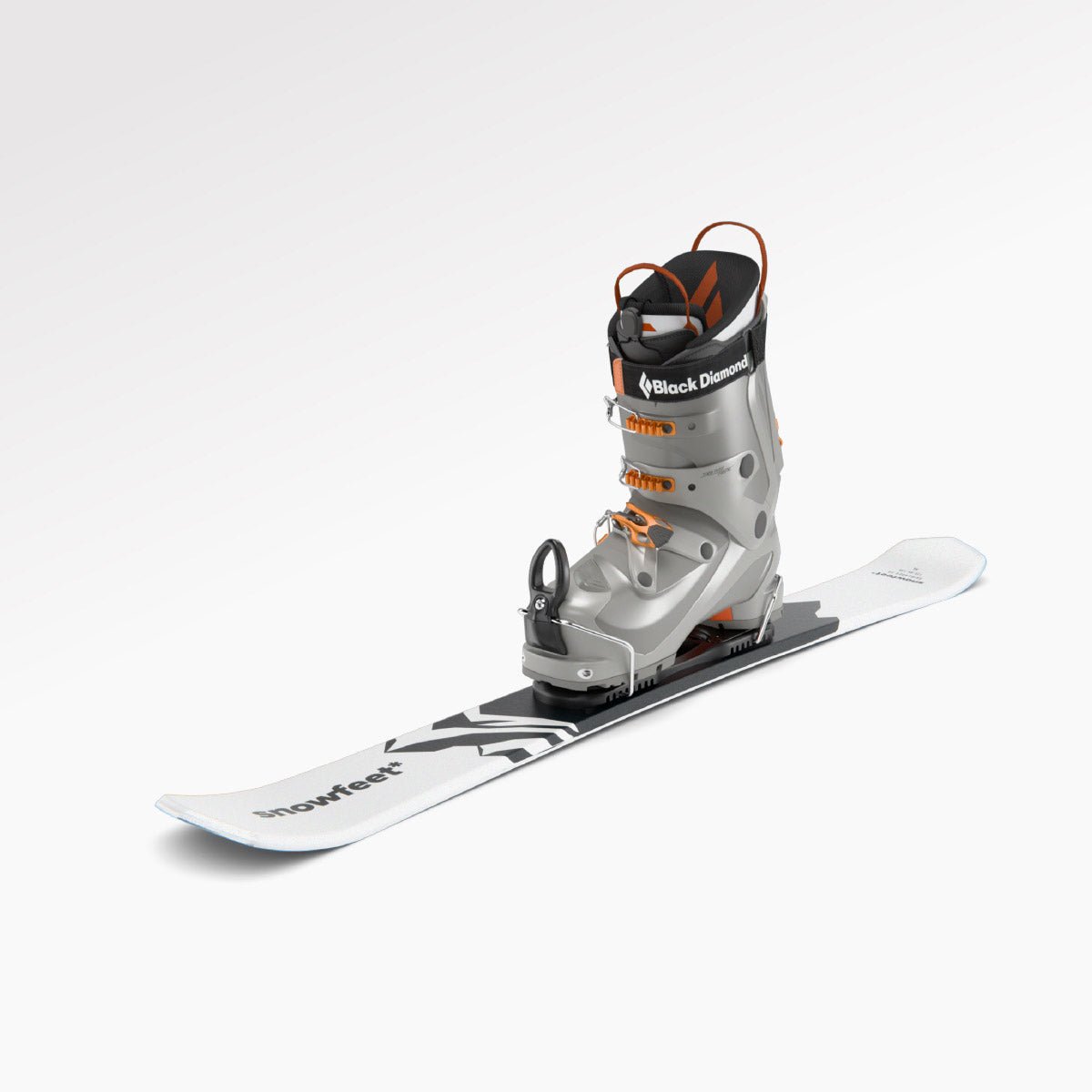
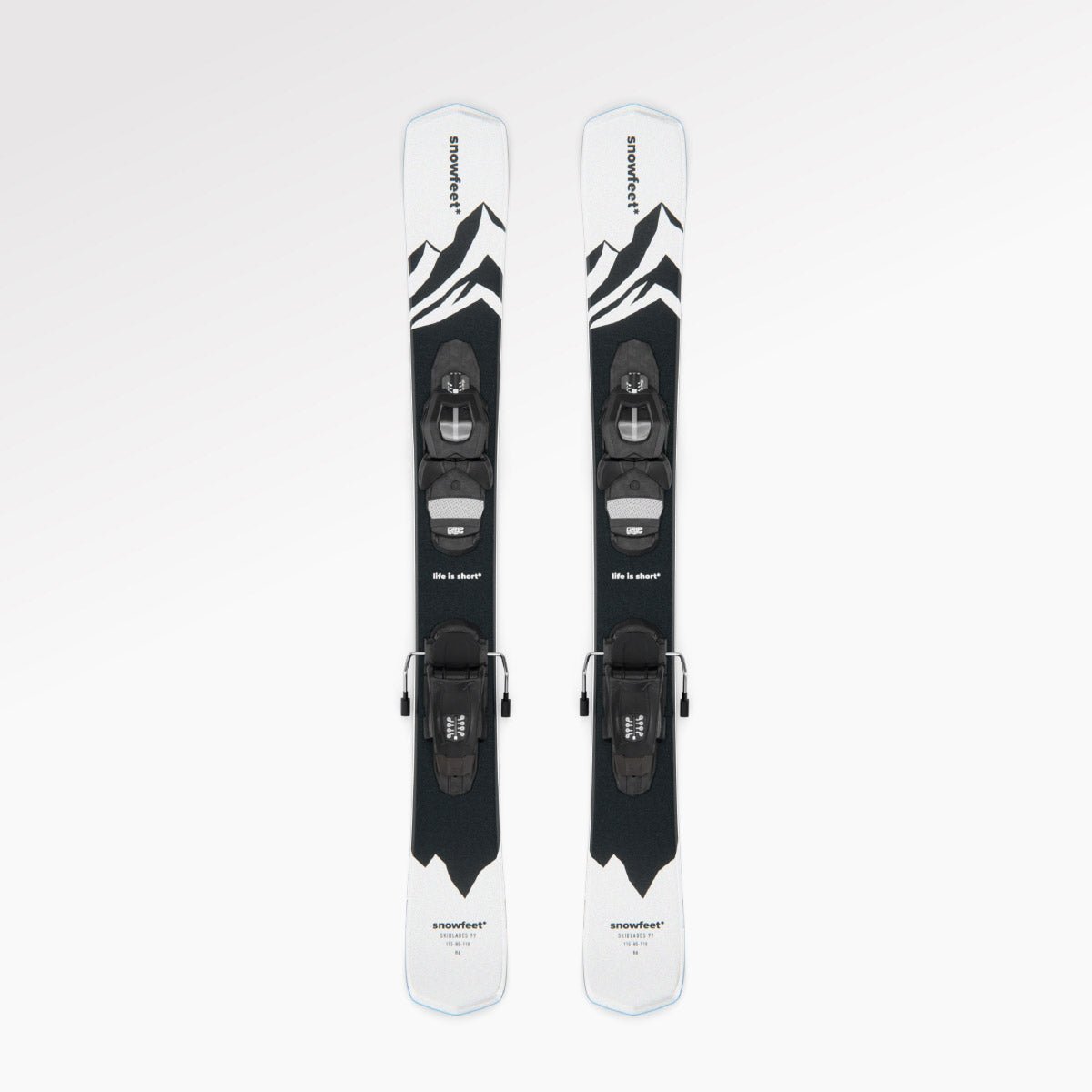
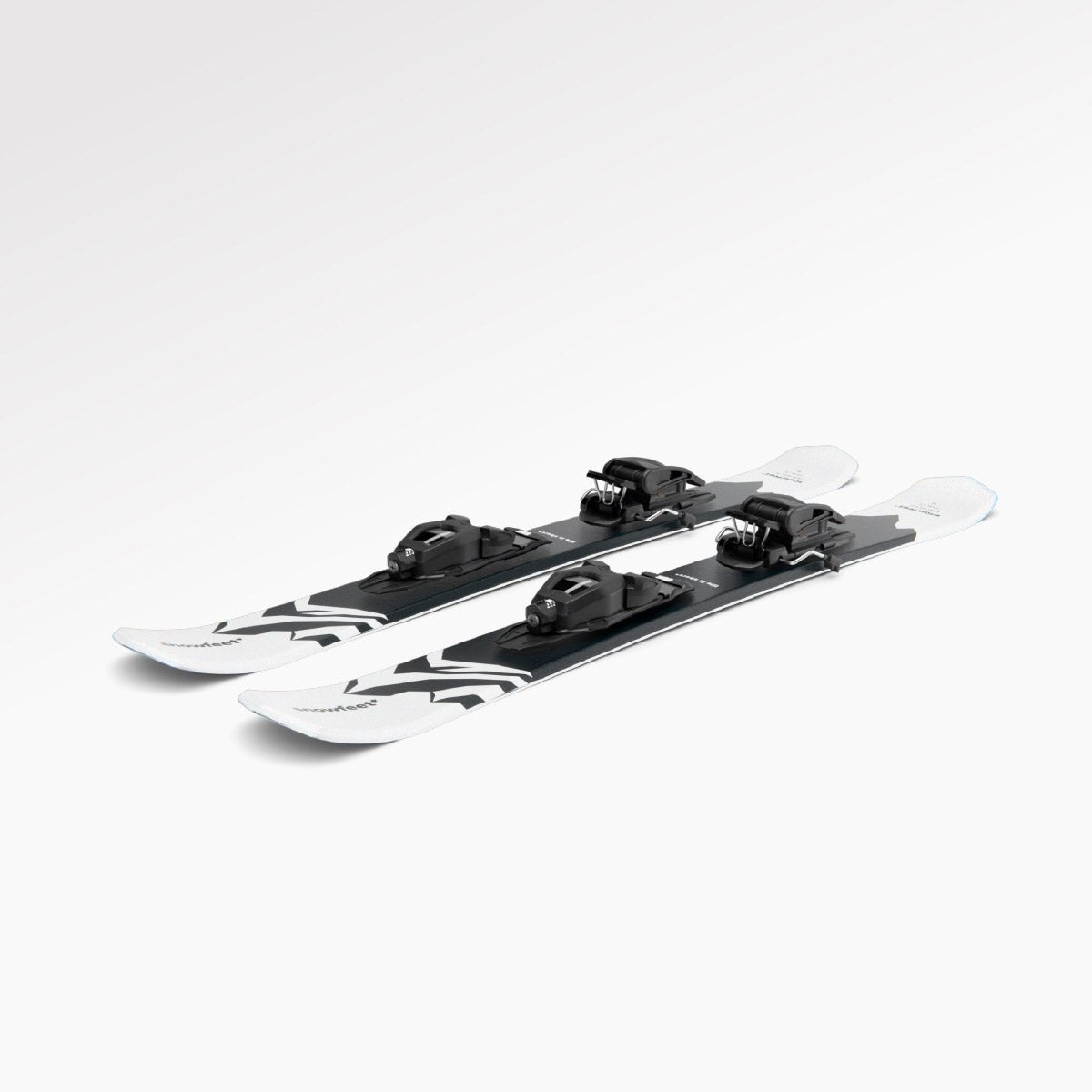
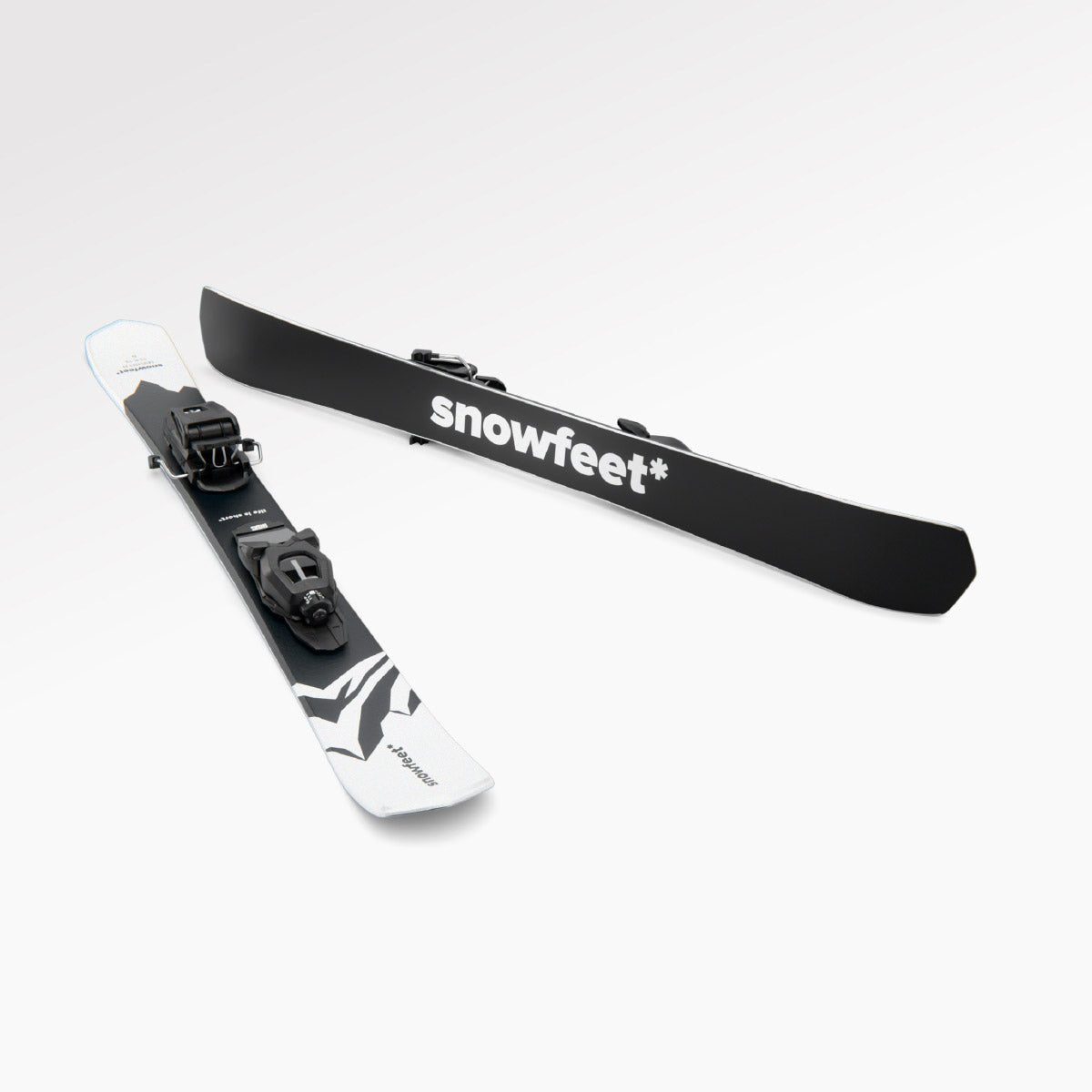
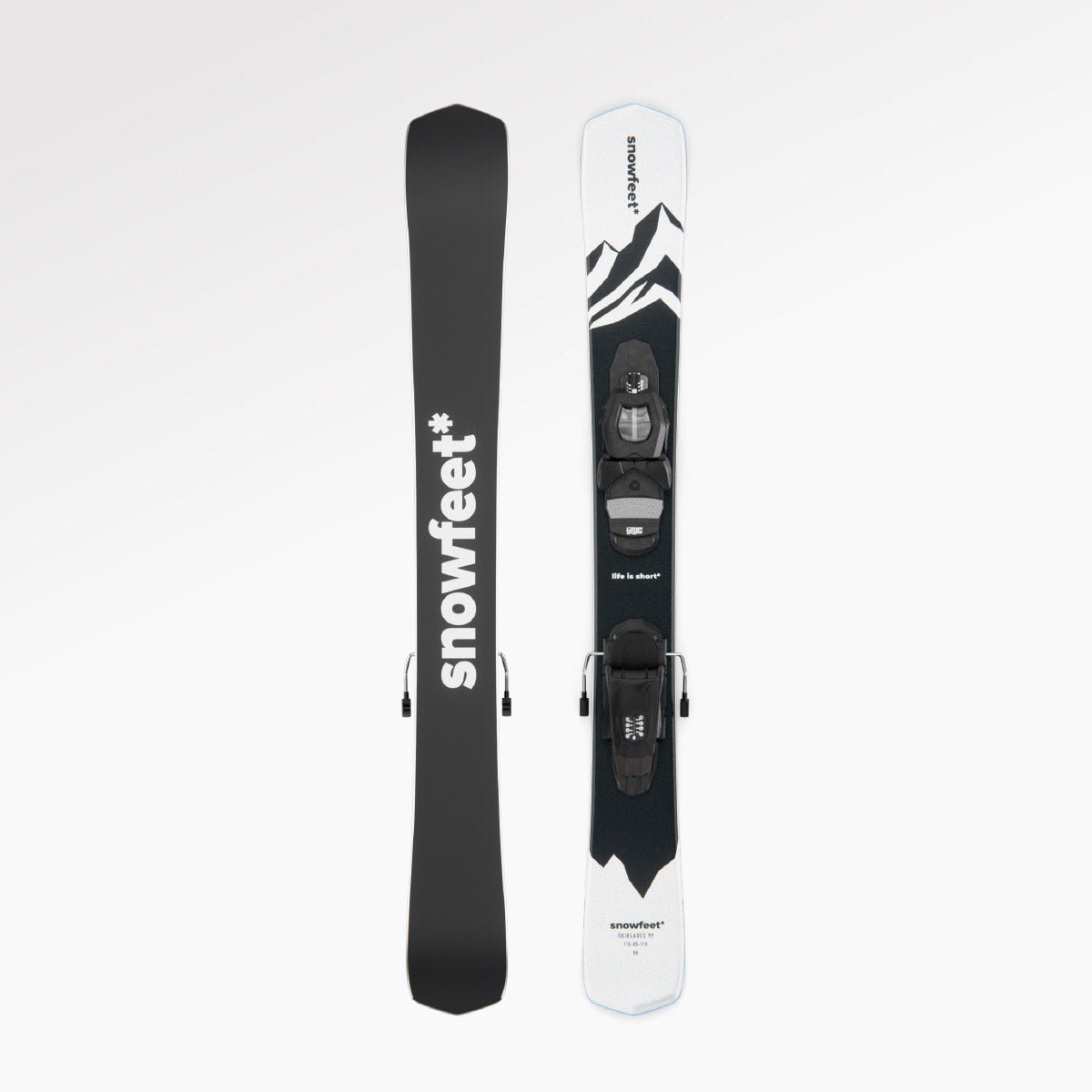
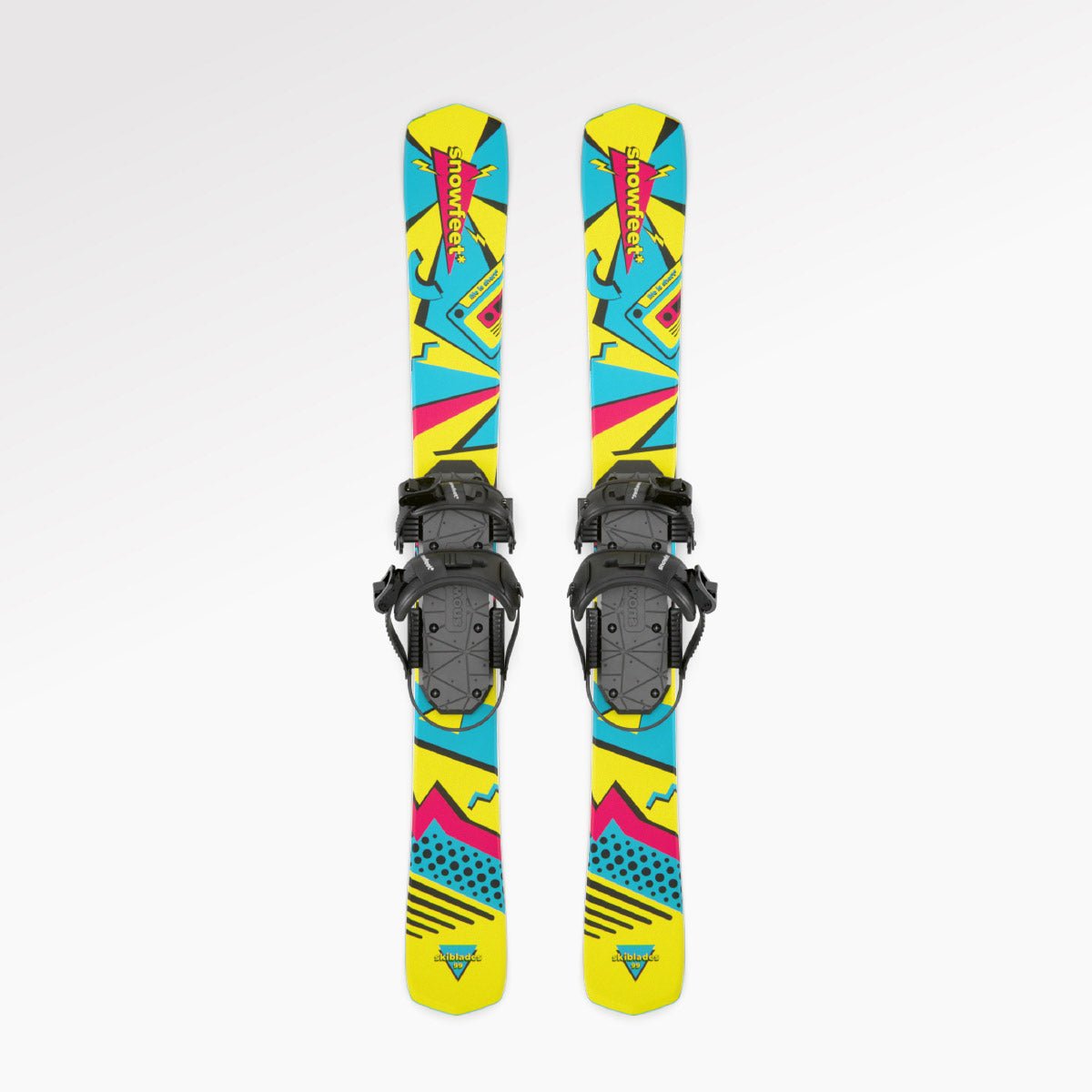
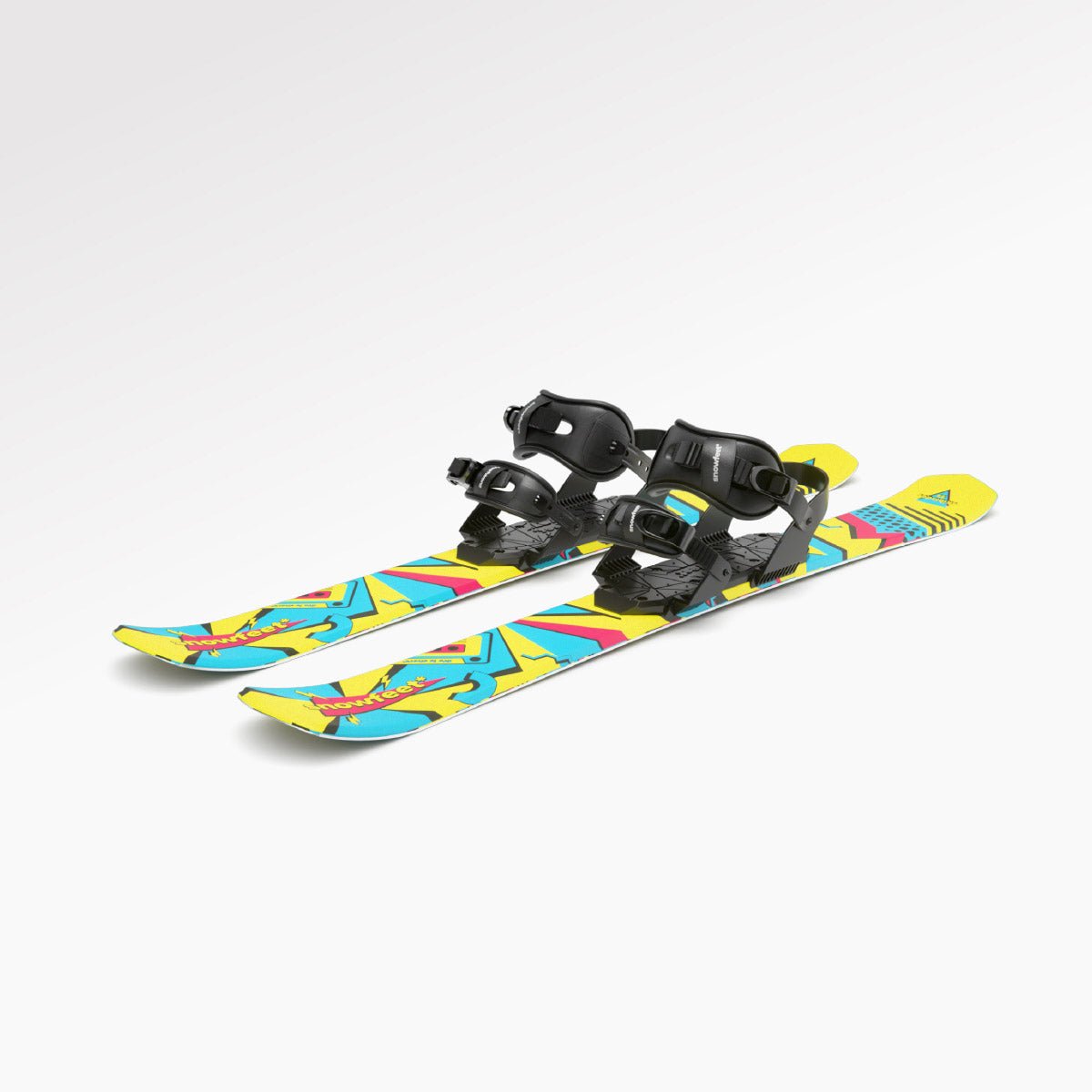
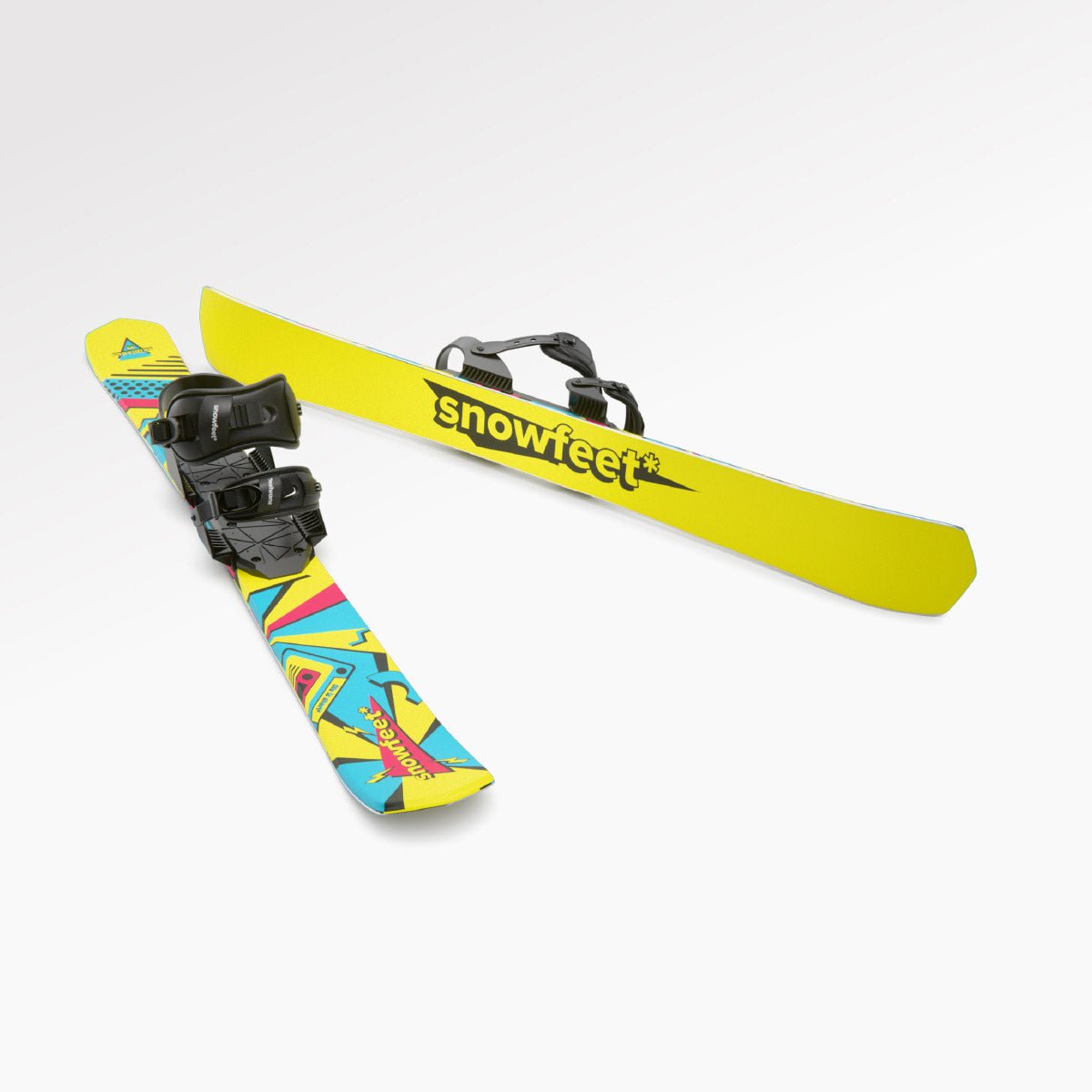
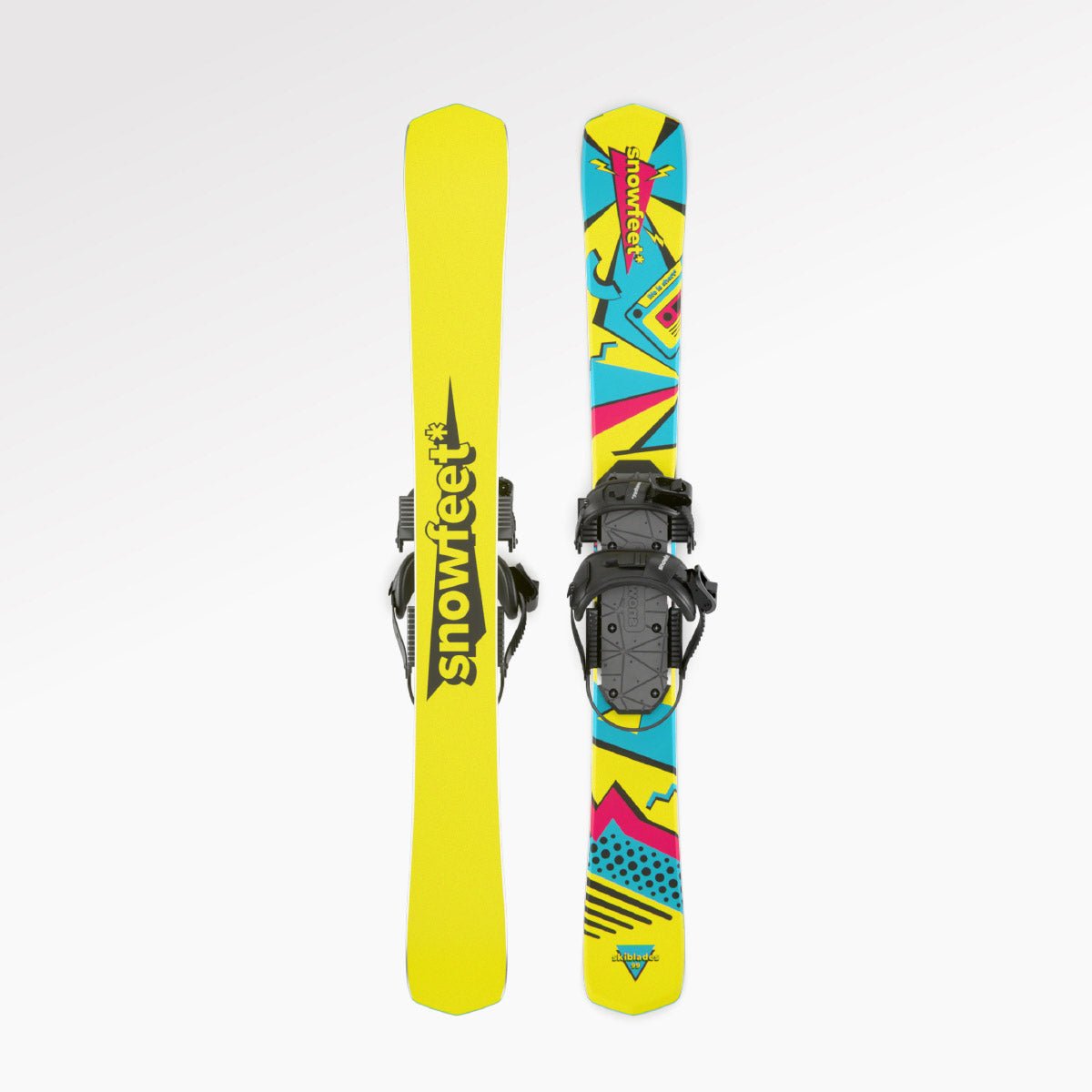
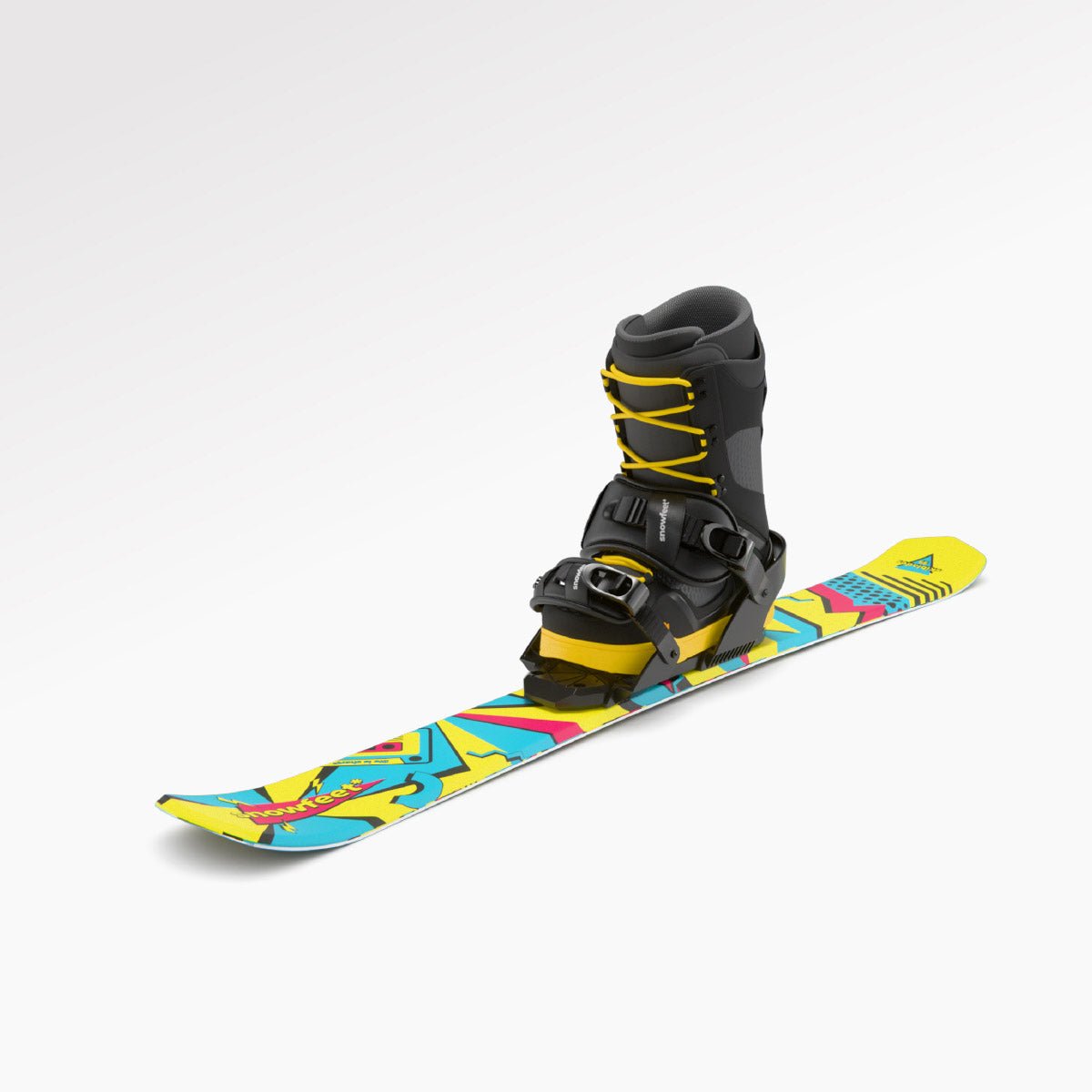
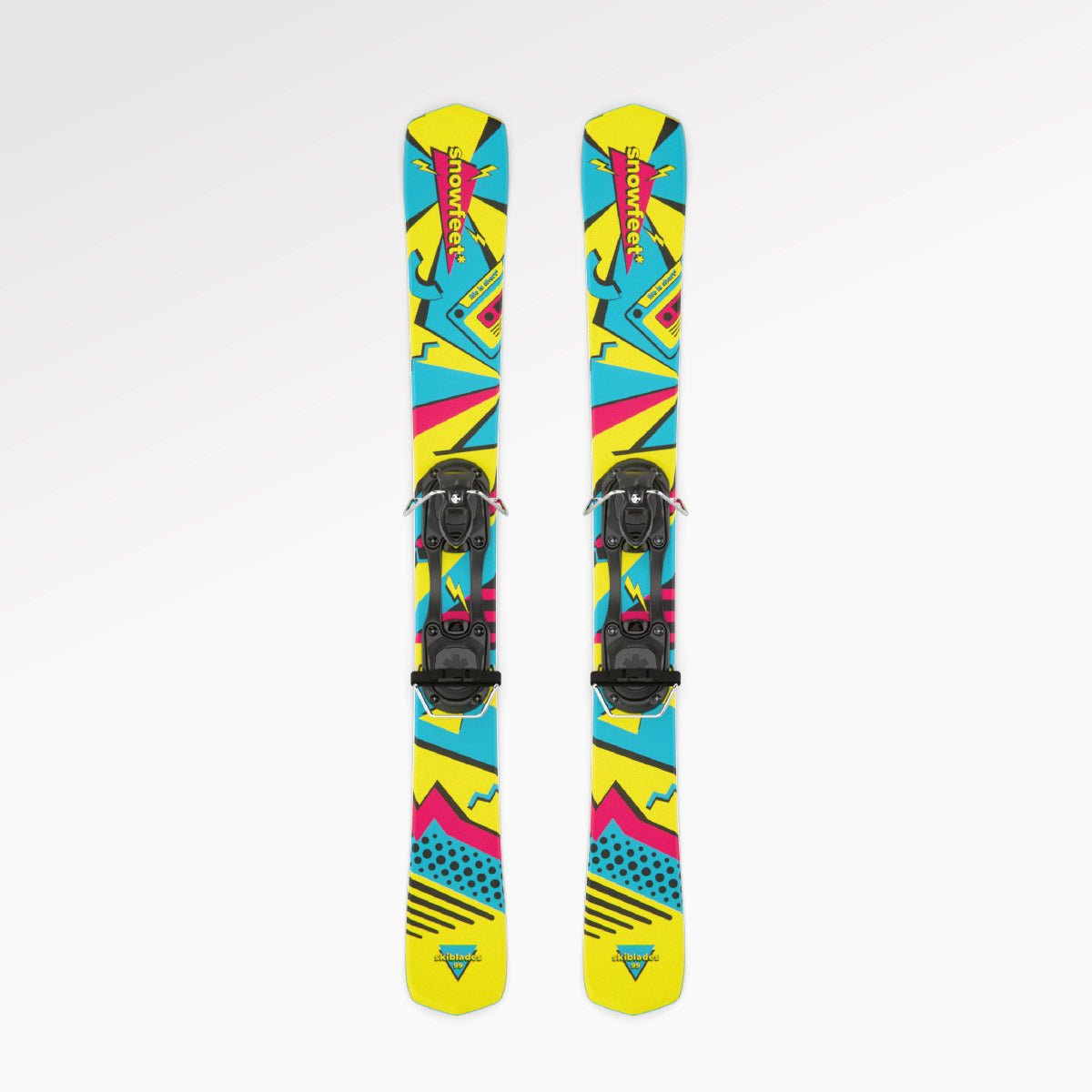
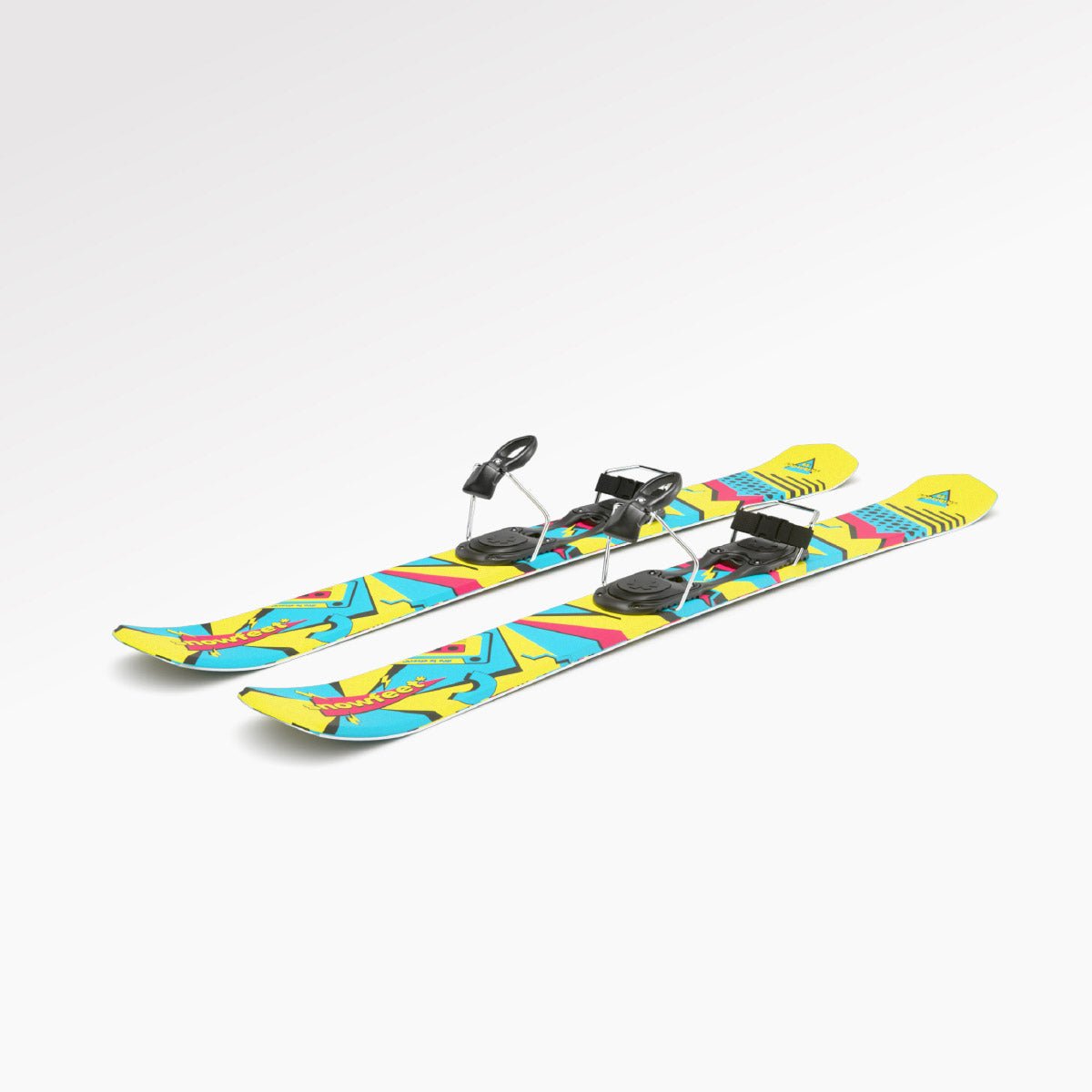
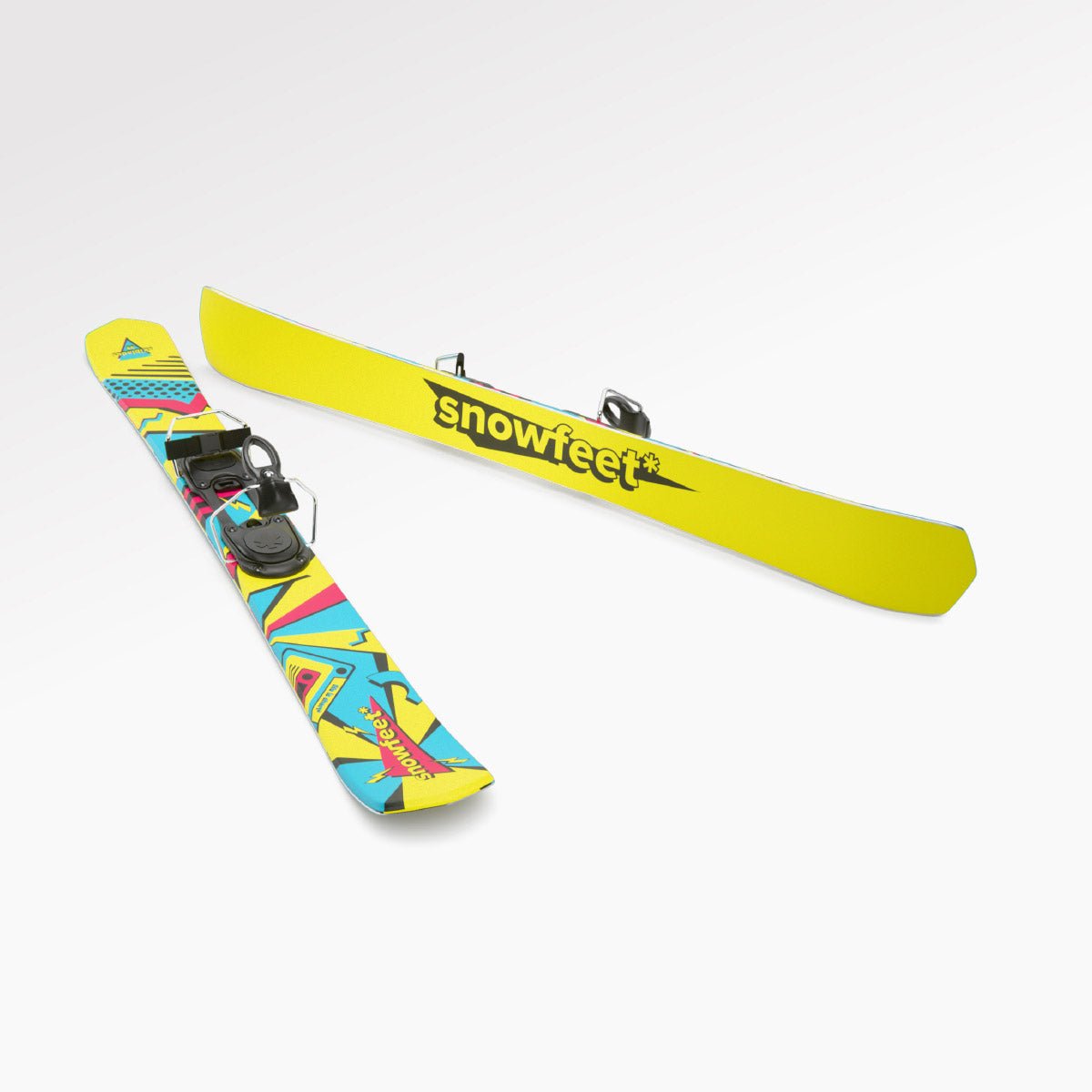
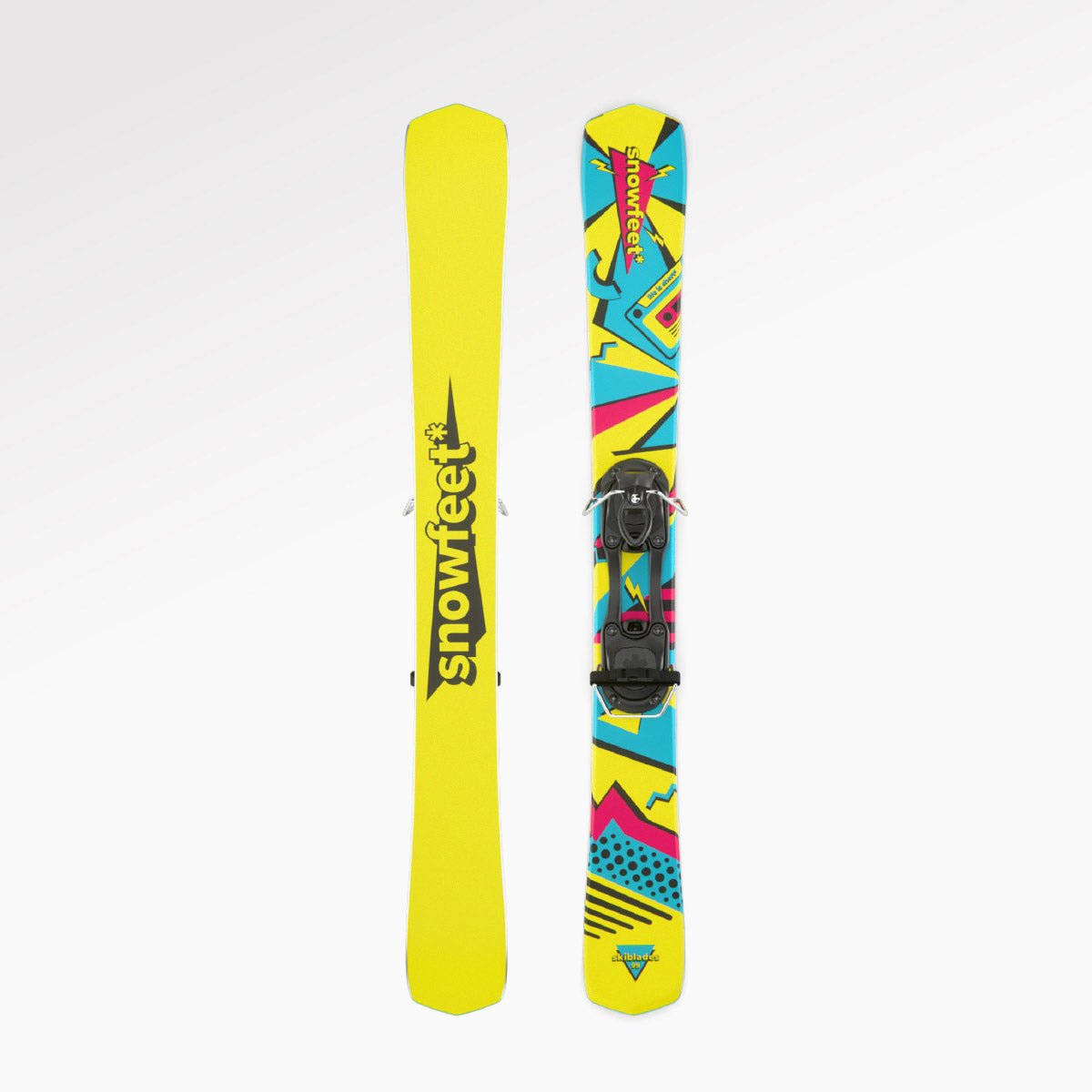
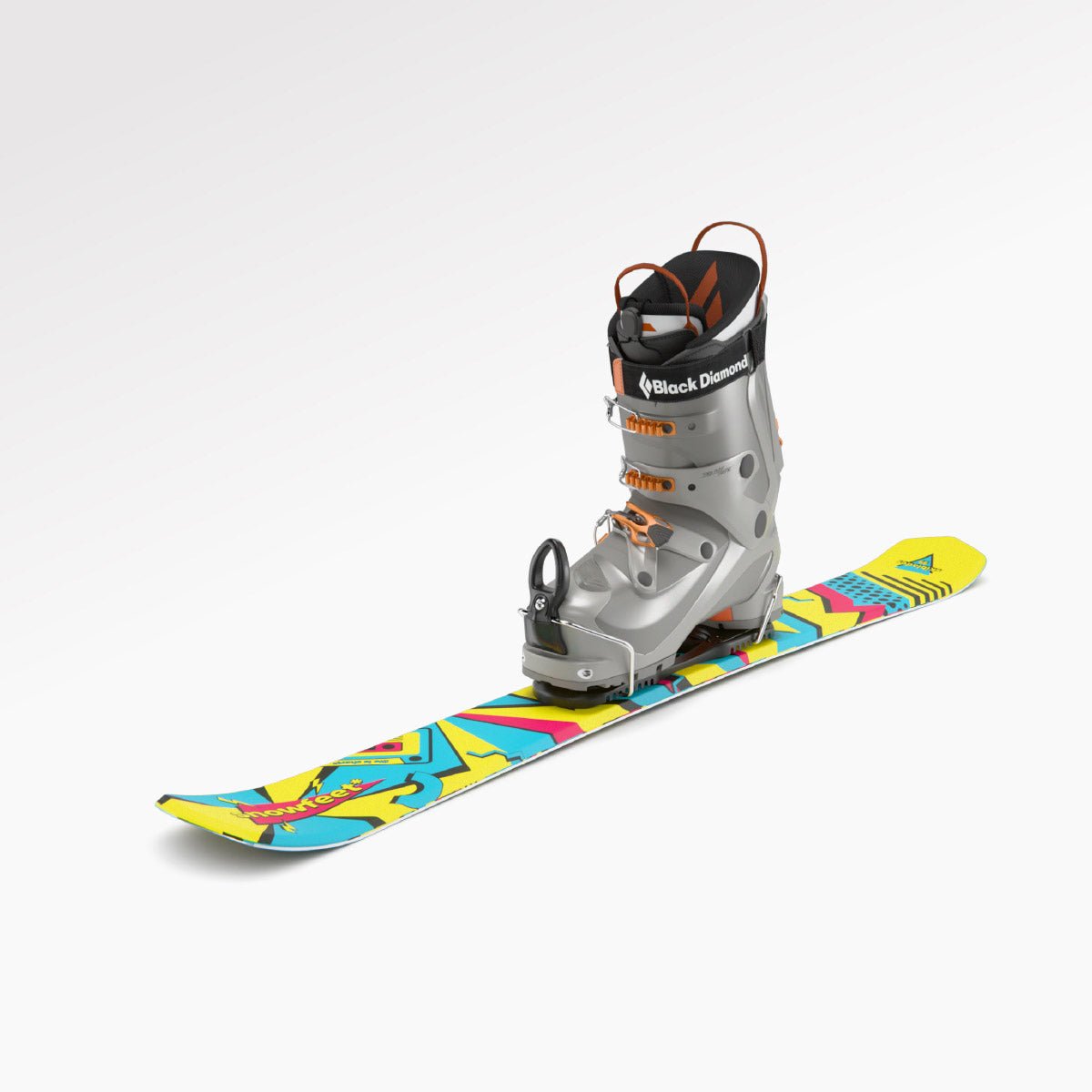
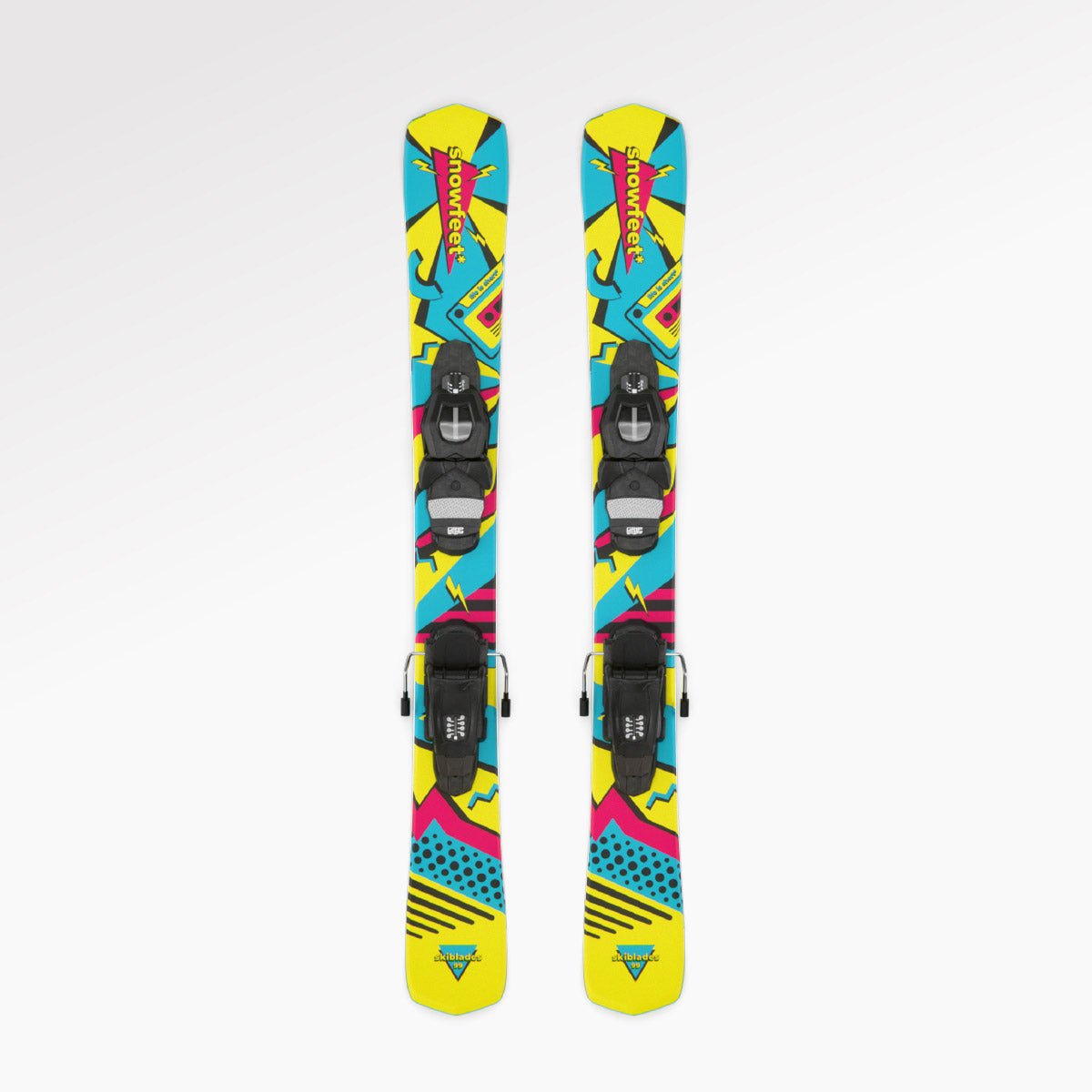
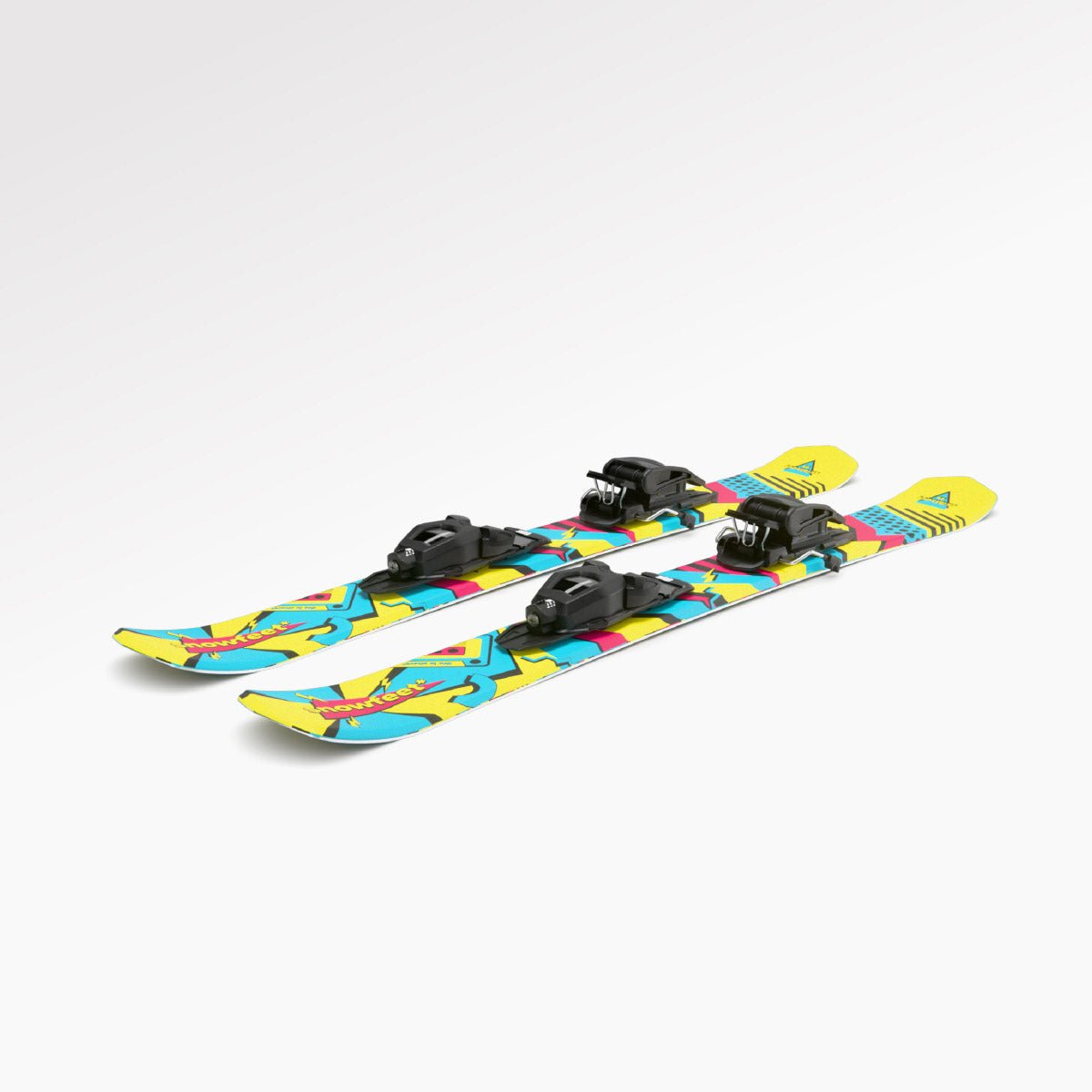
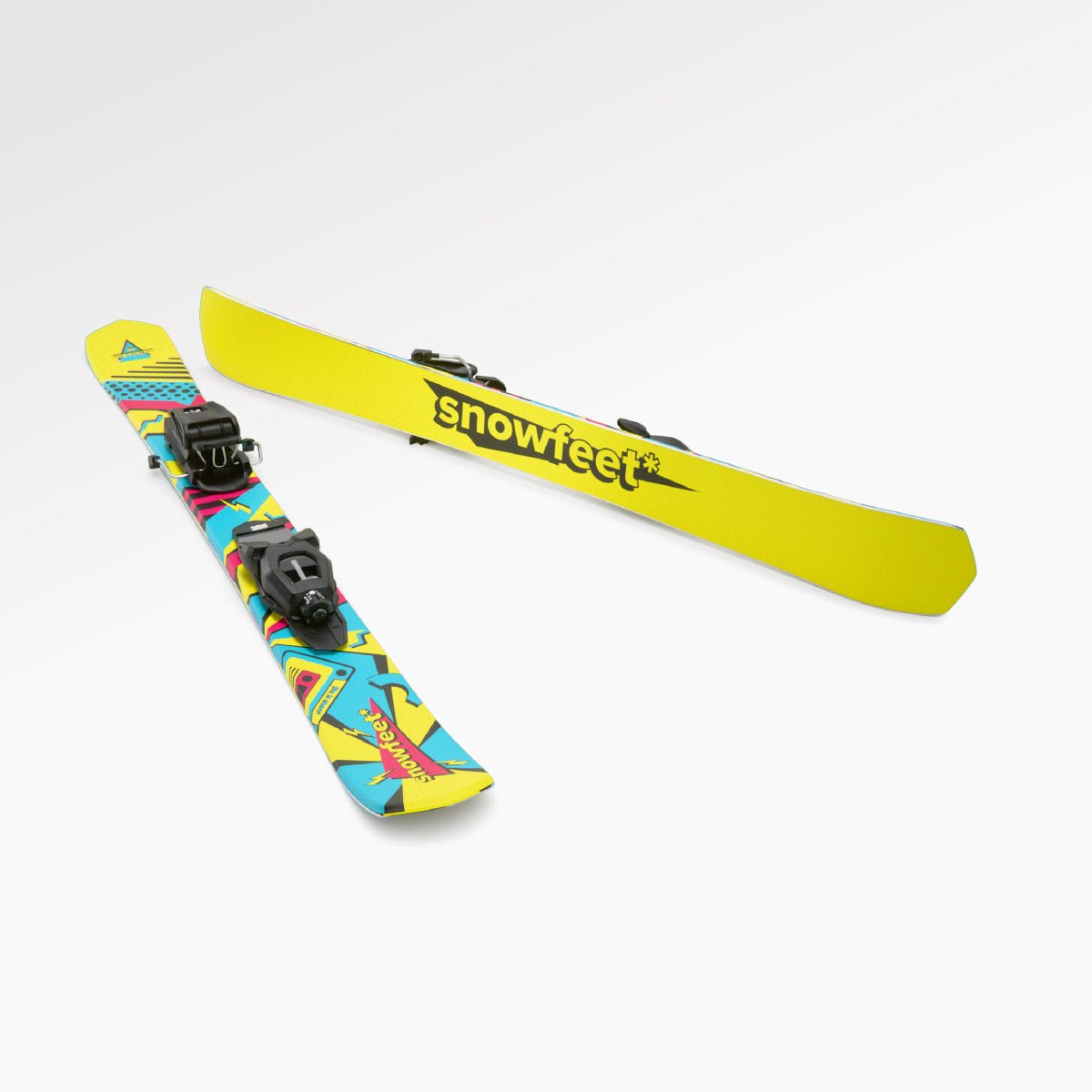
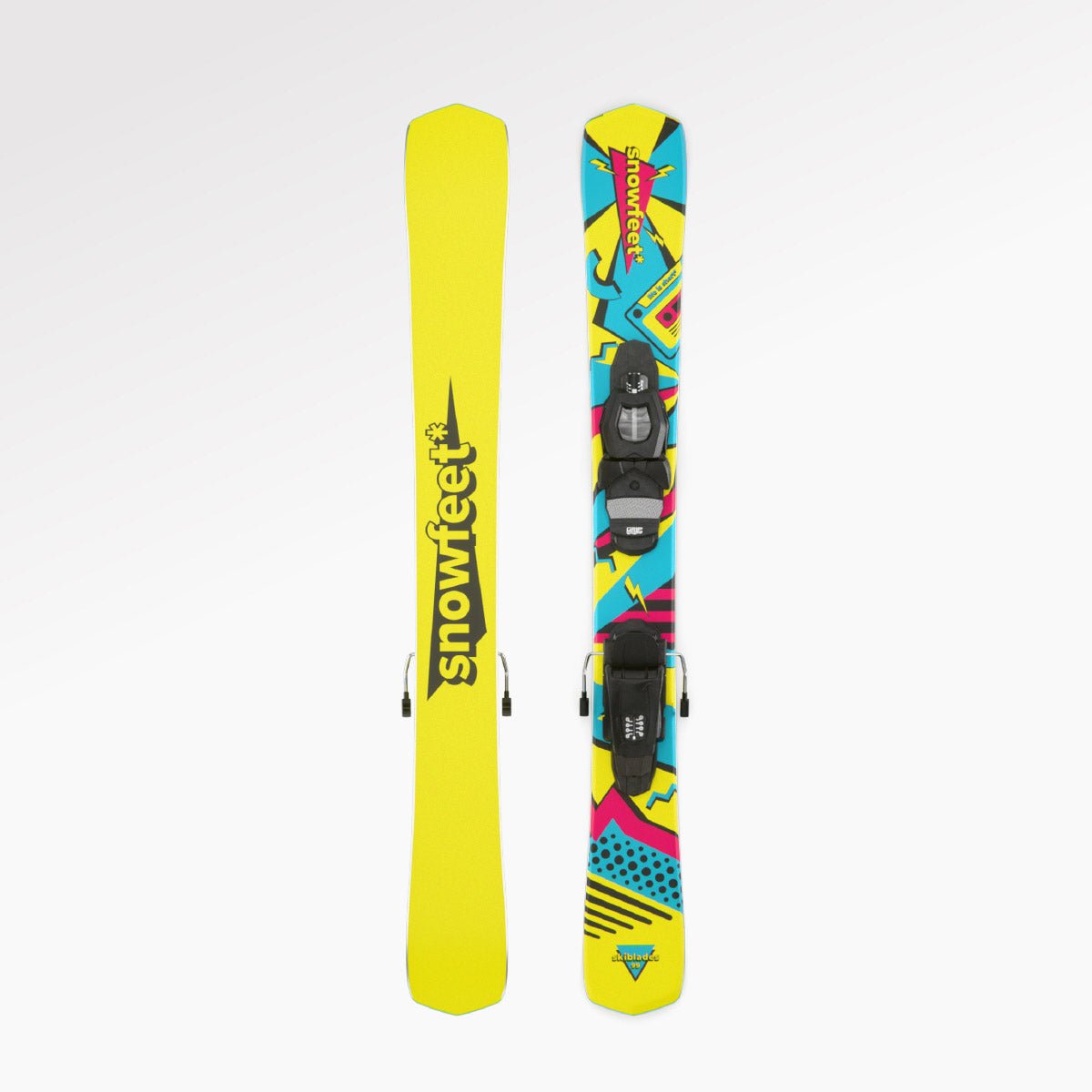
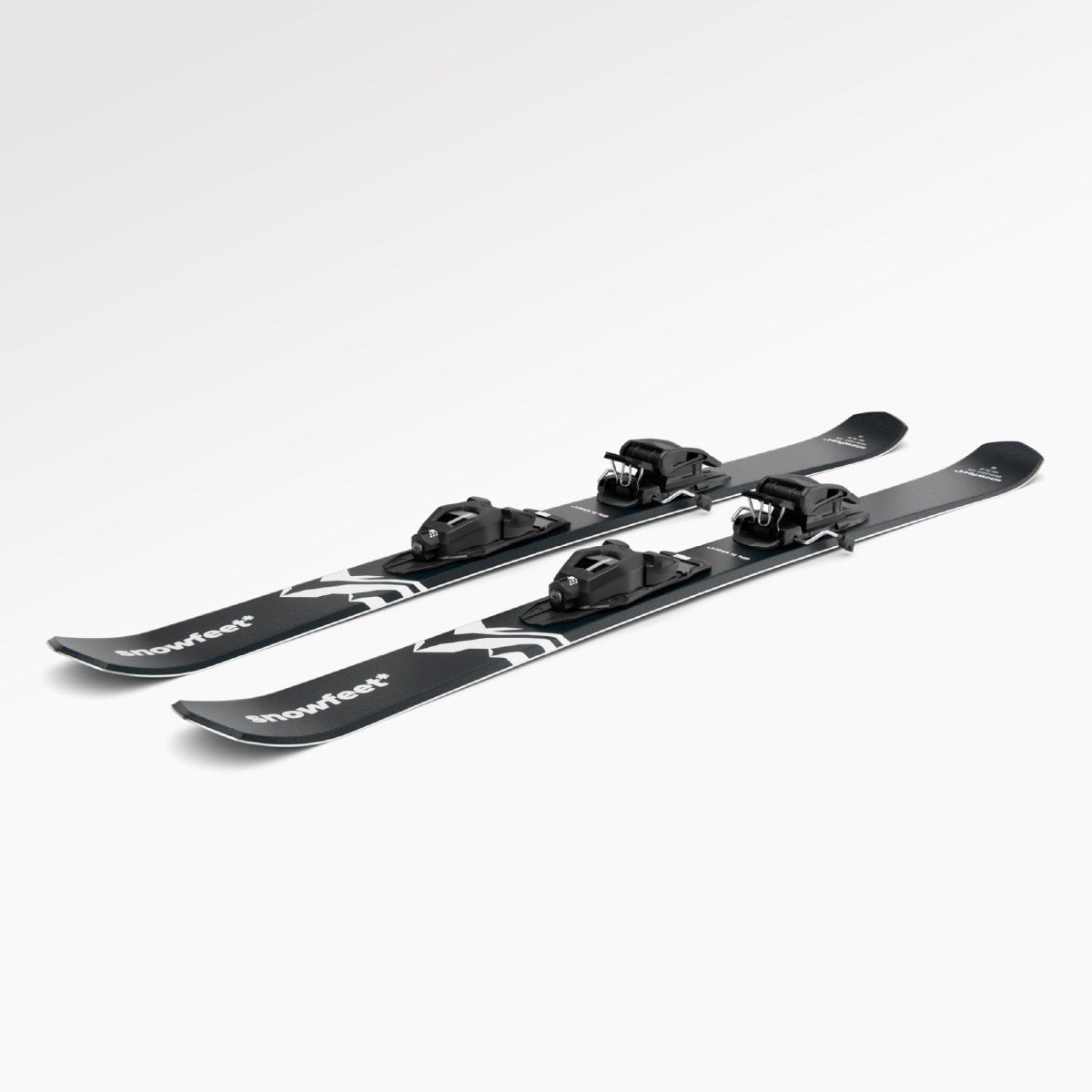
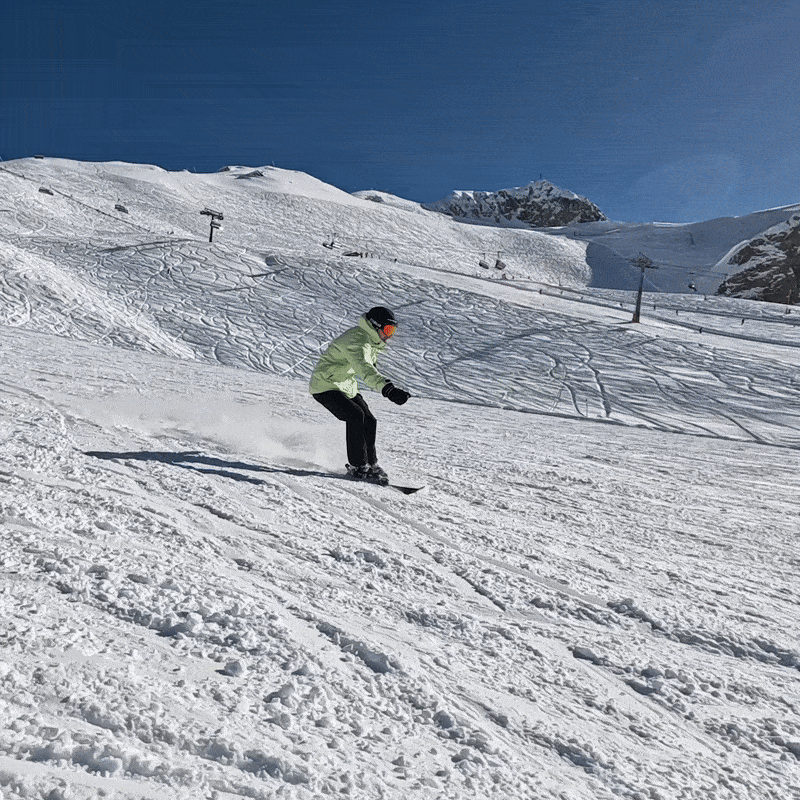
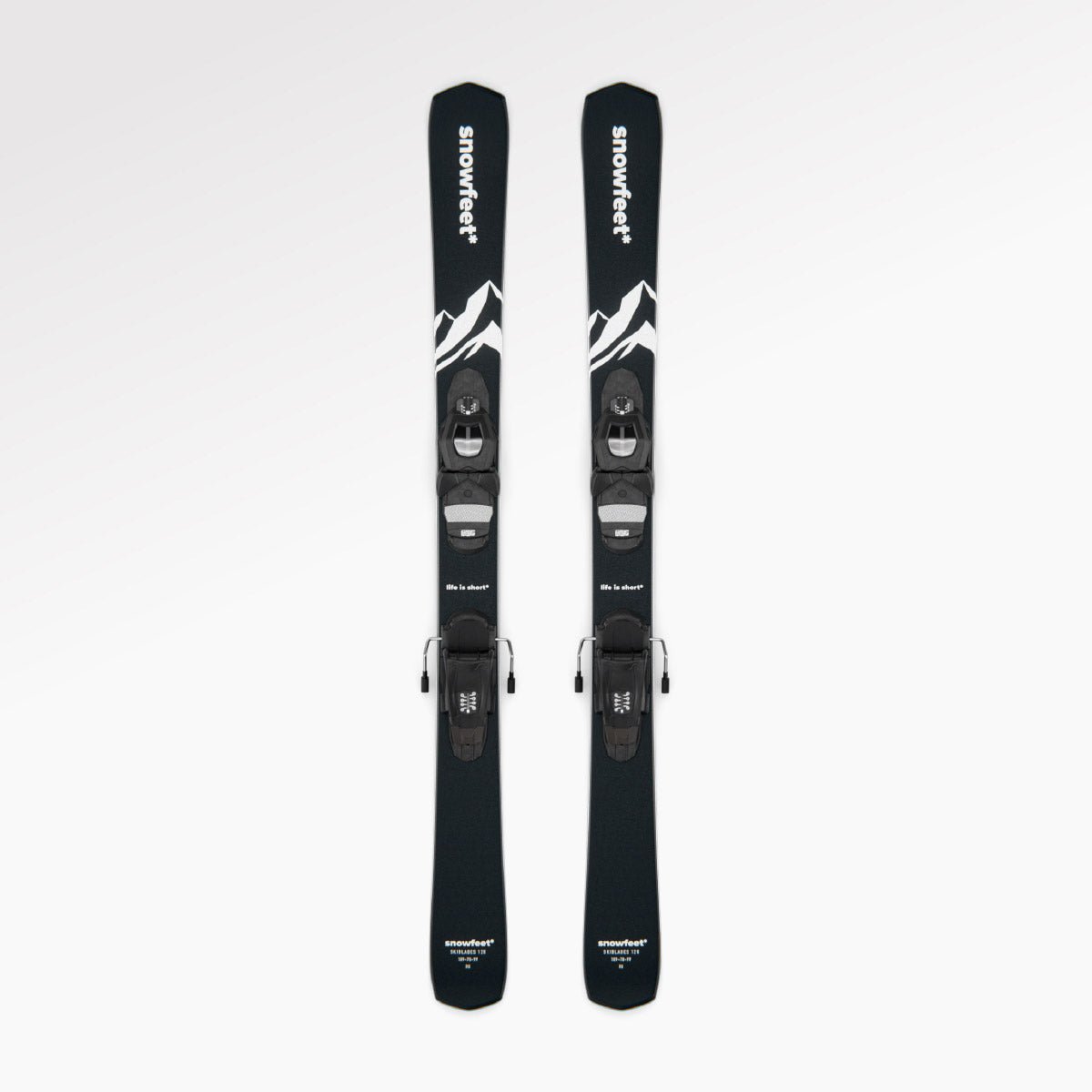
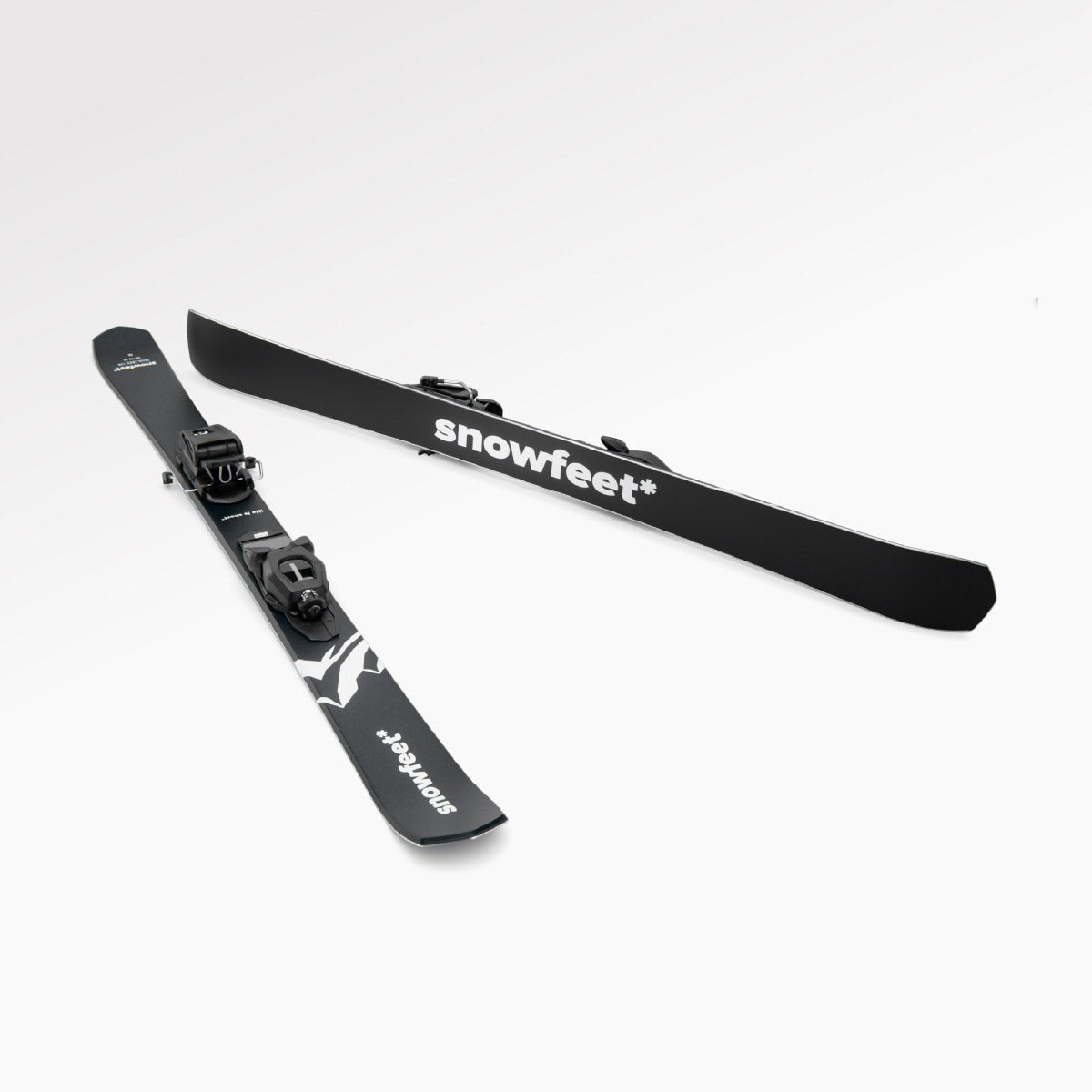
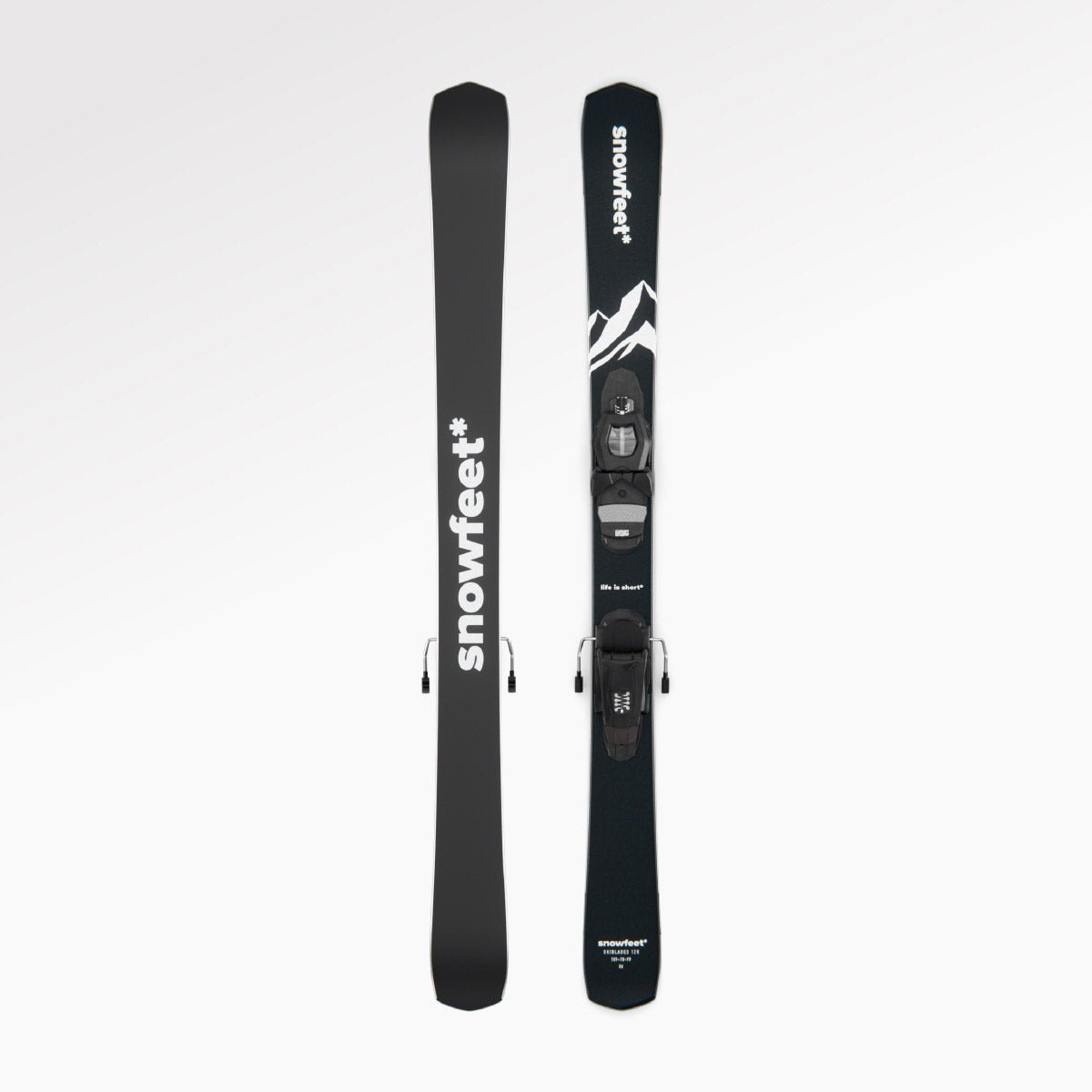
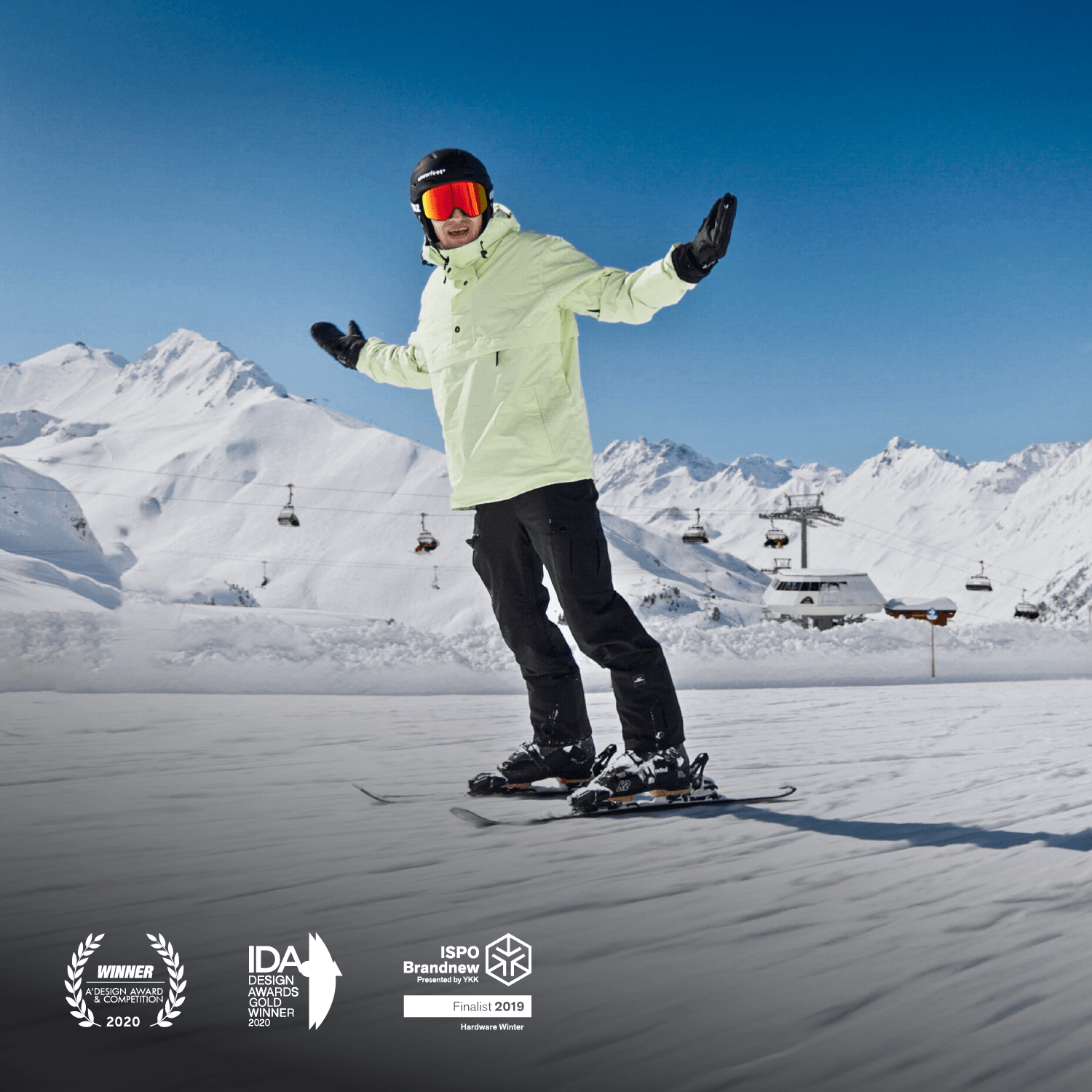
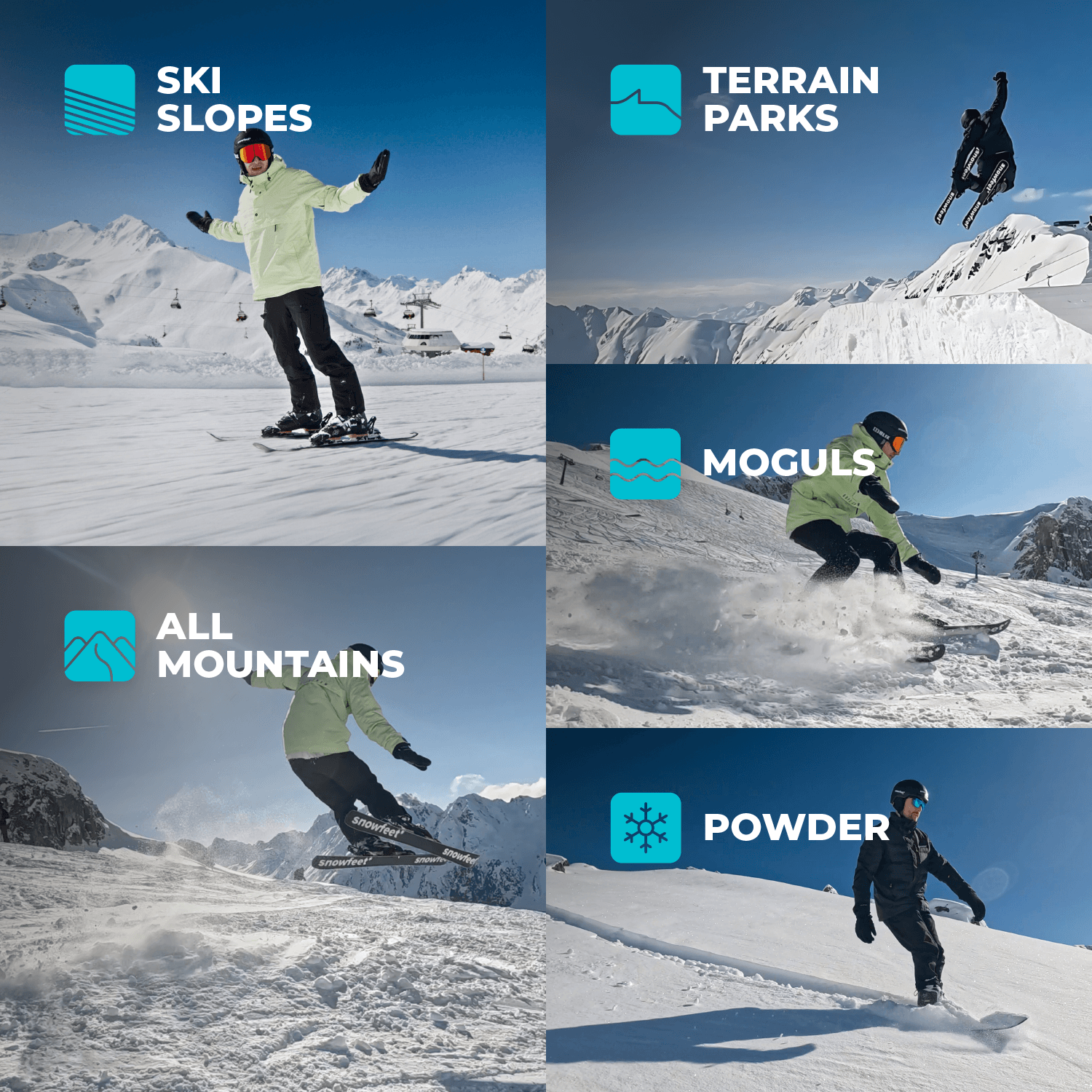
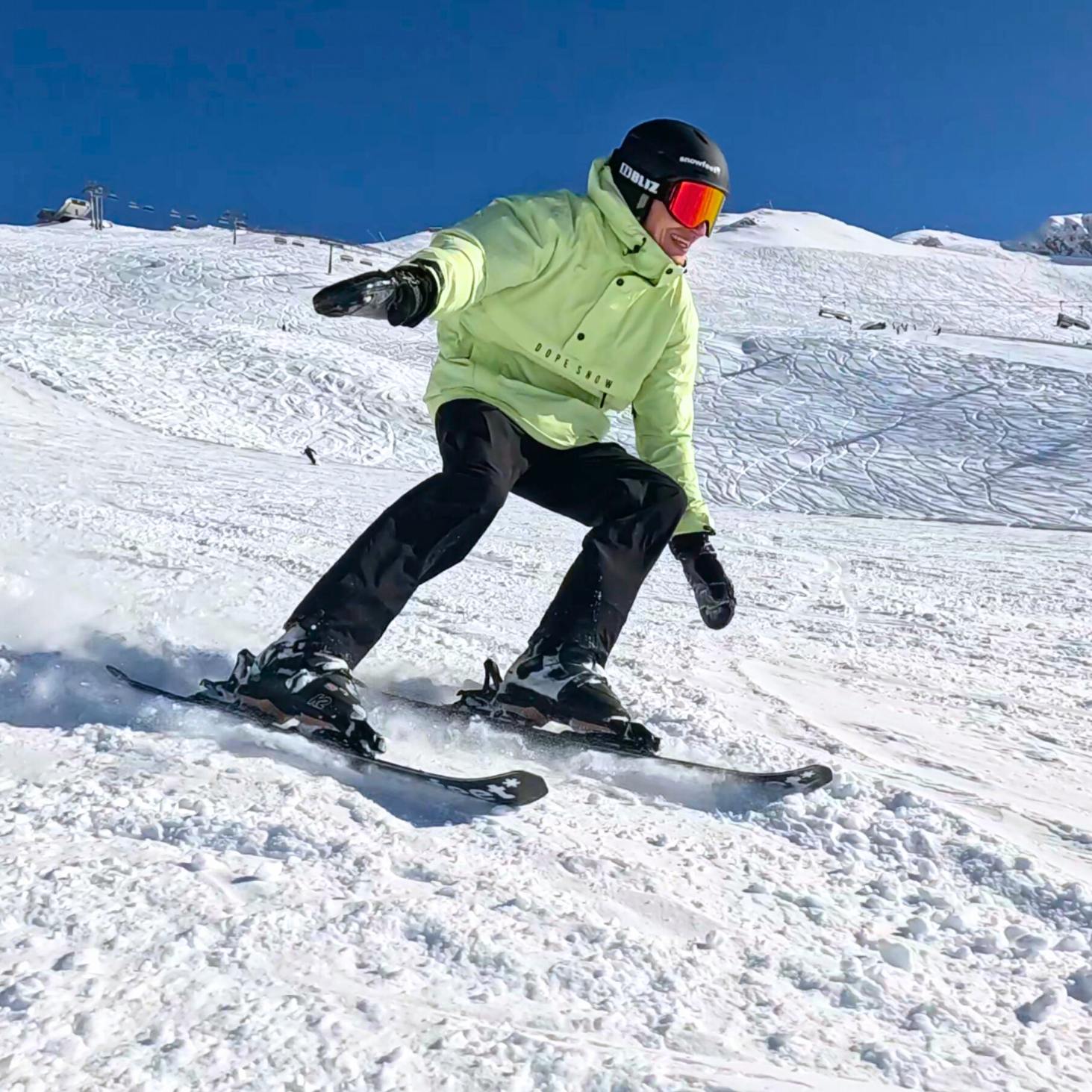
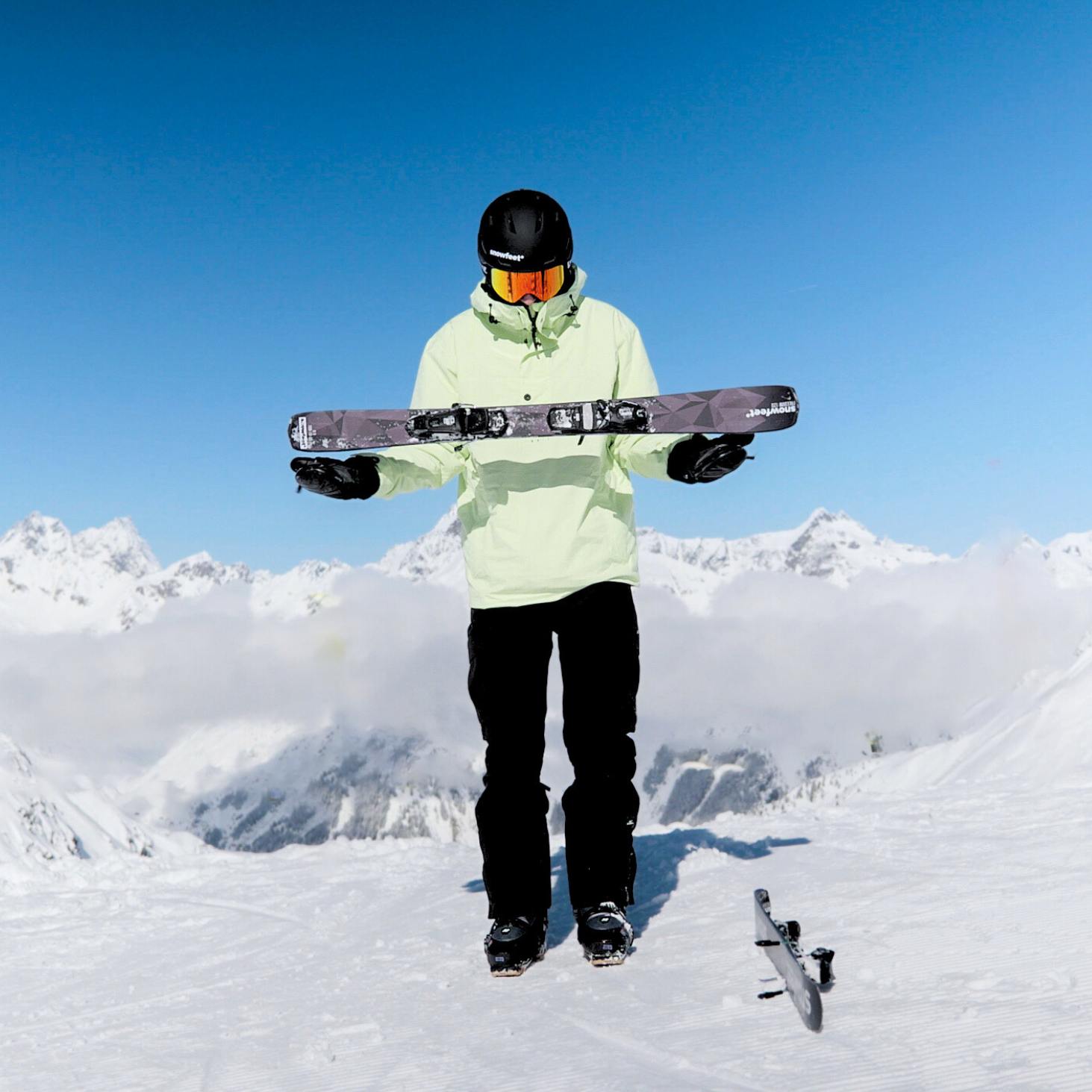
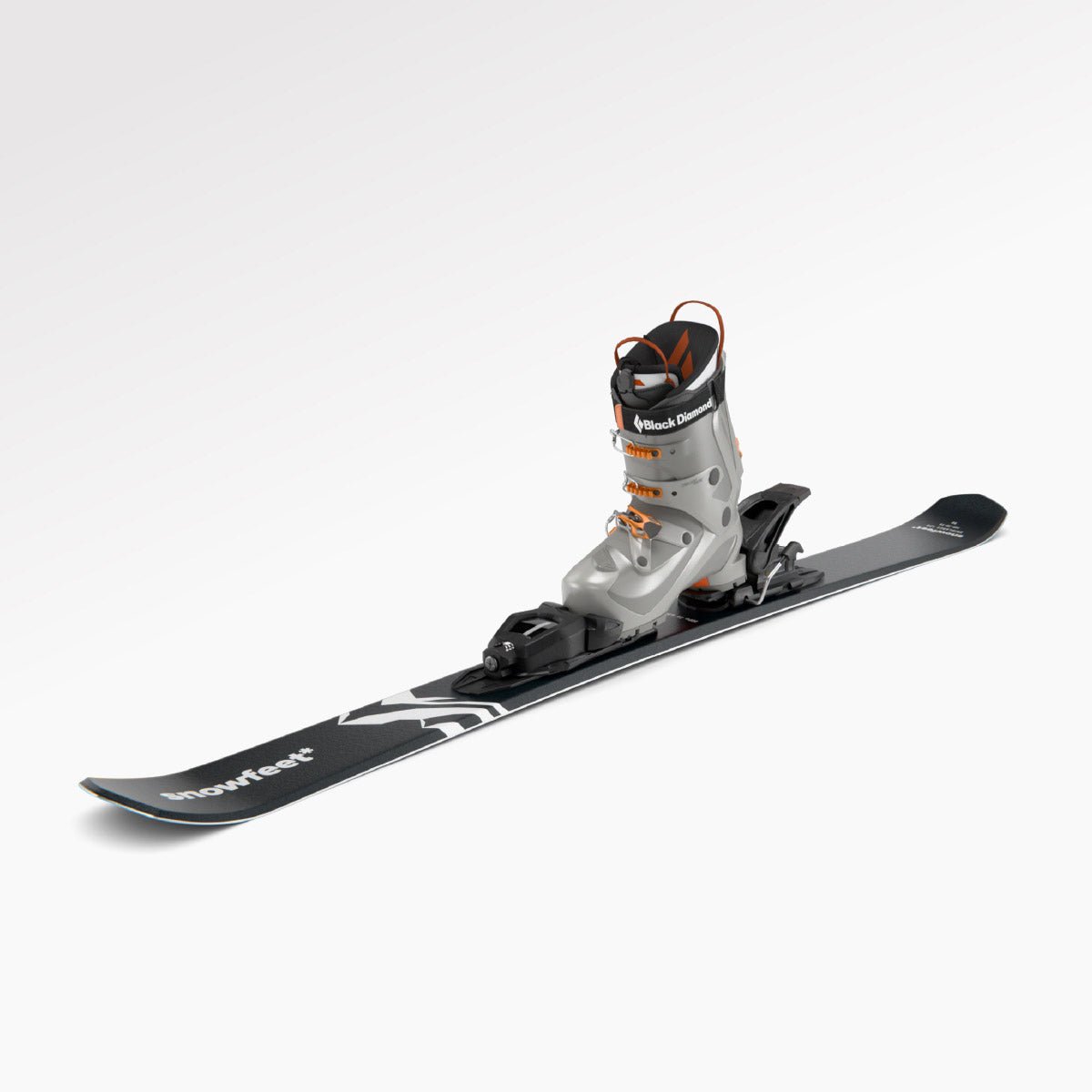
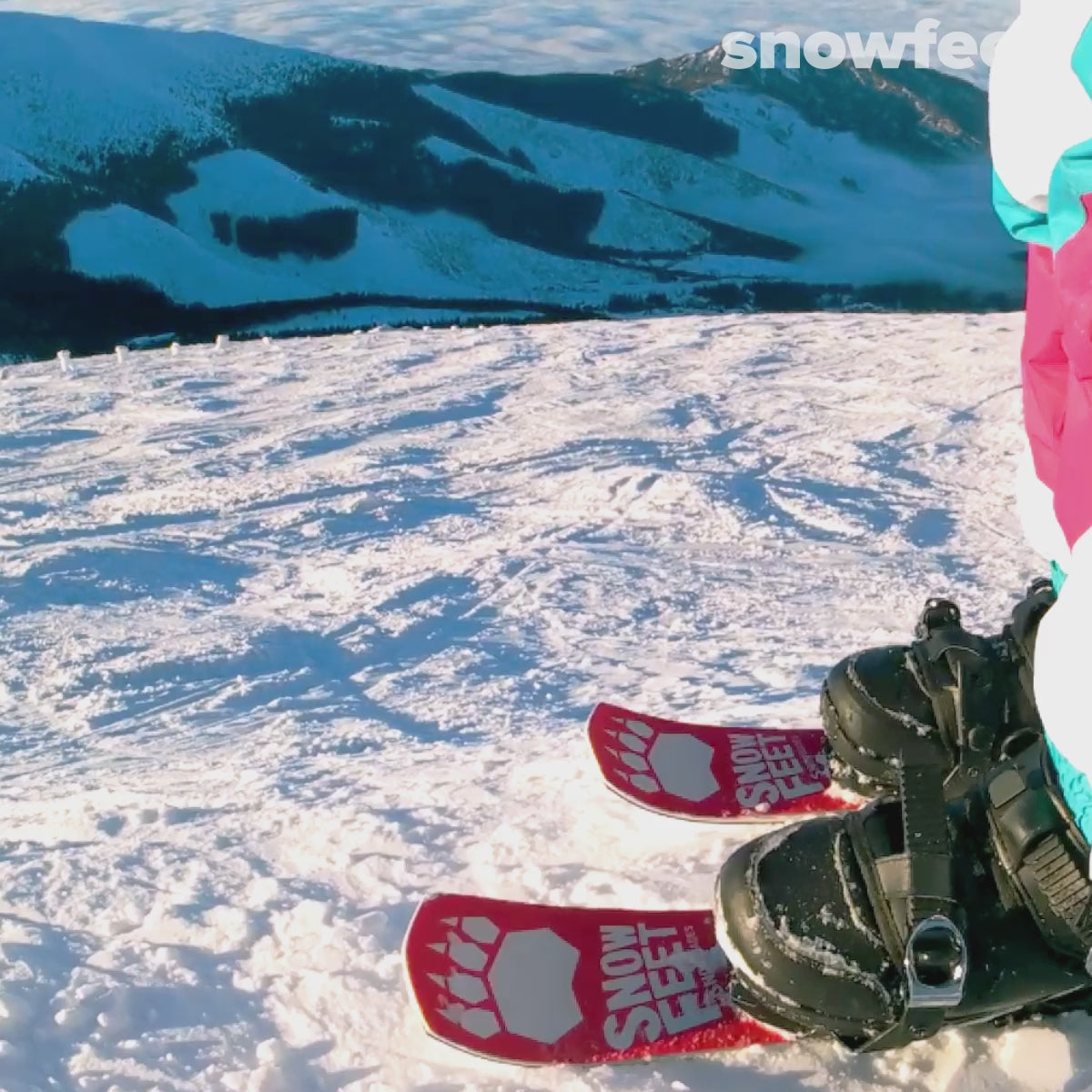
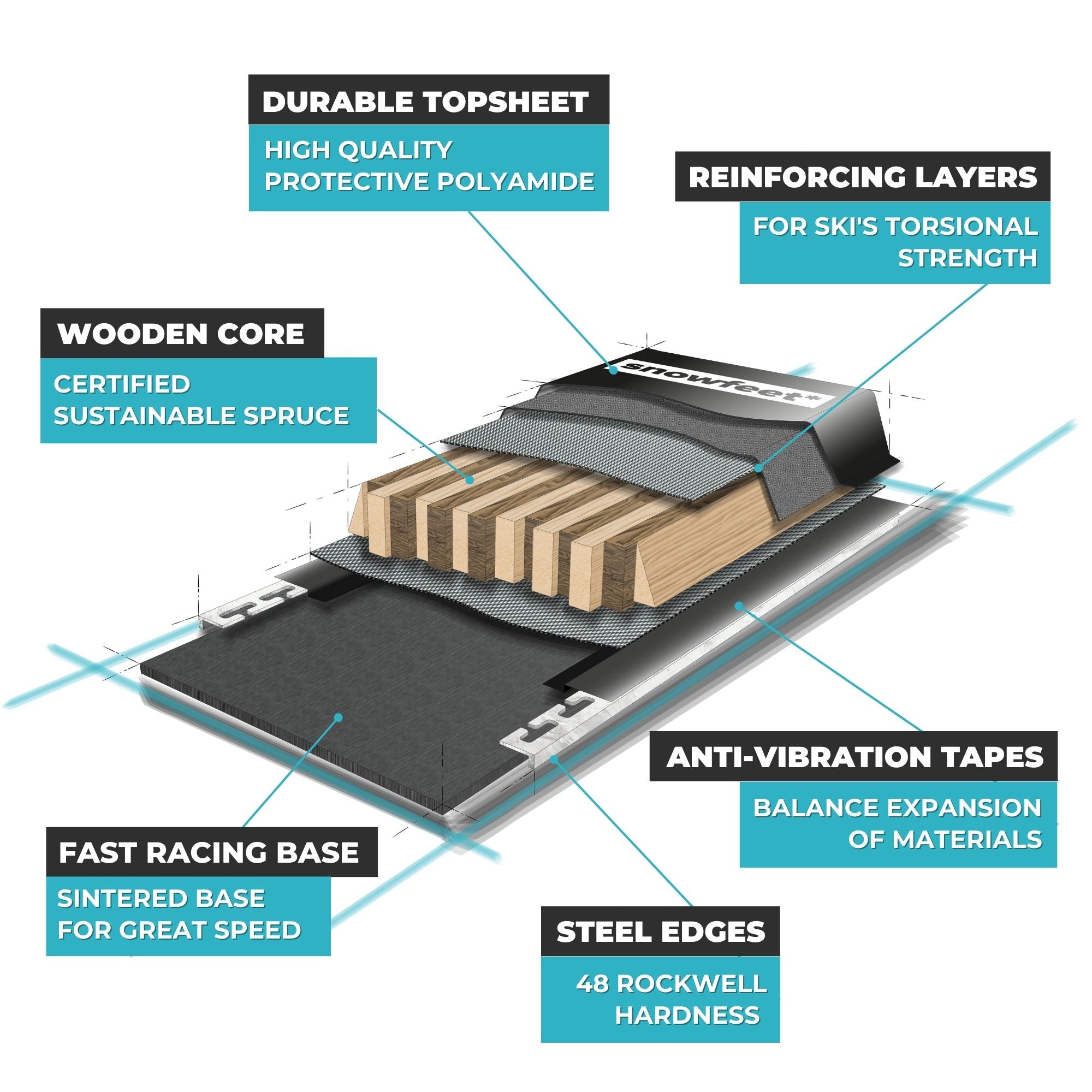
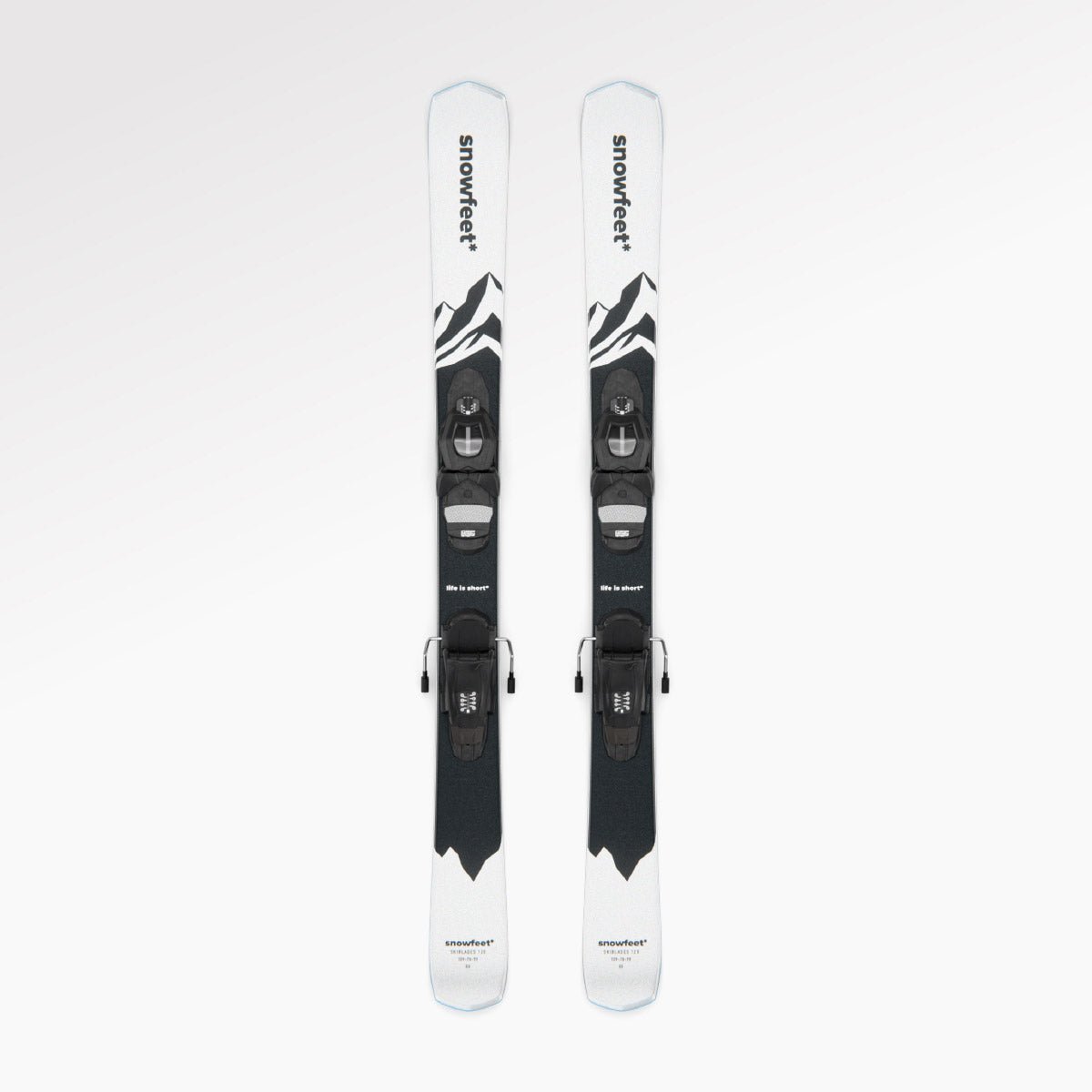
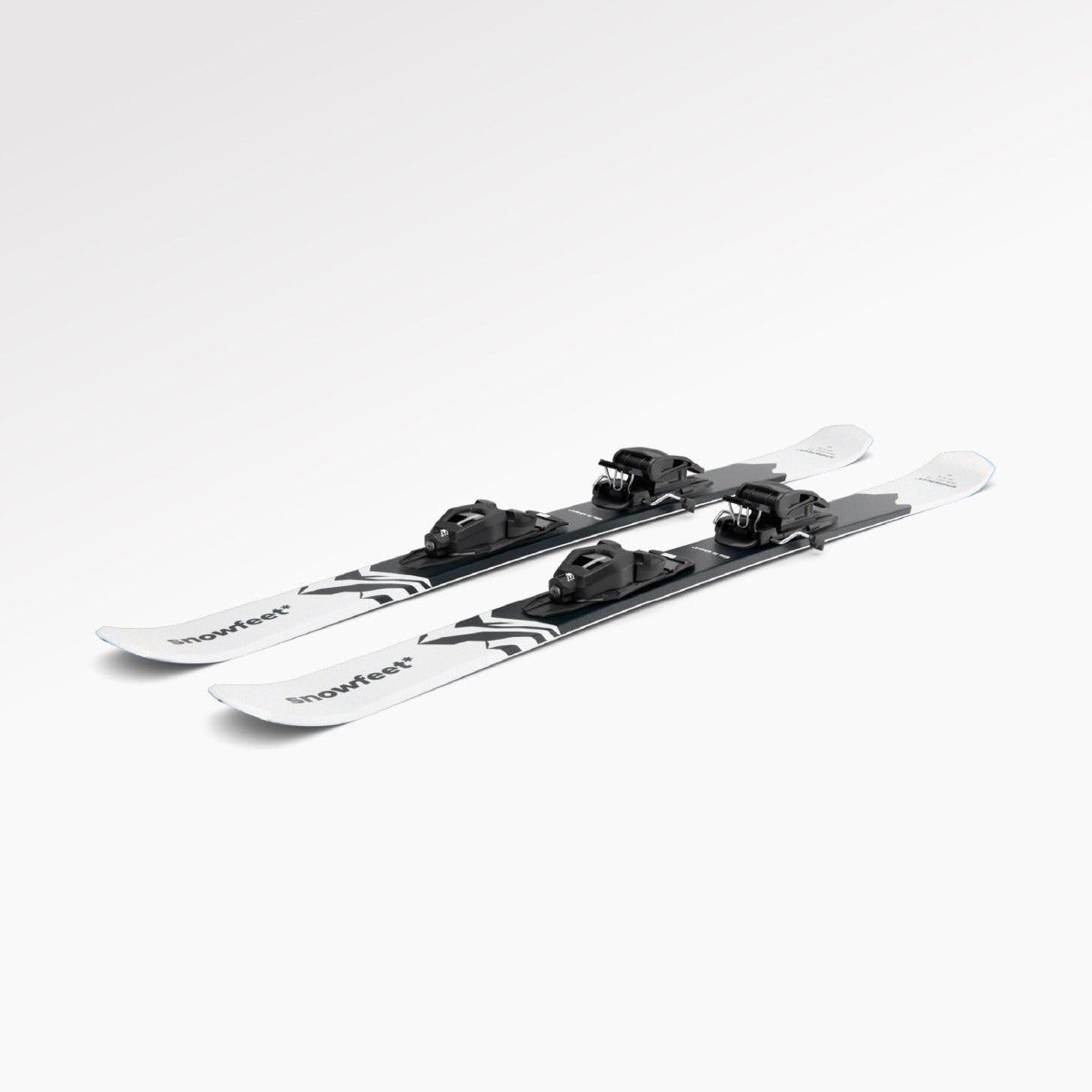
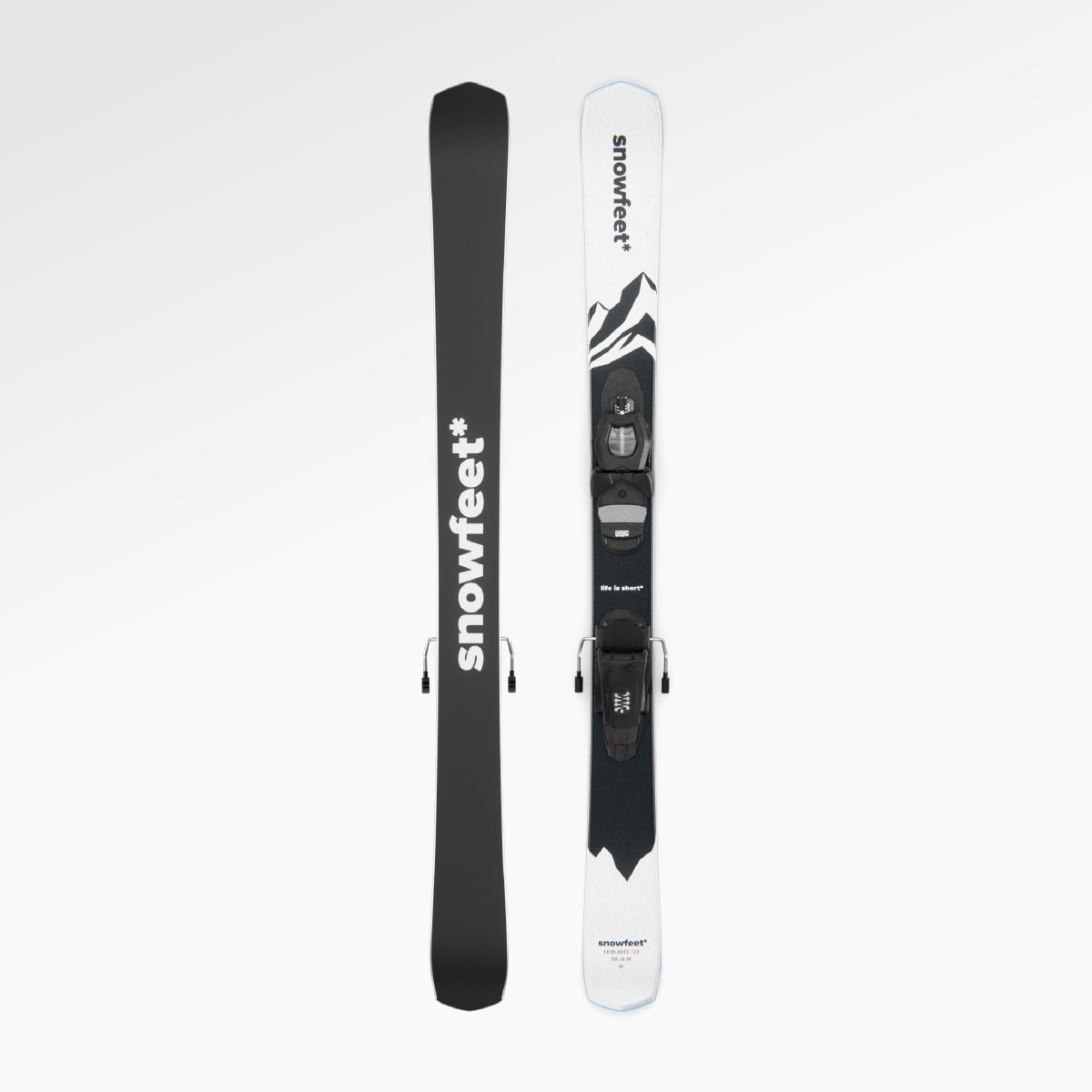
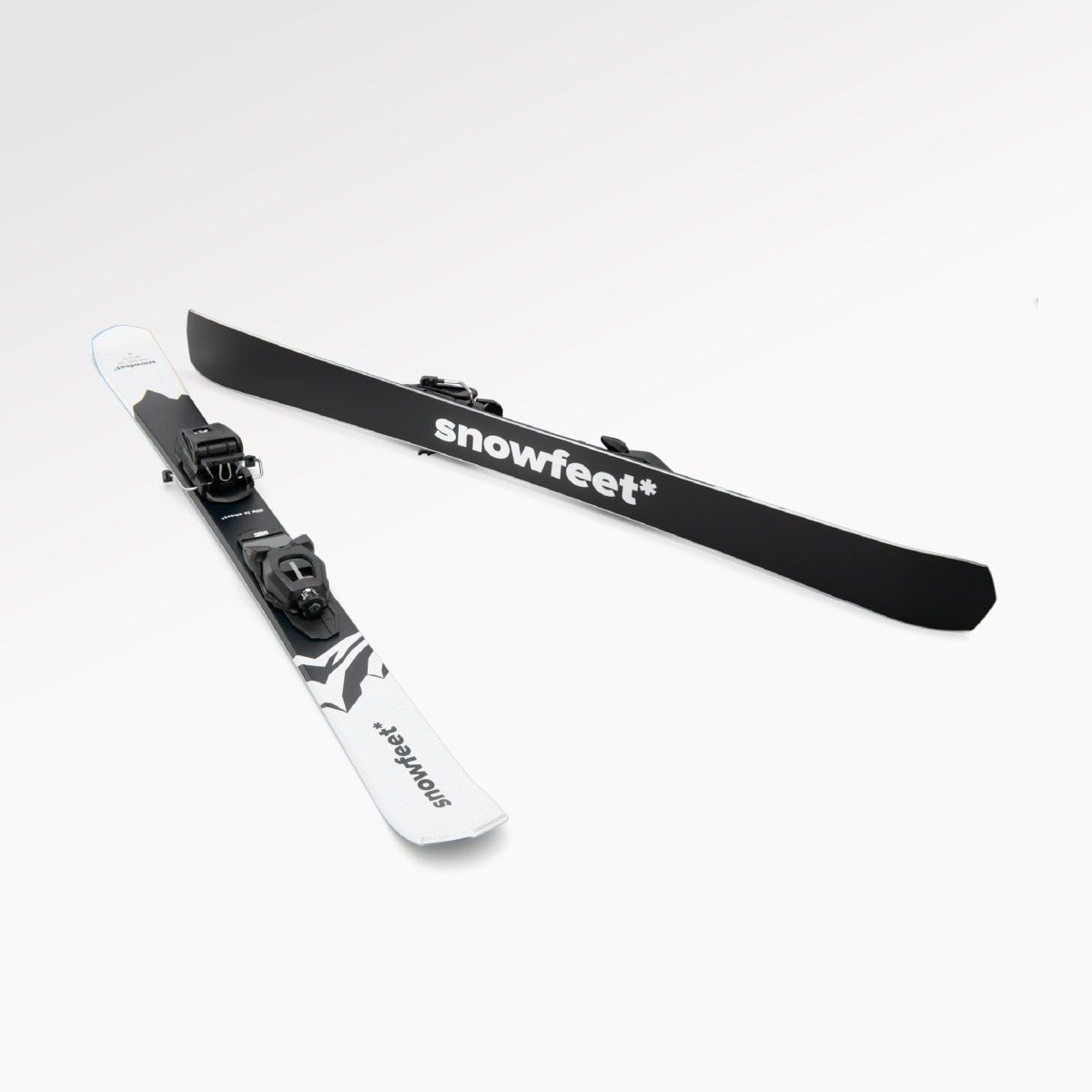
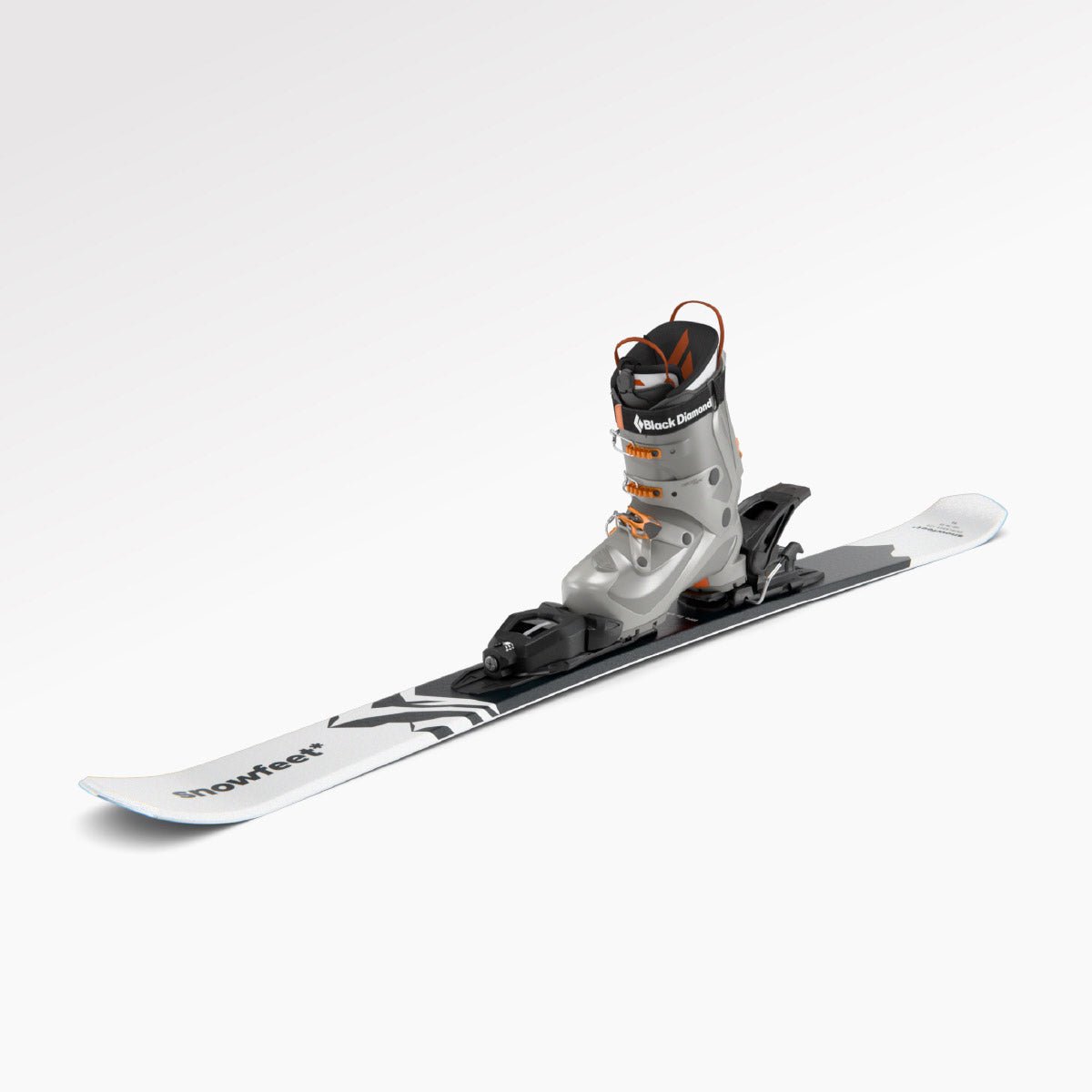
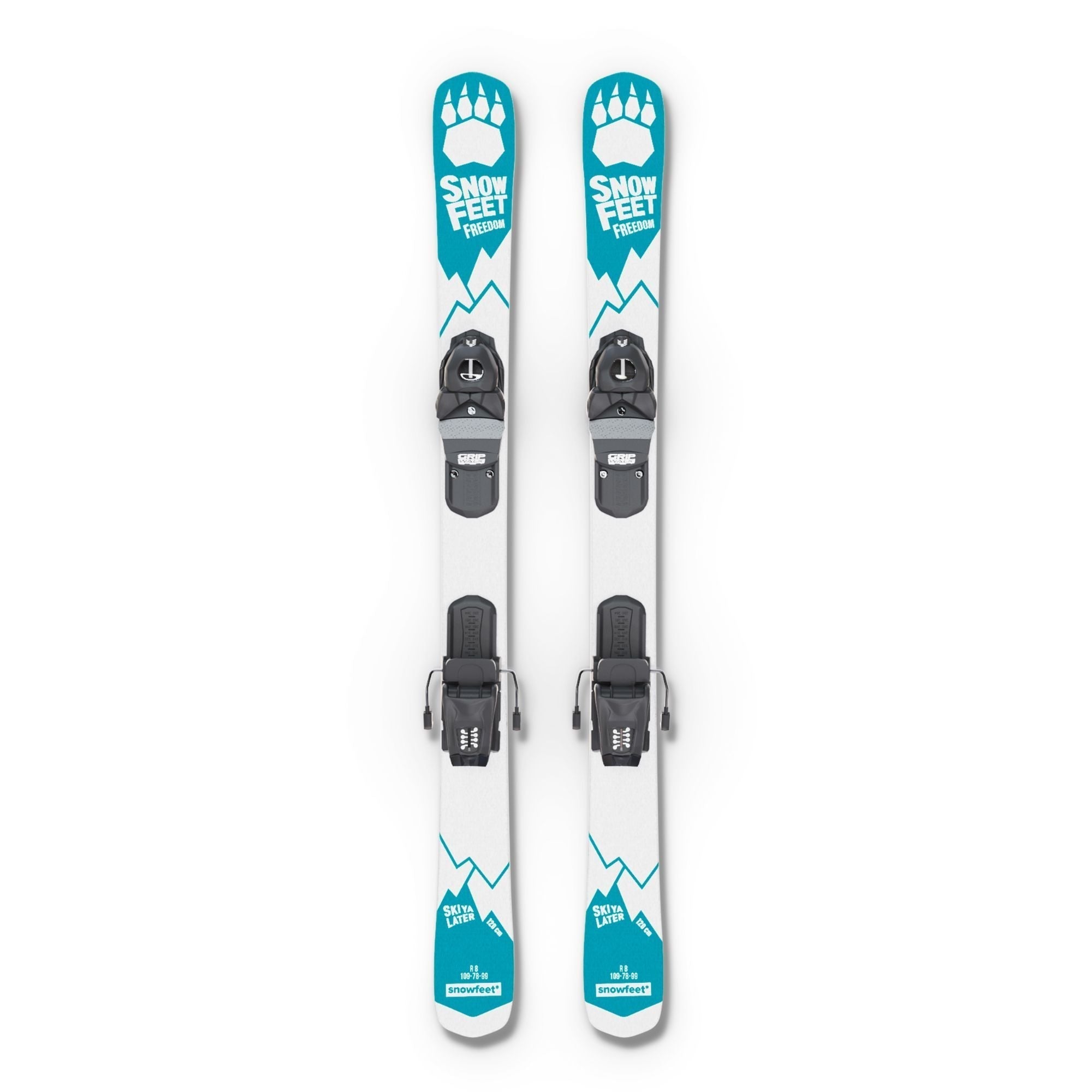
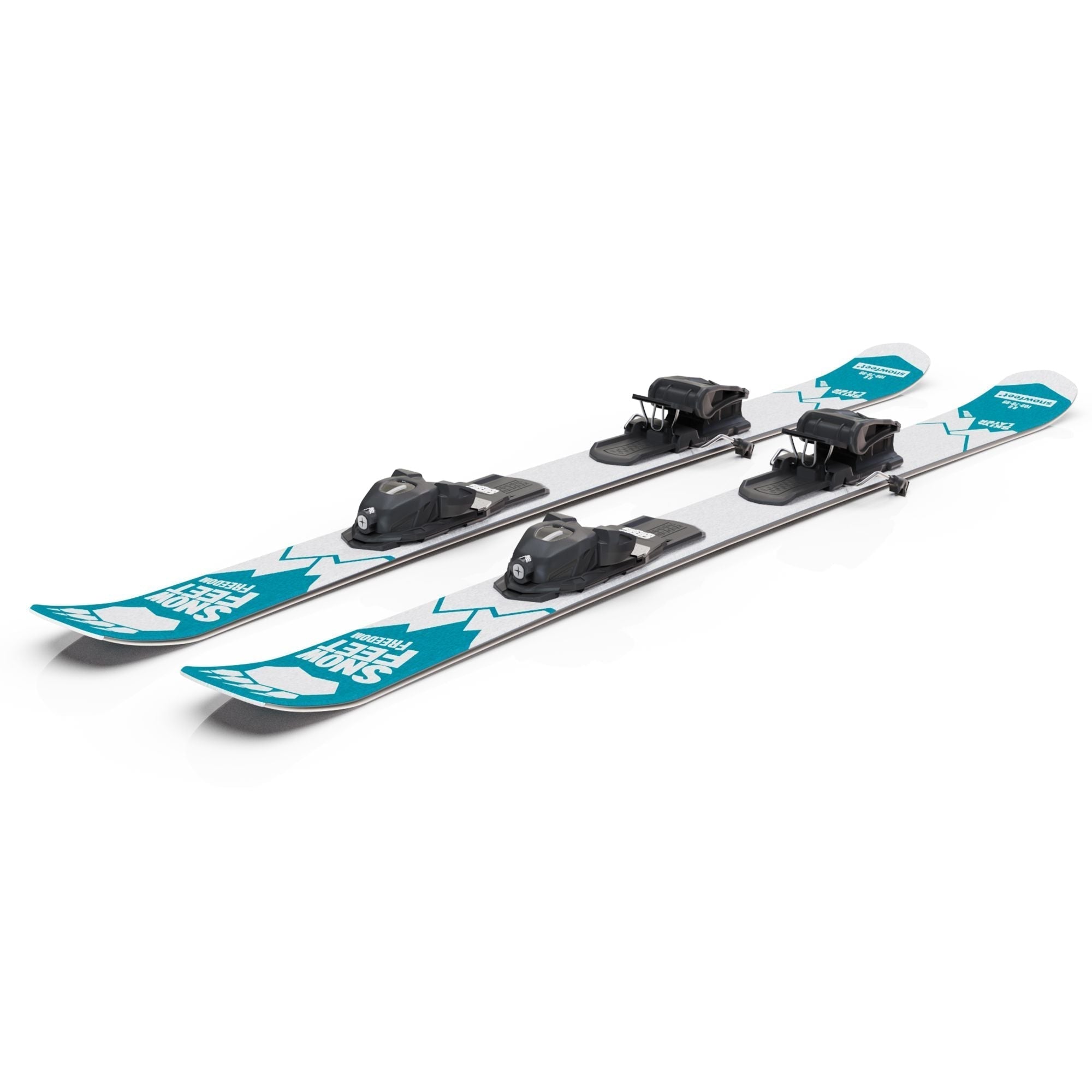
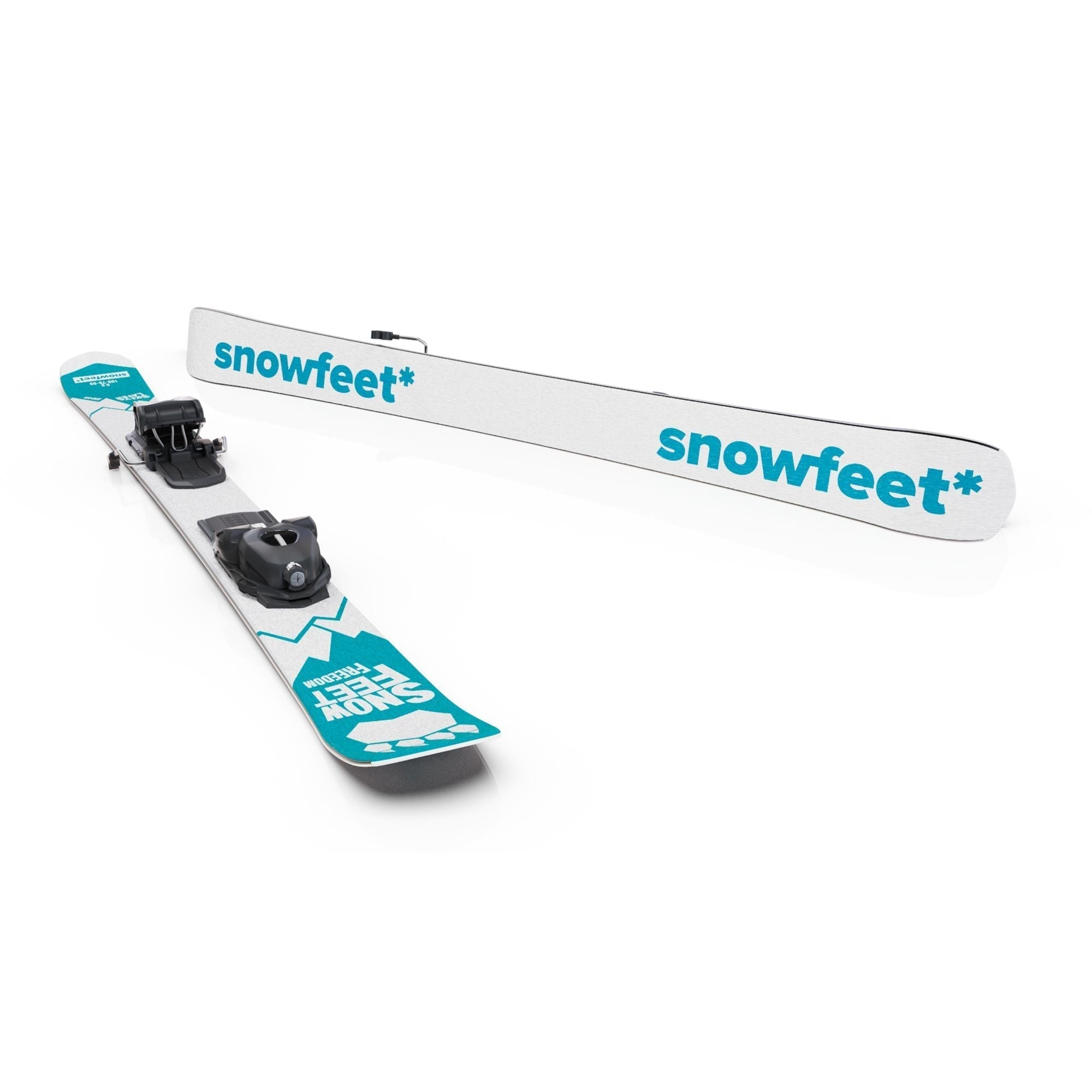
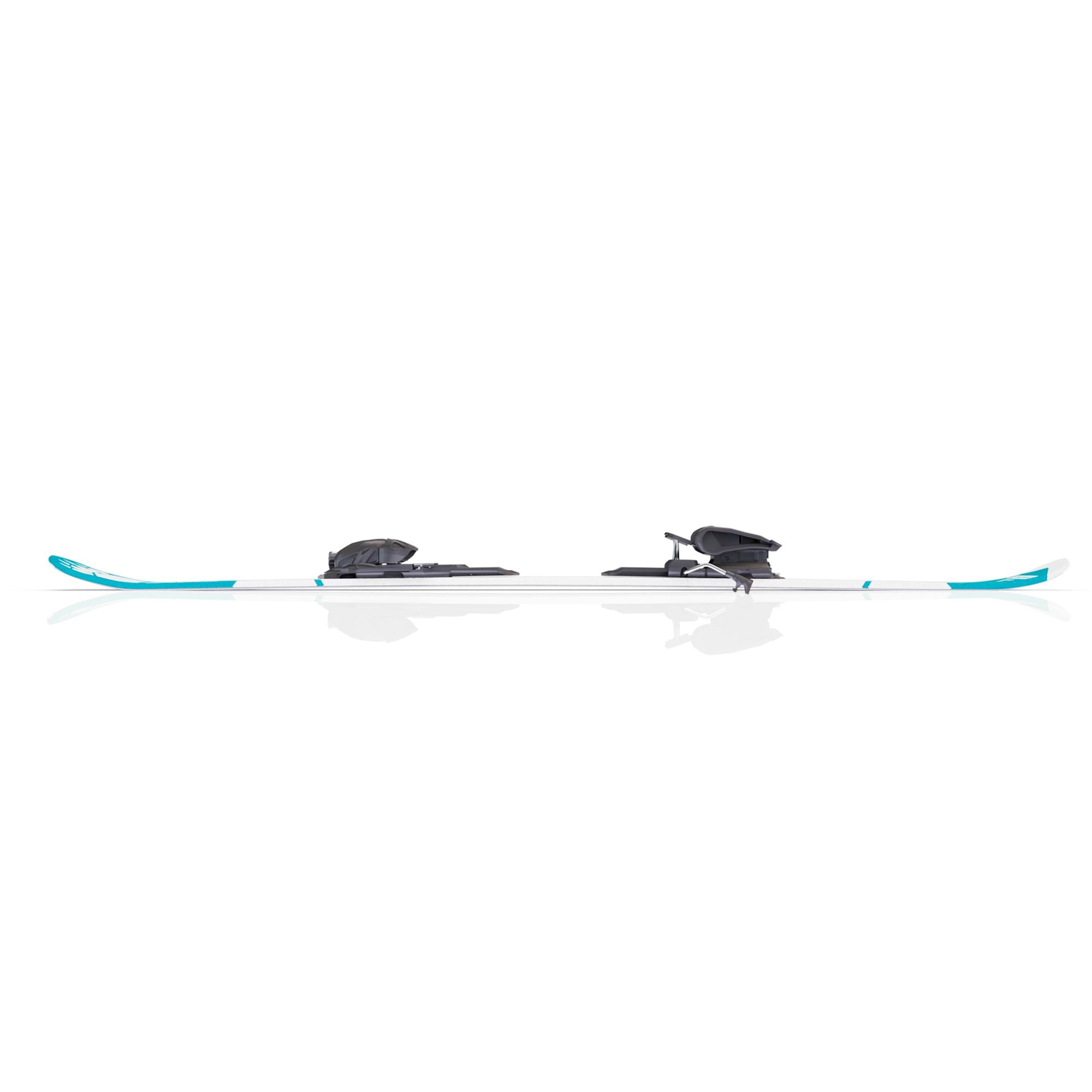
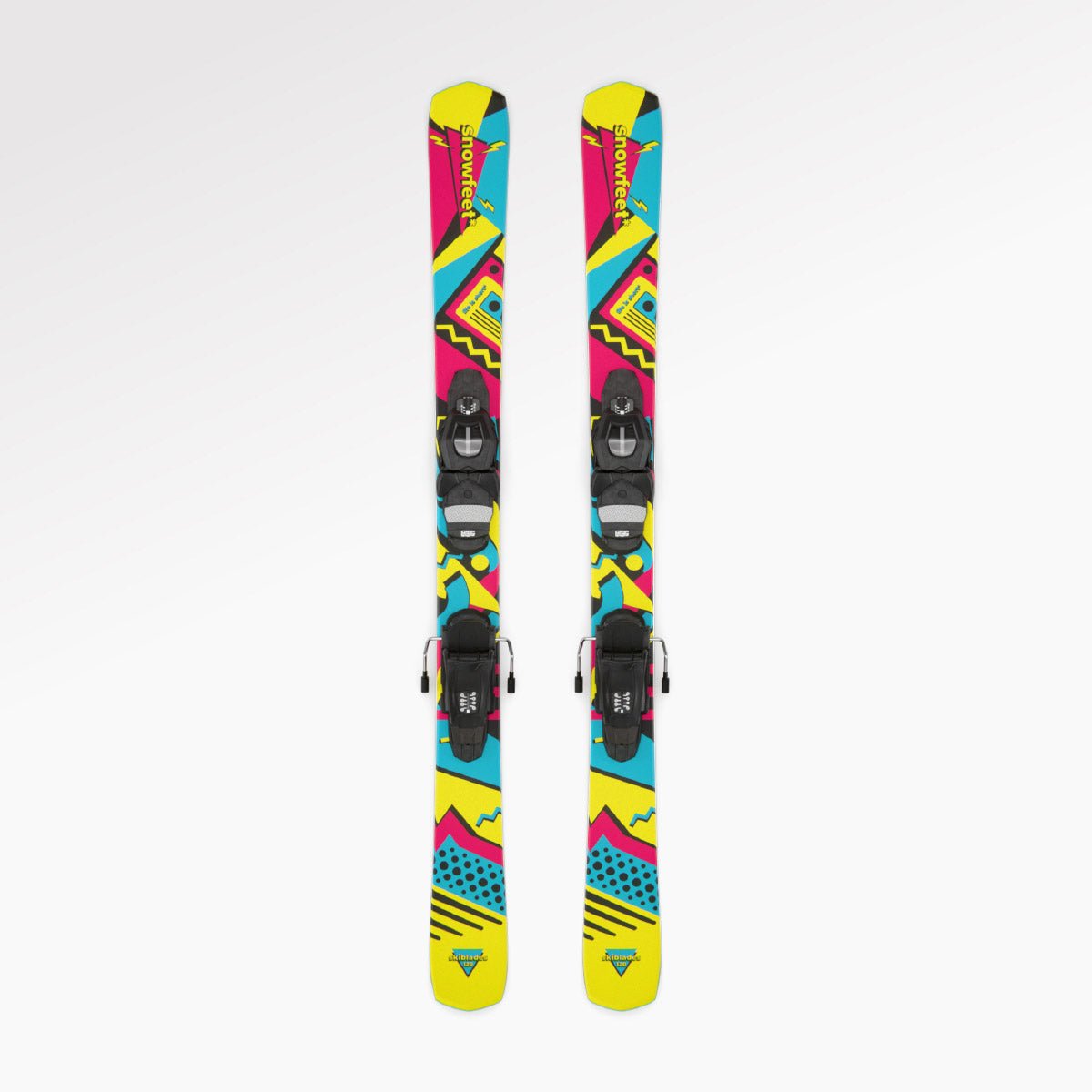
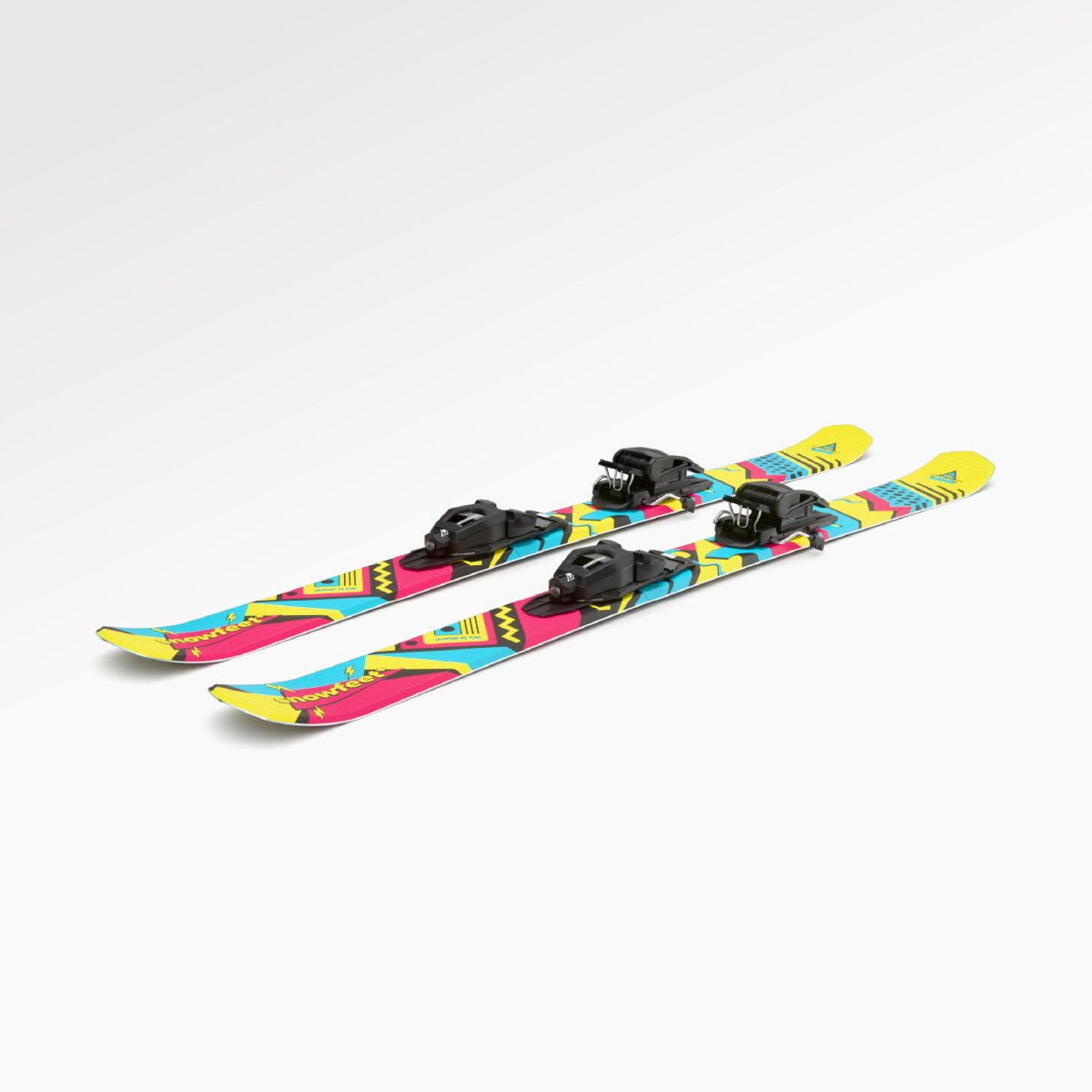
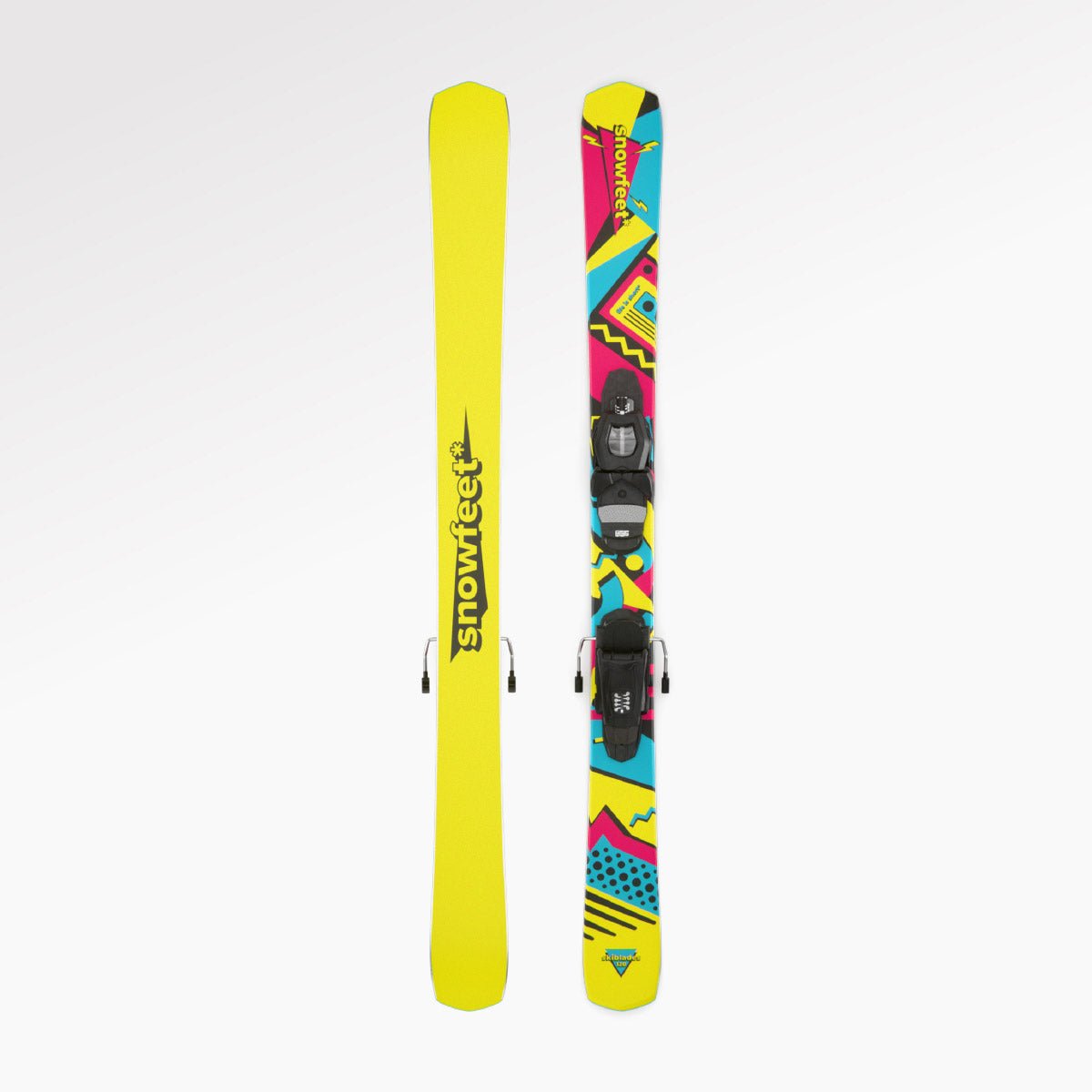
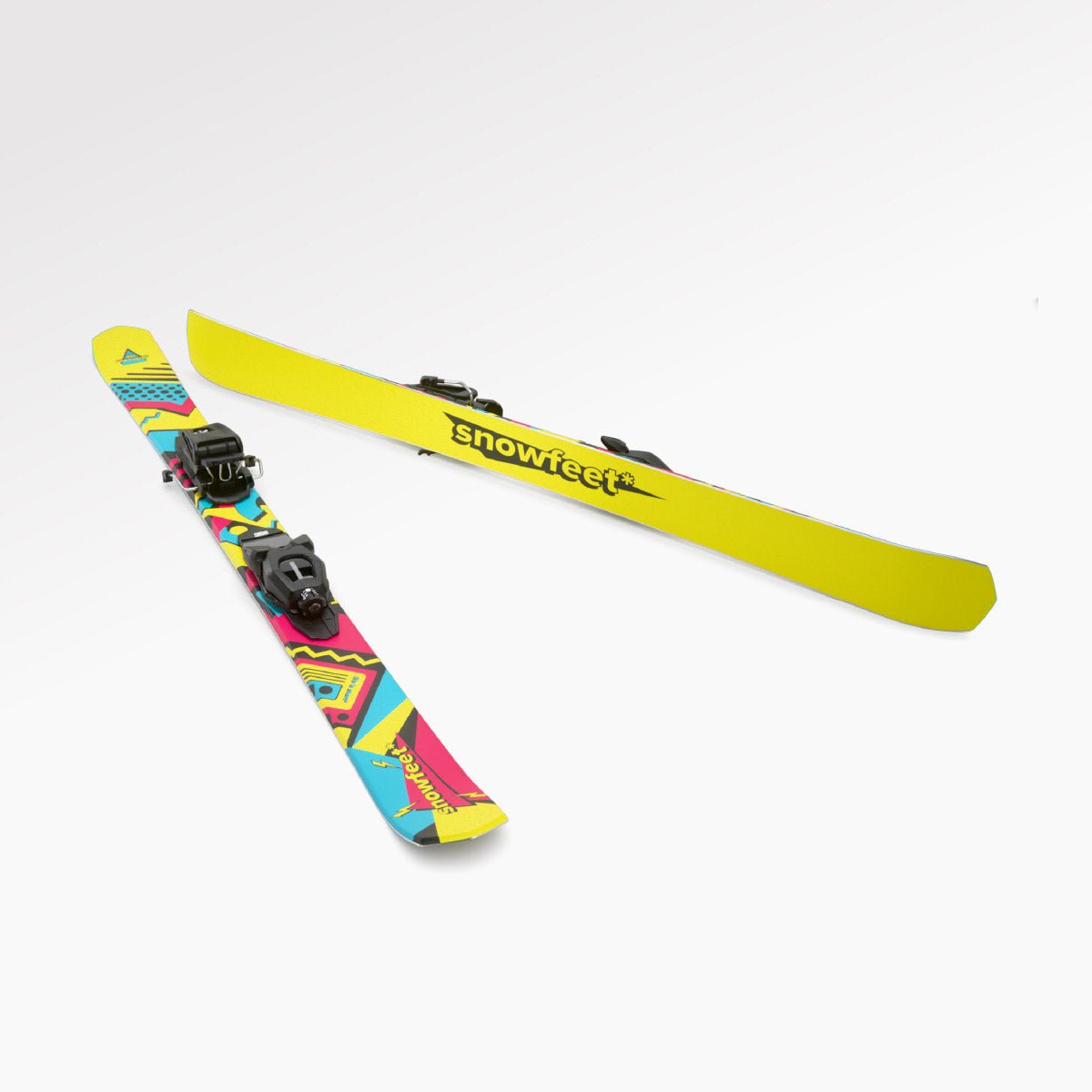
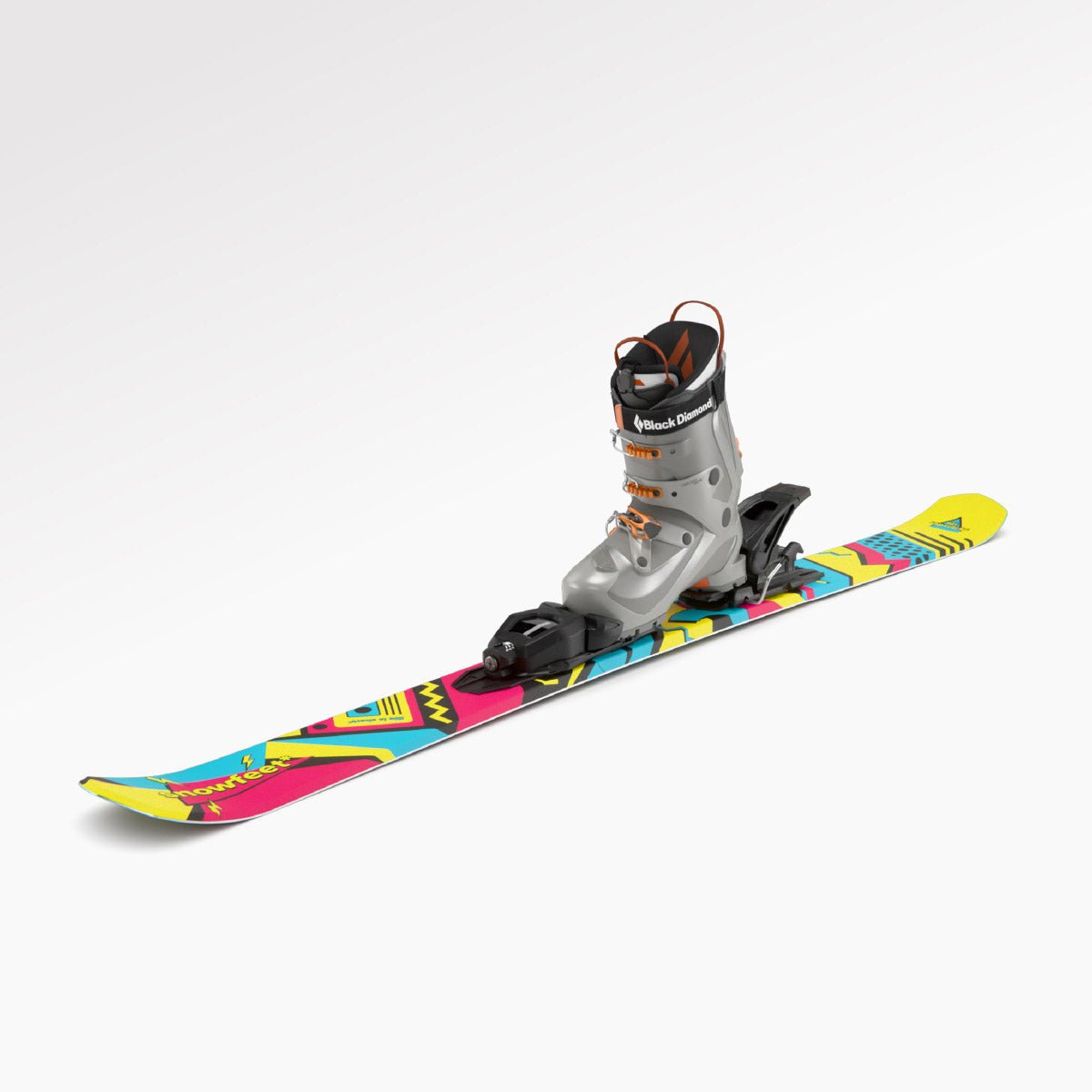
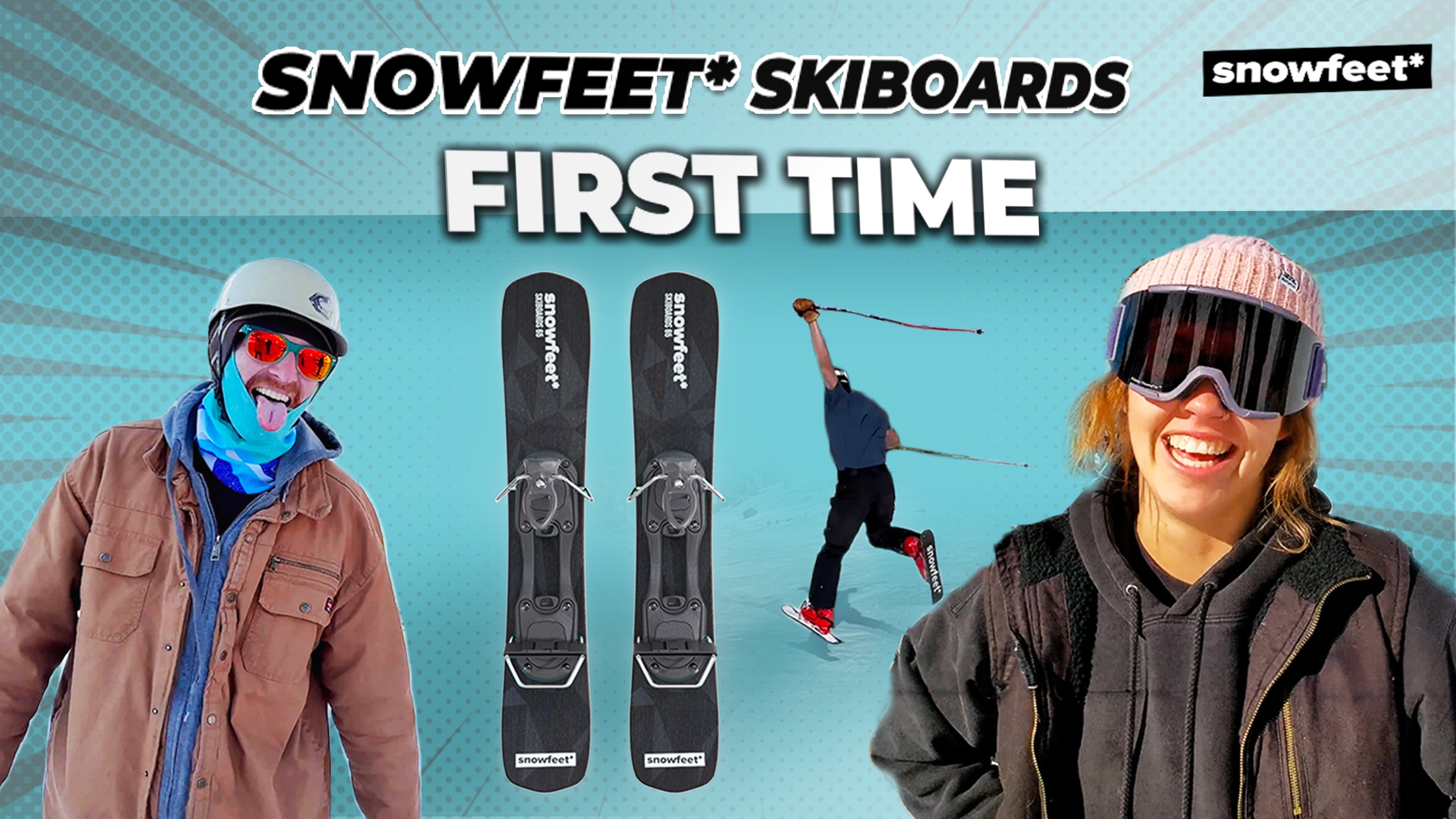
Comment choisir les bons skis pour moniteur de ski ?
Les skis pour débutants offrent un excellent rapport qualité-prix et ils sont faciles à utiliser lorsque vous commencez. Ils vous aident à apprendre à tourner, à garder votre équilibre et à vous contrôler sur les pistes. En gros, ils rendent l'apprentissage du ski plus rapide et plus simple. Lors du choix des skis adaptés pour vous, prenez en compte les facteurs suivants.
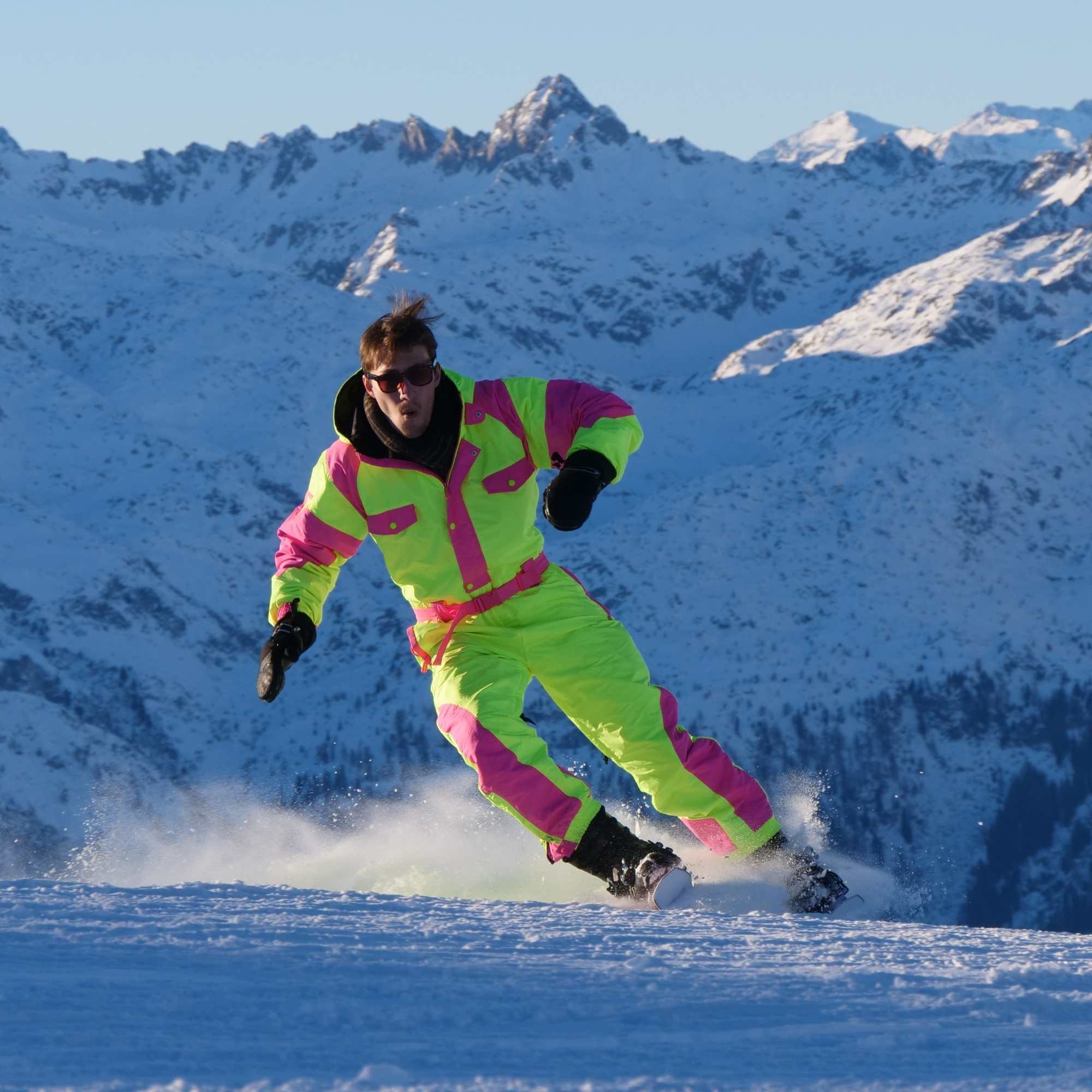
Plus court = mieux
Add your subtitle
Les skis plus longs offrent plus de stabilité et de vitesse, tandis que les skis plus courts sont plus faciles à manœuvrer. Choisissez une longueur qui équilibre stabilité et agilité en fonction de vos préférences individuelles et de votre style de ski.
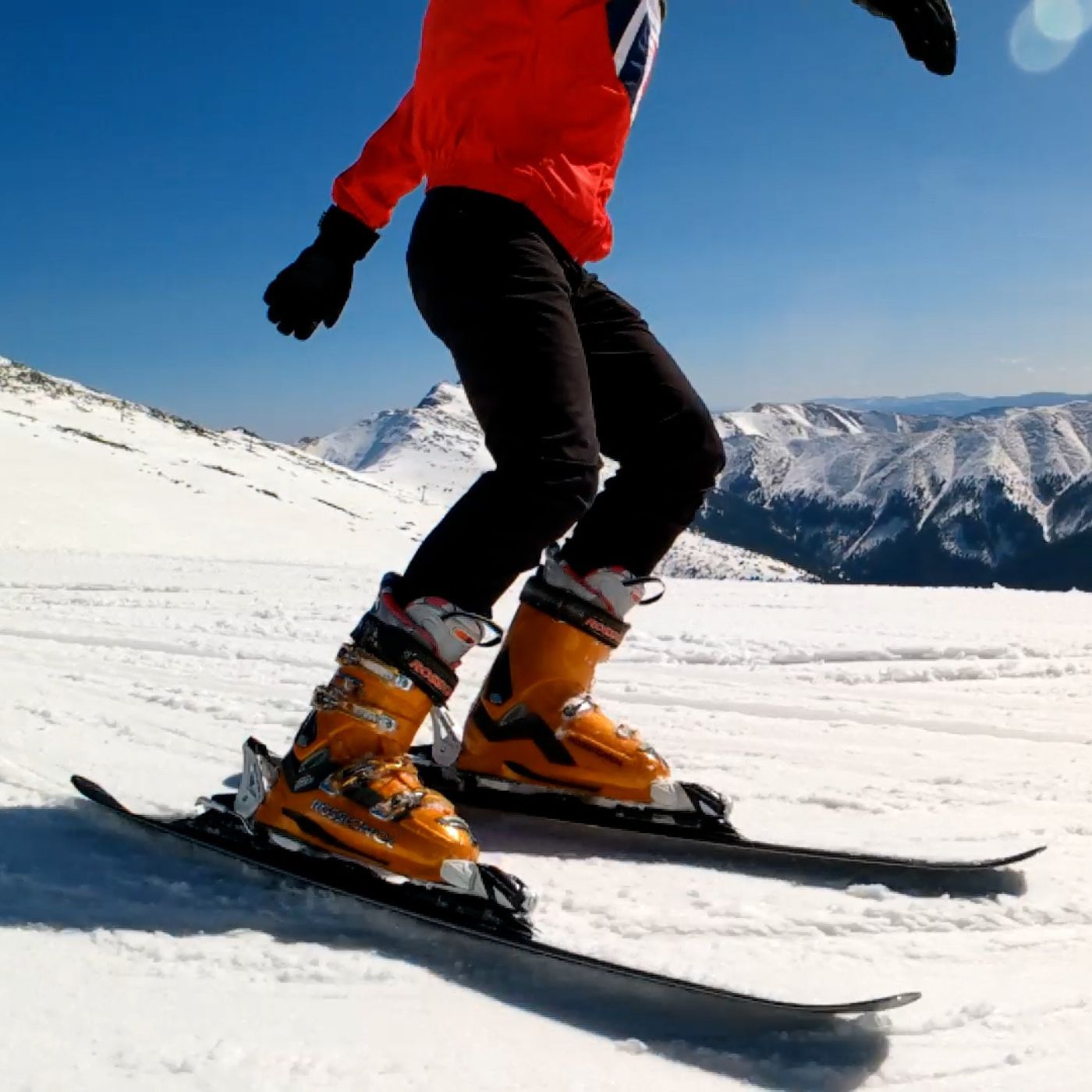
Flexibilité douce et indulgente
Add your subtitle
Les skis pour débutants sont plus flexibles. Vous pouvez les plier facilement lorsque vous tournez ou exercez une pression dessus. Cela rend les virages plus fluides et réduit les risques d'accrocher un carre et de tomber.
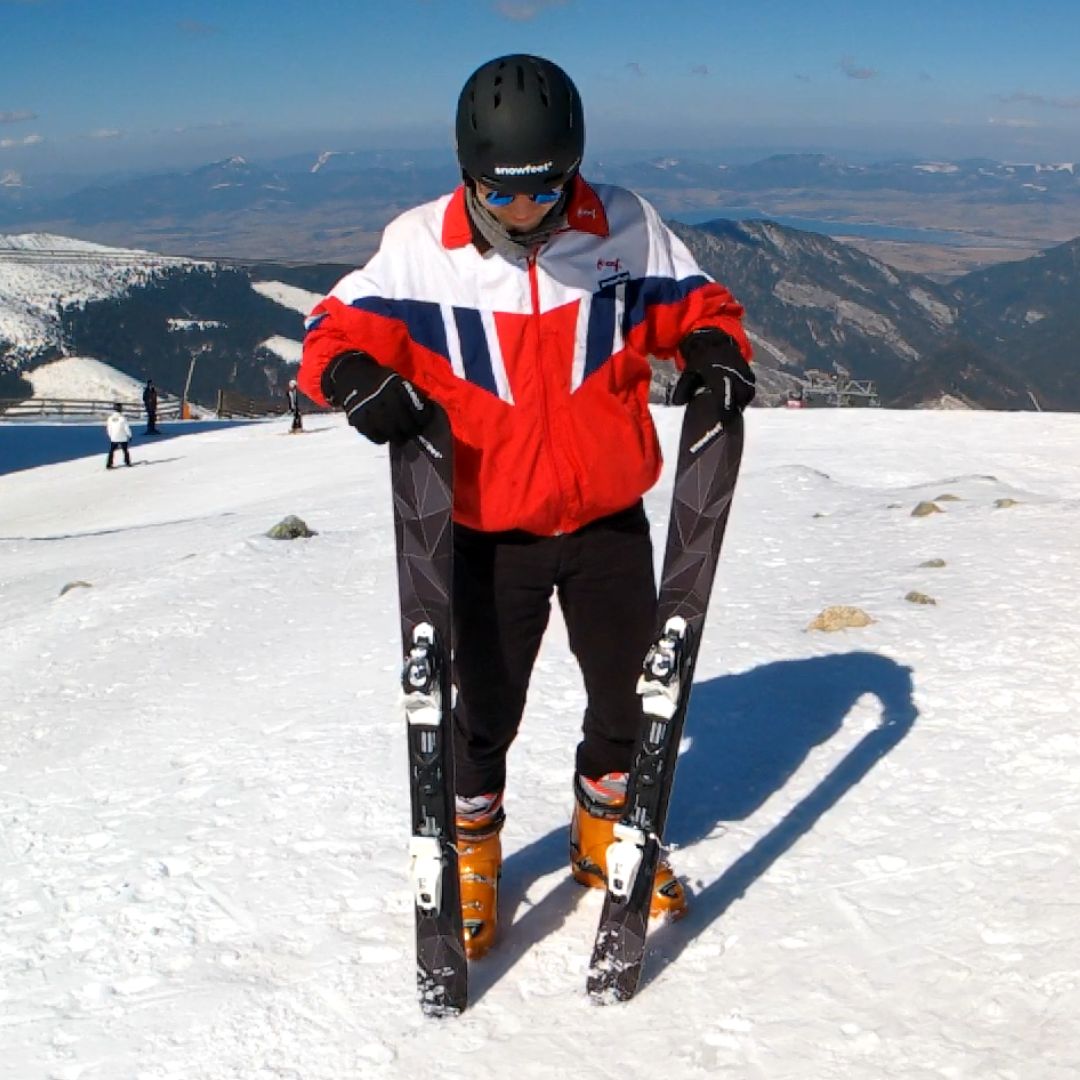
Largeur de taille
Add your subtitle
Les skis pour débutants sont plus larges au milieu. Les skis larges vous offrent une plus grande surface de contact avec la neige, ce qui vous aide à rester en équilibre. Cette largeur supplémentaire facilite également les virages et l'arrêt car vous avez plus de stabilité sous les pieds.
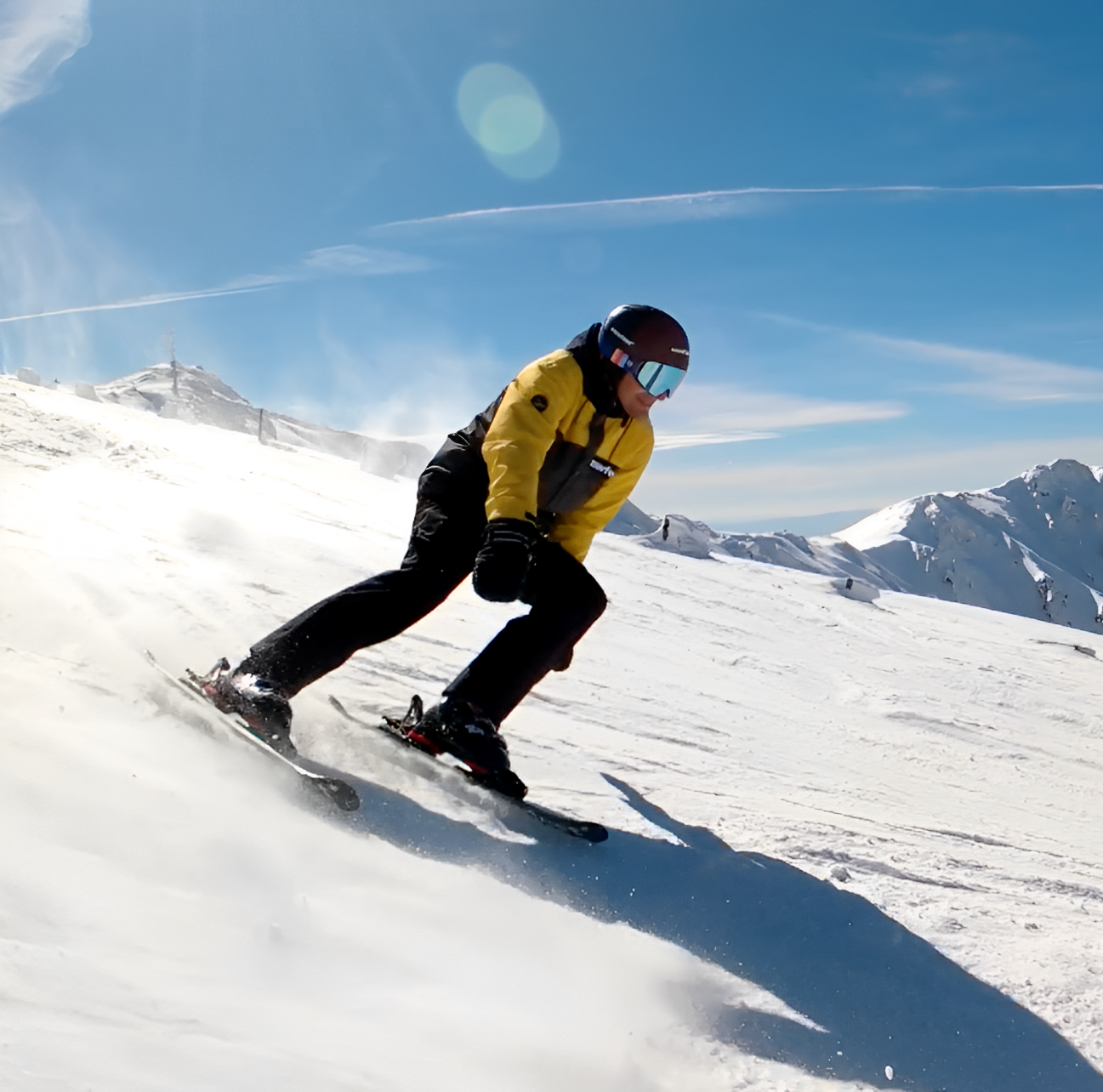
Niveau de compétence
Add your subtitle
En tant que débutant, il est important de choisir des skis adaptés à votre niveau de compétence. Les skis courts, également appelés skiboards, snowblades ou skiblades, sont parfaits pour les débutants. Ils sont plus faciles à contrôler et à tourner, ce qui rend l'apprentissage des bases du ski plus simple. Donc, si vous débutez, ces skis plus courts sont un bon choix.
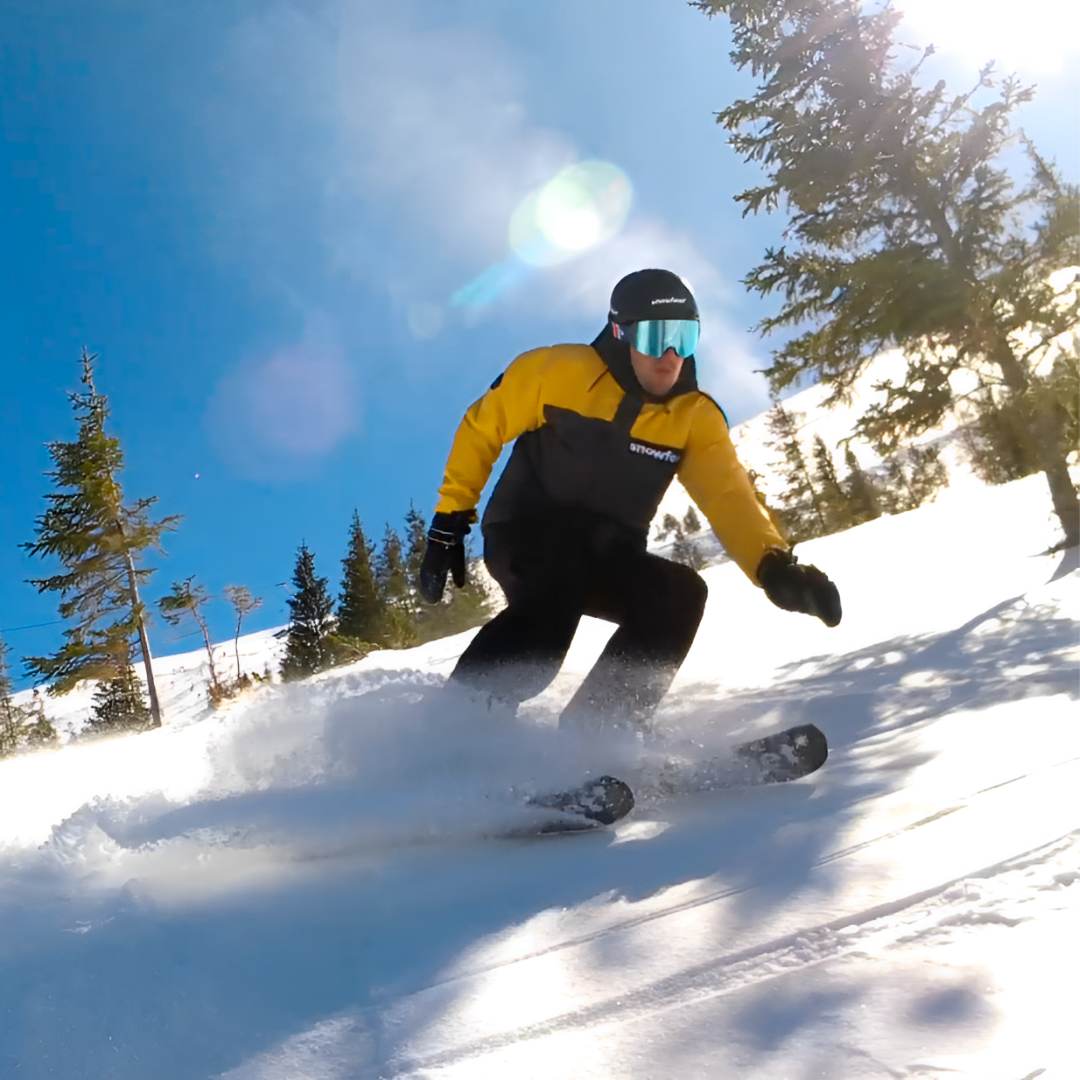
Durabilité
Add your subtitle
Puisque vous skierez souvent, choisissez des skis solides qui ne s'endommageront pas facilement. Recherchez ceux fabriqués à partir de matériaux résistants capables de supporter beaucoup de ski.
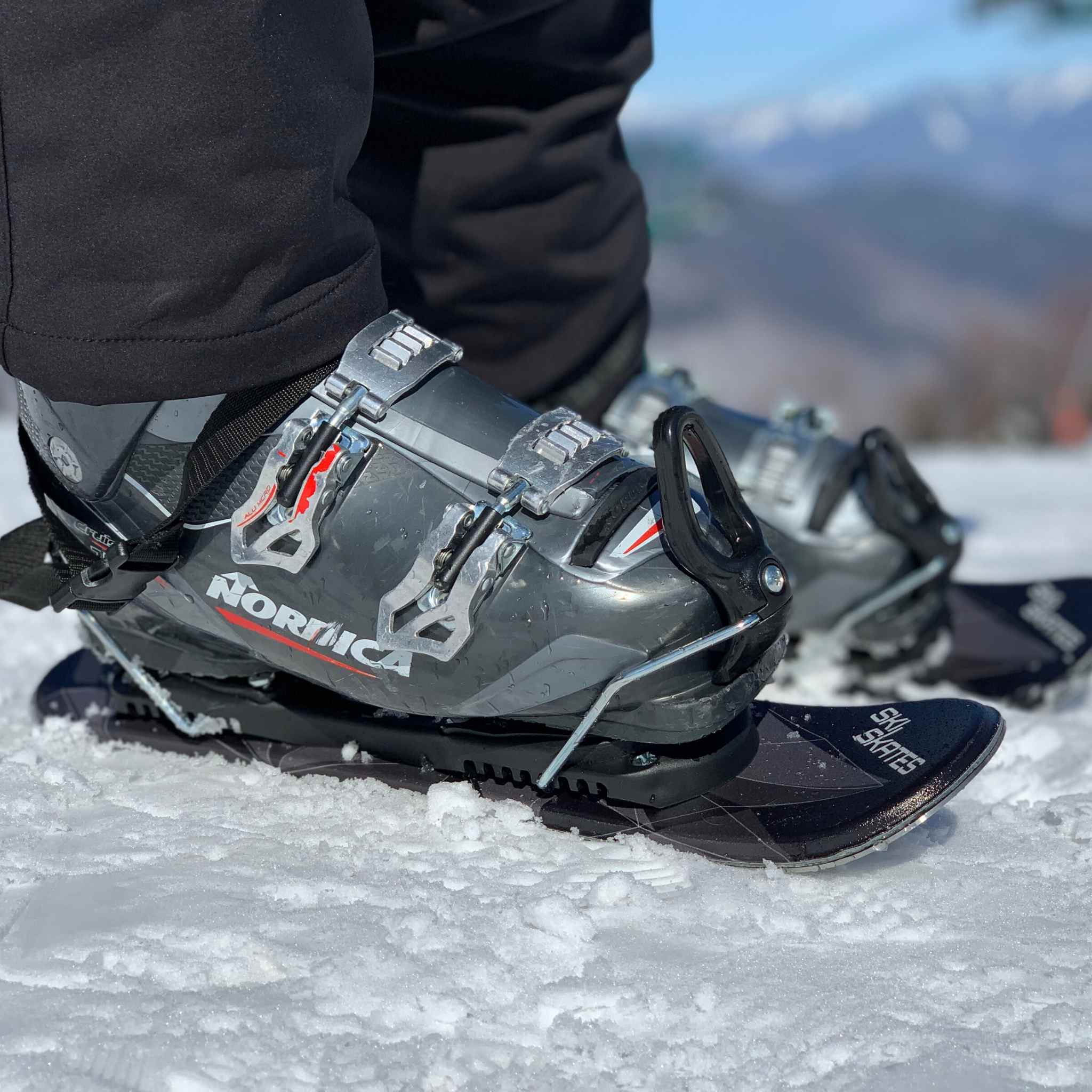
Fixations
Add your subtitle
Pour nos Snowfeet, vous pouvez choisir des fixations pour chaussures de ski classiques ou pour chaussures de snowboard. Optez pour ce qui vous semble le mieux. Recherchez des fixations faciles à ajuster et offrant un maintien sécurisé pour vos chaussures. Il est conseillé de les faire régler professionnellement en fonction de votre niveau et de votre style de ski.
Plus court = mieux
Add your subtitle
Les skis plus longs offrent plus de stabilité et de vitesse, tandis que les skis plus courts sont plus faciles à manœuvrer. Choisissez une longueur qui équilibre stabilité et agilité en fonction de vos préférences individuelles et de votre style de ski.
Flexibilité douce et indulgente
Add your subtitle
Les skis pour débutants sont plus flexibles. Vous pouvez les plier facilement lorsque vous tournez ou exercez une pression dessus. Cela rend les virages plus fluides et réduit les risques d'accrocher un carre et de tomber.
Largeur de taille
Add your subtitle
Les skis pour débutants sont plus larges au milieu. Les skis larges vous offrent une plus grande surface de contact avec la neige, ce qui vous aide à rester en équilibre. Cette largeur supplémentaire facilite également les virages et l'arrêt car vous avez plus de stabilité sous les pieds.
Niveau de compétence
Add your subtitle
En tant que débutant, il est important de choisir des skis adaptés à votre niveau de compétence. Les skis courts, également appelés skiboards, snowblades ou skiblades, sont parfaits pour les débutants. Ils sont plus faciles à contrôler et à tourner, ce qui rend l'apprentissage des bases du ski plus simple. Donc, si vous débutez, ces skis plus courts sont un bon choix.
Durabilité
Add your subtitle
Puisque vous skierez souvent, choisissez des skis solides qui ne s'endommageront pas facilement. Recherchez ceux fabriqués à partir de matériaux résistants capables de supporter beaucoup de ski.
Fixations
Add your subtitle
Pour nos Snowfeet, vous pouvez choisir des fixations pour chaussures de ski classiques ou pour chaussures de snowboard. Optez pour ce qui vous semble le mieux. Recherchez des fixations faciles à ajuster et offrant un maintien sécurisé pour vos chaussures. Il est conseillé de les faire régler professionnellement en fonction de votre niveau et de votre style de ski.






Ils sont plus légers, plus faciles à contrôler, ce qui rend plus simple pour les débutants de tourner et de s'arrêter. Ils demandent moins d'effort à gérer, vous gagnerez donc en confiance et en équilibre sur les pistes plus rapidement. Les skis Snowfeet rendent l'apprentissage plus amusant !
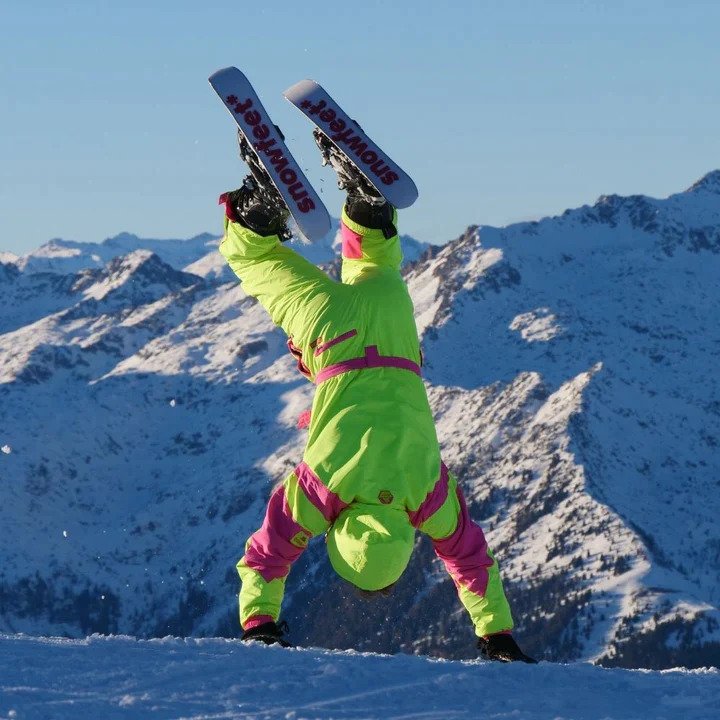
Amusement + Liberté Partout
Les skis courts sont super amusants pour rider en marche arrière, faire des rotations, sauter et toutes sortes de figures sur les pistes et dans les snowparks.
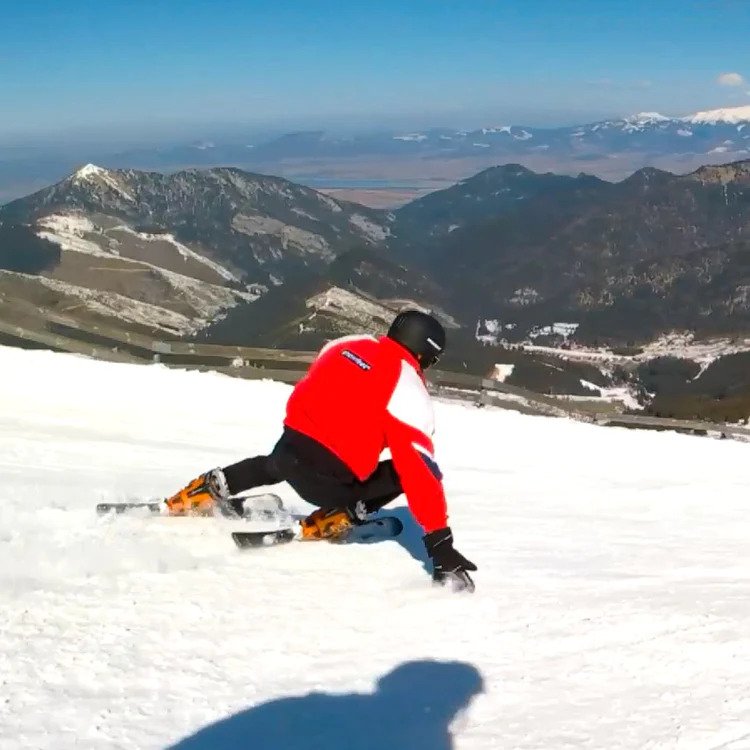
Facile à apprendre en une journée
Courbe d'apprentissage rapide. Idéal pour les débutants, les intermédiaires qui veulent profiter pleinement de leur séjour au ski.
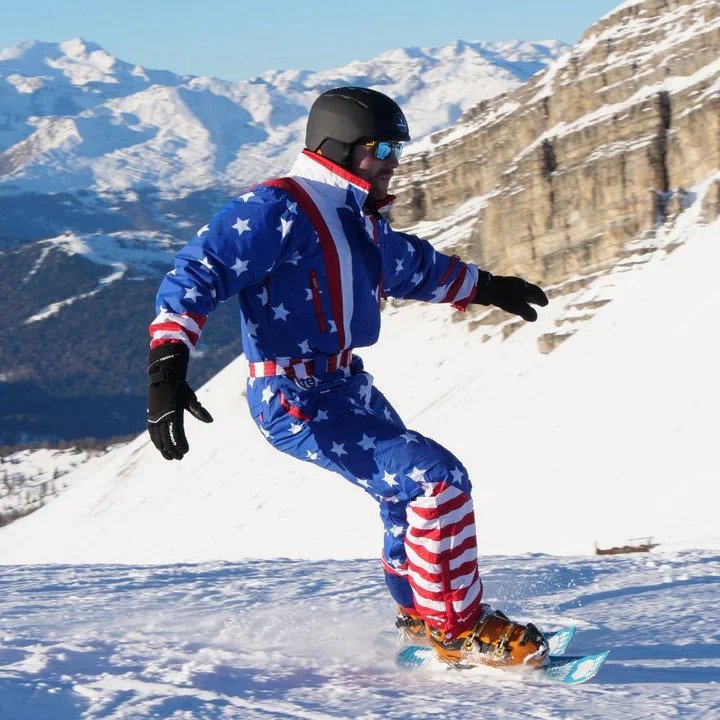
Facile à contrôler
Les skis plus courts sont plus faciles à contrôler, ce qui en fait un choix parfait pour les skieurs débutants et intermédiaires.
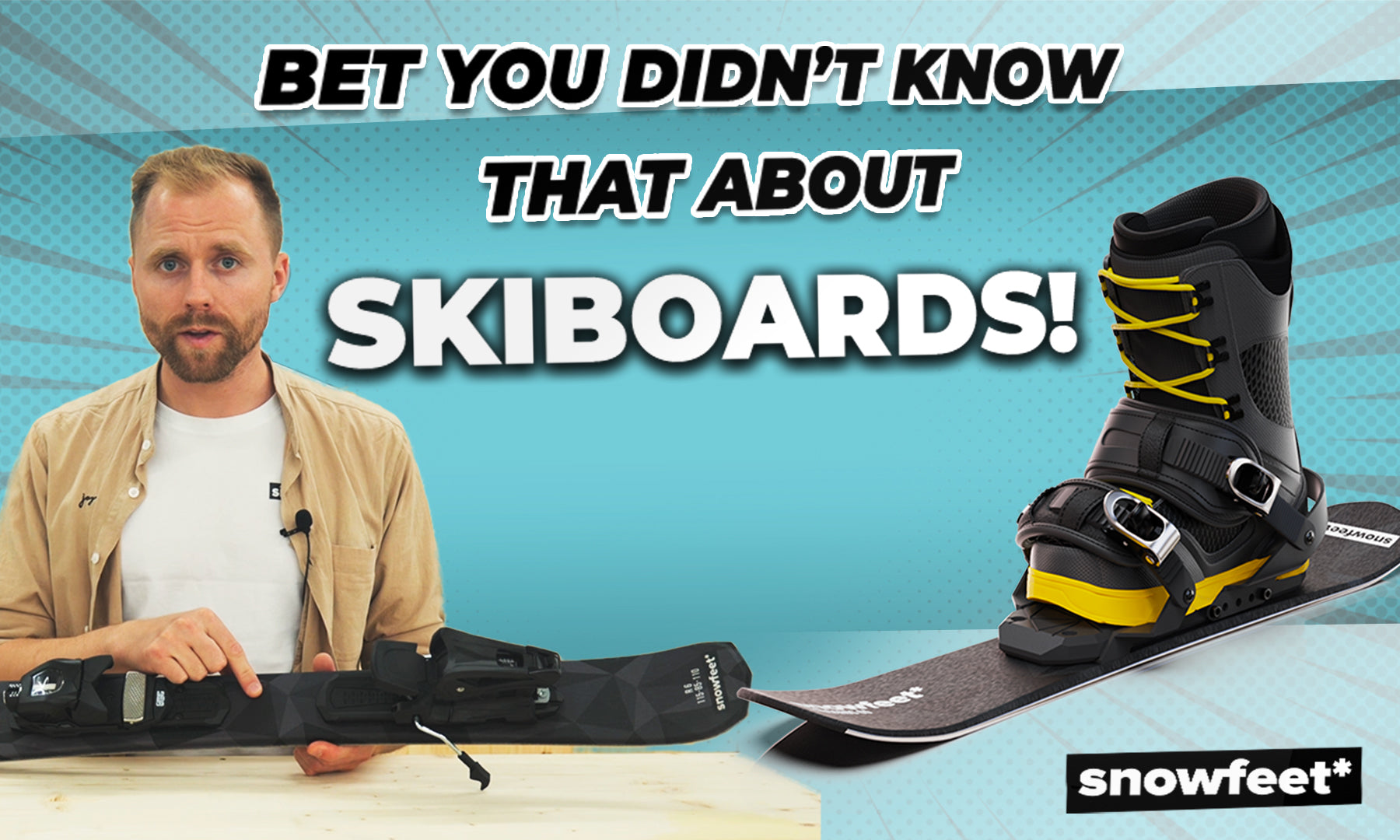


65 cm | 26 pouces
99 cm | 39 pouces
120 cm | 47 pouces
Assez longs pour skier, assez courts pour patiner. Des figures amusantes, des sauts et des vrilles sur les pistes et dans les snowparks. On a un peu l'impression de patins sur la neige.
Les skiboards ultimes. Assez longs pour des virages profonds sur les pistes avec plus de liberté de mouvement, des sauts amusants et des figures dans les snowparks, et dans la poudreuse.
Les skis ultimes. Une expérience de carving incroyable. Vous n'avez pas besoin de skis plus longs pour profiter pleinement du ski.
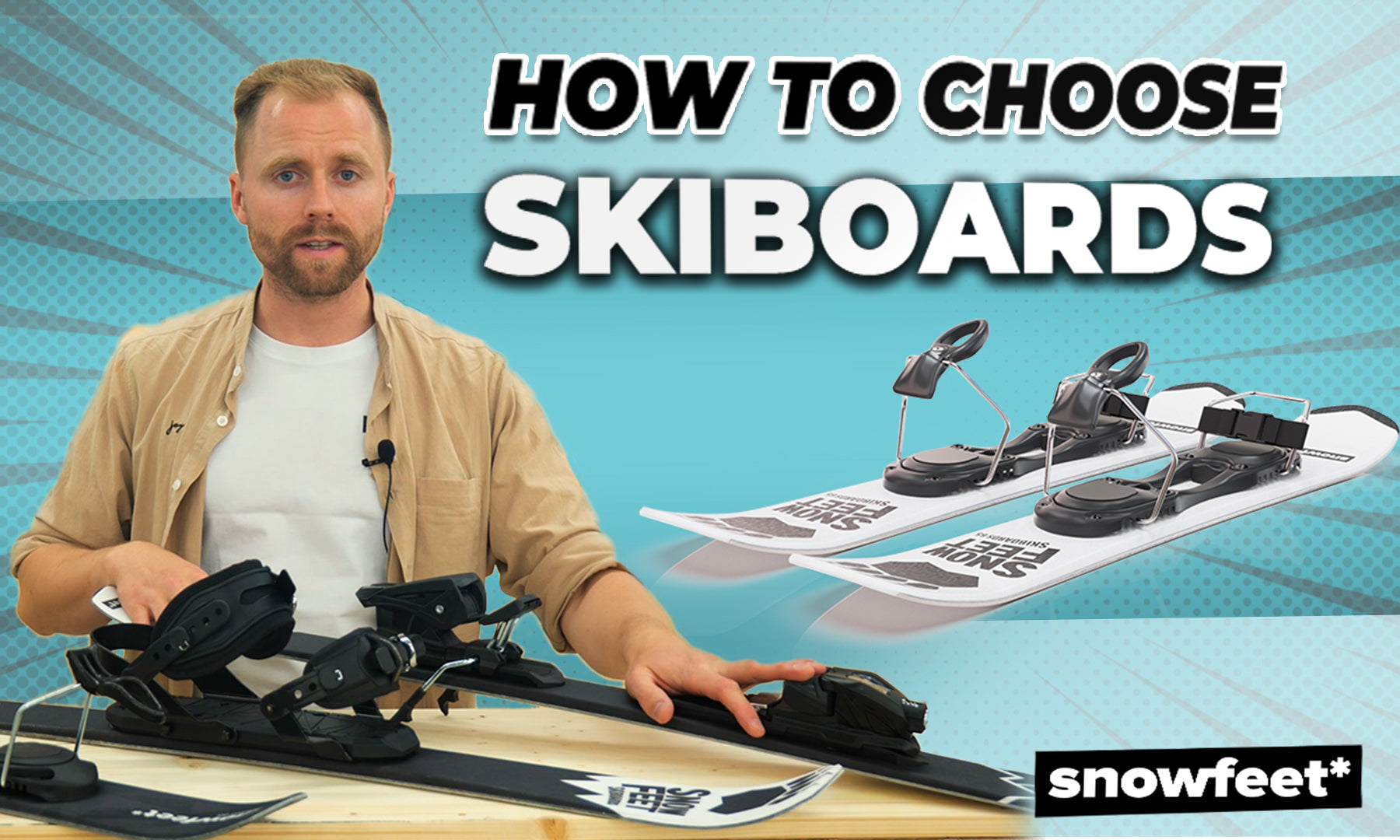
Construction de haute qualité
Nous utilisons uniquement des matériaux de haute qualité pour la production et nous concevons uniquement des produits uniques et innovants dans le but de toujours créer le meilleur produit de sa catégorie.
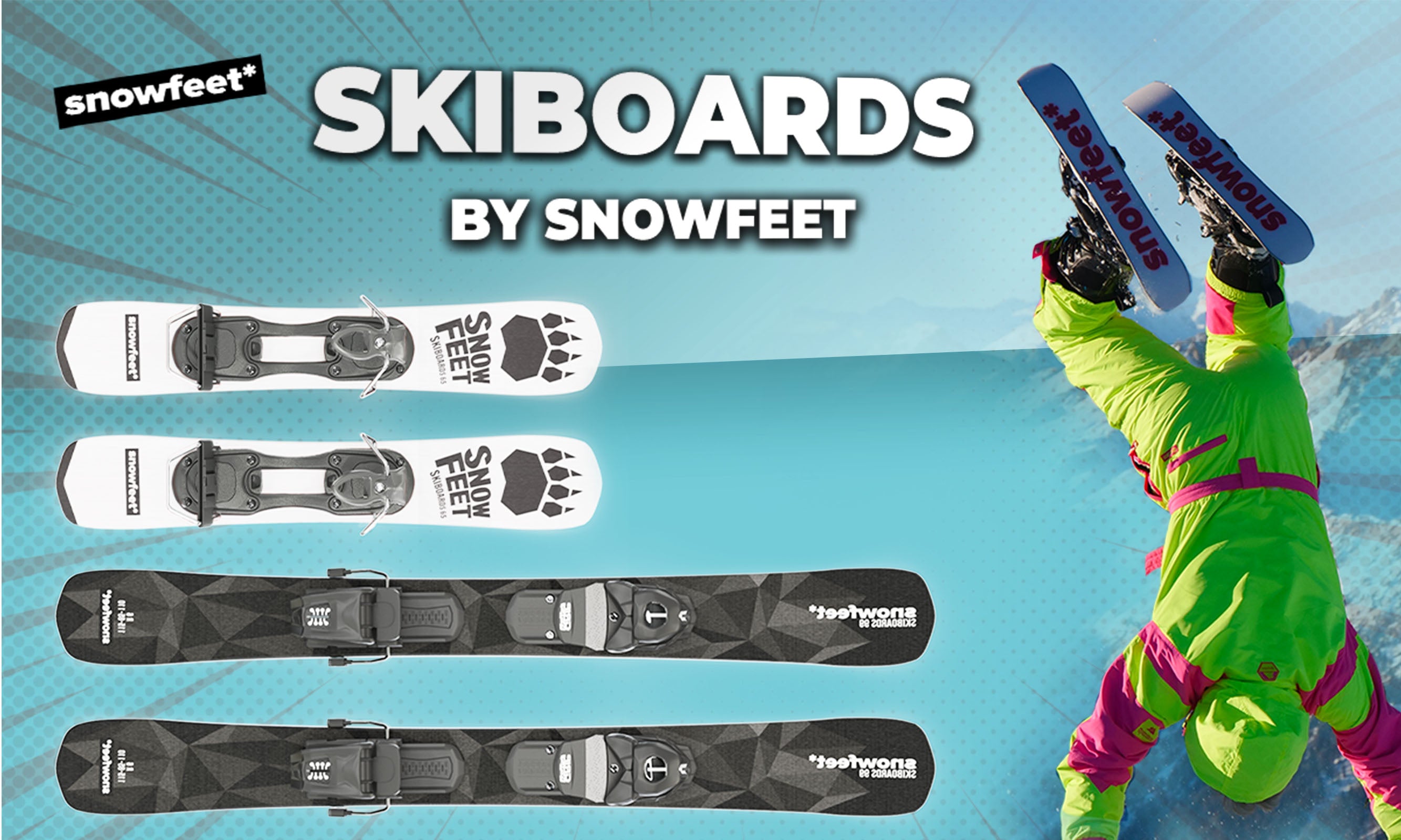
Les skis plus courts sont plus faciles pour les débutants car ils sont plus faciles à tourner et à contrôler. Ils sont plus légers et plus maniables, ce qui peut vous aider à apprendre plus rapidement. Cependant, il est également important de prendre en compte votre taille, votre poids et votre style de ski lors du choix des skis.
Skiblades, snowblades, skiboards, bigfoot - appelez-les comme vous voulez, ces skis courts sont le plus amusant que vous puissiez avoir sur une montagne en tant que skieur.
Pour les skieurs débutants et intermédiaires, les meilleurs skis sont généralement ceux qui sont plus courts, tolérants, faciles à tourner et offrent de la stabilité. Recherchez des skis avec une flexion plus souple, ce qui signifie qu'ils se plient plus facilement, les rendant plus faciles à contrôler. Les skis avec une largeur de taille plus large offrent une meilleure stabilité et sont plus faciles à équilibrer.
Les skis plus courts conviennent mieux aux débutants car ils sont plus légers, plus faciles à contrôler, ce qui rend plus simple de tourner et de s'arrêter. Ils demandent moins d'effort pour être maniés, vous gagnerez donc en confiance et en équilibre sur les pistes plus rapidement. Les Snowfeet Skiblades sont parfaits pour les skieurs débutants et intermédiaires. Vous pouvez choisir parmi différentes longueurs, de 65 cm (26 pouces) à 140 cm (55 pouces) pour répondre à vos besoins.
Oui, les skis plus courts sont plus faciles à contrôler car ils sont plus maniables et nécessitent moins d'effort pour tourner. Ils sont recommandés pour les débutants car ils sont plus faciles à gérer lors de l'apprentissage. Cependant, la préférence de la longueur des skis peut varier en fonction du niveau de compétence individuel, du style de ski et des préférences de terrain.
Idéal pour les débutants, intermédiaires et professionnels qui veulent profiter pleinement de leur séjour au ski. Parfait pour les enfants comme pour les adultes, les adolescents et les moniteurs de ski. Idéal pour les adultes qui enseignent le ski aux enfants car ils permettent des mouvements très agiles. Ces skiboards sont légers et faciles à manier contrairement aux skis longs encombrants (lourds). Limite d'âge : 5 - 105
Bien sûr ! Ils offrent plus de stabilité et facilitent l'équilibre sur la neige. Des skis plus larges offrent également une meilleure flottaison, ce qui peut être utile lors du ski dans des conditions de neige plus molle ou plus profonde.
Mauvaise longueur : Choisir des skis trop longs ou trop courts peut affecter le contrôle et l'équilibre.
Mauvaise largeur : Des skis trop larges ou trop étroits peuvent ne pas correspondre au niveau de compétence du débutant ou au type de ski qu'il souhaite pratiquer.
Ignorer la flexibilité : Ne pas prendre en compte la flexibilité du ski peut rendre le contrôle et les virages plus difficiles.
Négliger le terrain : Ne pas penser à l'endroit où ils vont skier peut conduire à choisir des skis inadaptés au terrain.
Plus facile à contrôler : Les skis plus courts sont souvent plus faciles à manœuvrer et à contrôler, ce qui en fait un bon choix pour les débutants ou ceux qui préfèrent l'agilité.
Virages rapides : Les skis plus courts peuvent faciliter les virages rapides, ce qui peut être avantageux dans les espaces étroits ou lors du ski dans des zones fréquentées.
Poids plus léger : Les skis plus courts ont tendance à être plus légers, ce qui peut être bénéfique pour les skieurs qui privilégient un poids moindre pour le transport ou la maniabilité.
Jouabilité : Les skis plus courts peuvent sembler plus ludiques et agiles, permettant des figures, des sauts et des styles de ski plus amusants.
Les meilleurs skis pour débutantes sont ceux qui pardonnent, sont faciles à tourner et offrent de la stabilité. Recherchez des skis avec une flexion plus souple, ce qui signifie qu'ils se plient plus facilement, les rendant plus faciles à contrôler. De plus, les skis avec une largeur de taille plus large offrent une meilleure stabilité et sont plus faciles à équilibrer.
Les débutants devraient choisir des fixations avec une flexibilité plus souple car elles sont plus faciles à manipuler et réduisent le risque de blessure en cas d'erreur. Ces fixations sont indulgentes et ont des réglages de déclenchement plus bas, ce qui facilite le retrait des chaussures lorsque c'est nécessaire. Les fixations plus rigides offrent une meilleure puissance et réactivité mais nécessitent des mouvements plus précis, ce qui peut être plus difficile pour les débutants.
Meilleur sur les pistes et dans les snowparks. Facile et amusant à manier dans les bosses, les terrains accidentés, et un peu de poudreuse. Roulez partout où vous osez aller - accédez à des sentiers de randonnée étroits que vous ne pourriez pas apprécier avec de longs skis.
44 CM | 65 CM | 99 CM | 120 CM | 130 CM | 140 CM
#SNOWFEET
Rejoignez notre communauté Snowfeet en pleine expansion